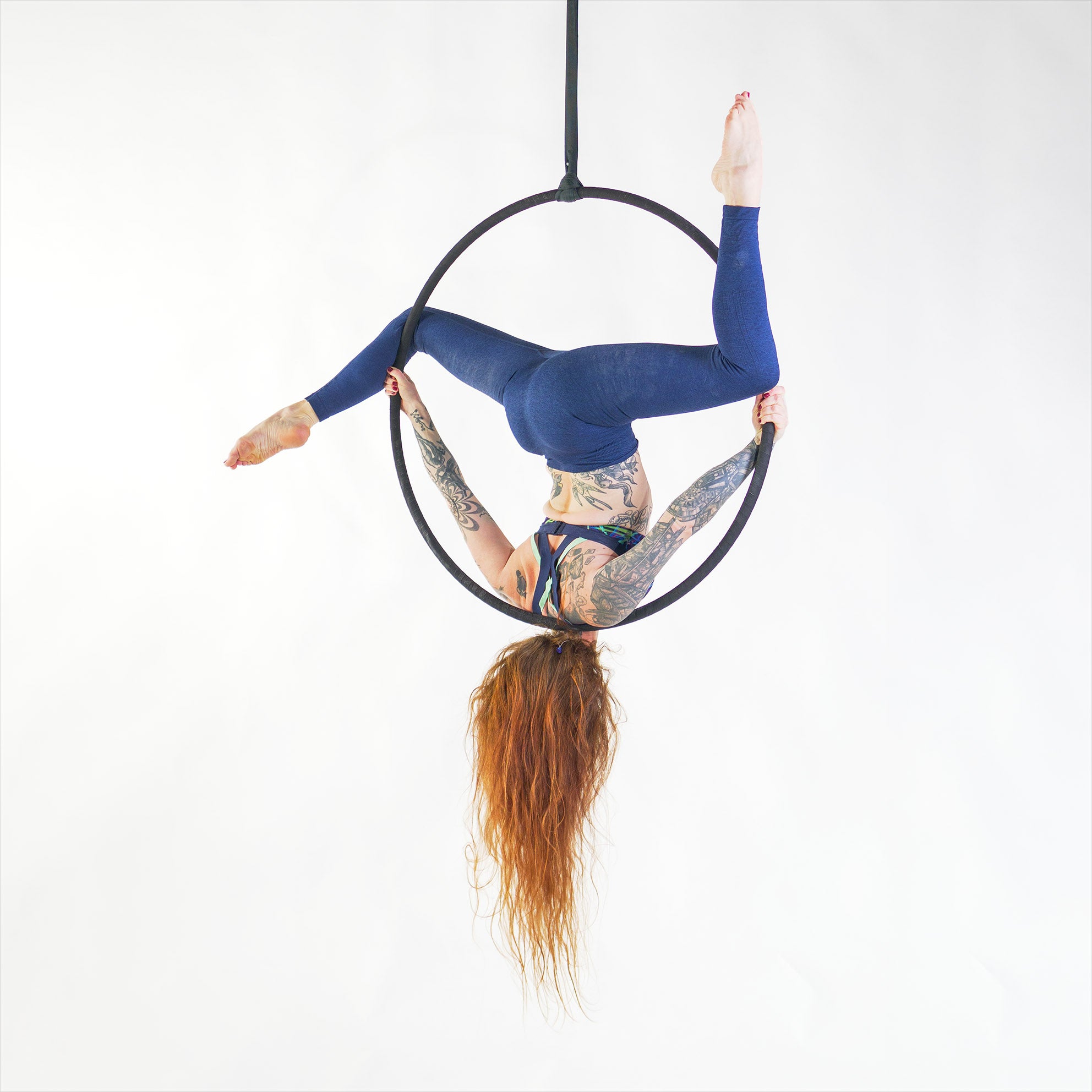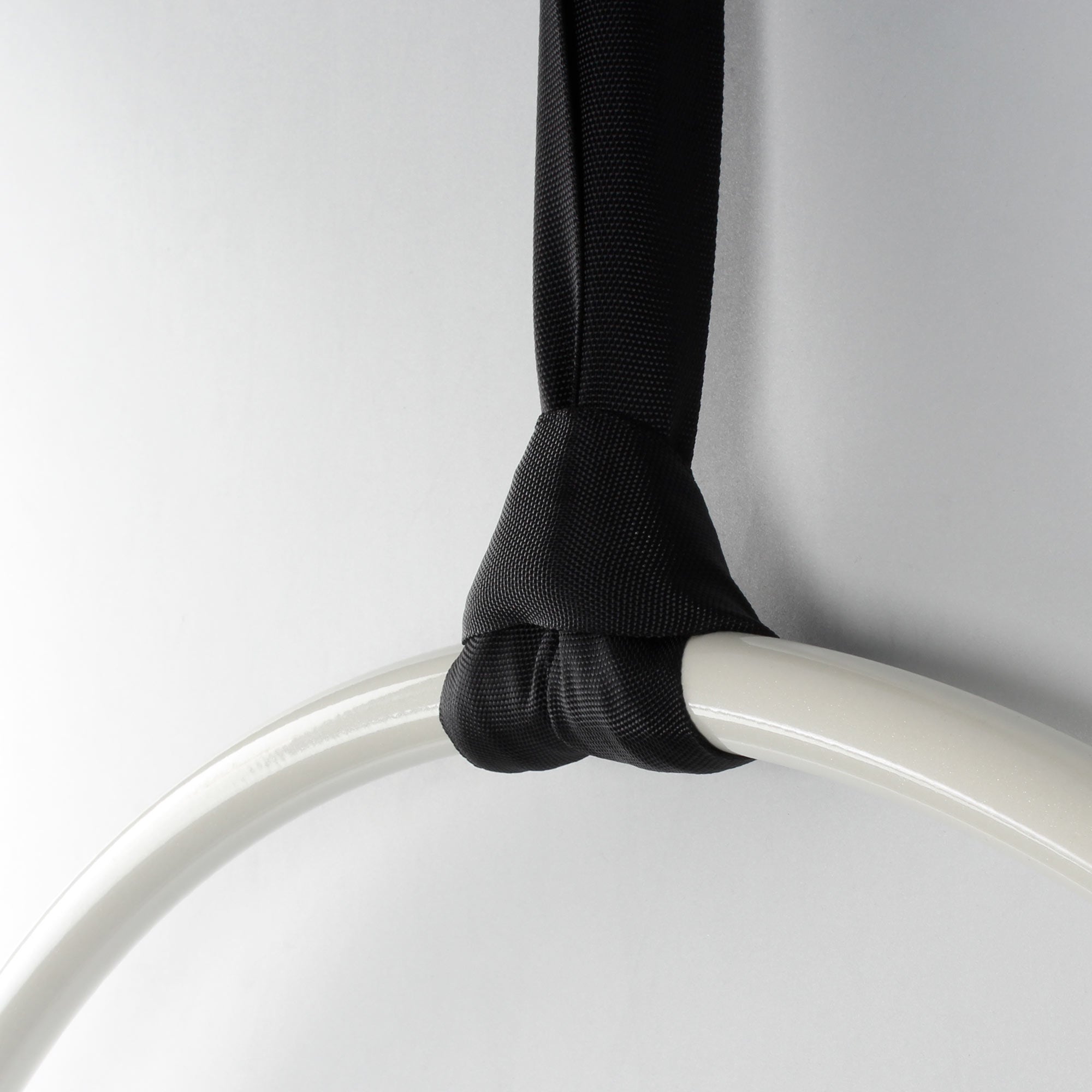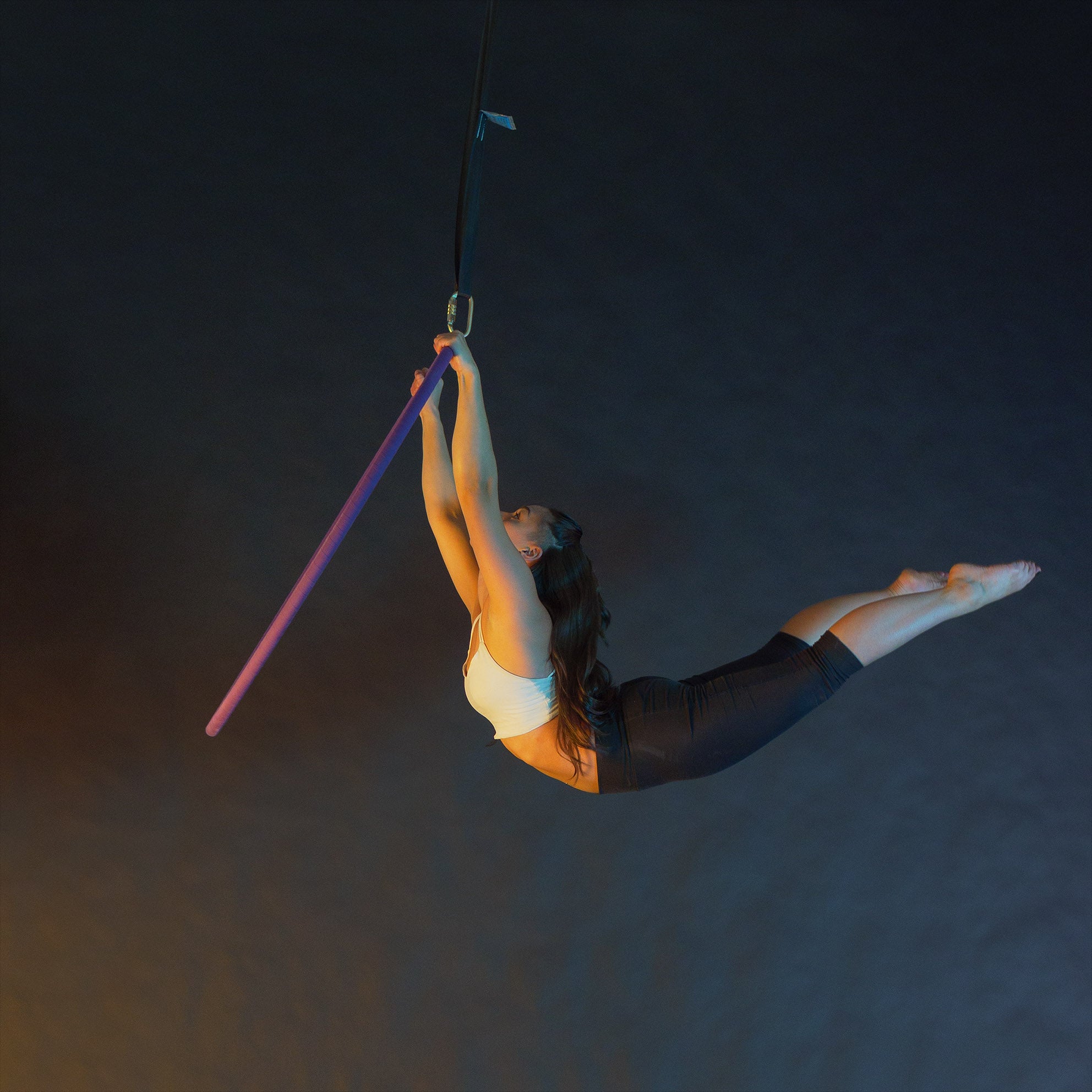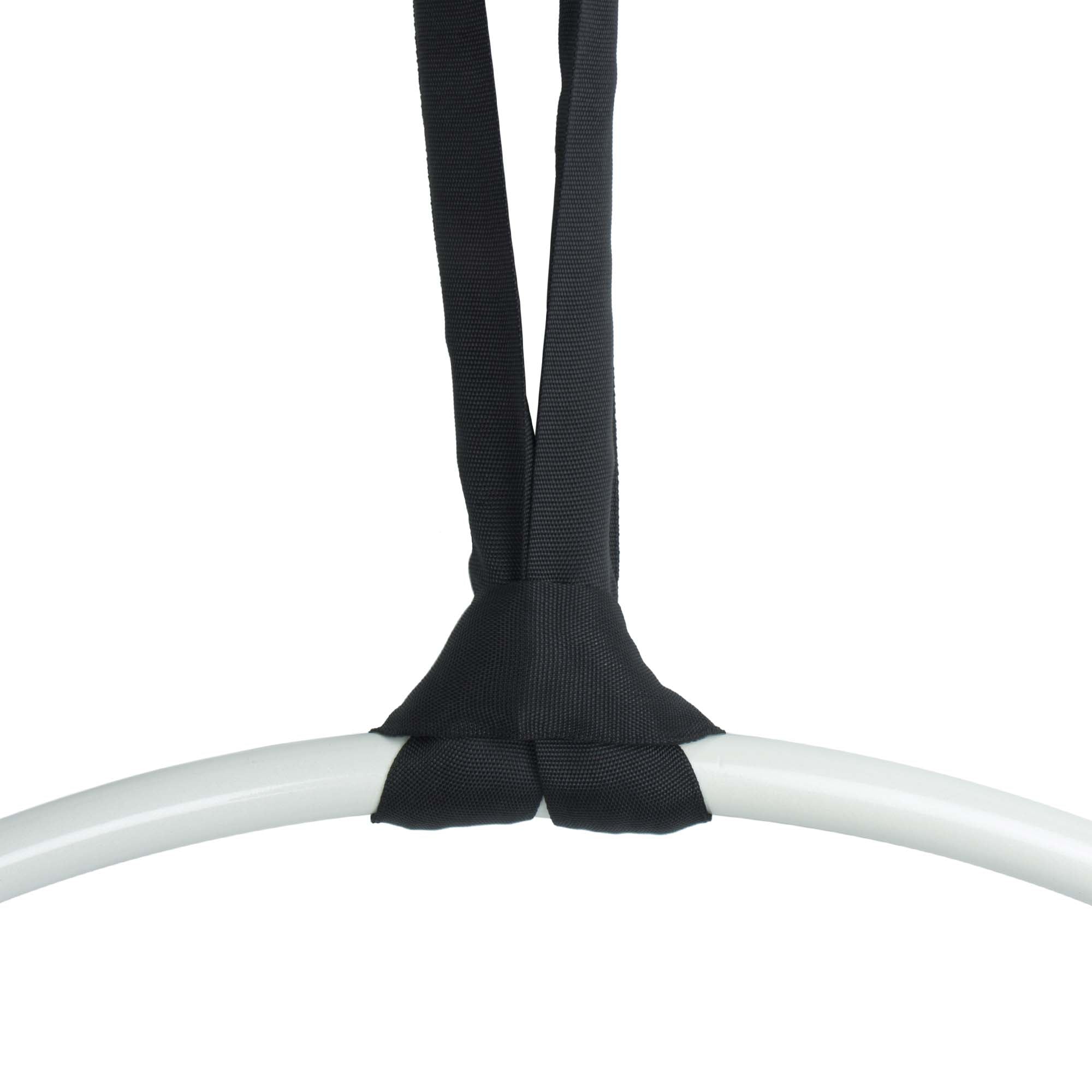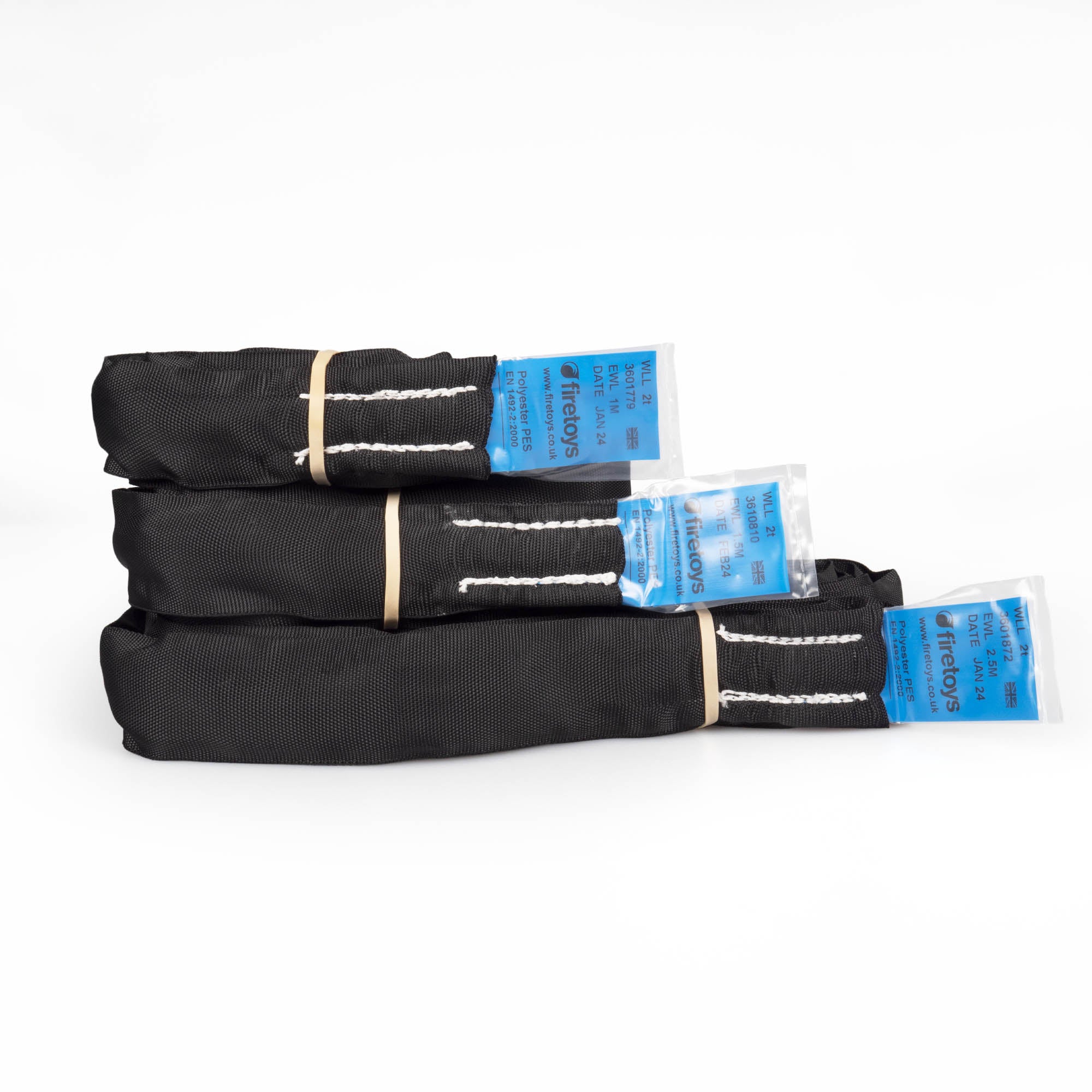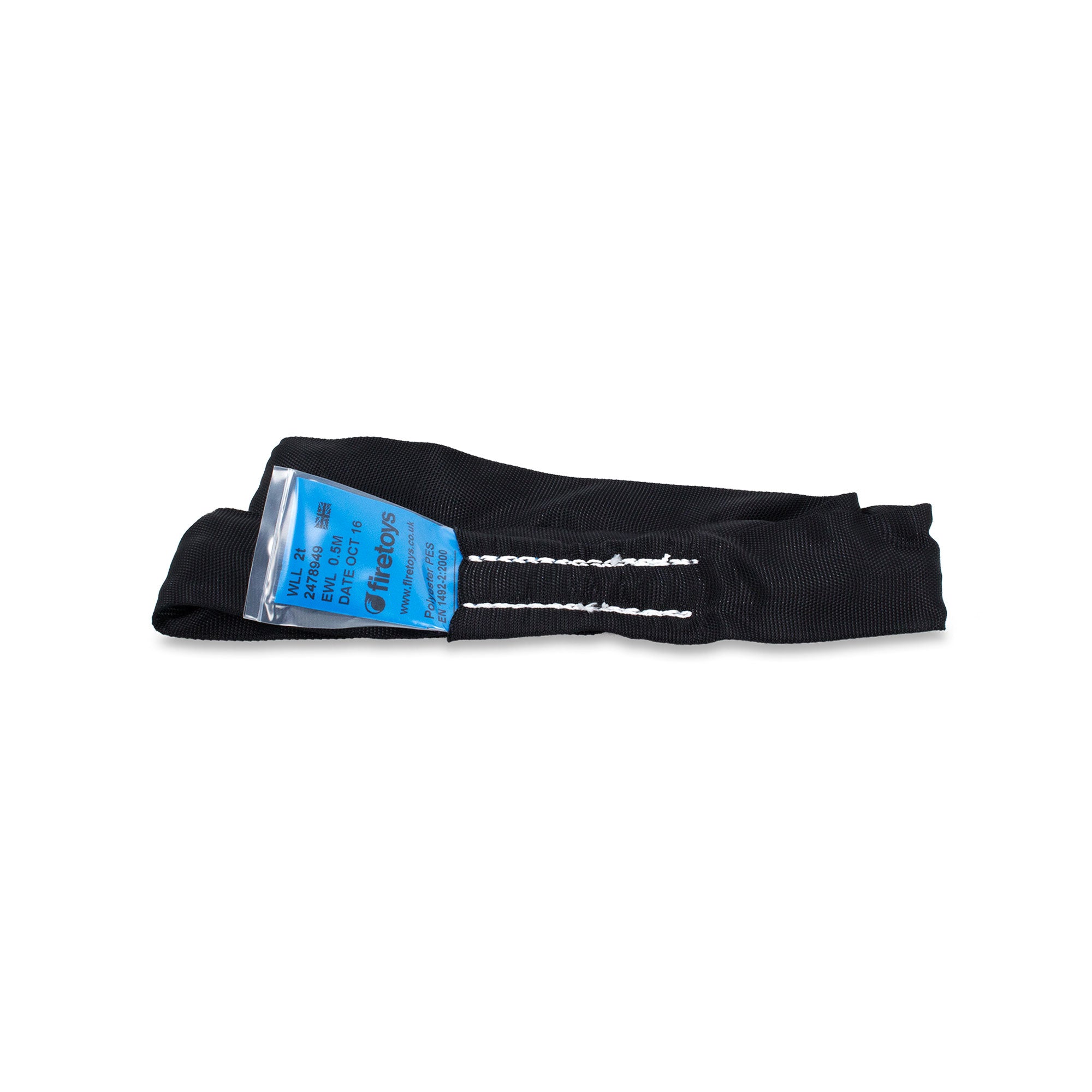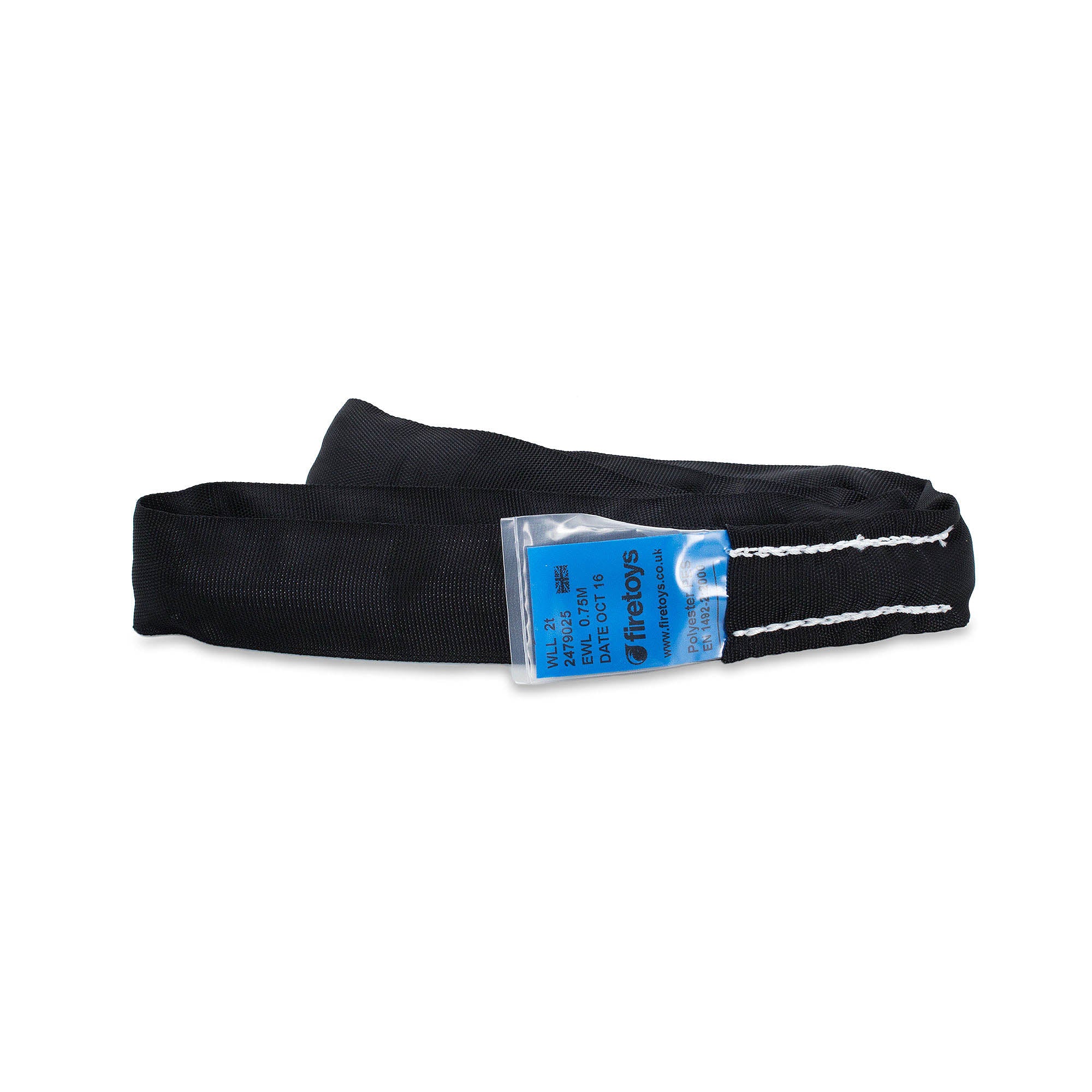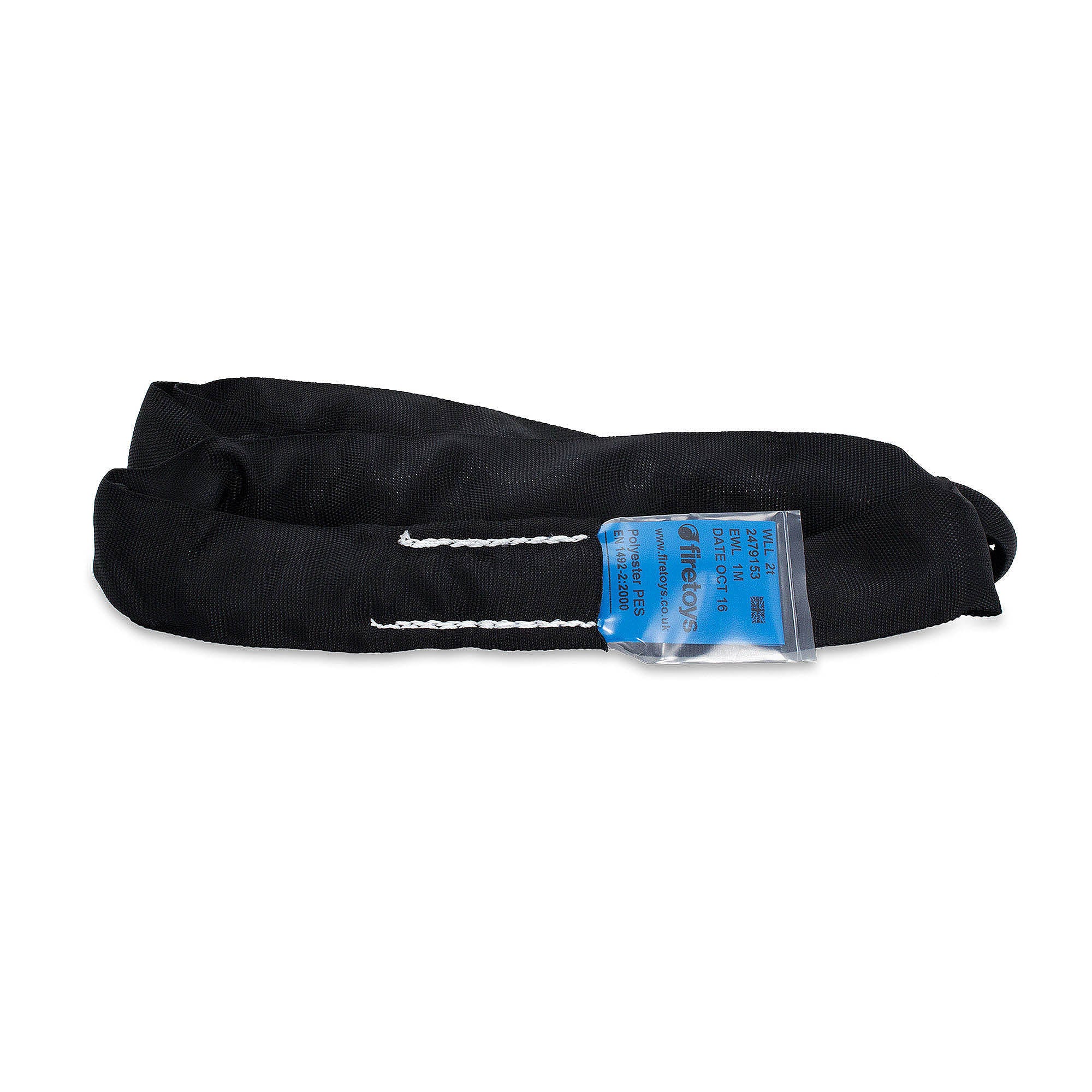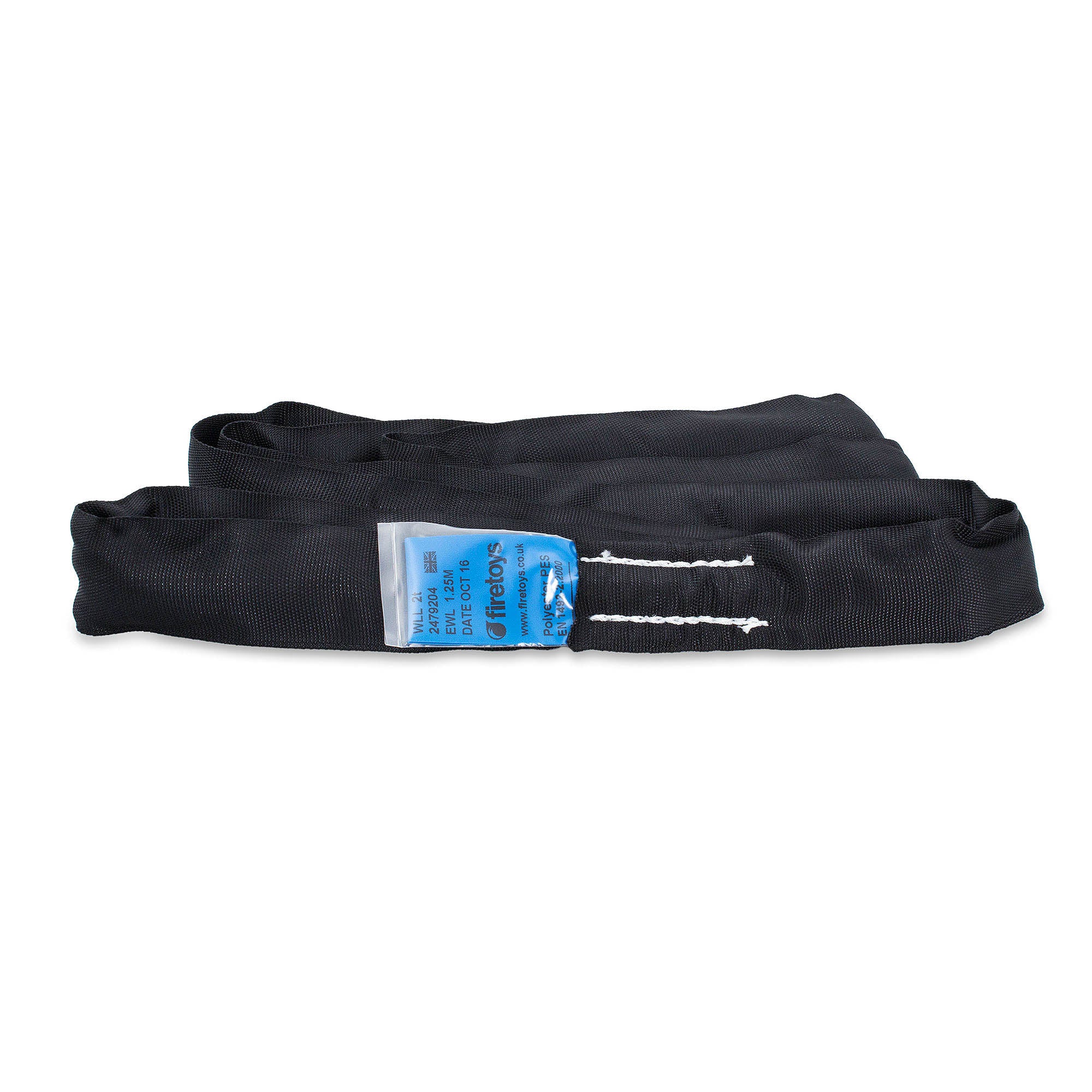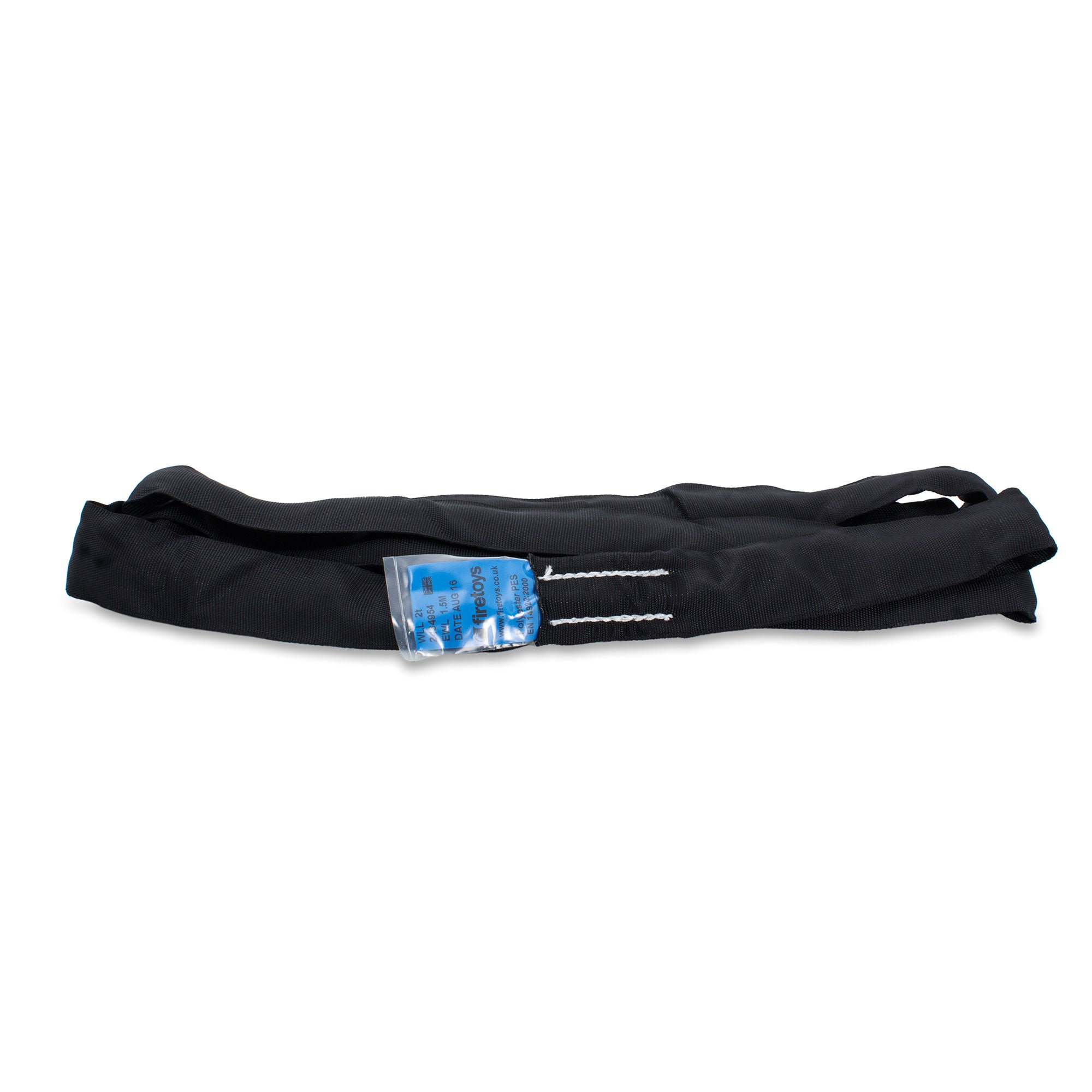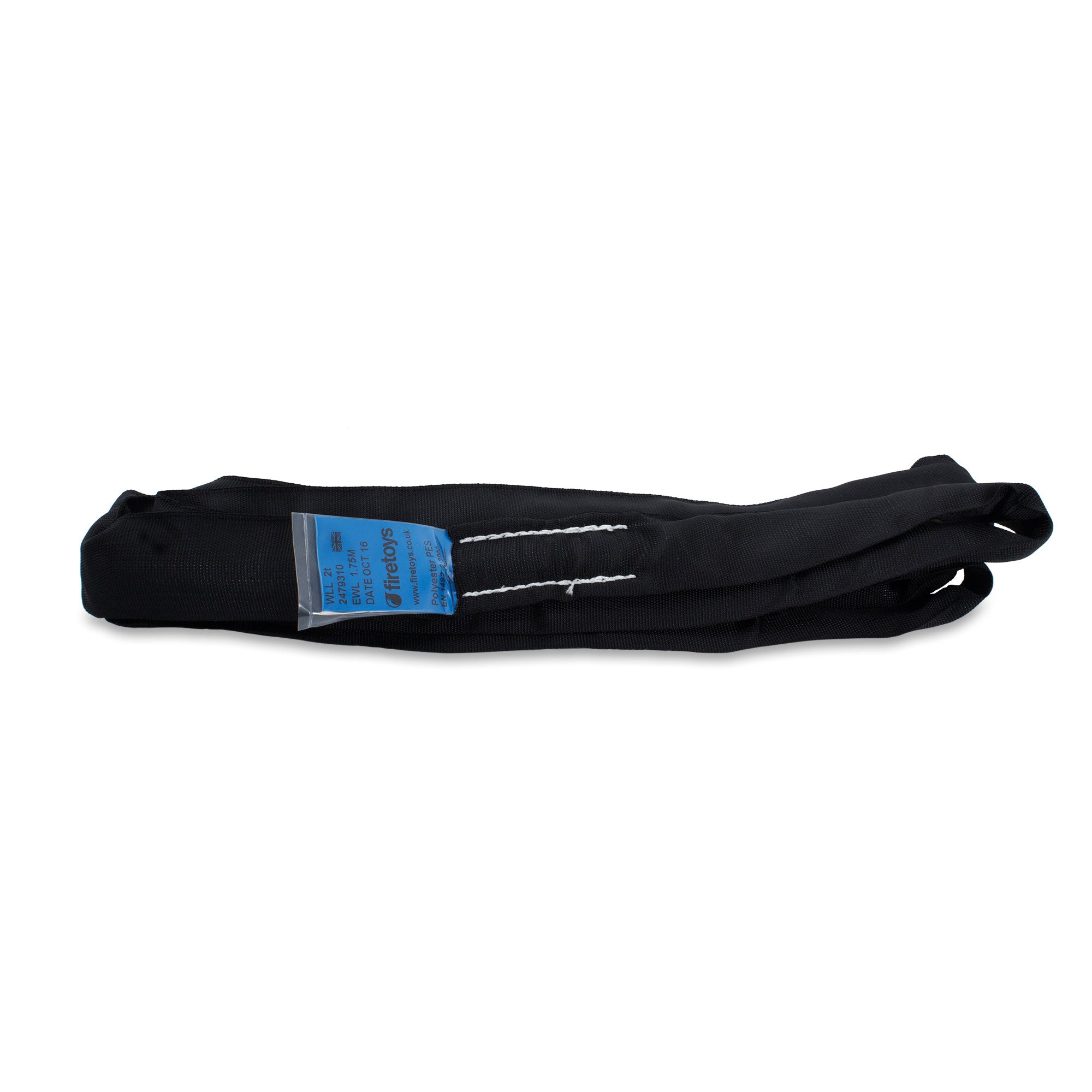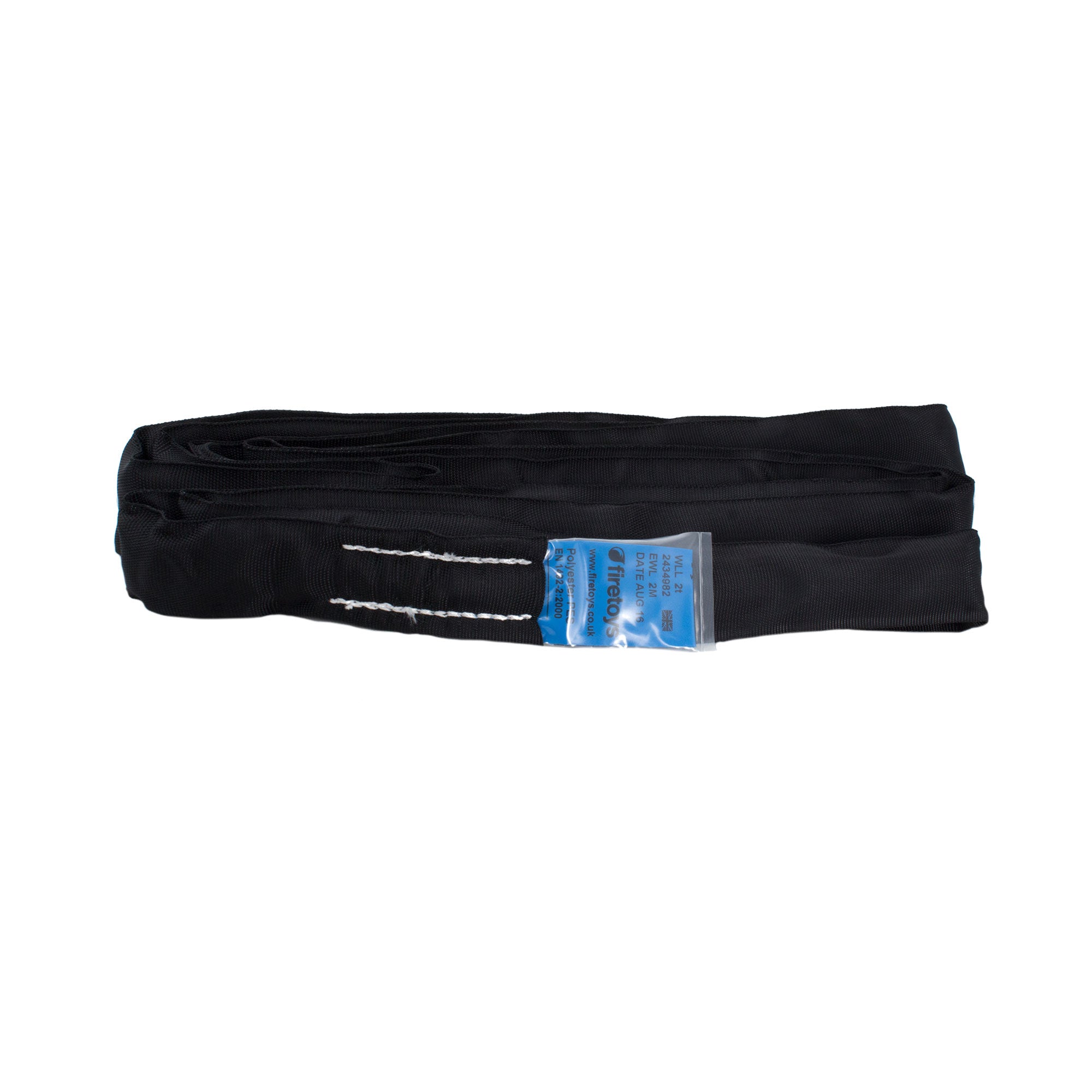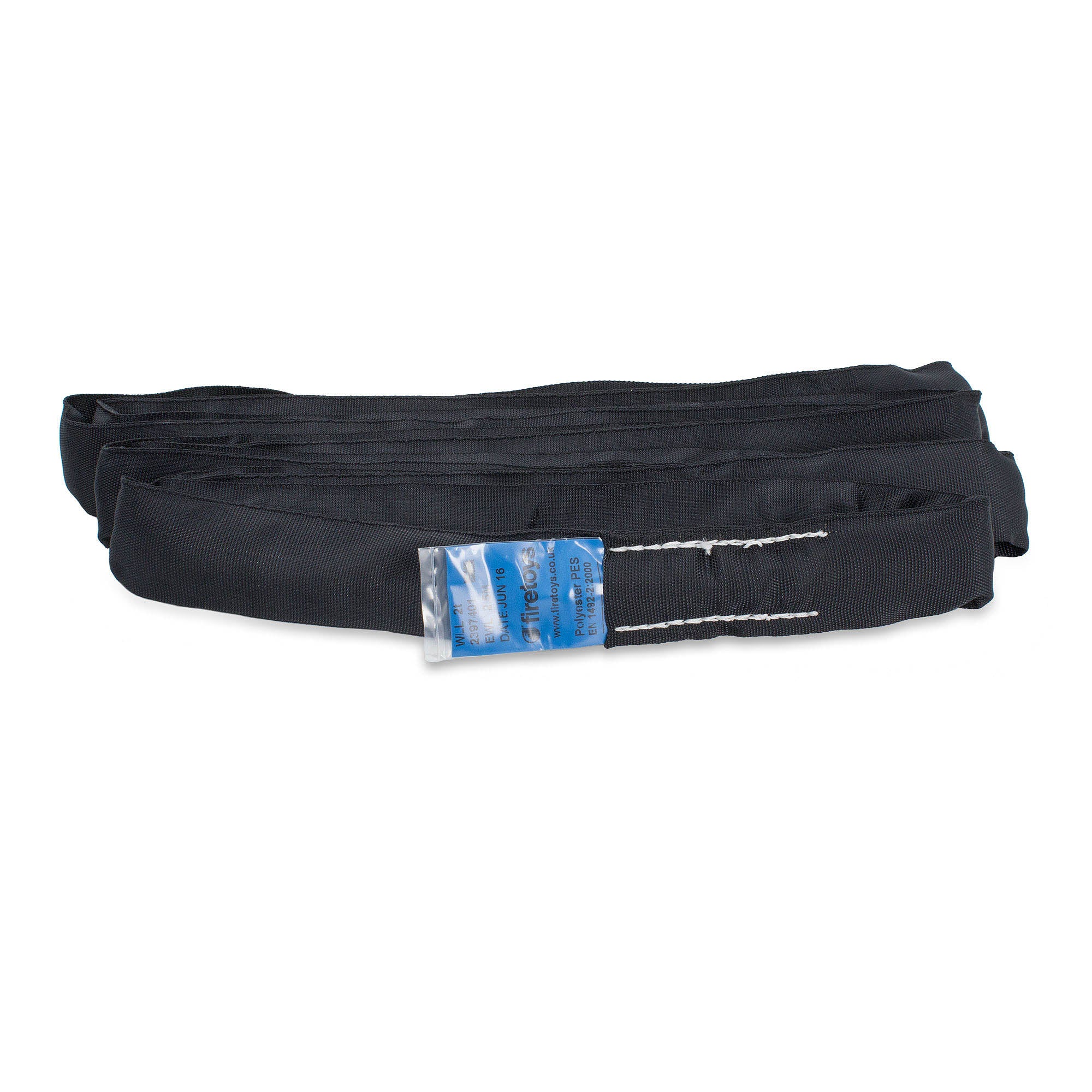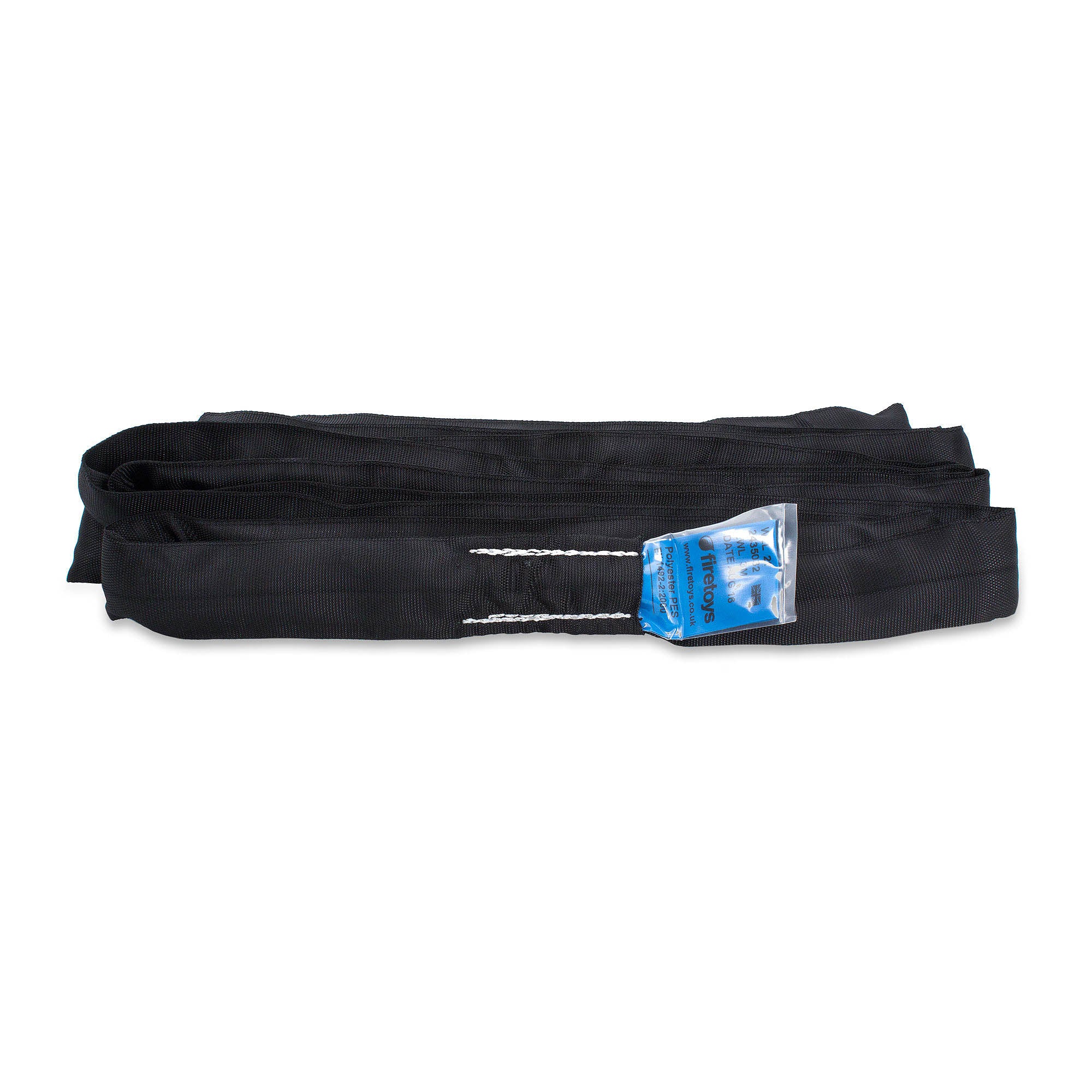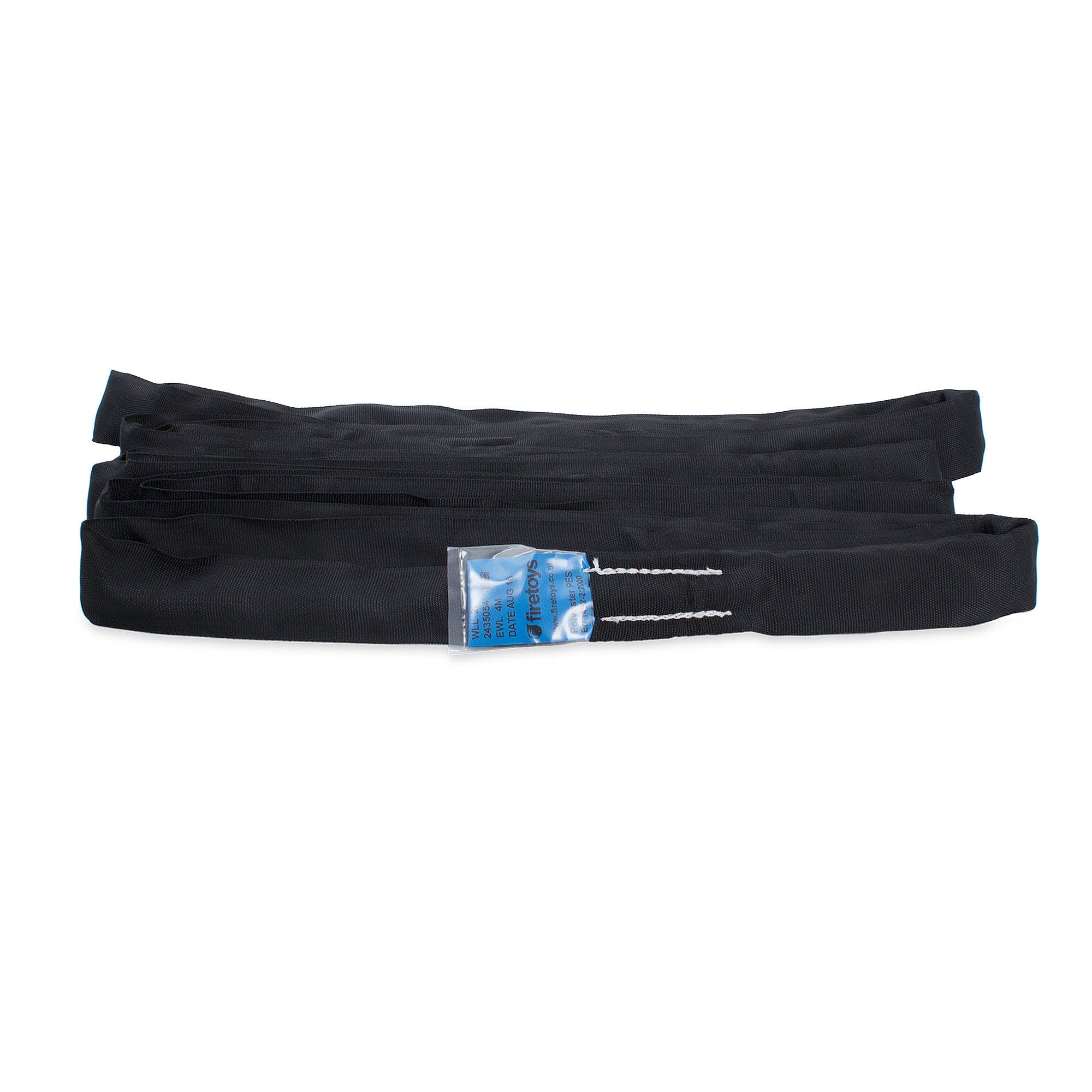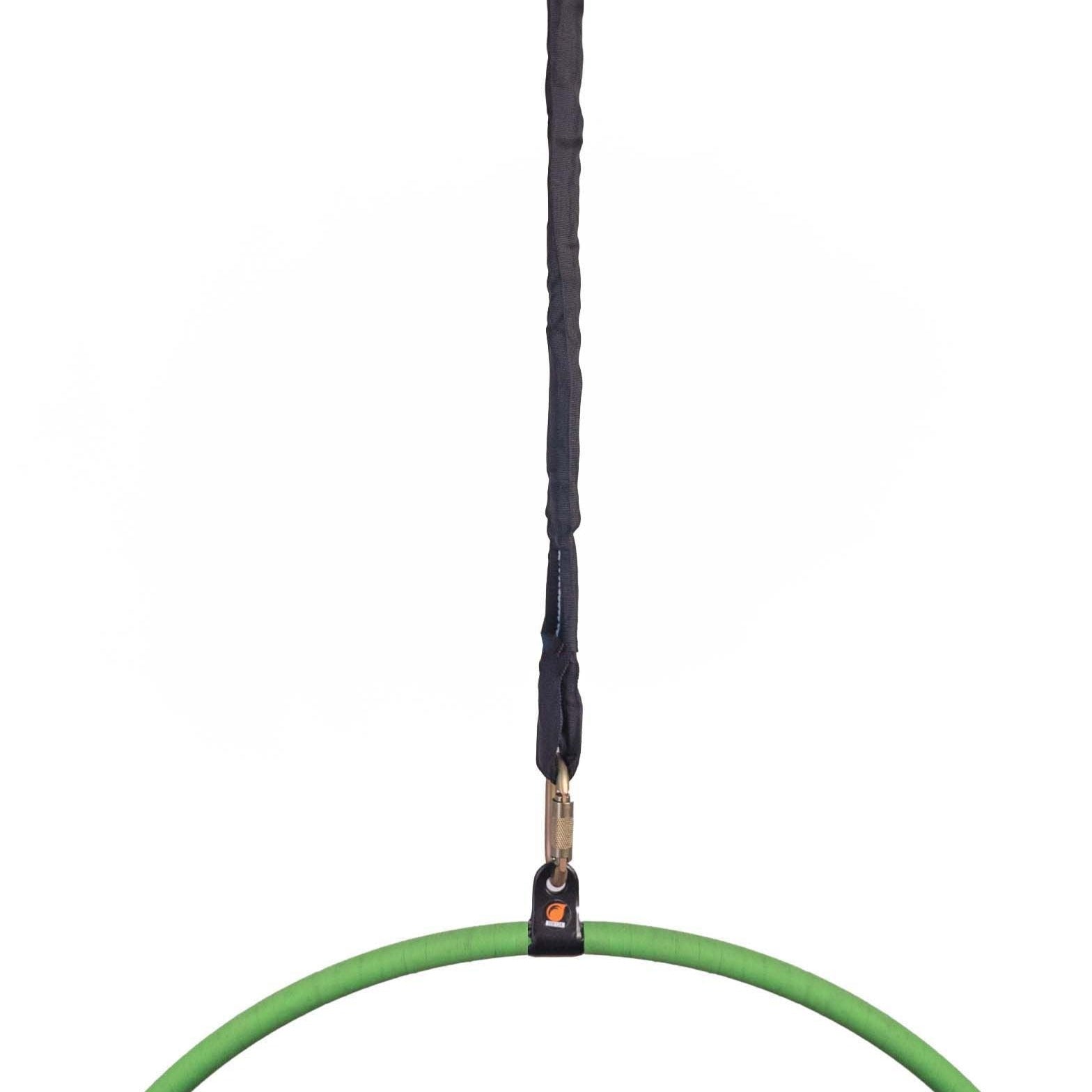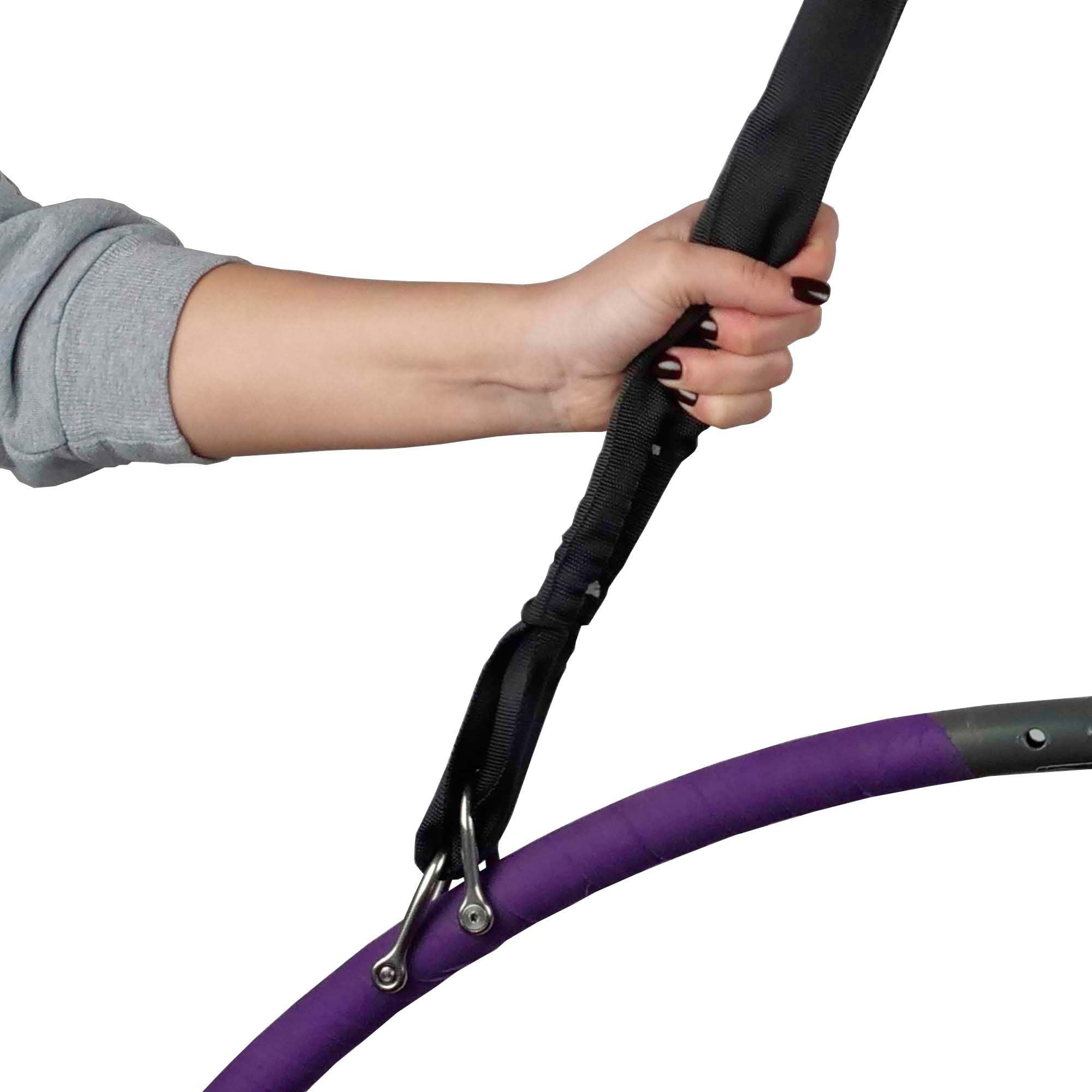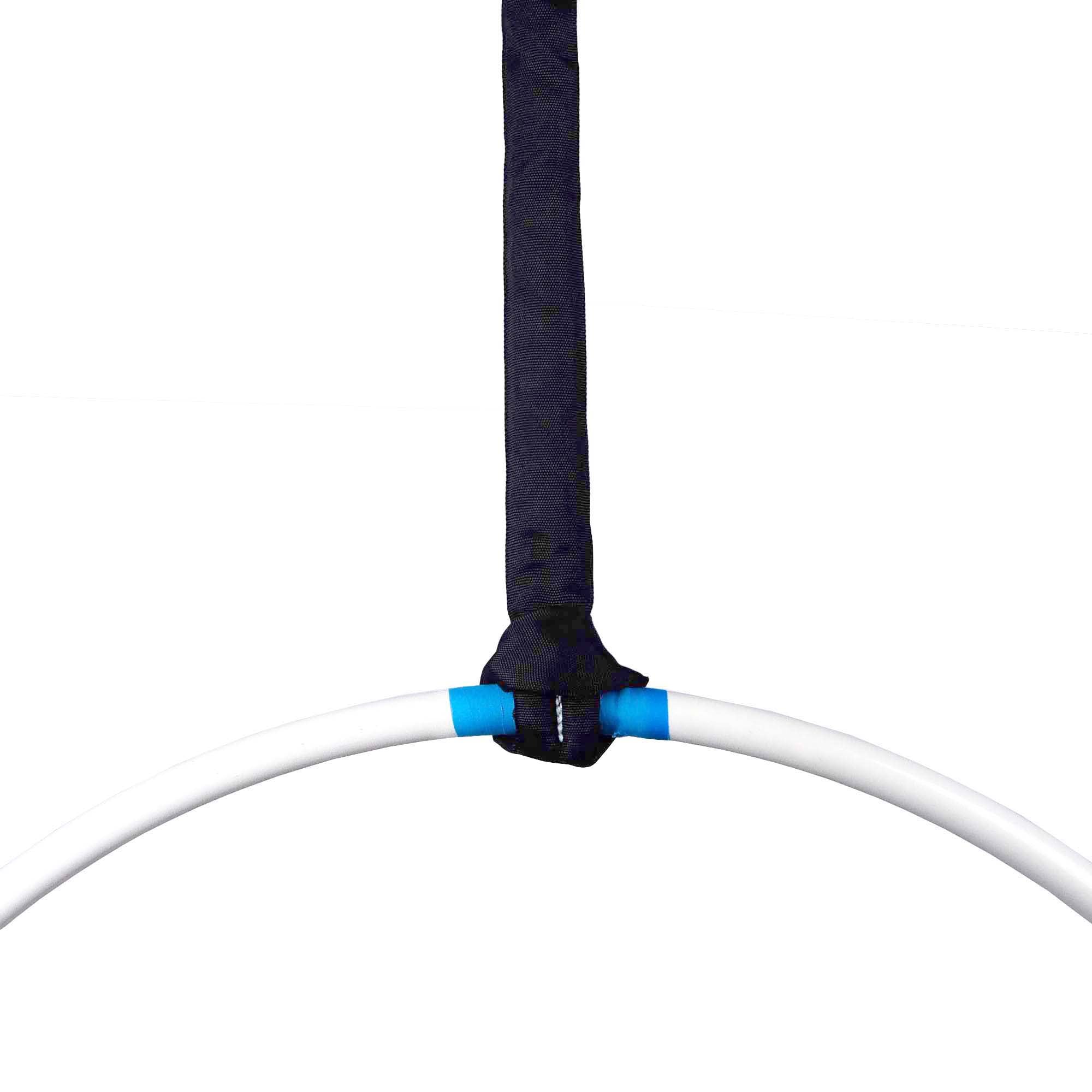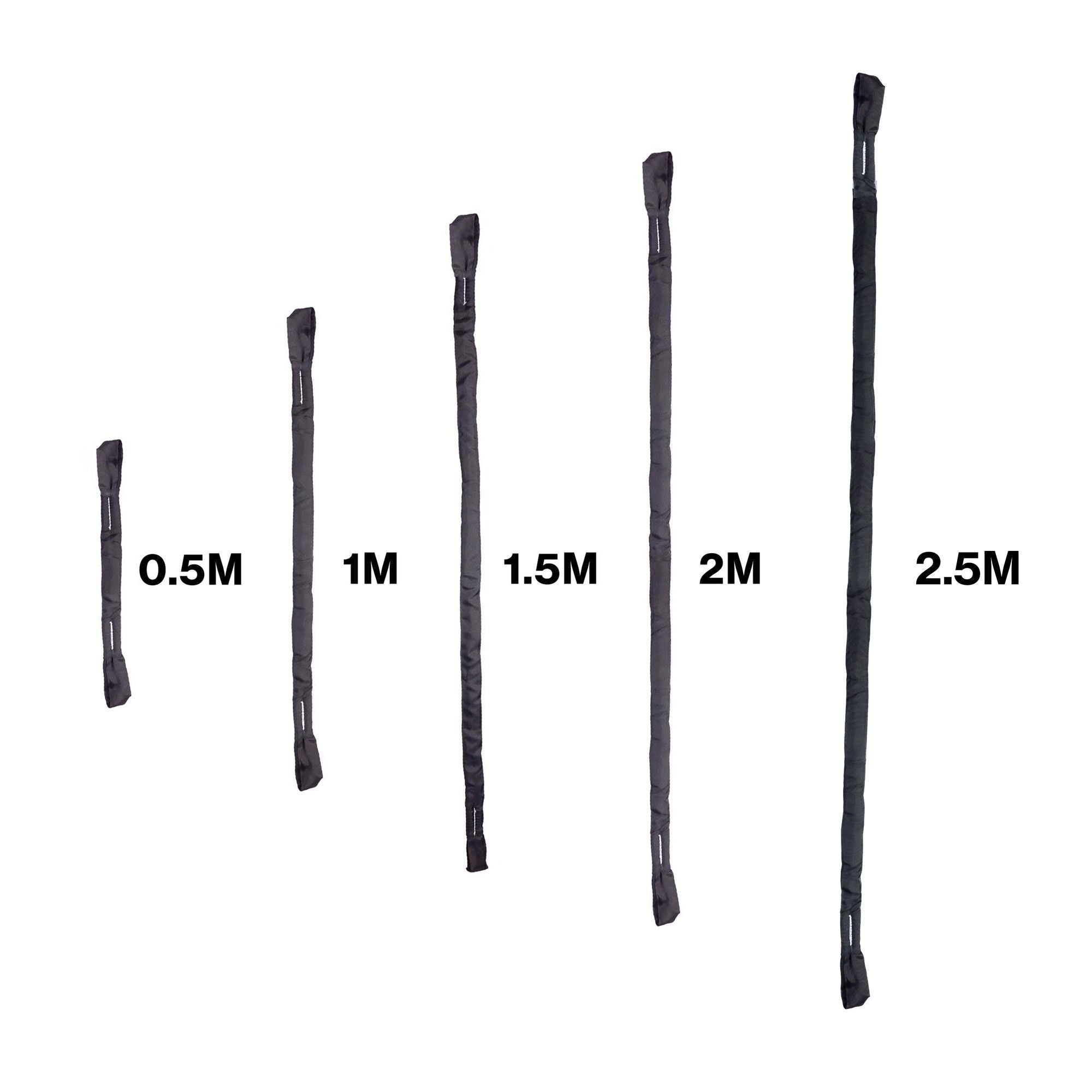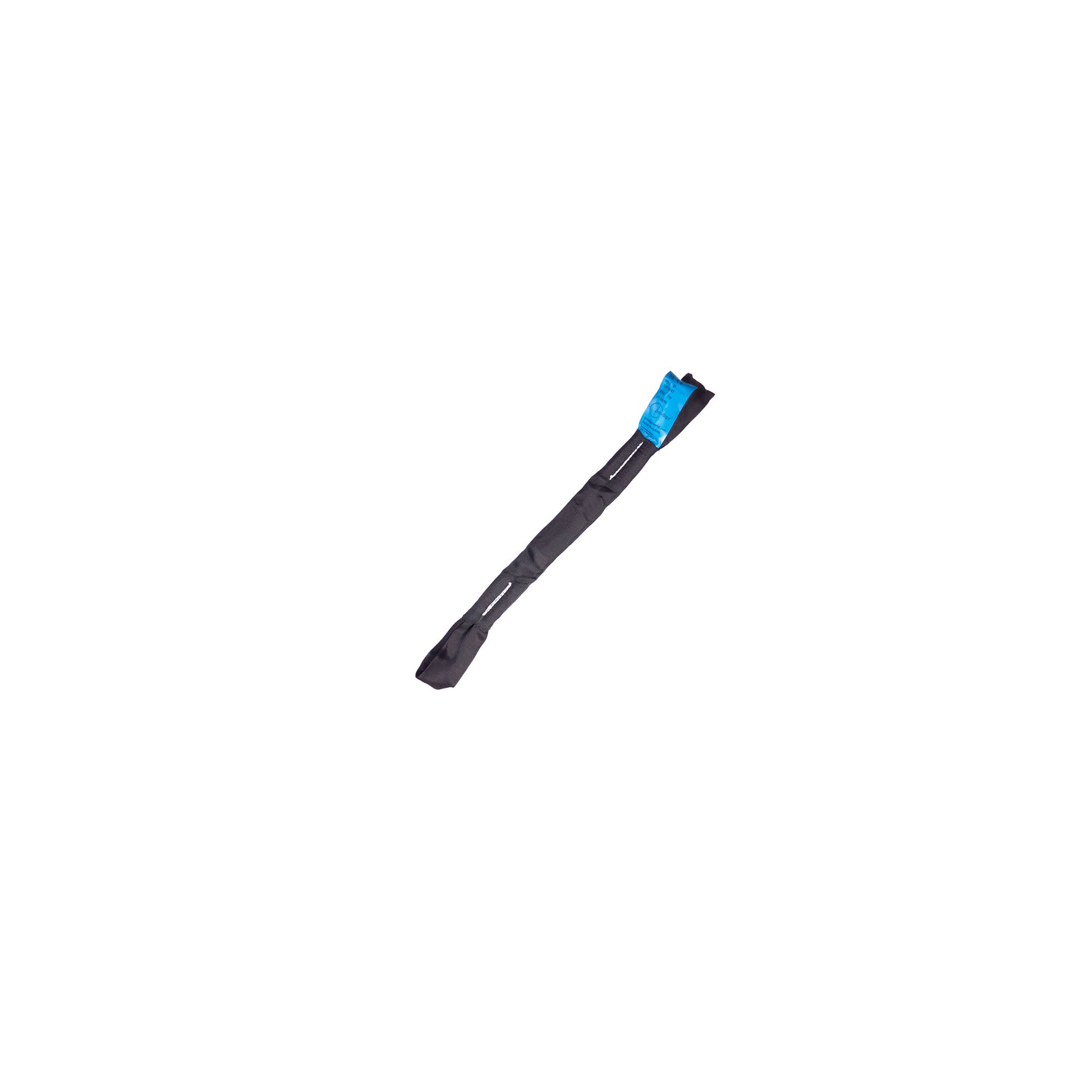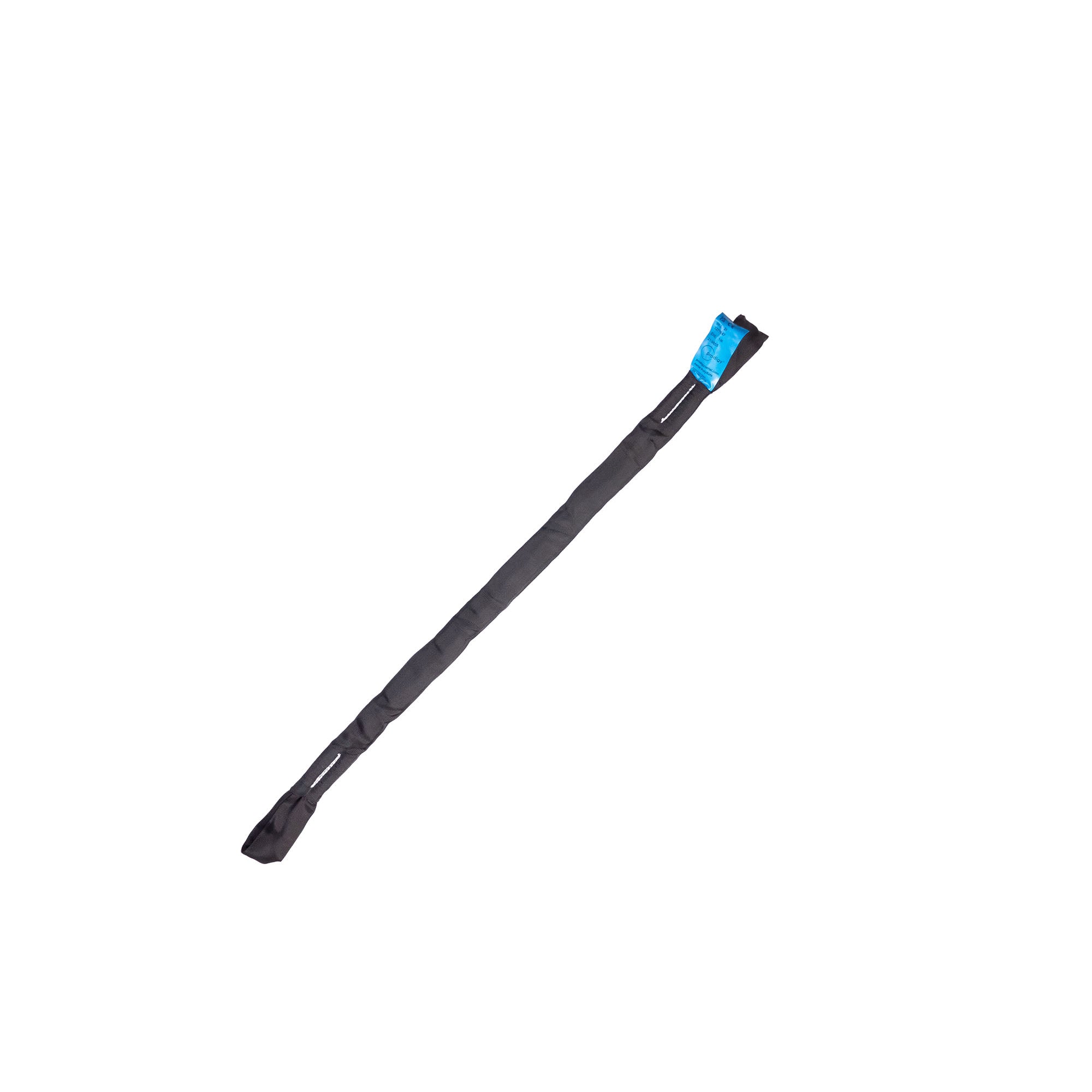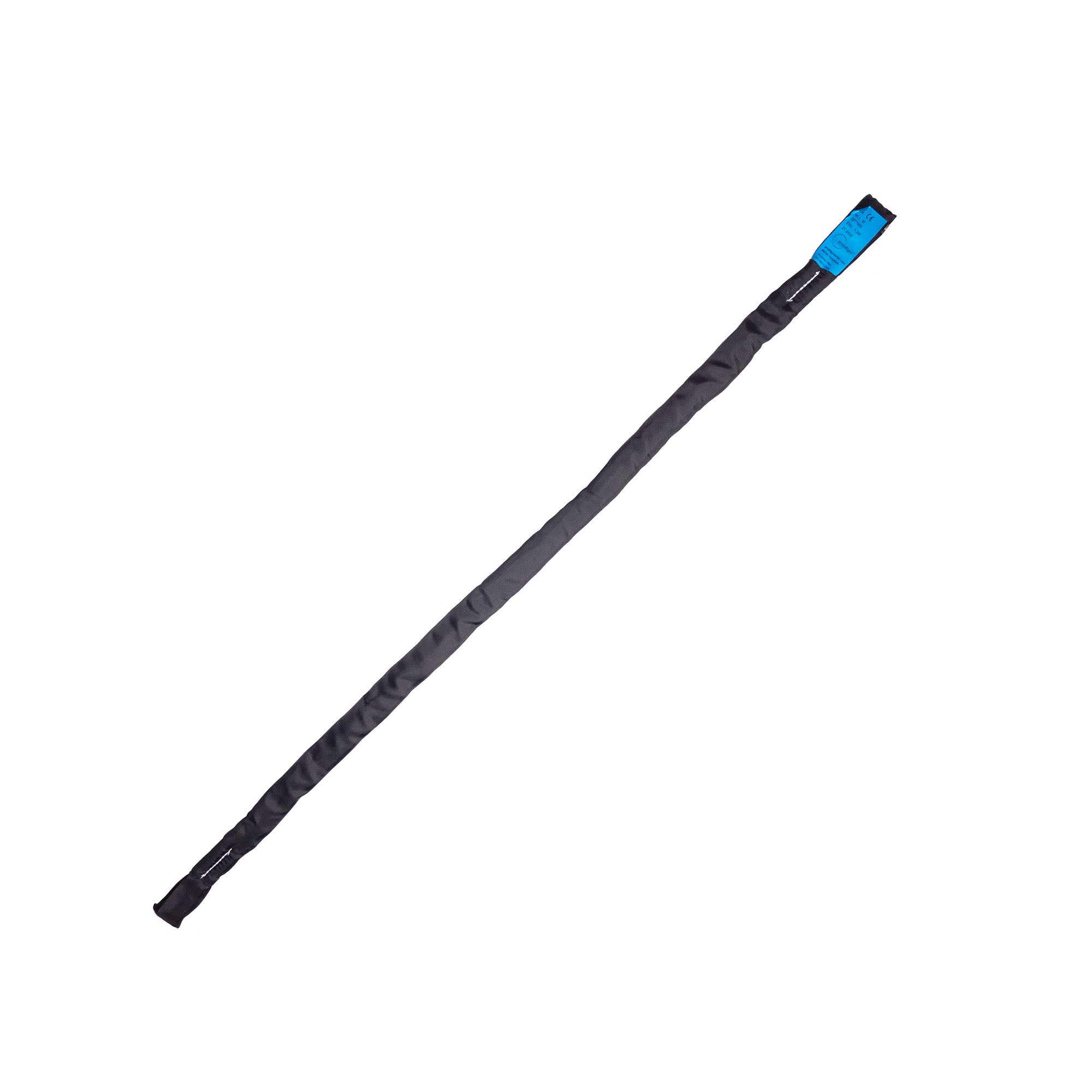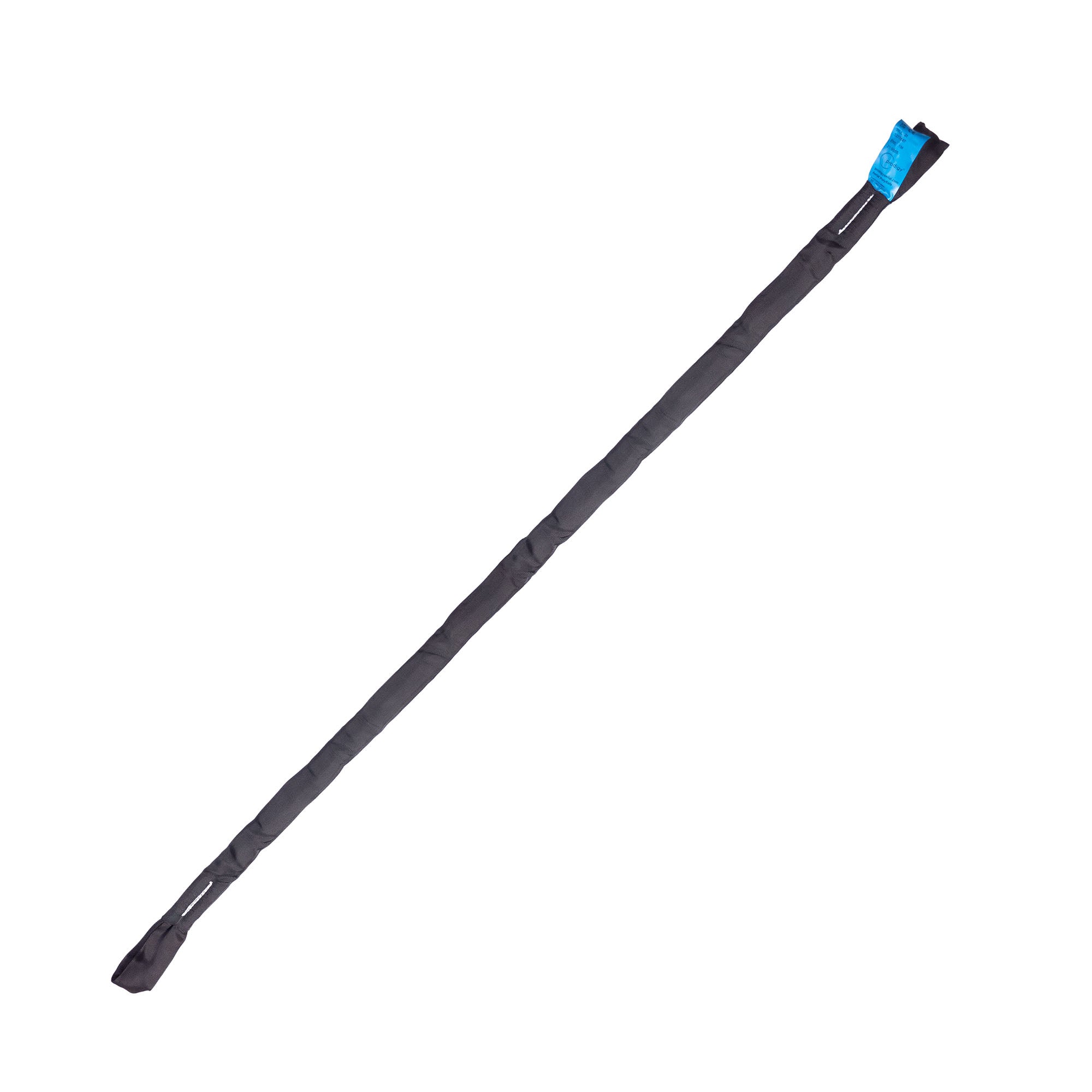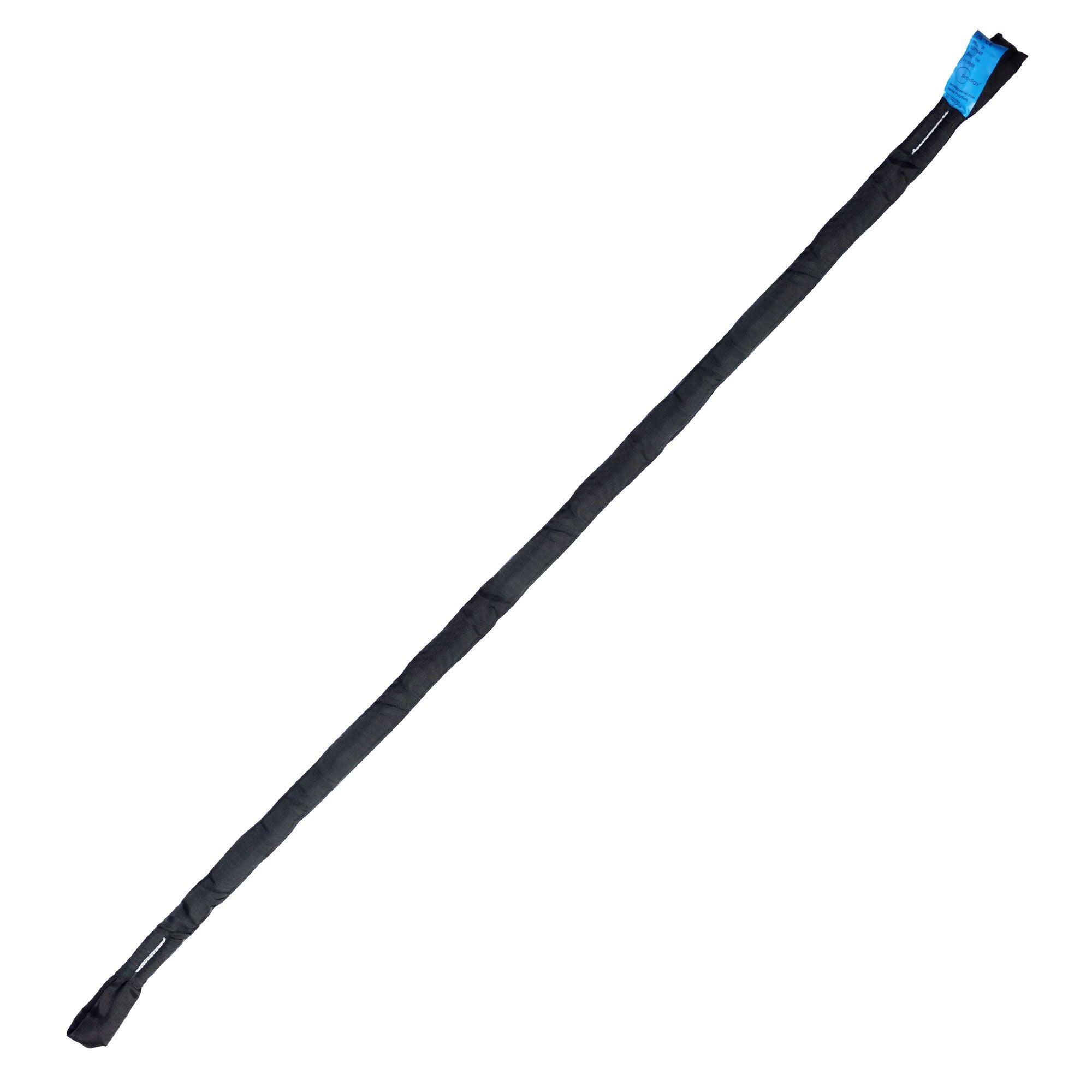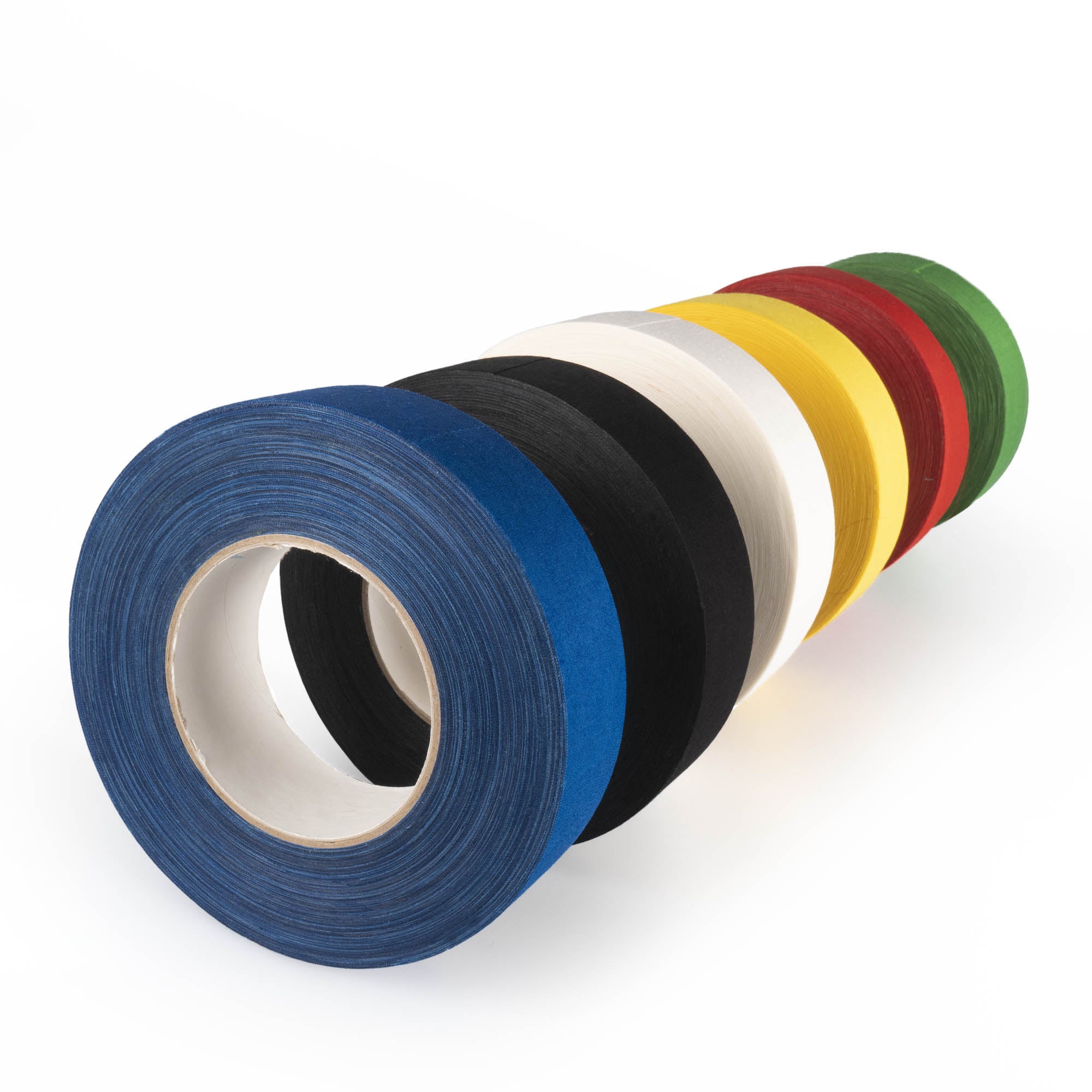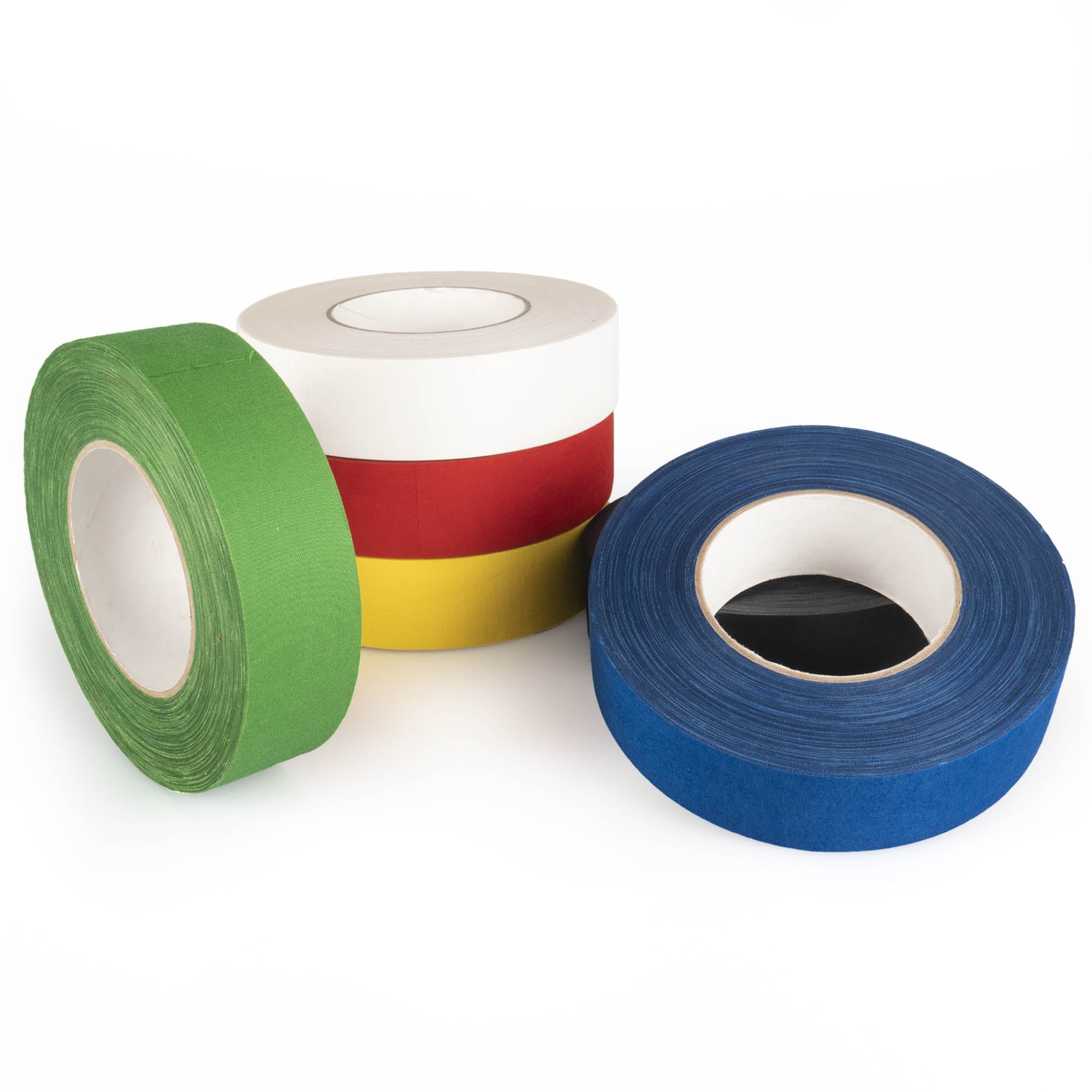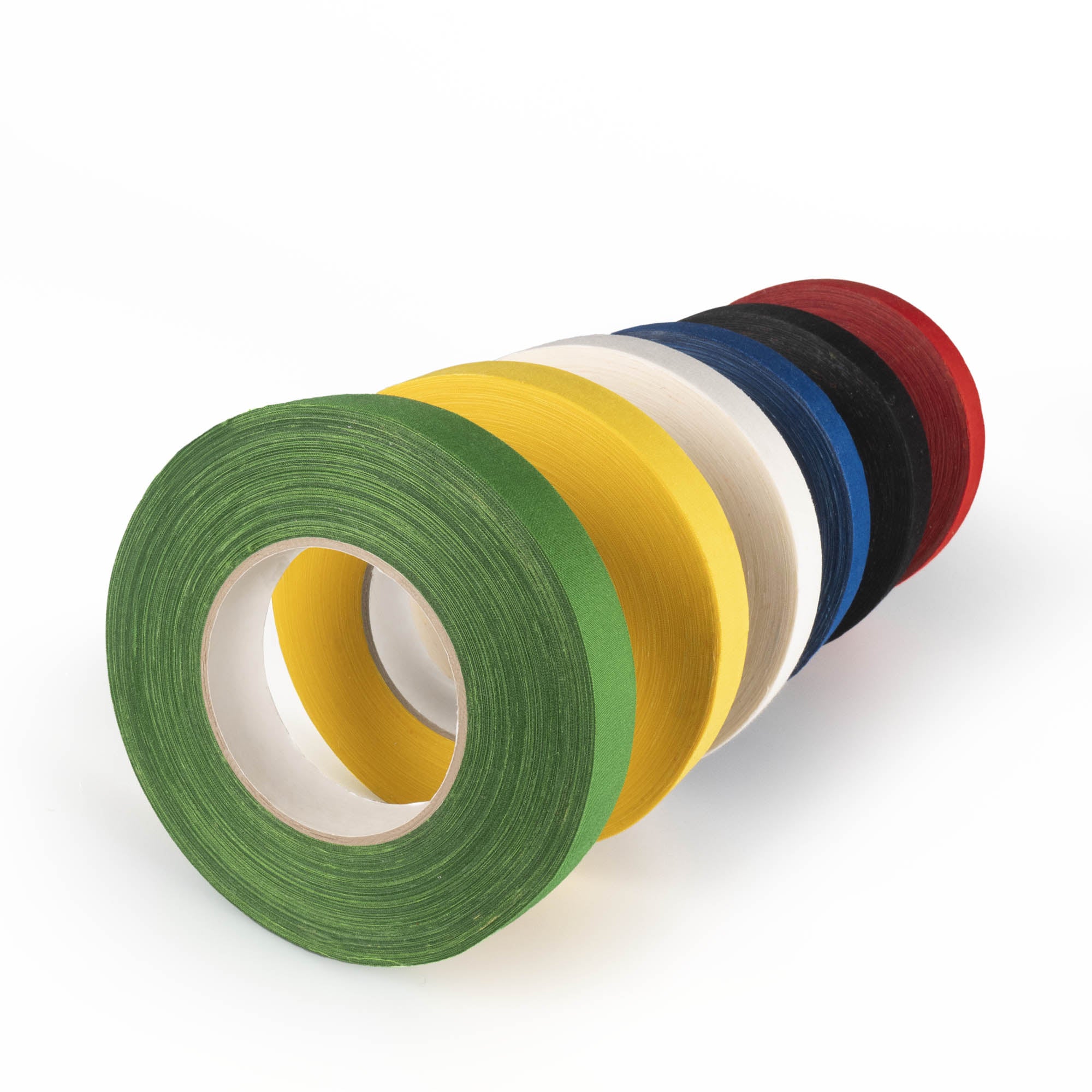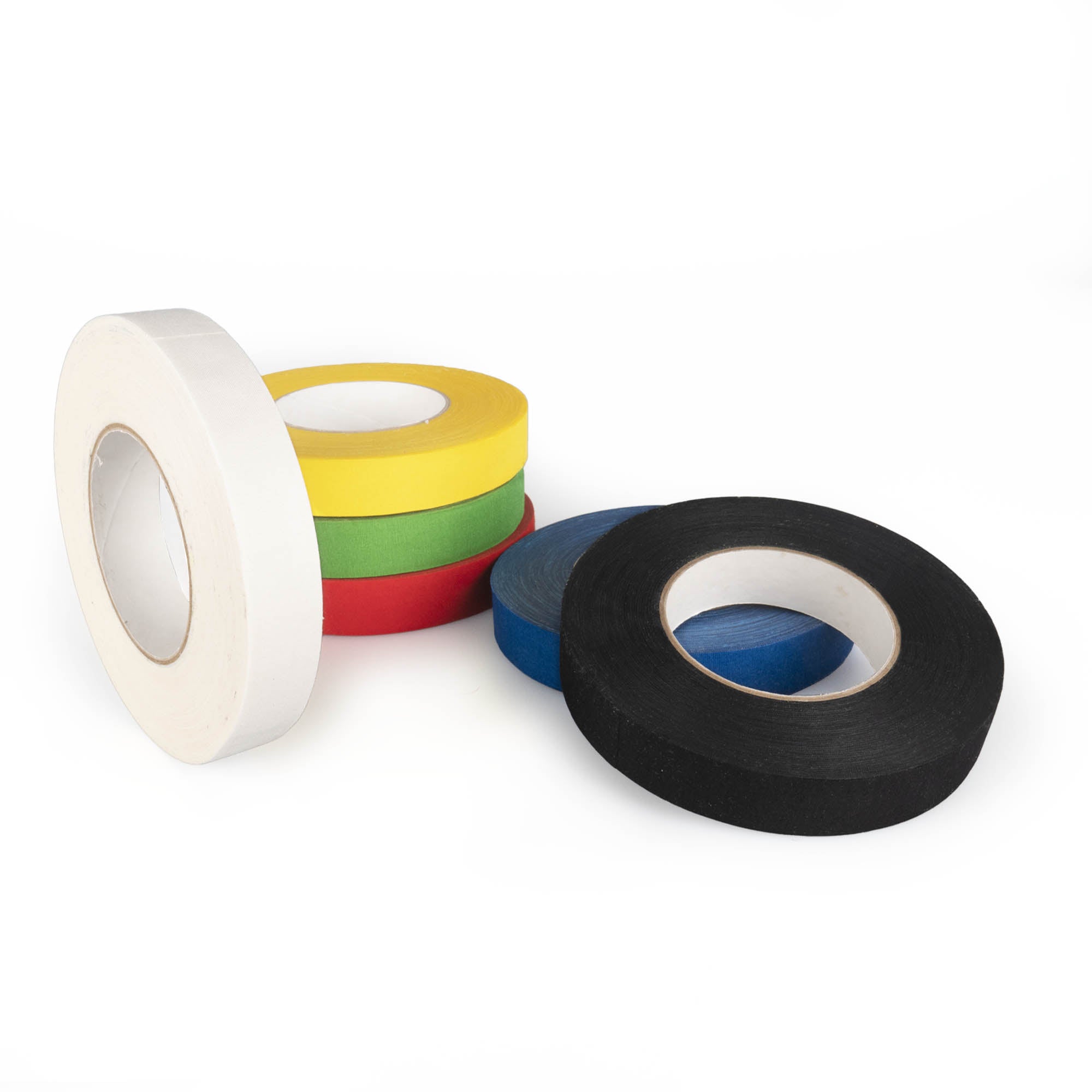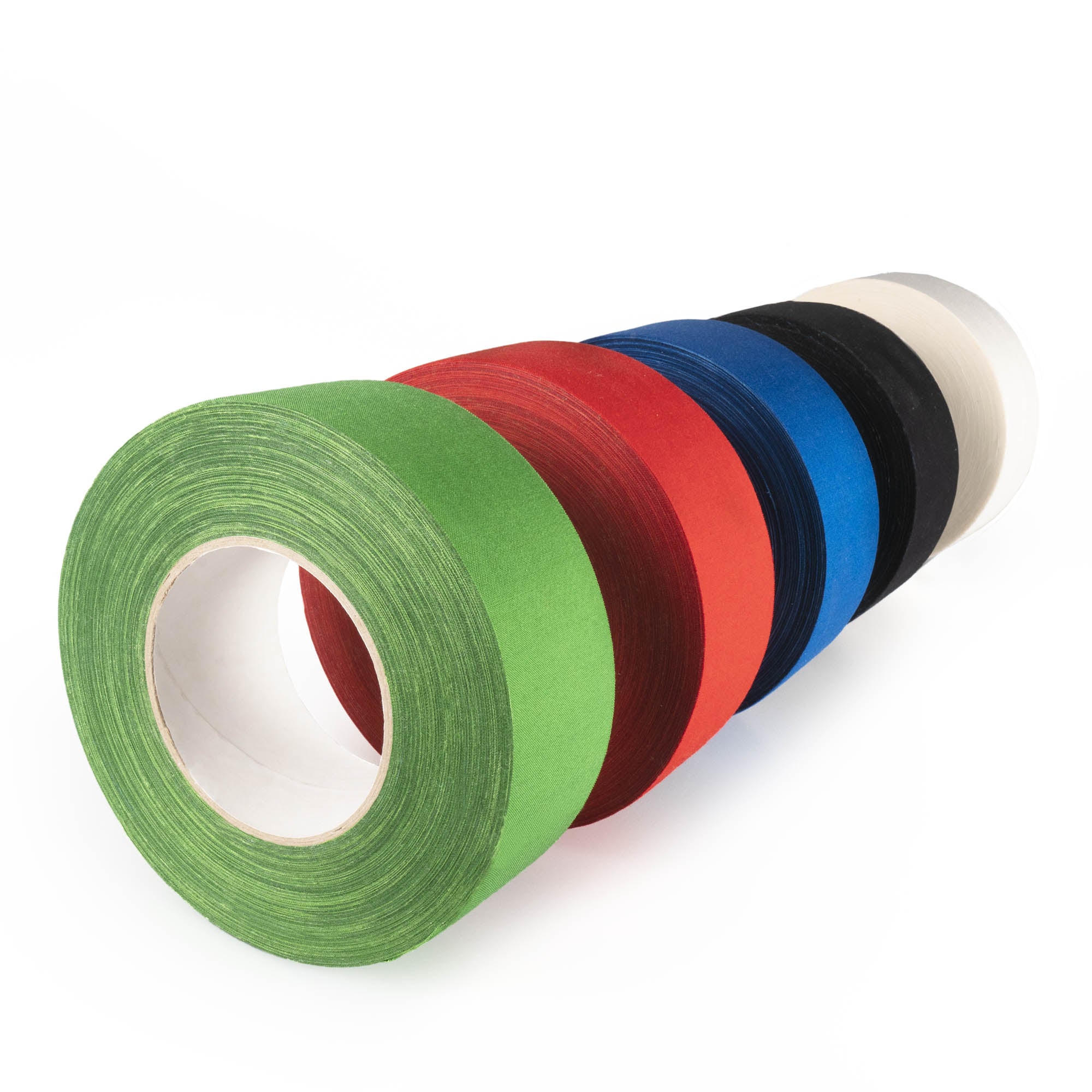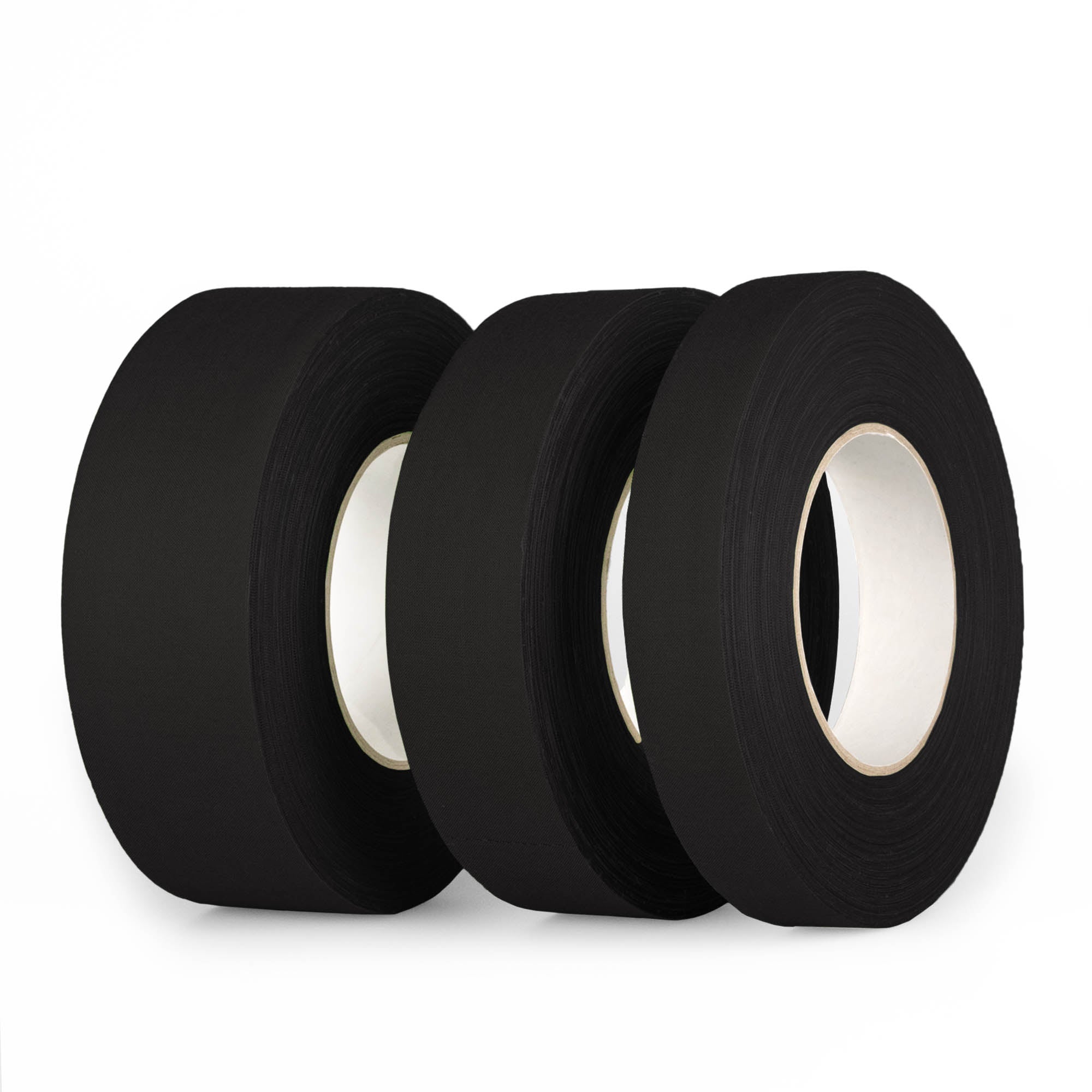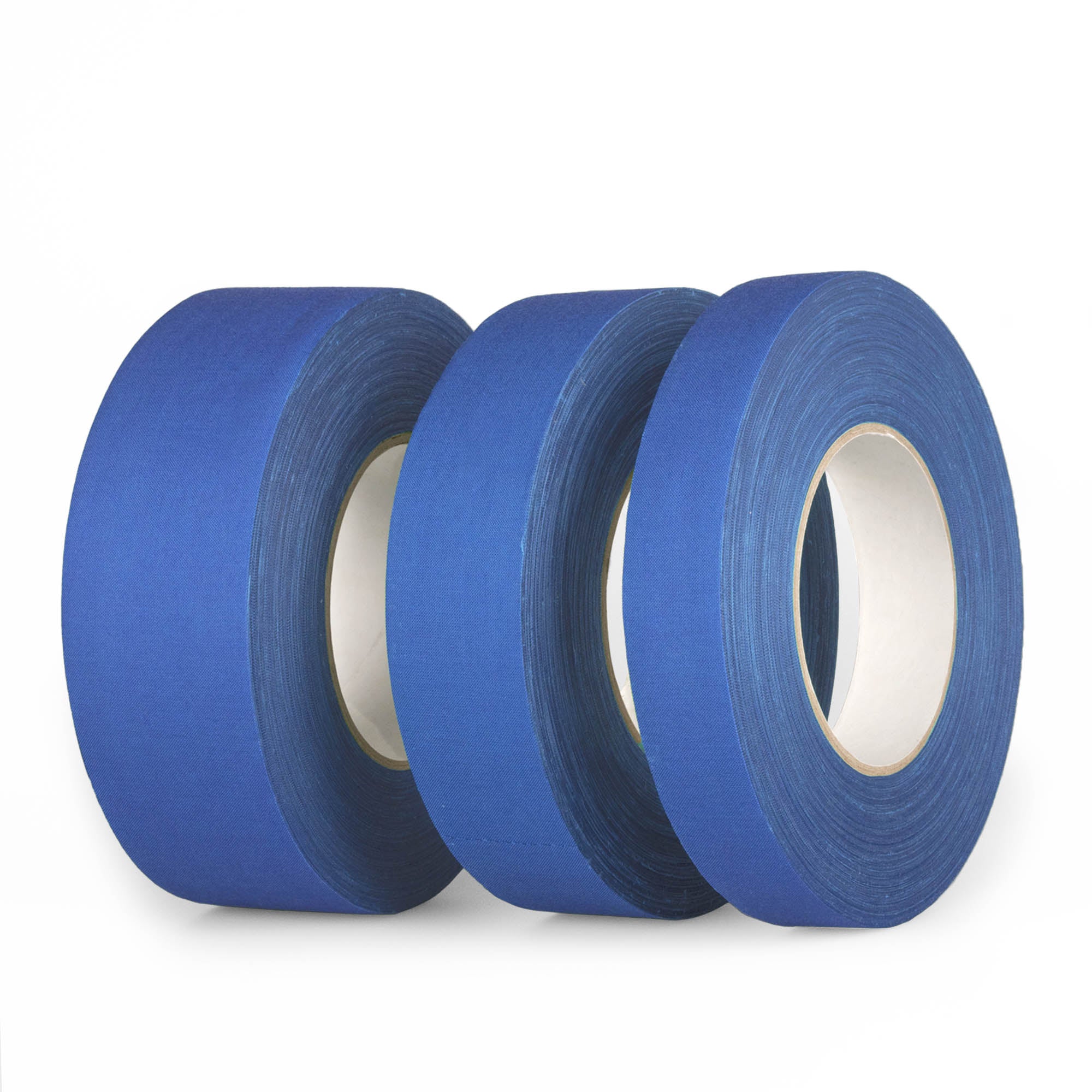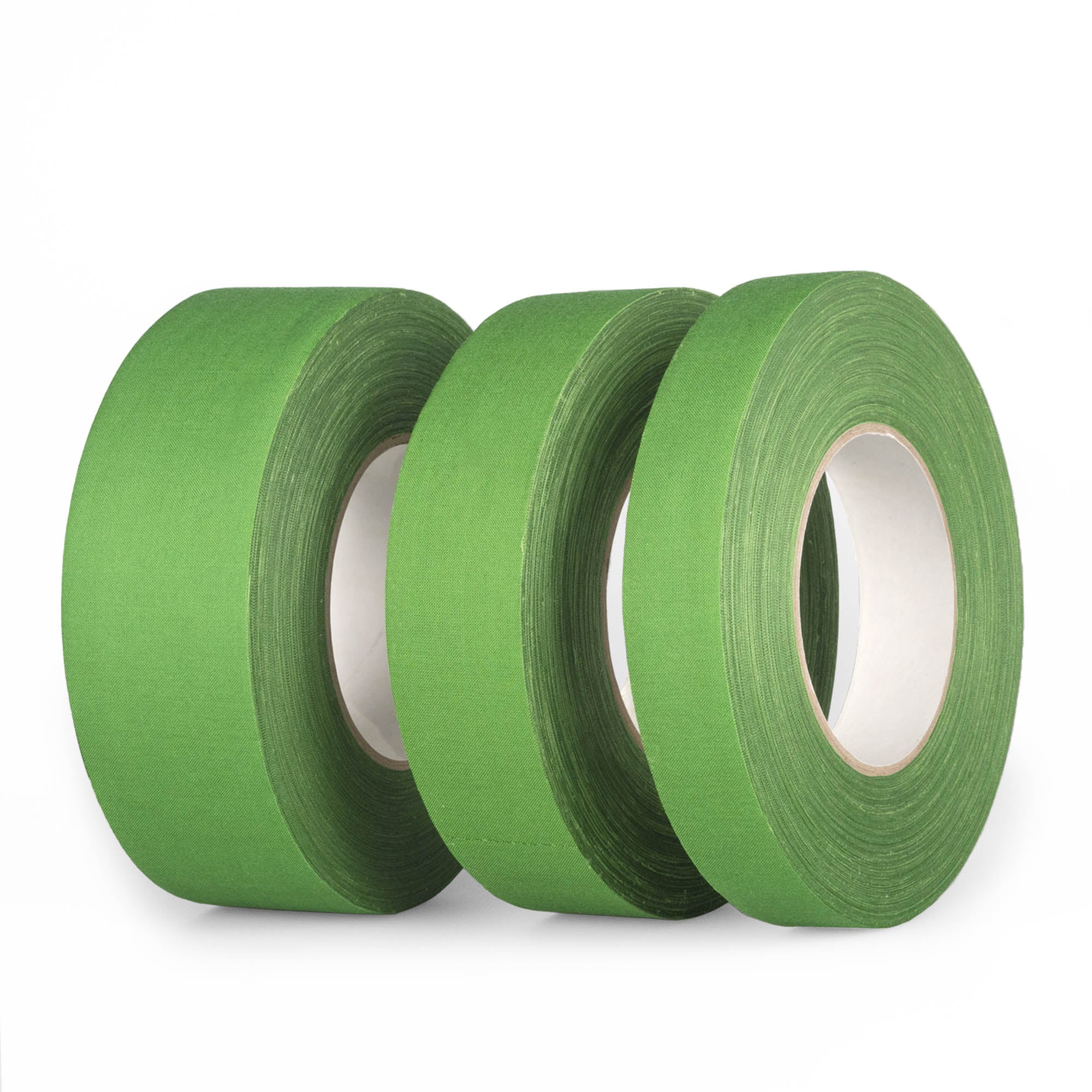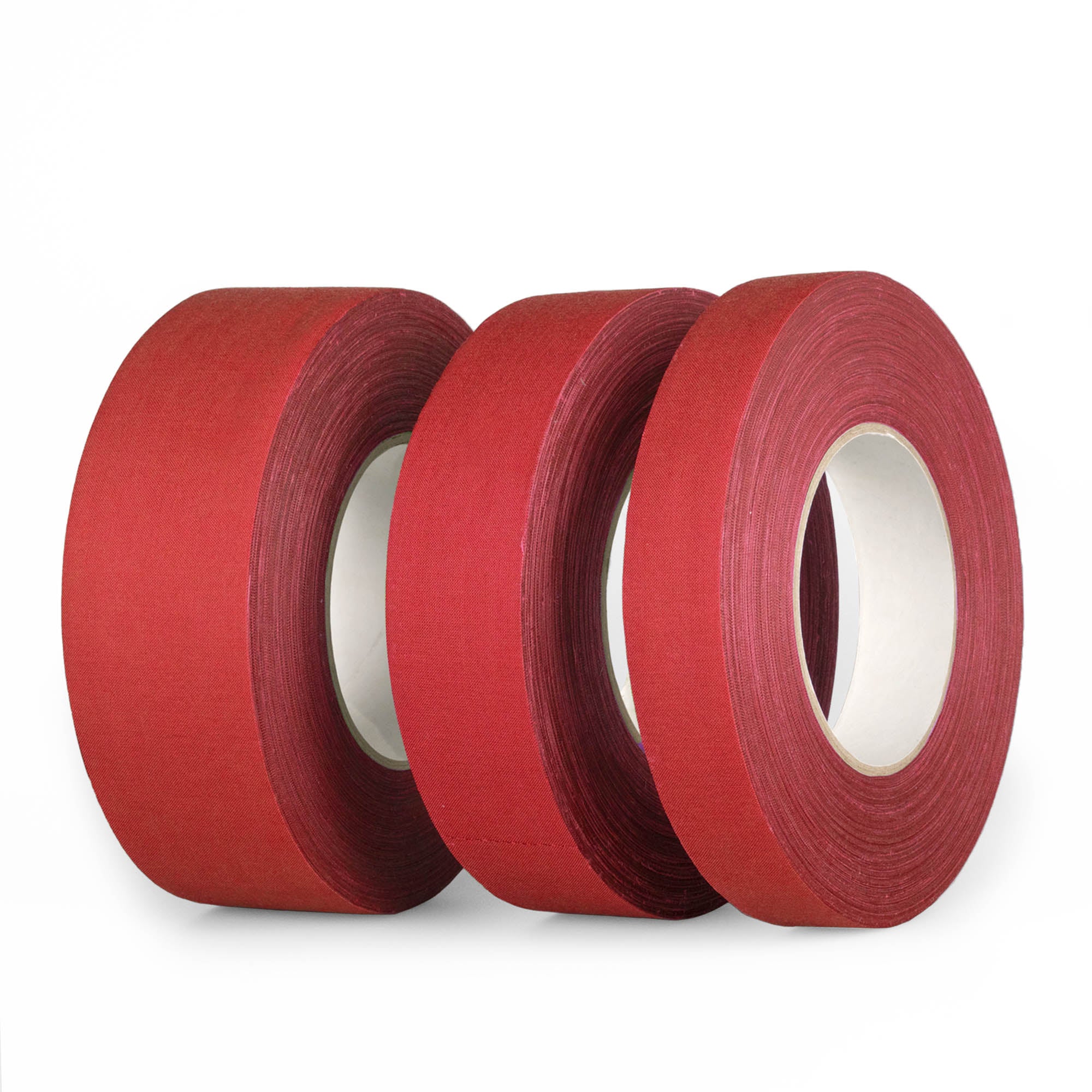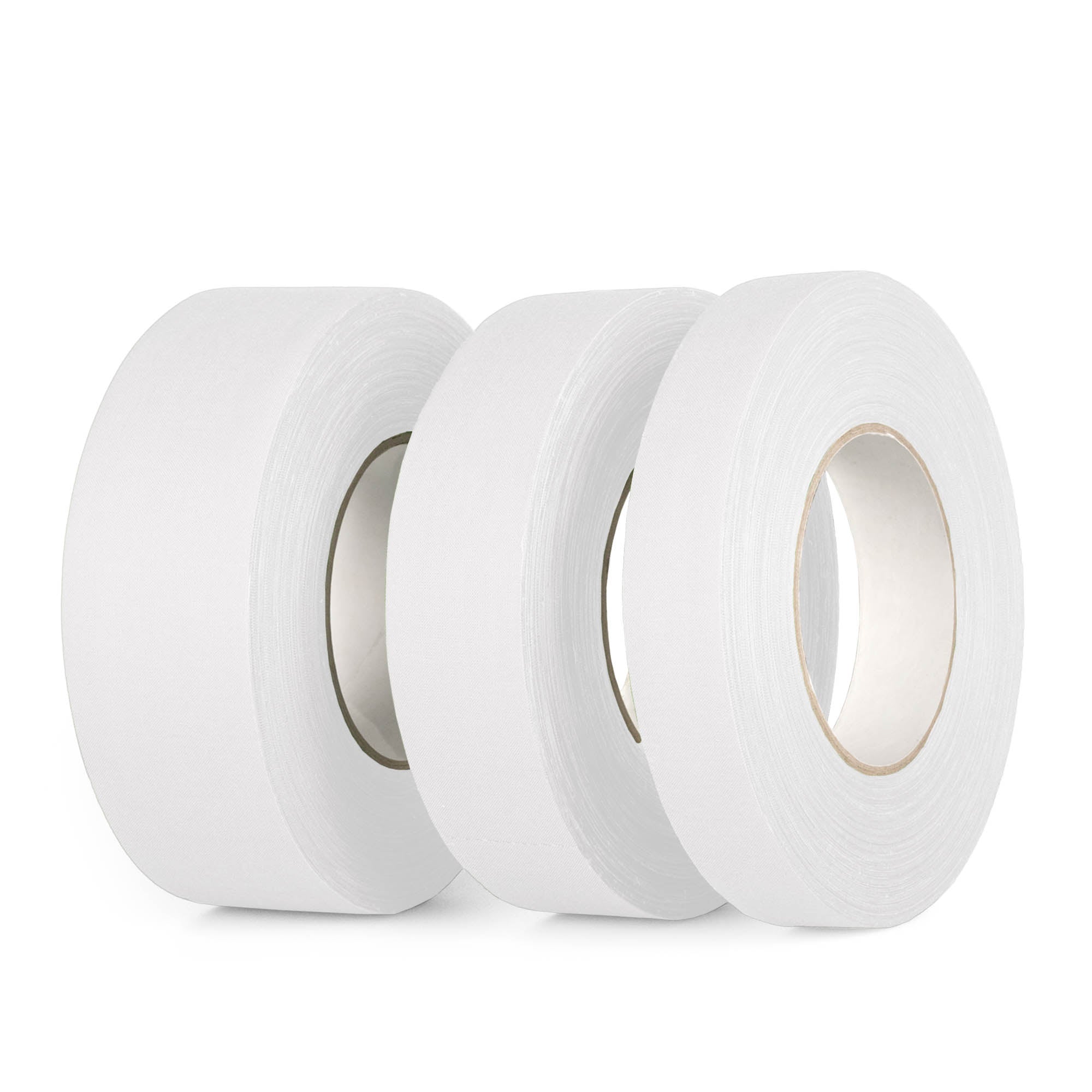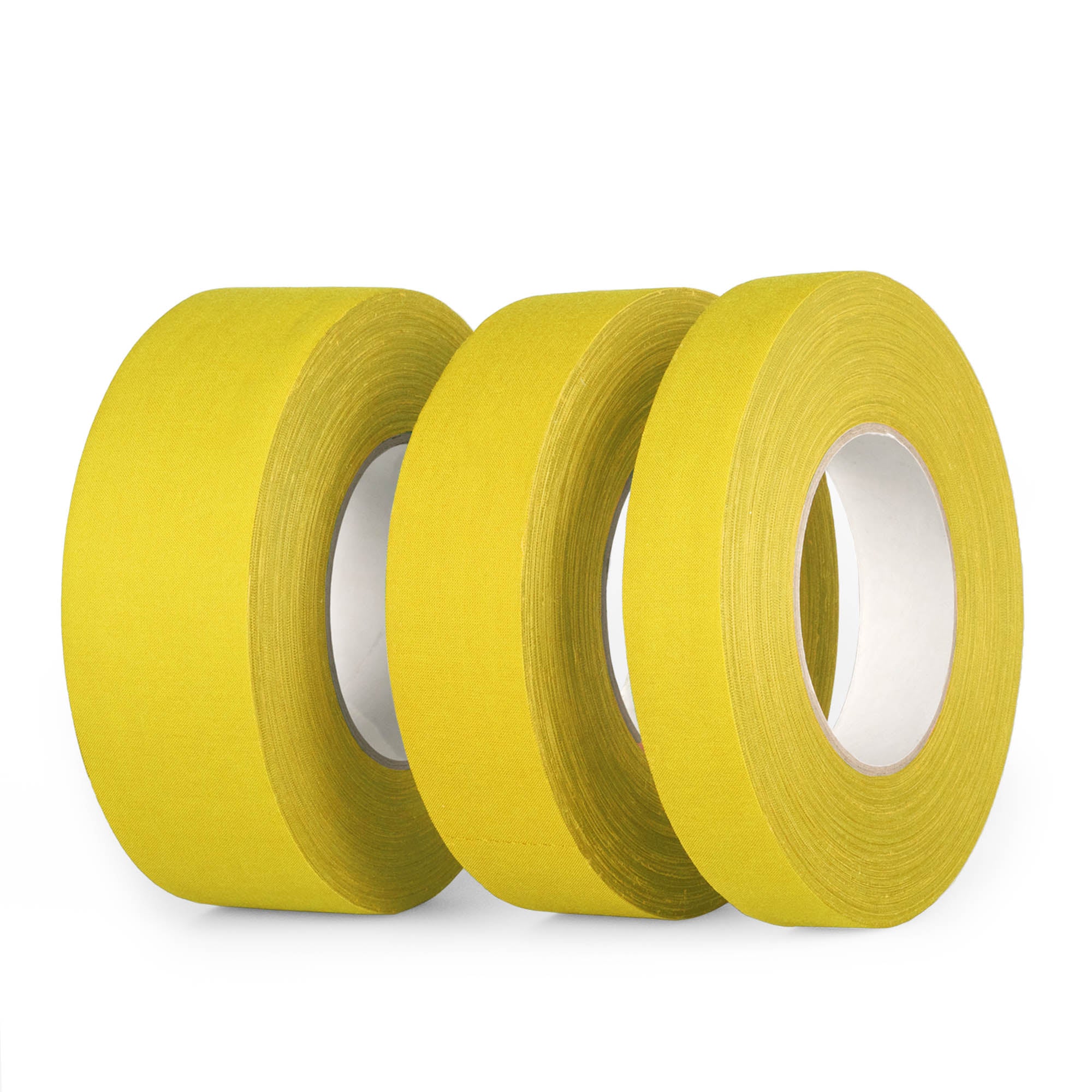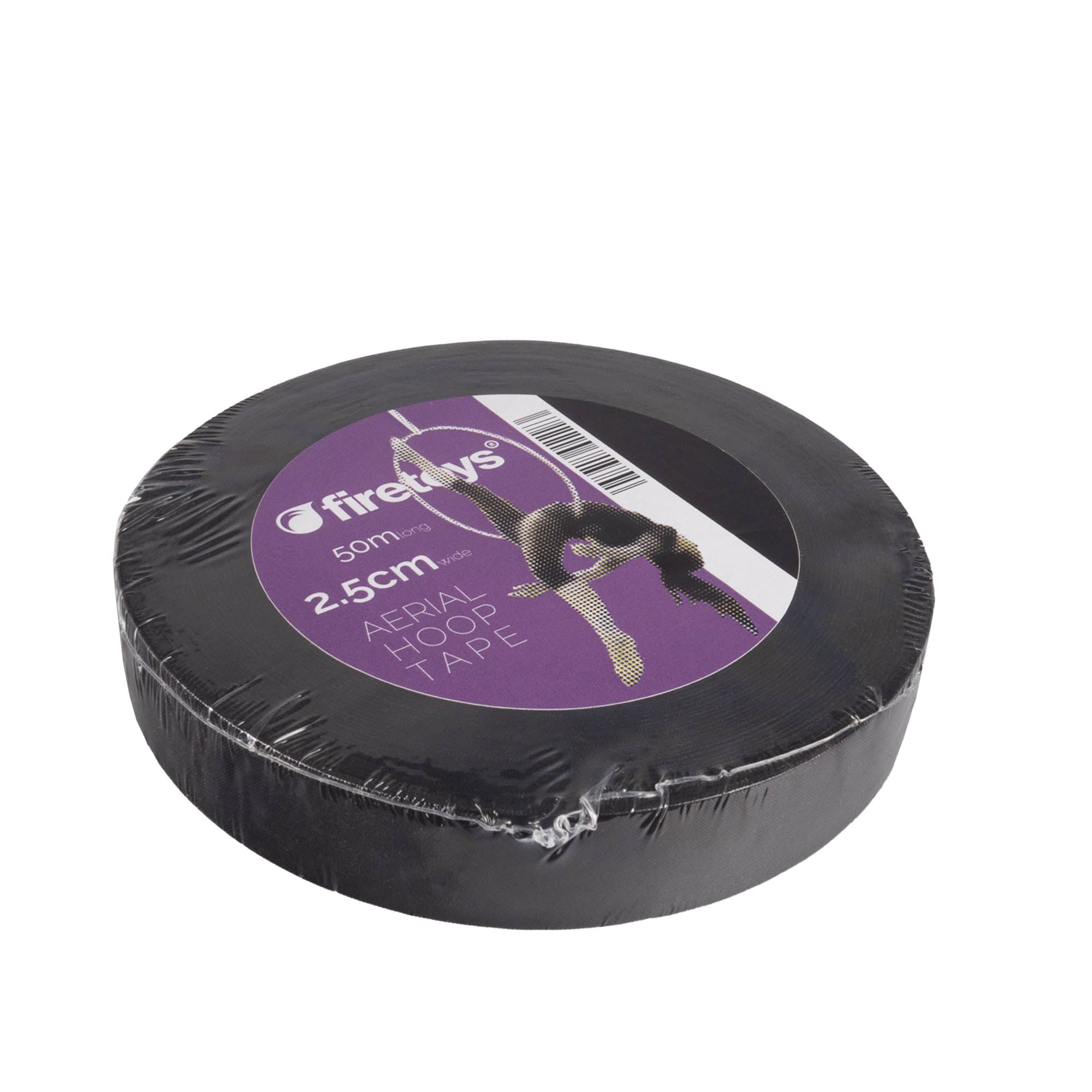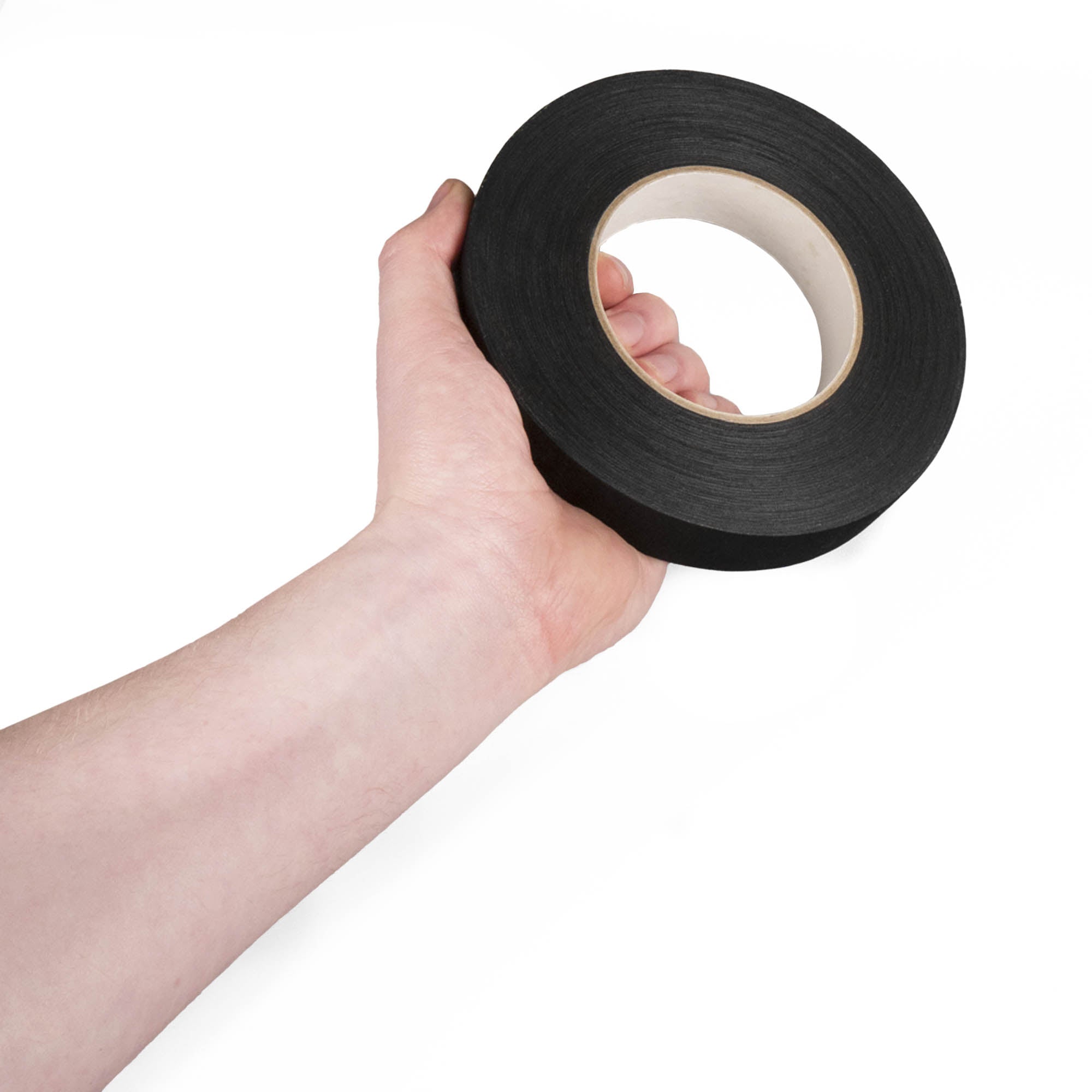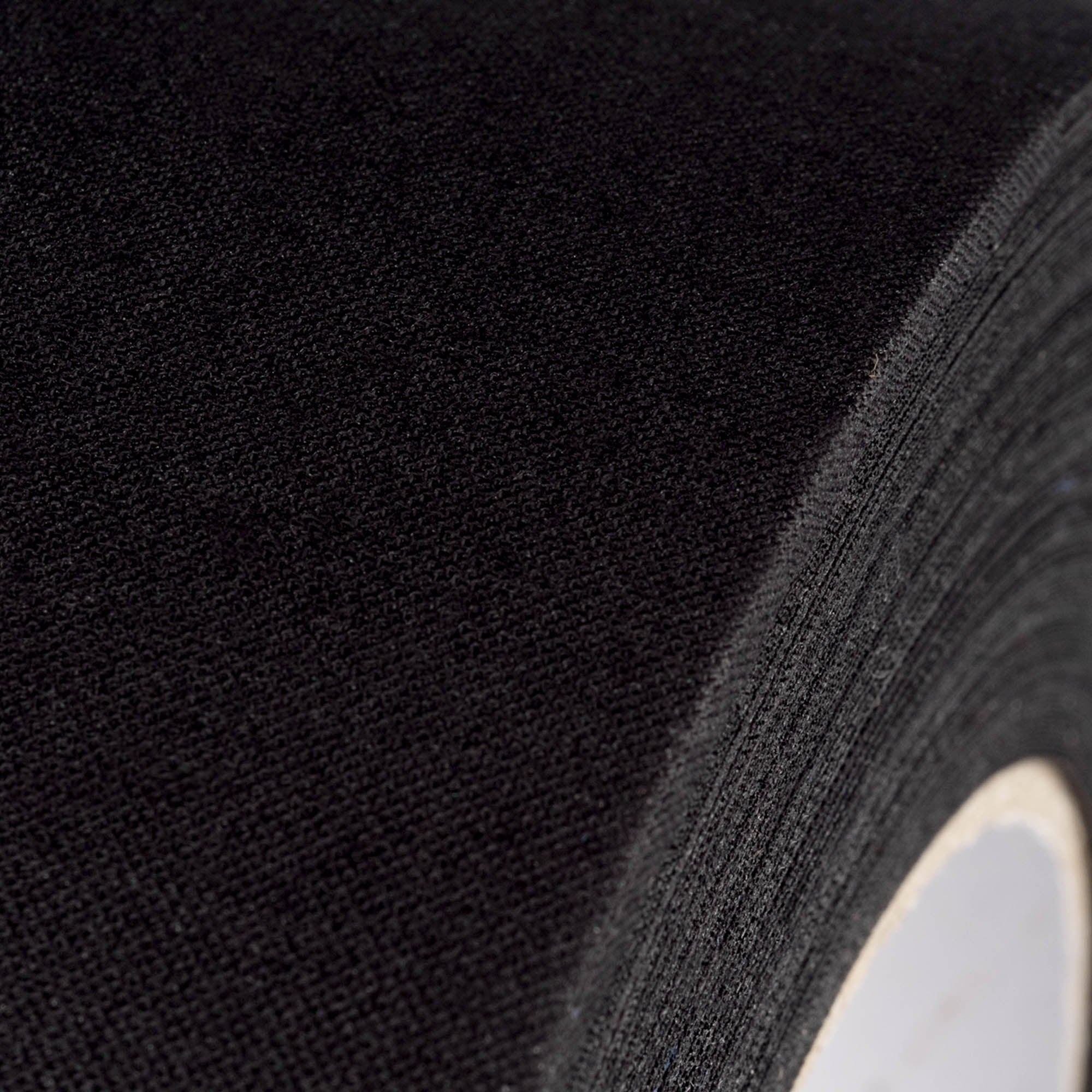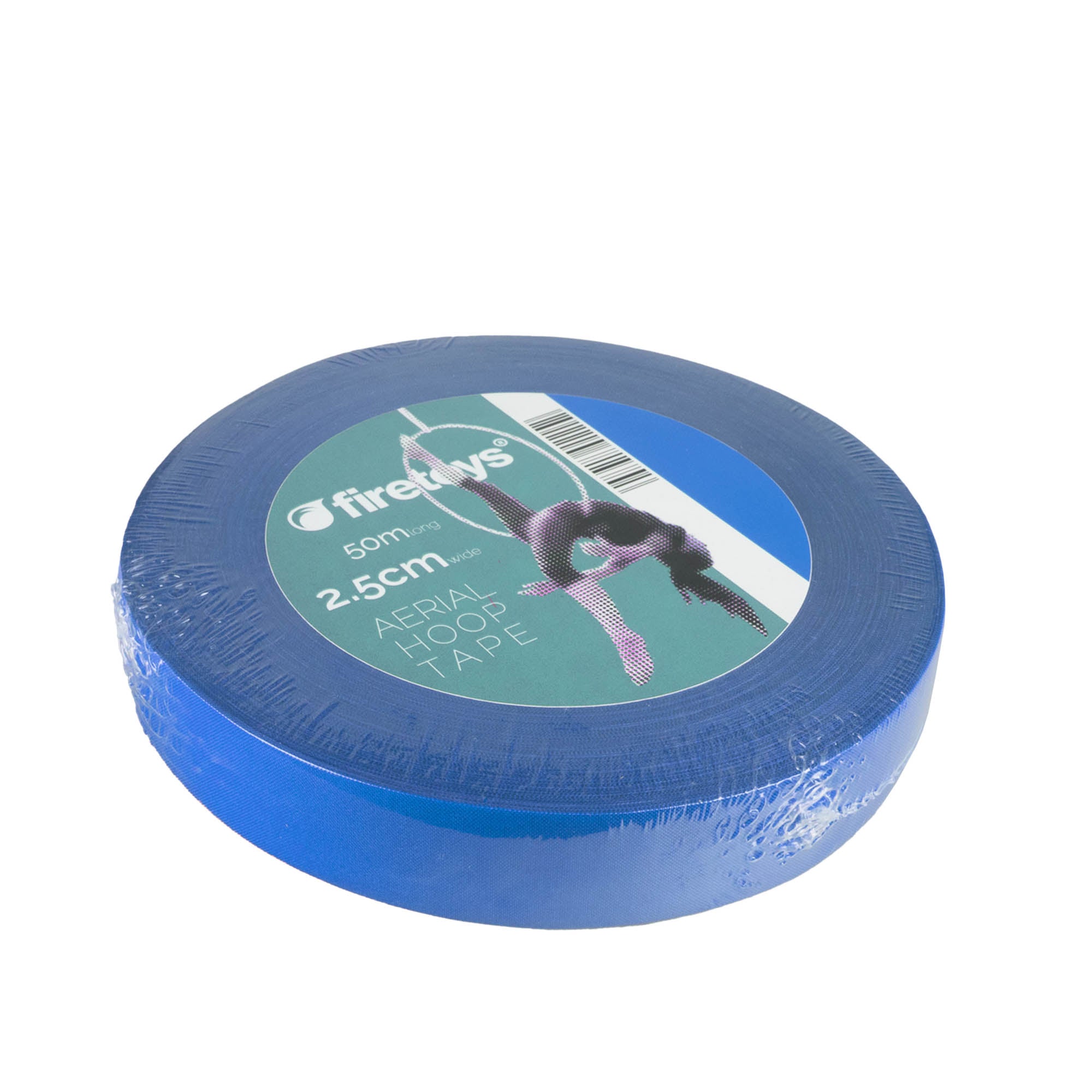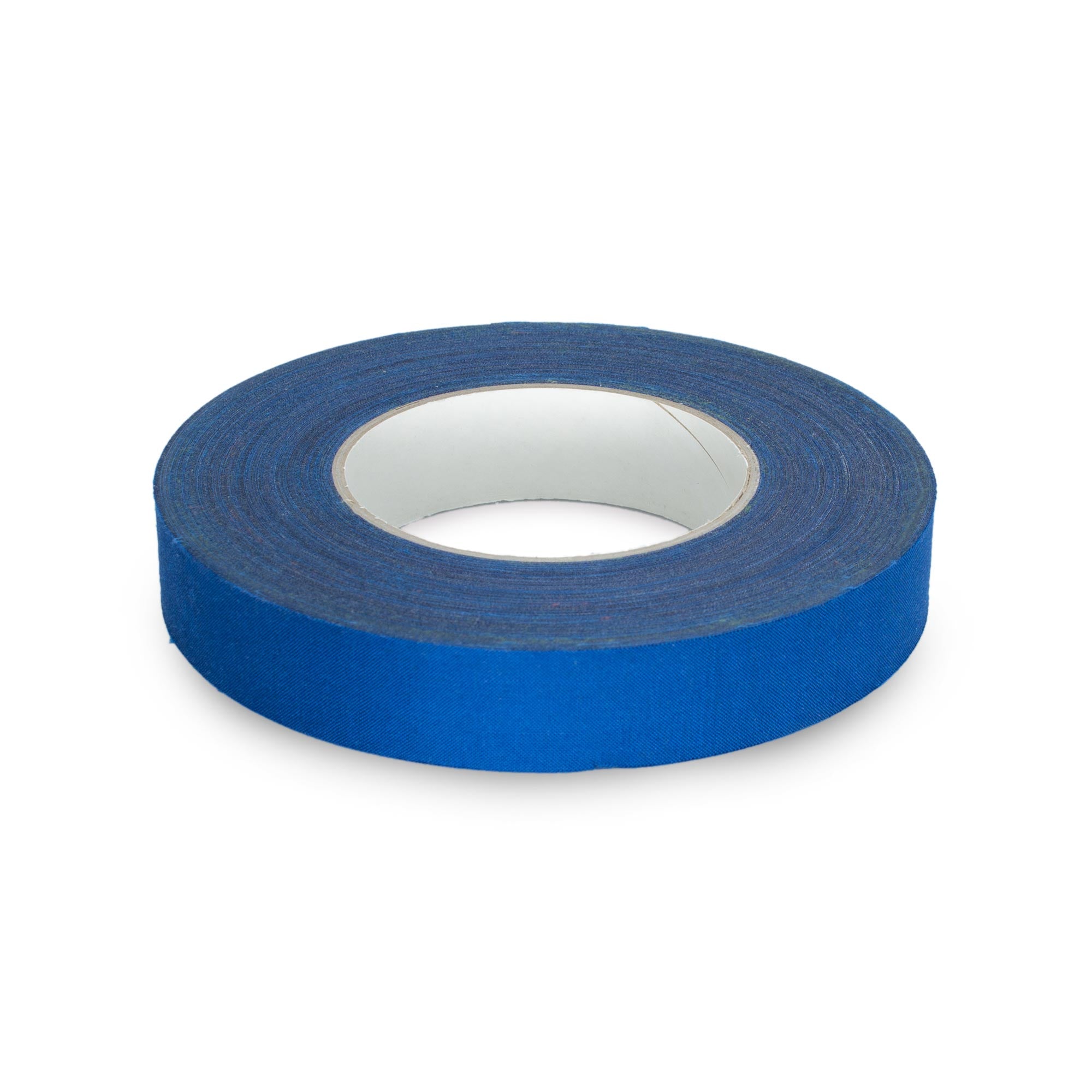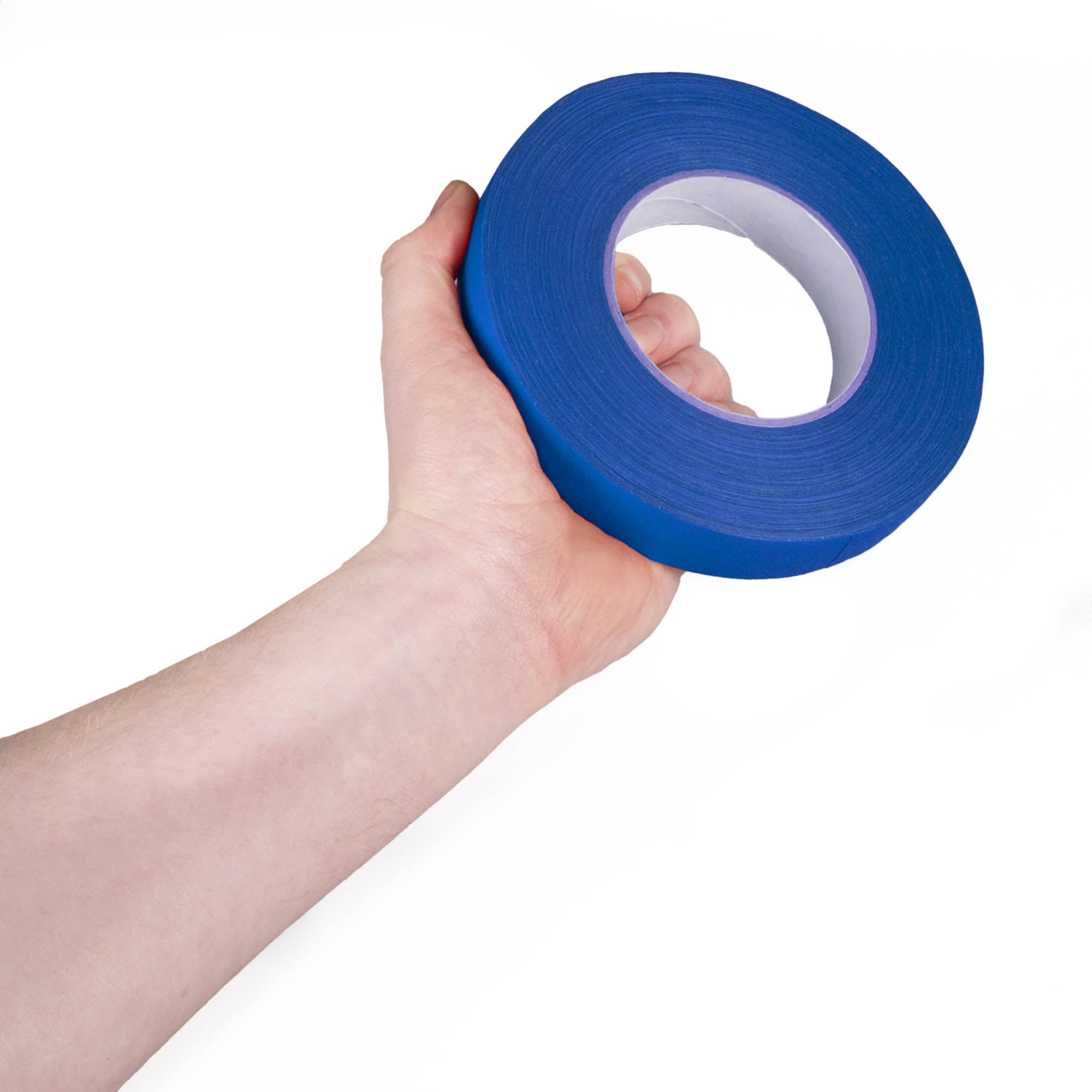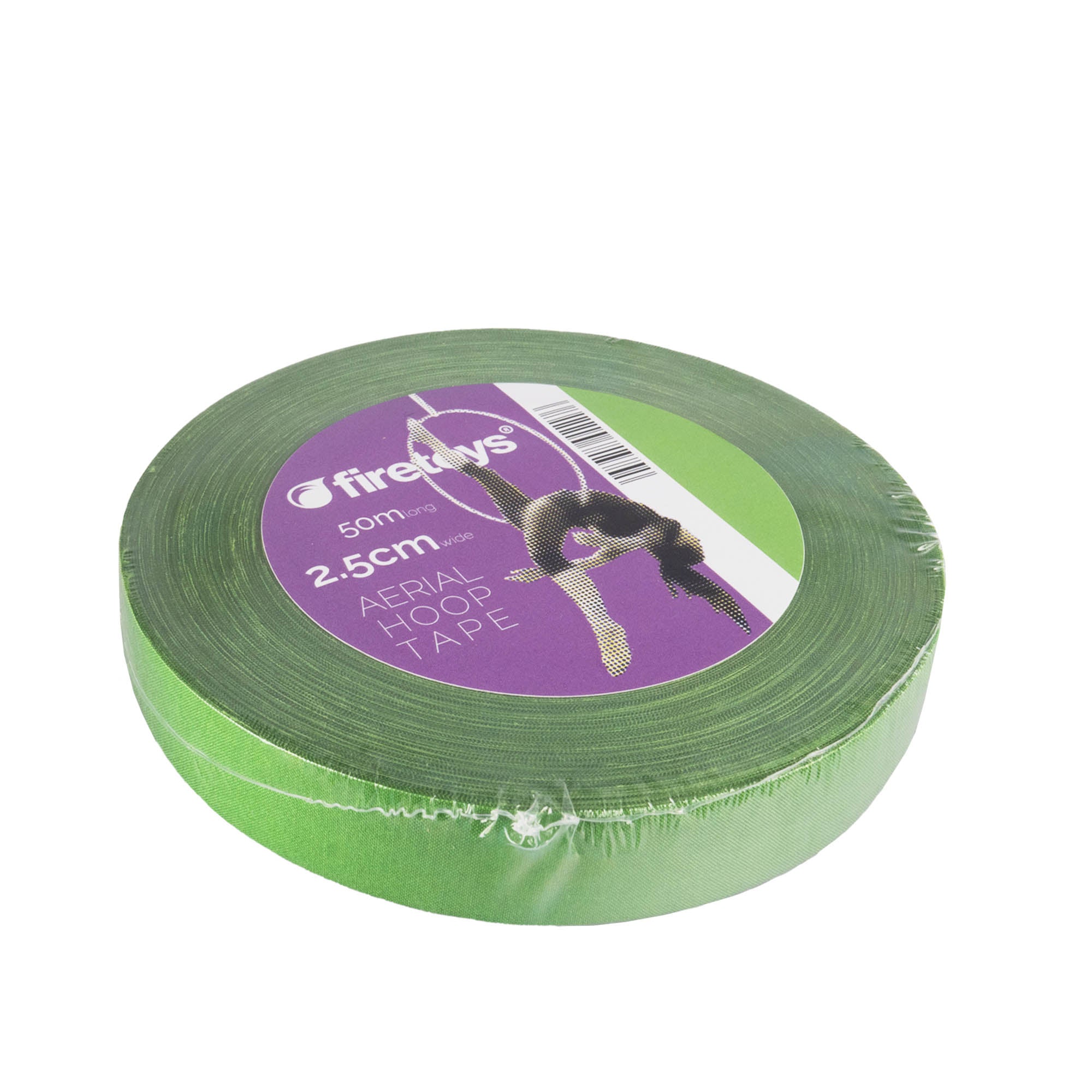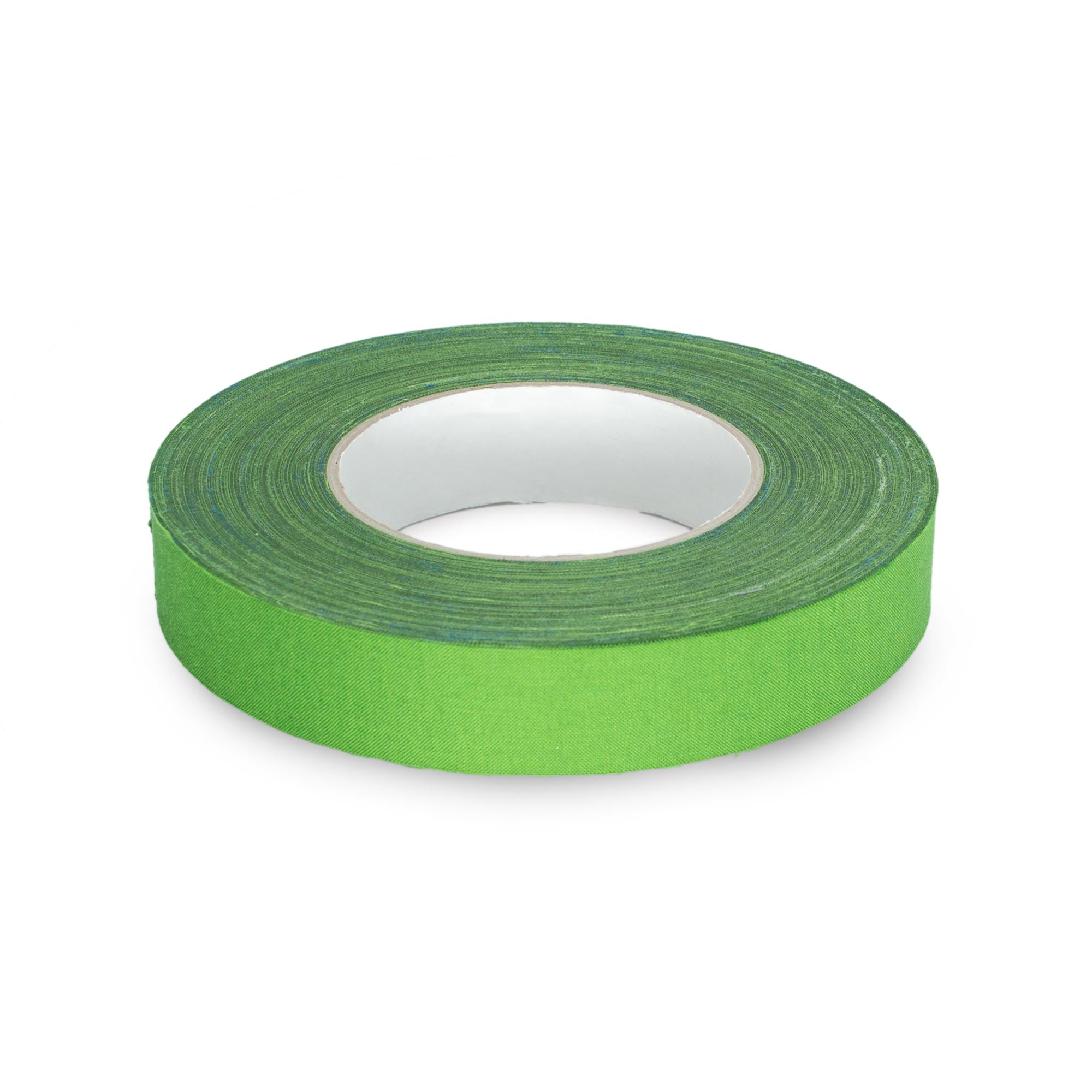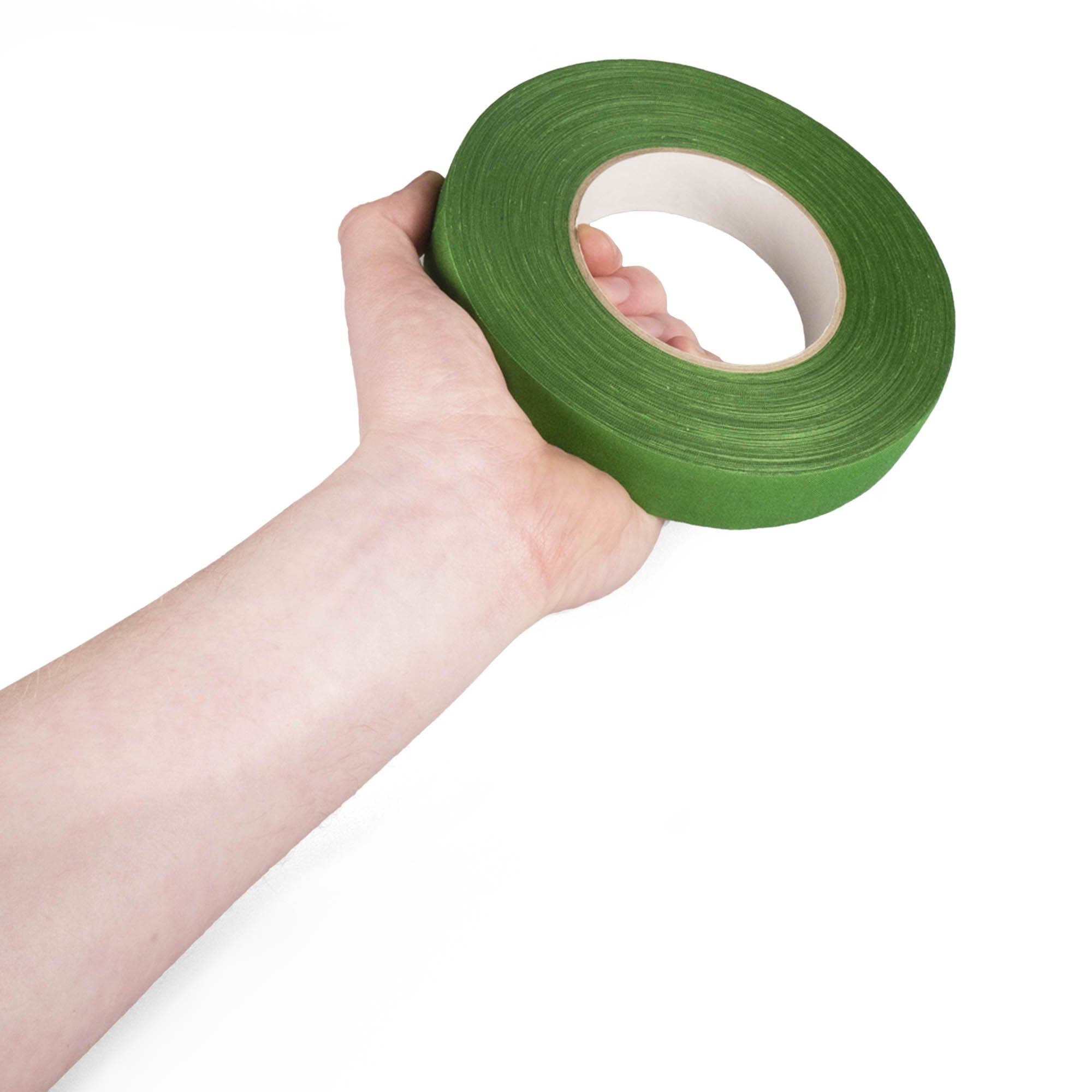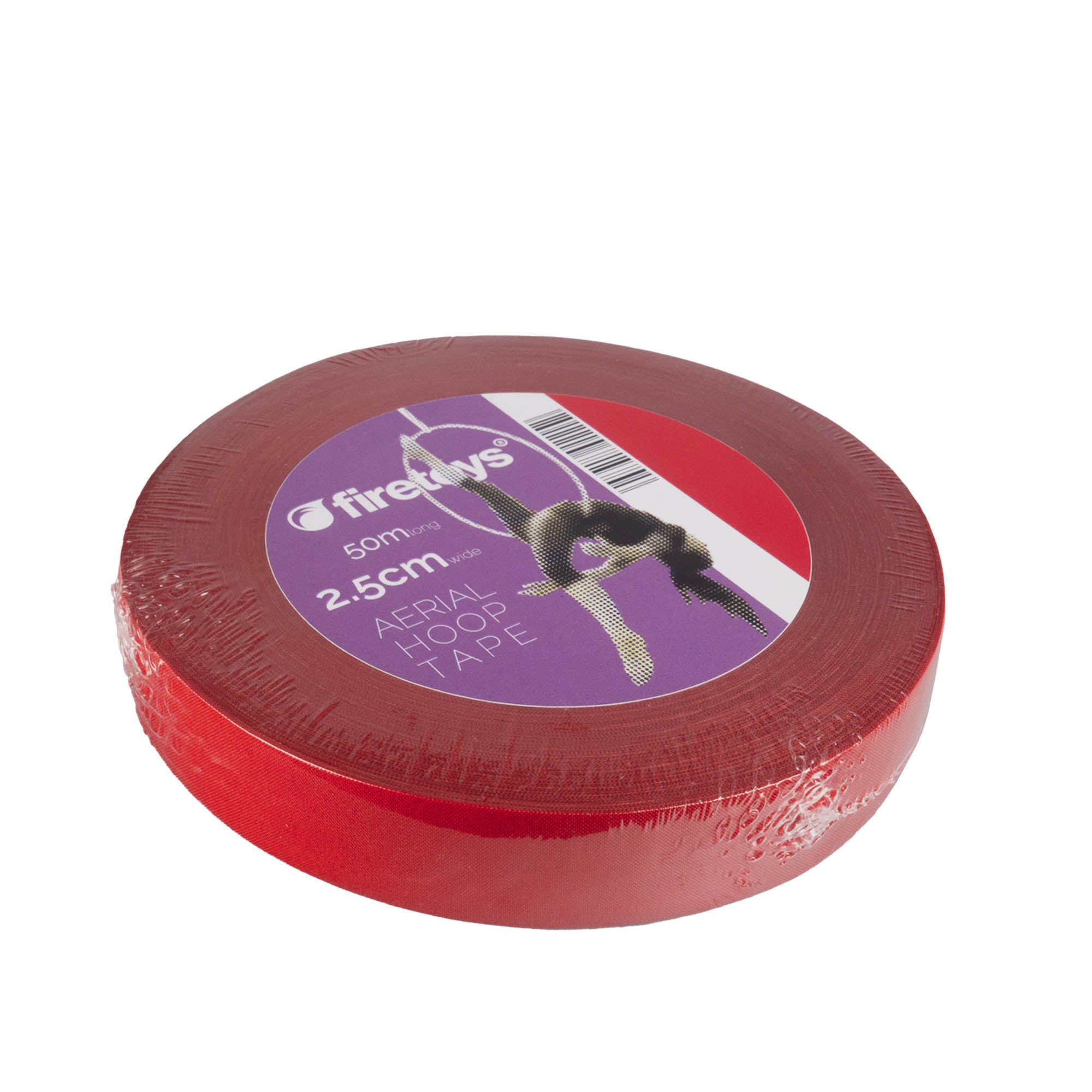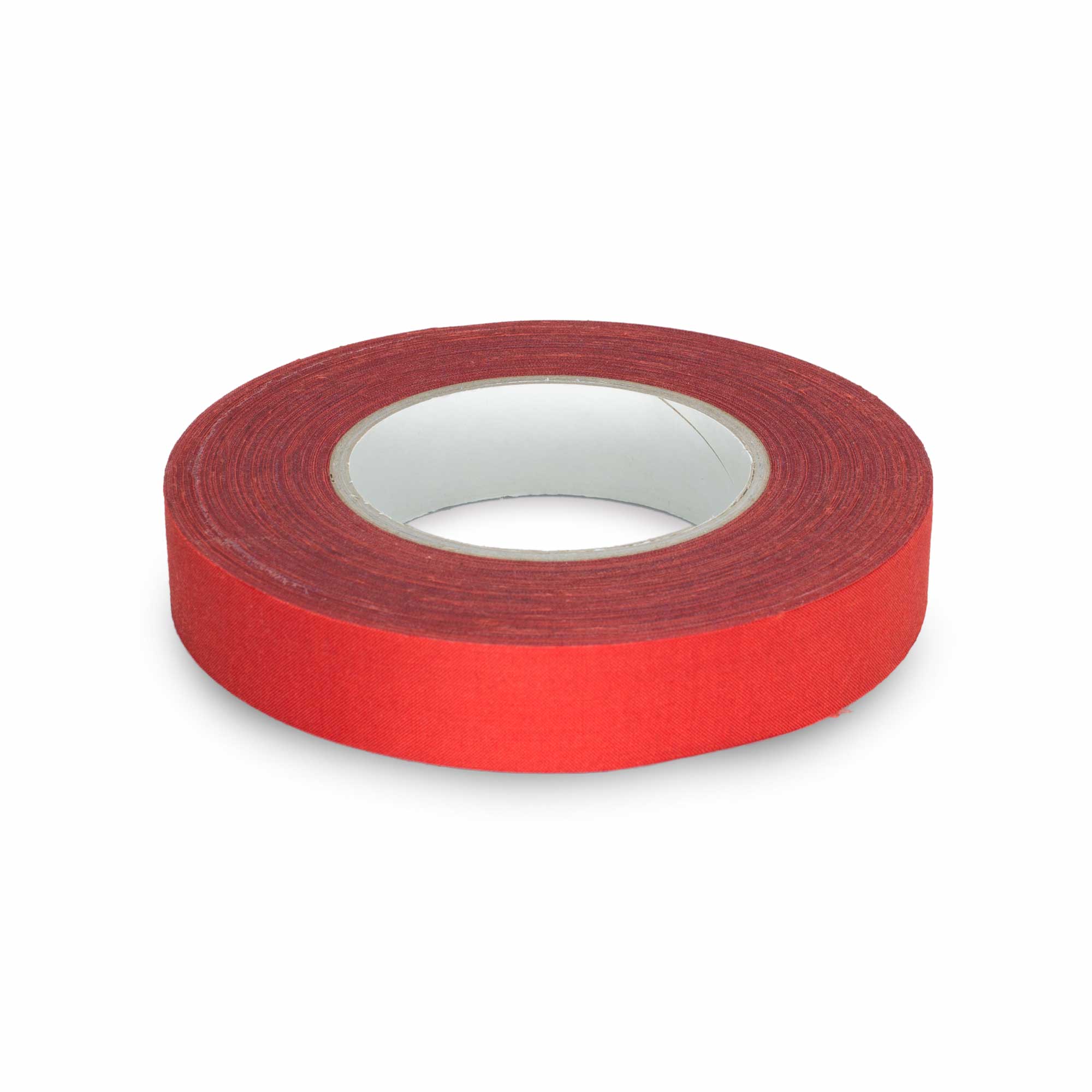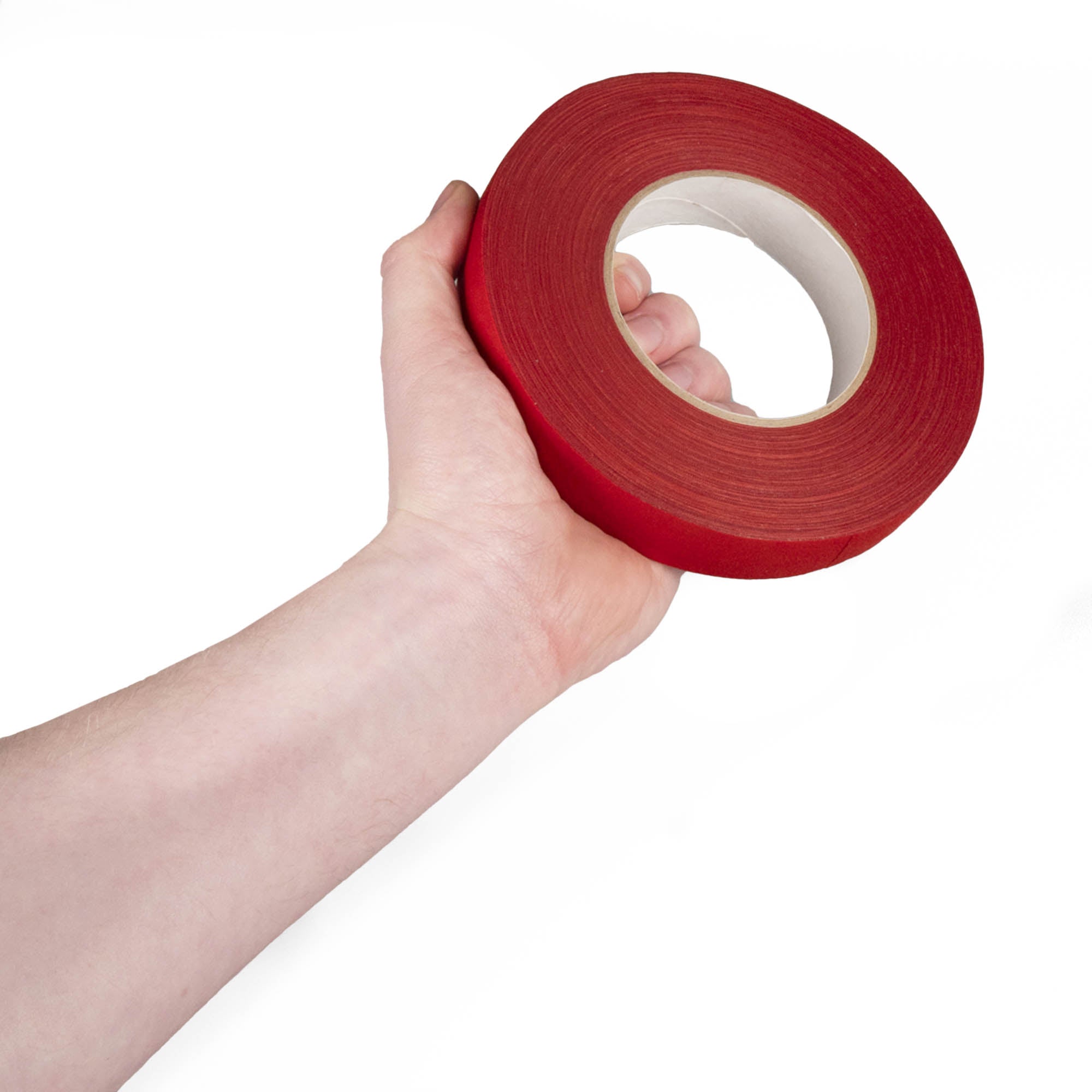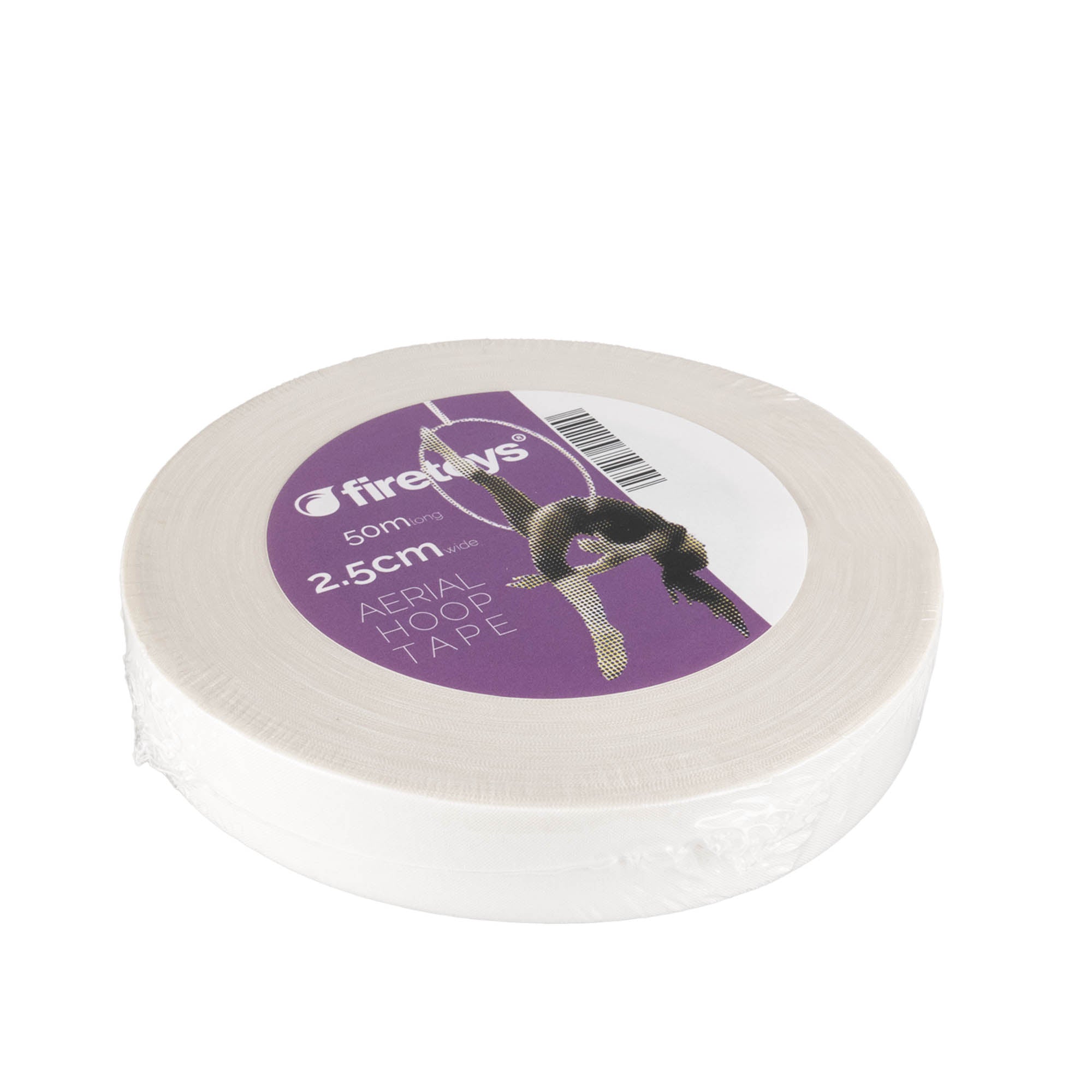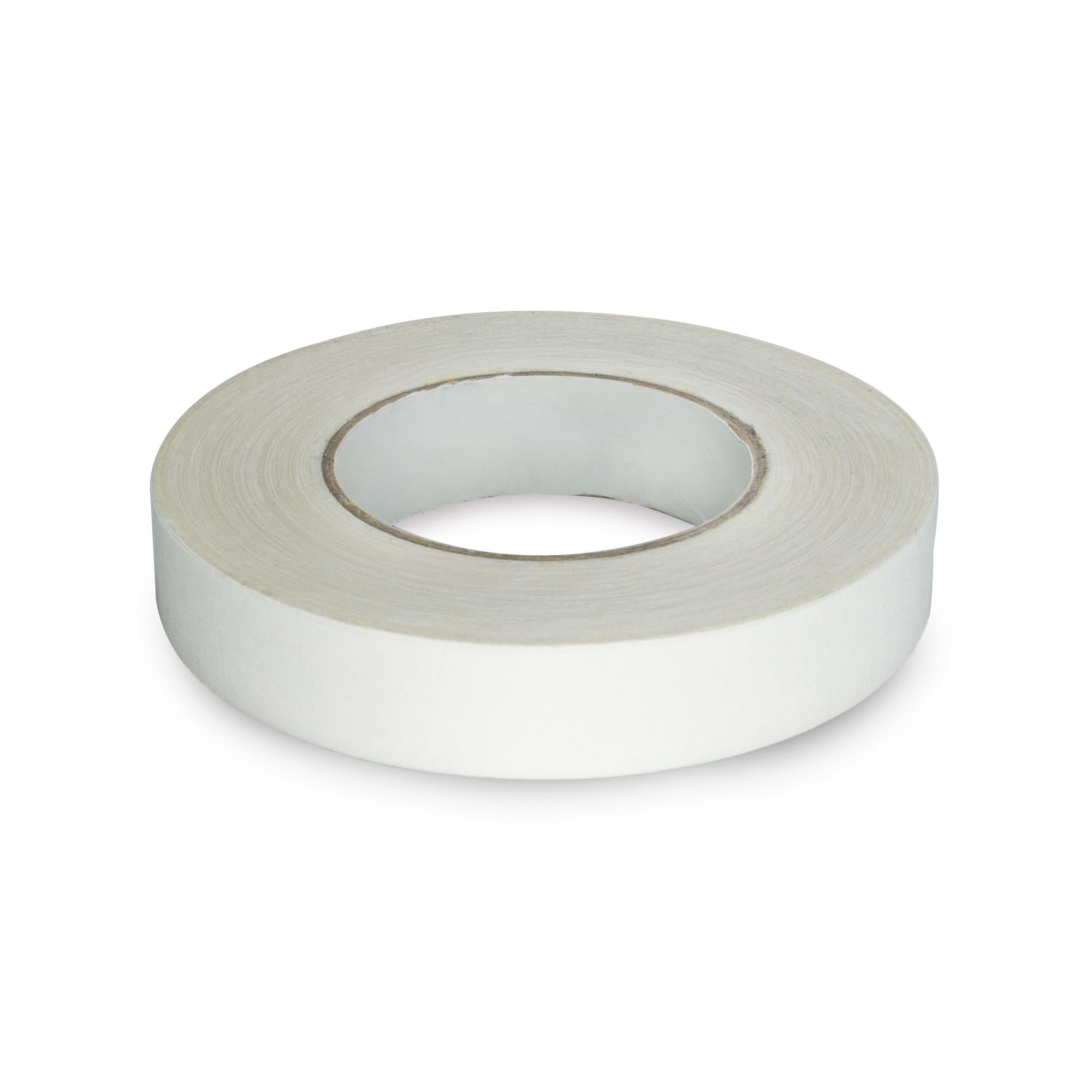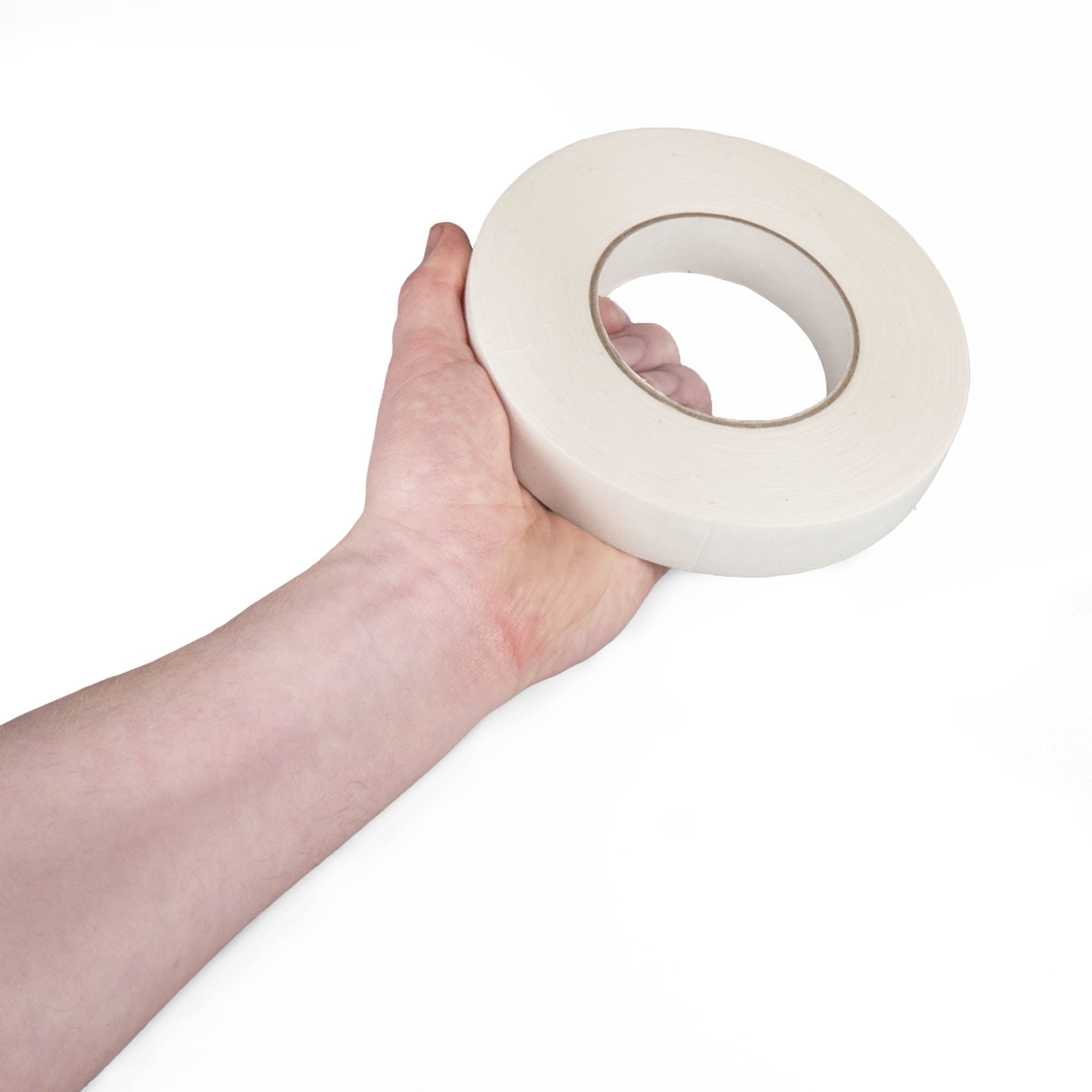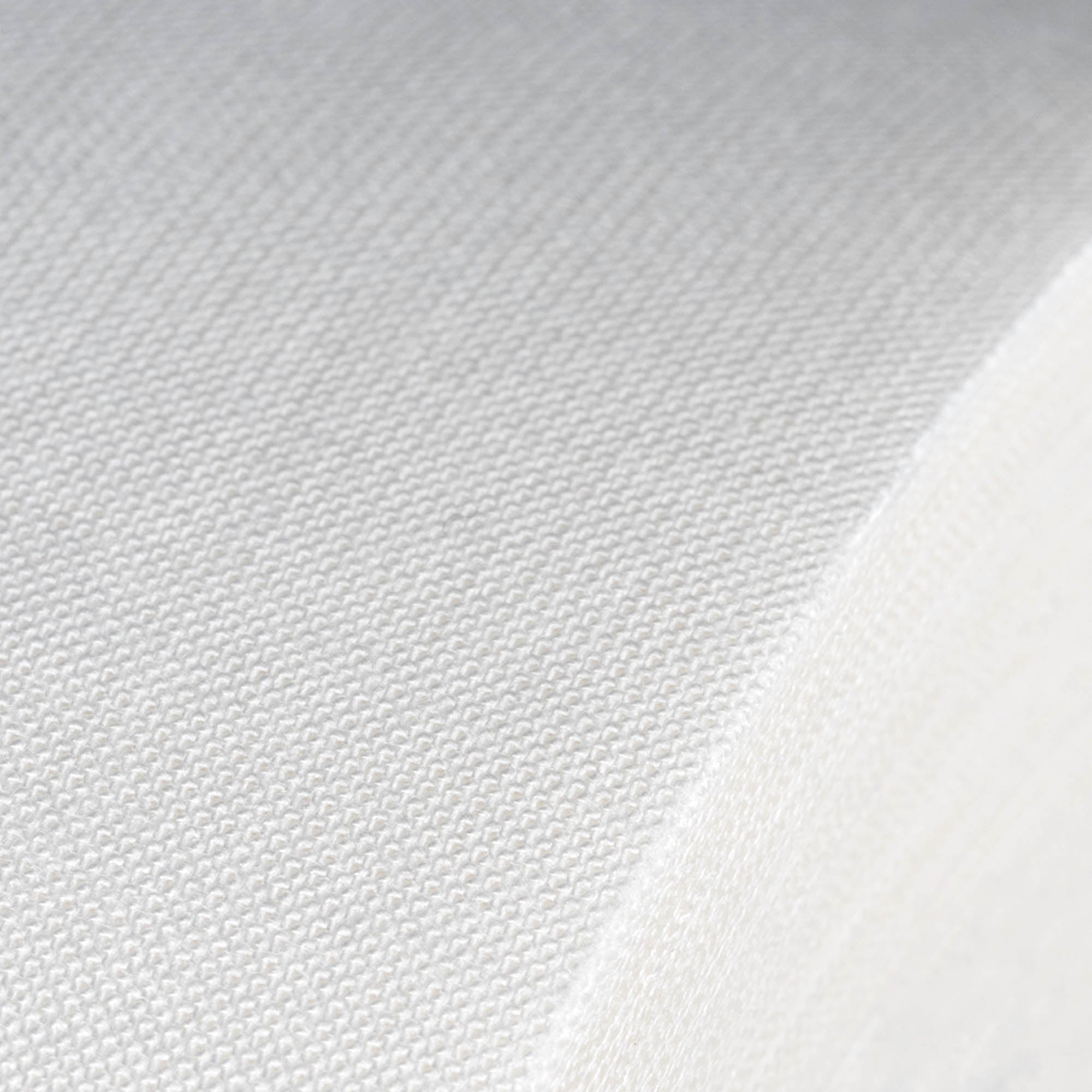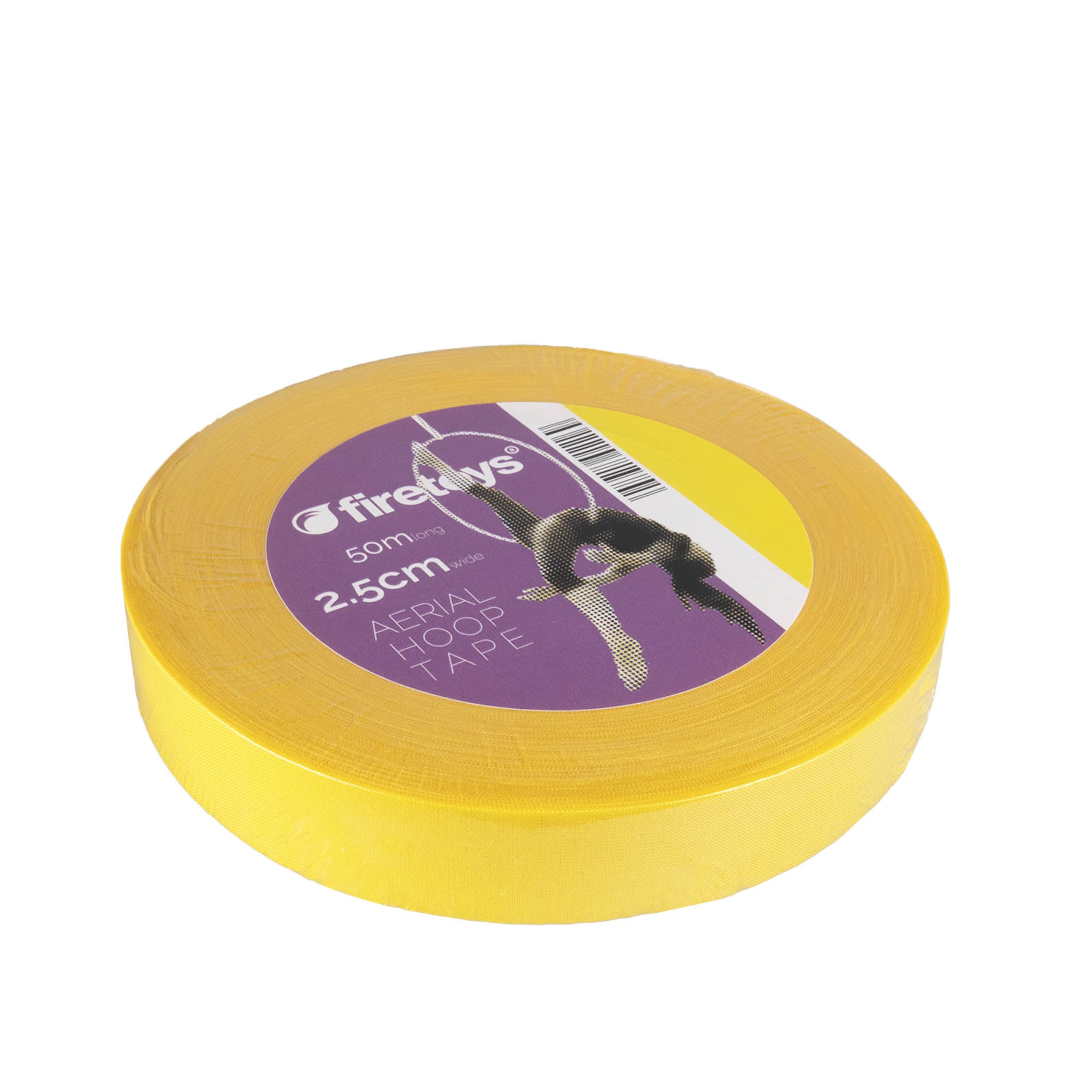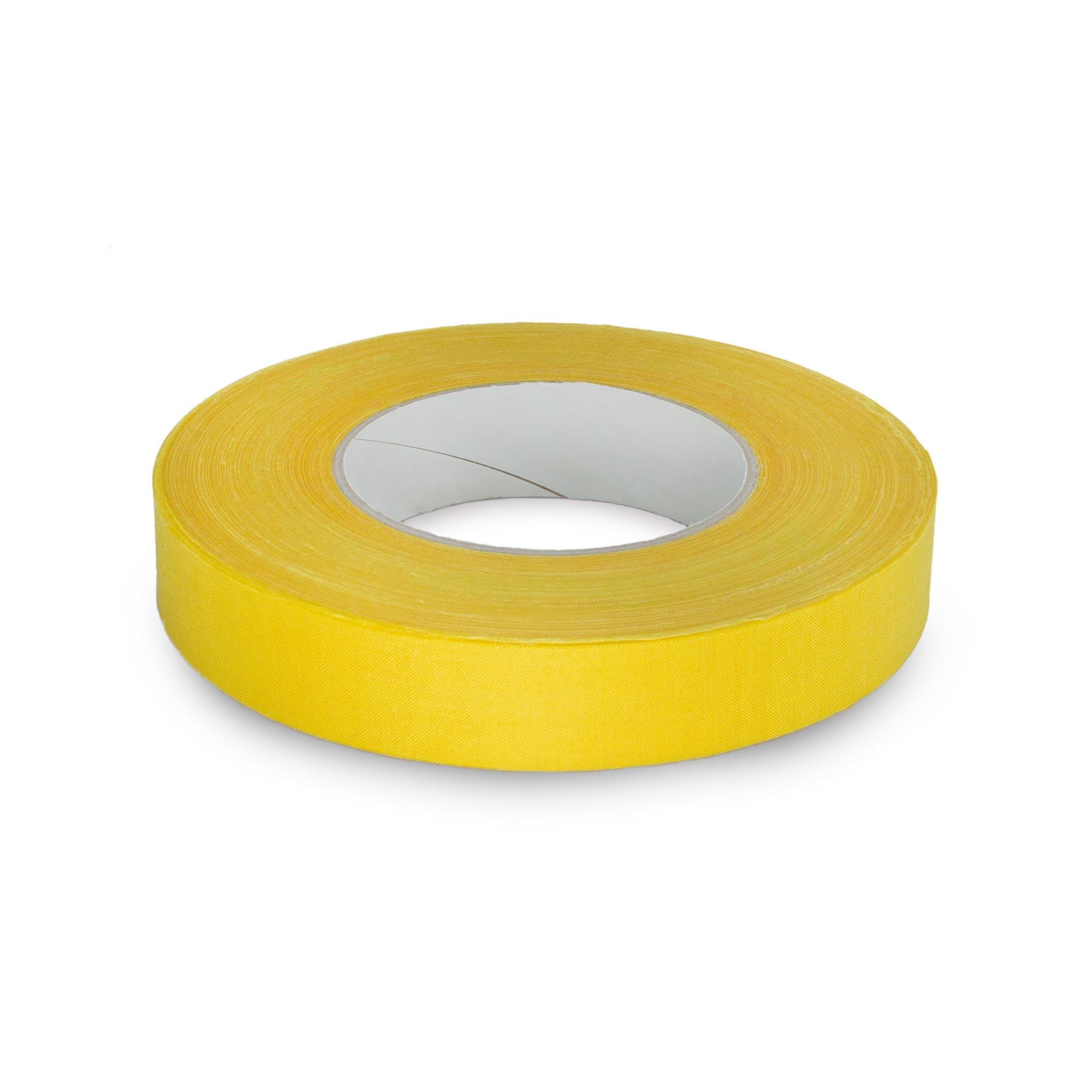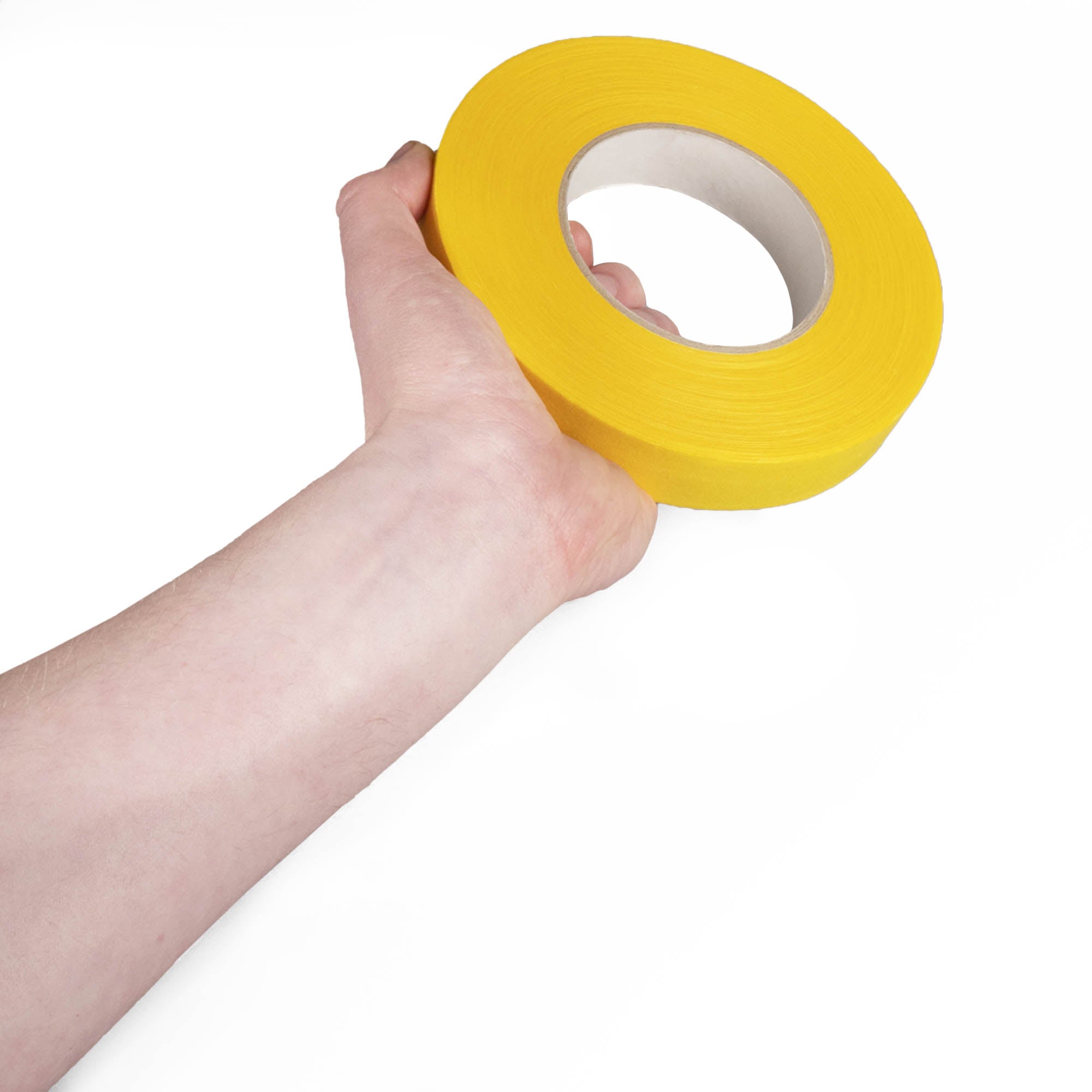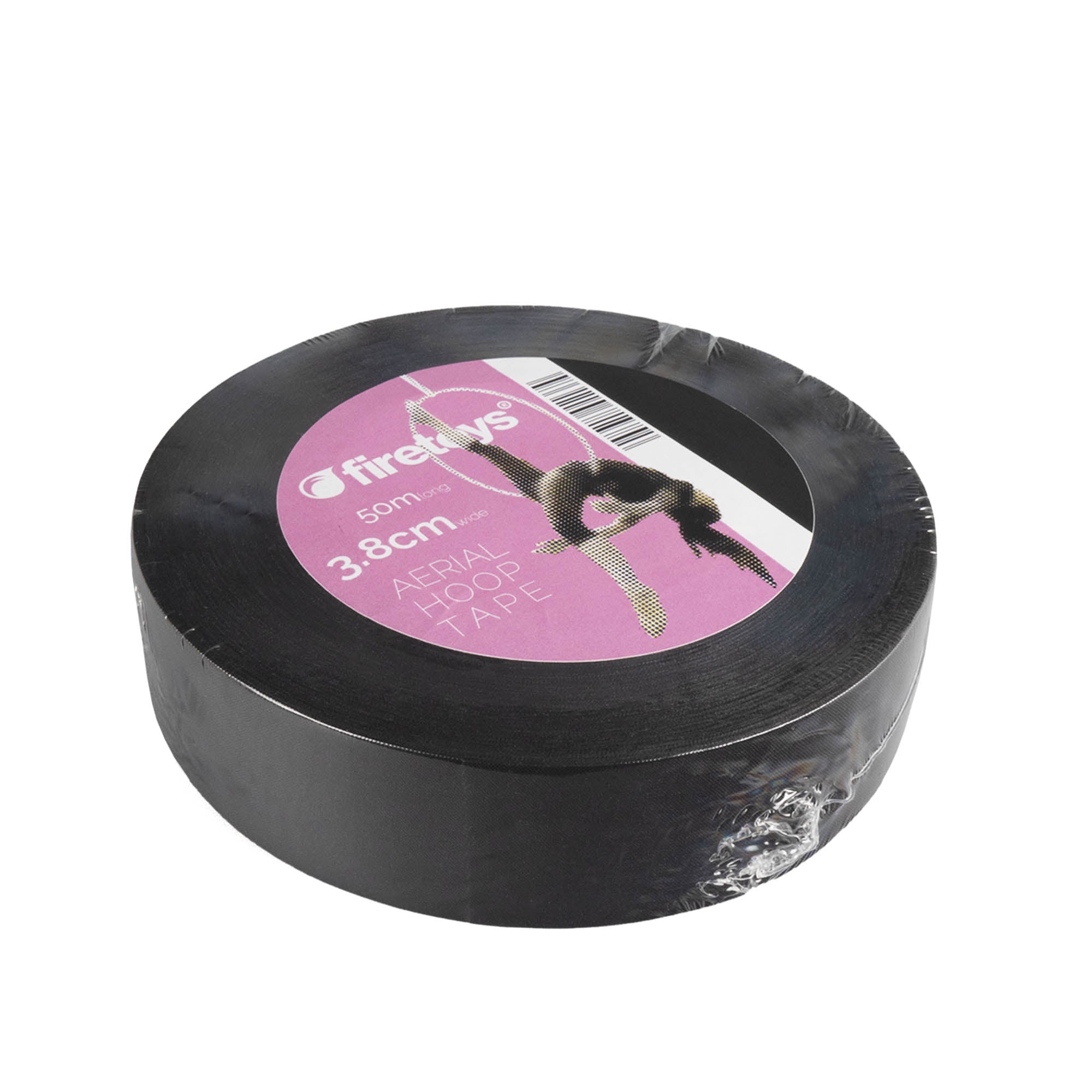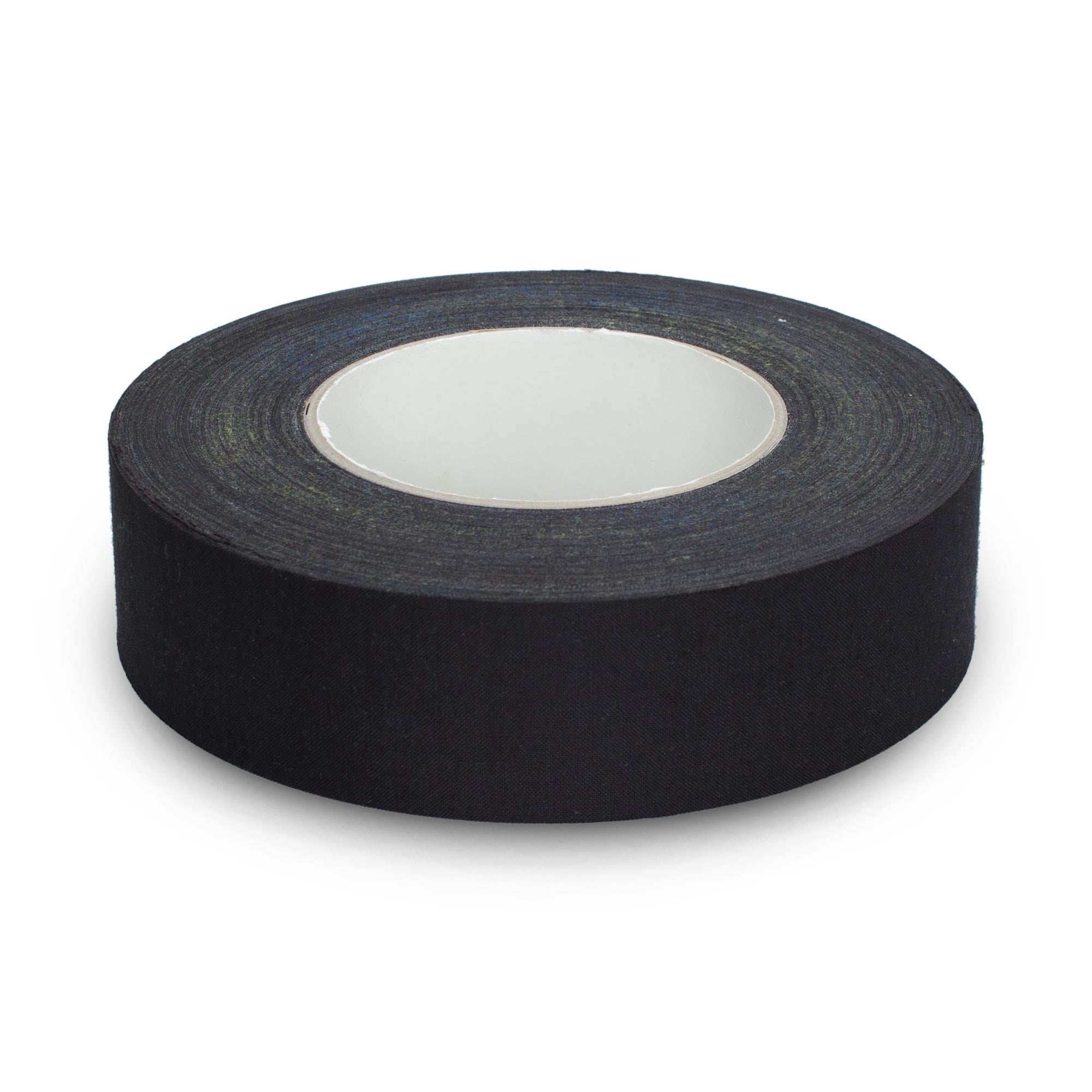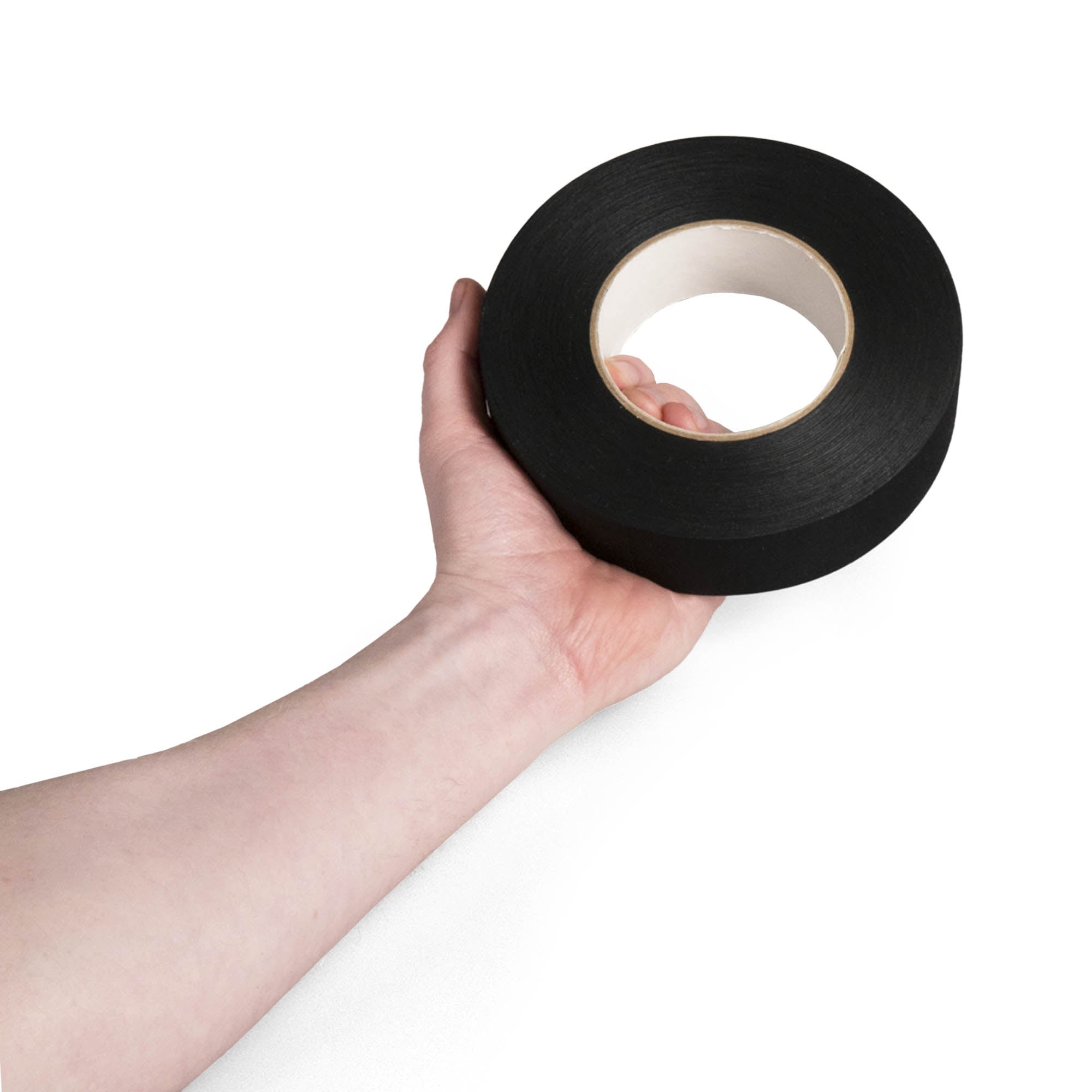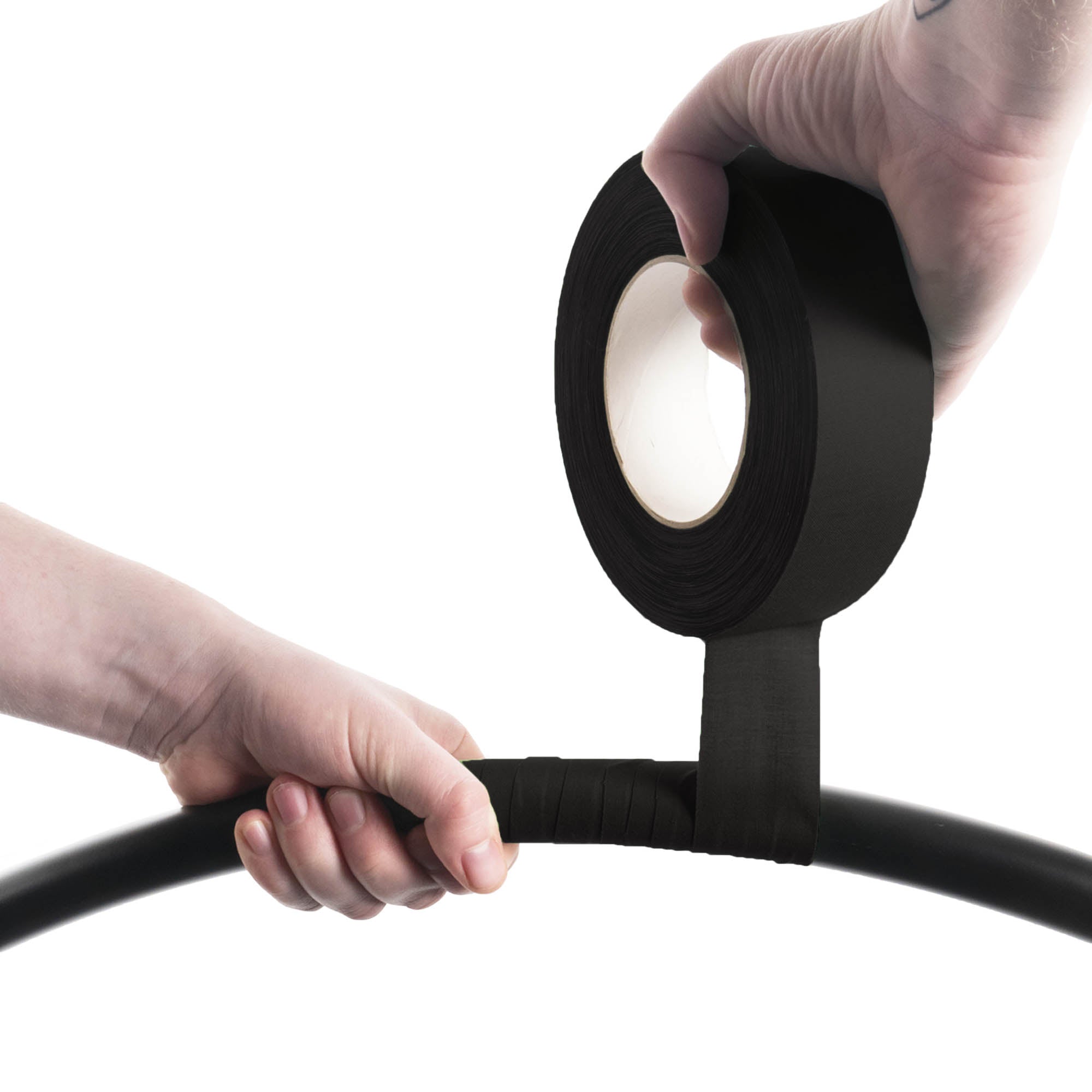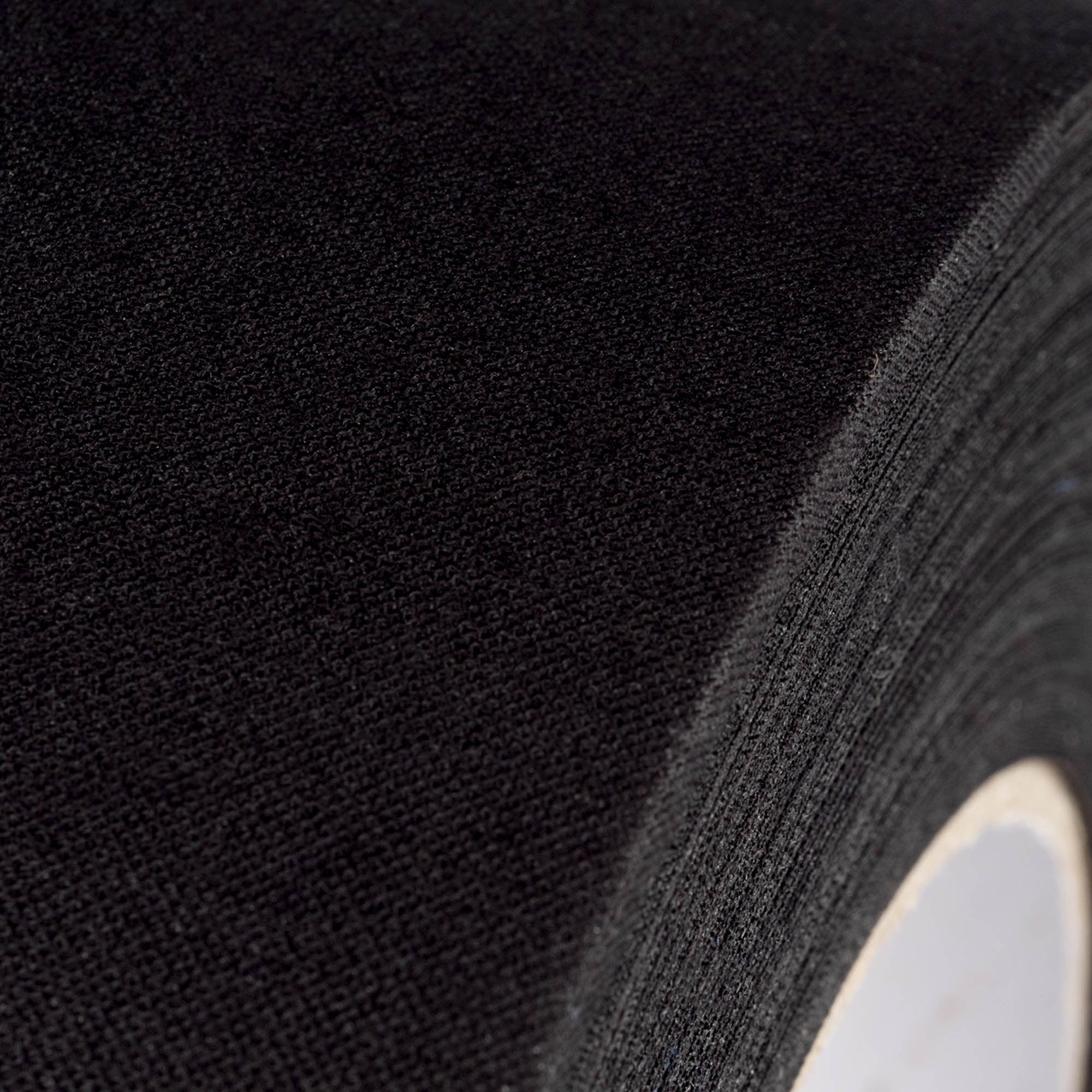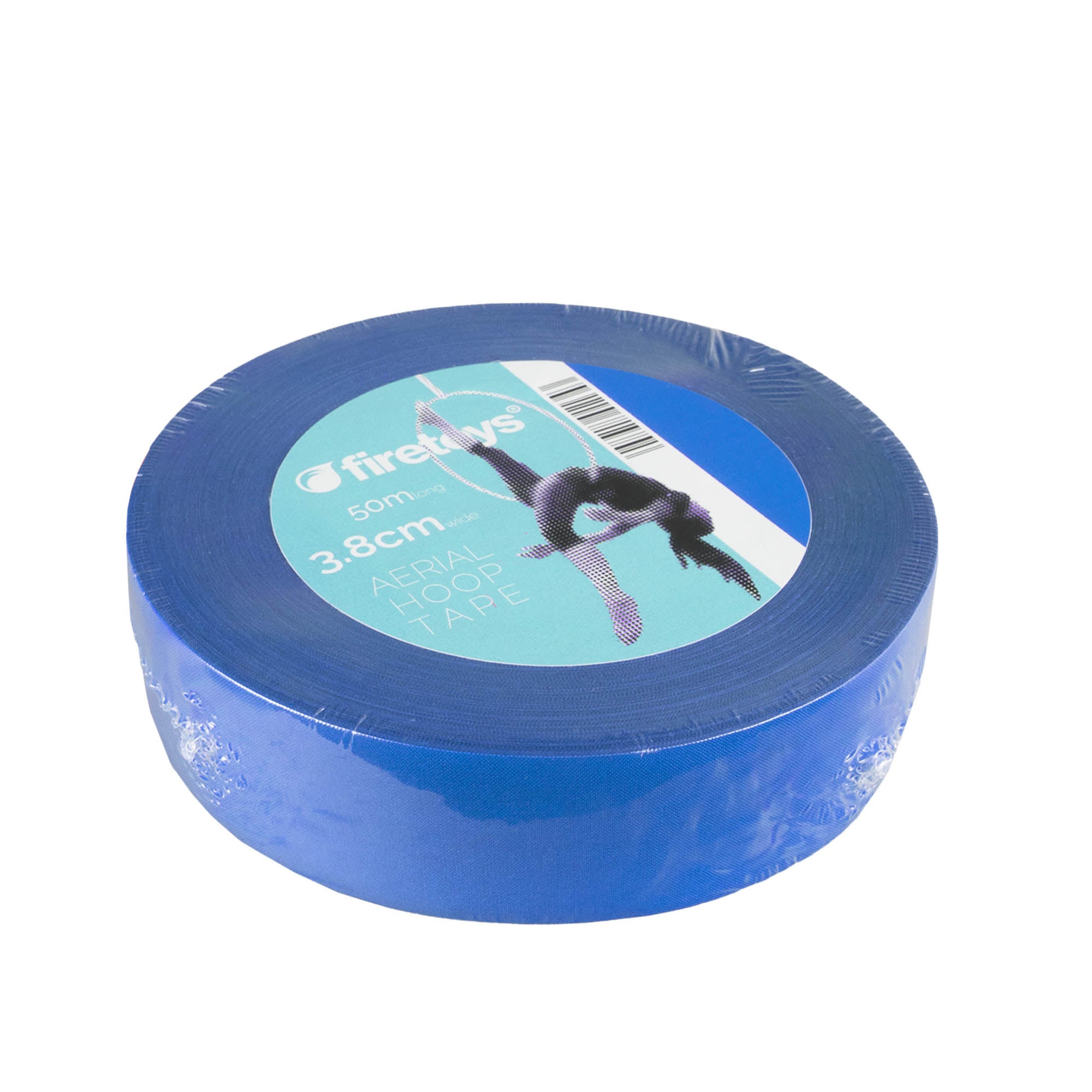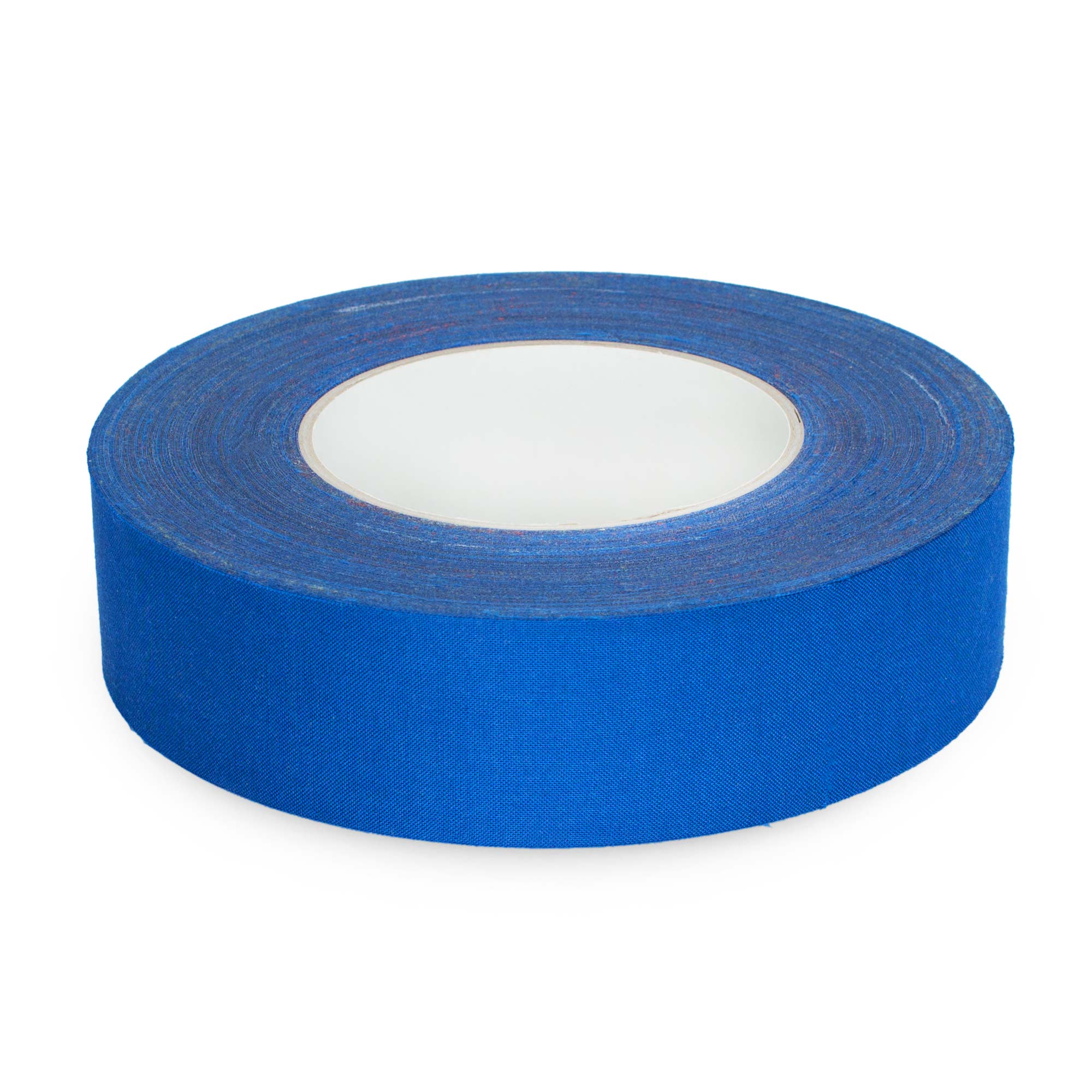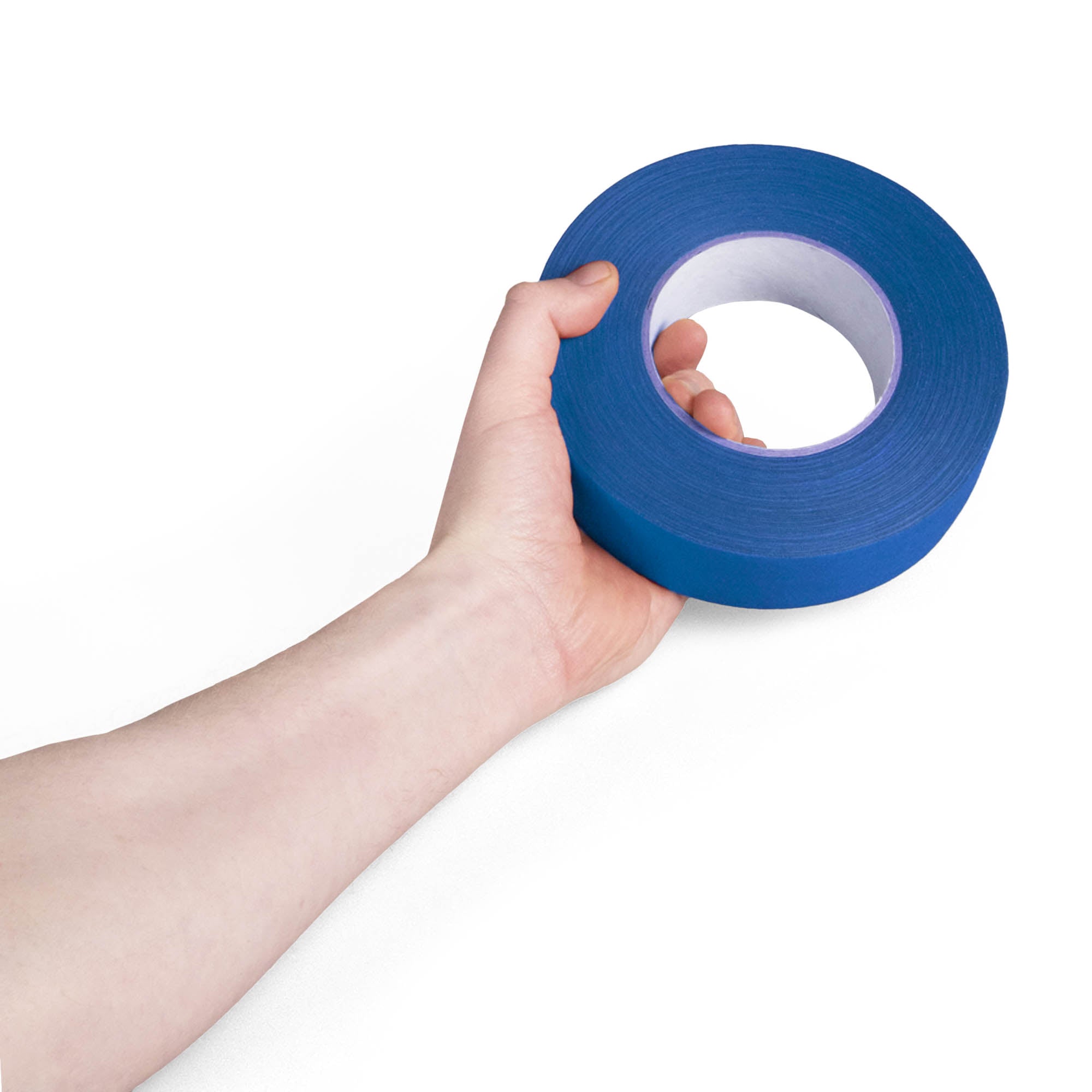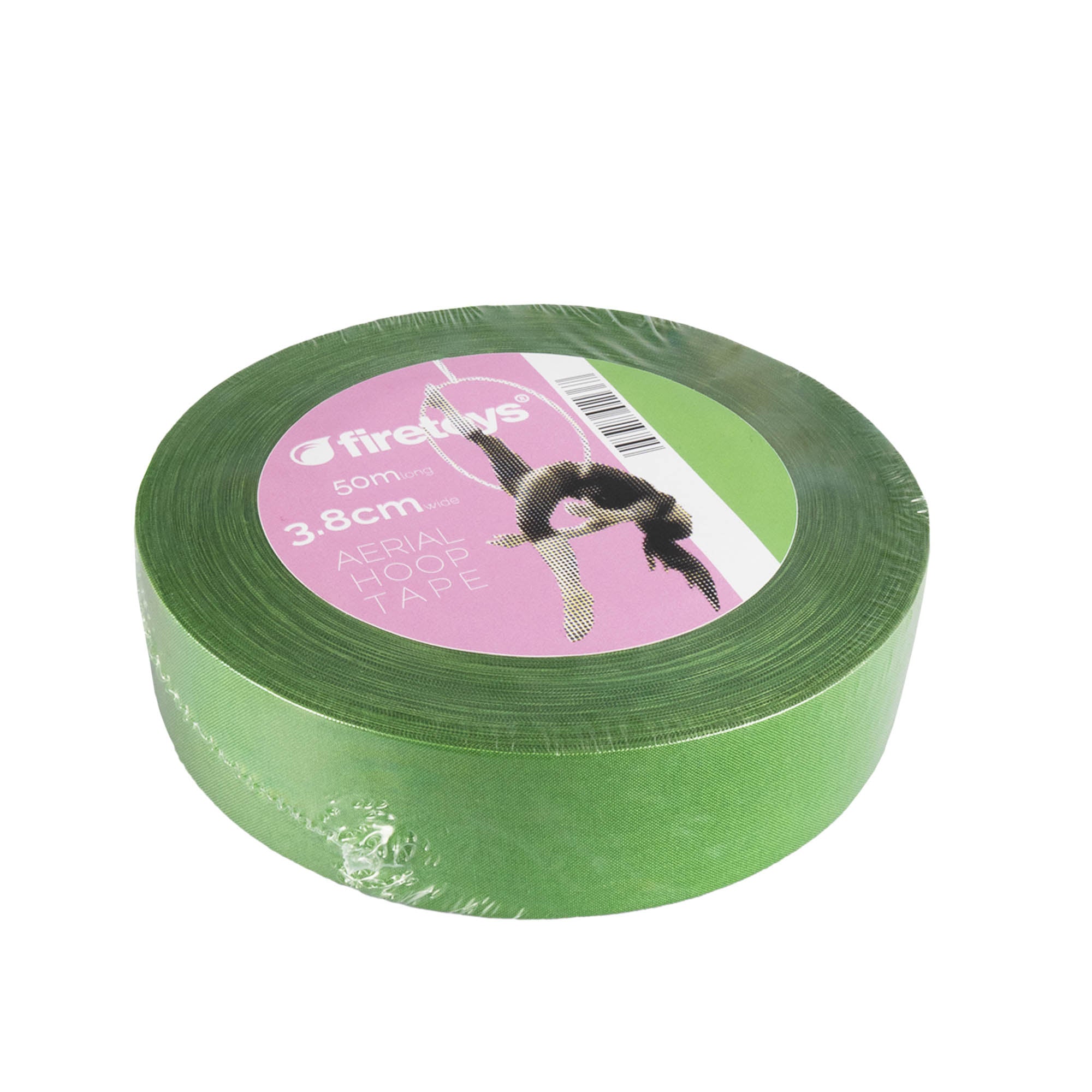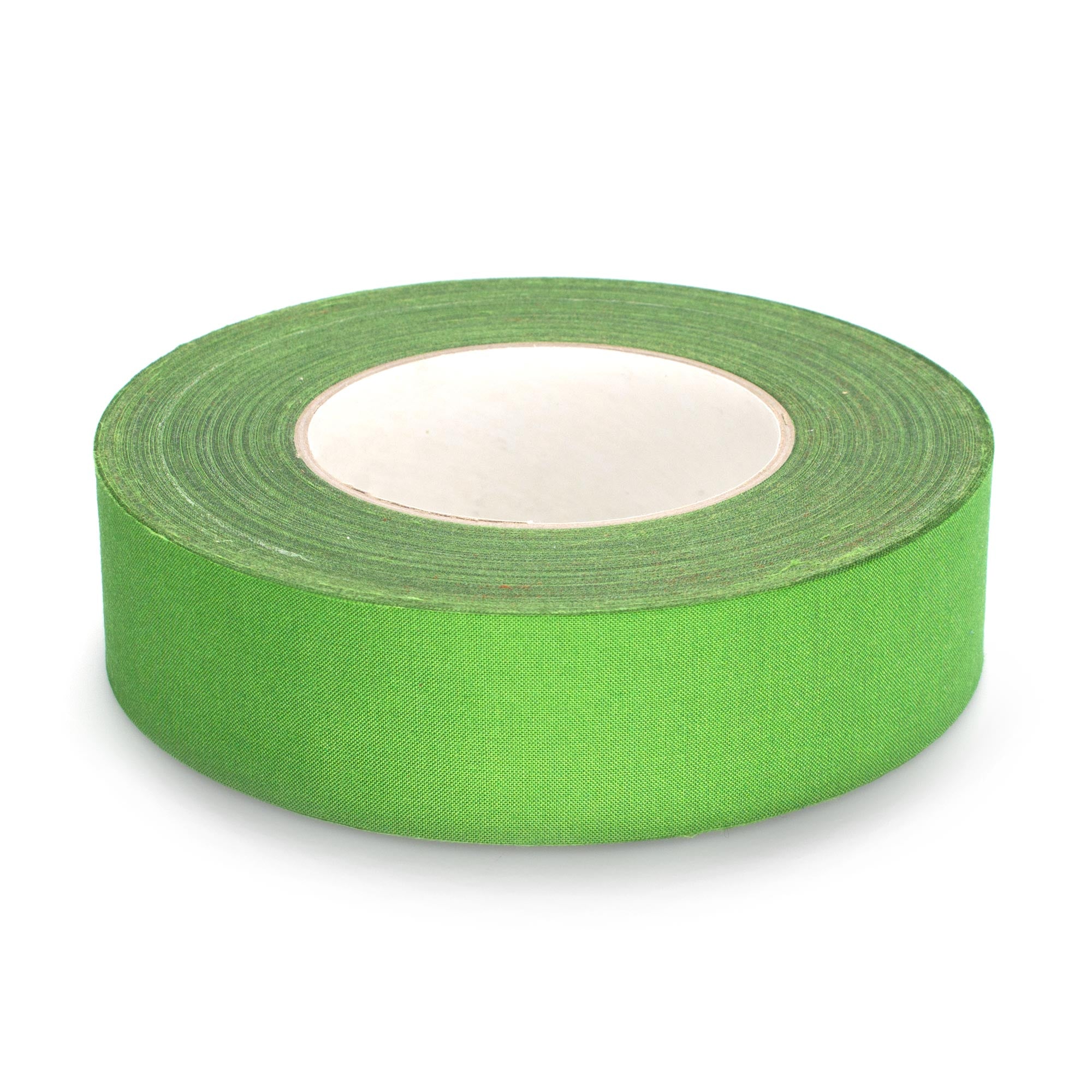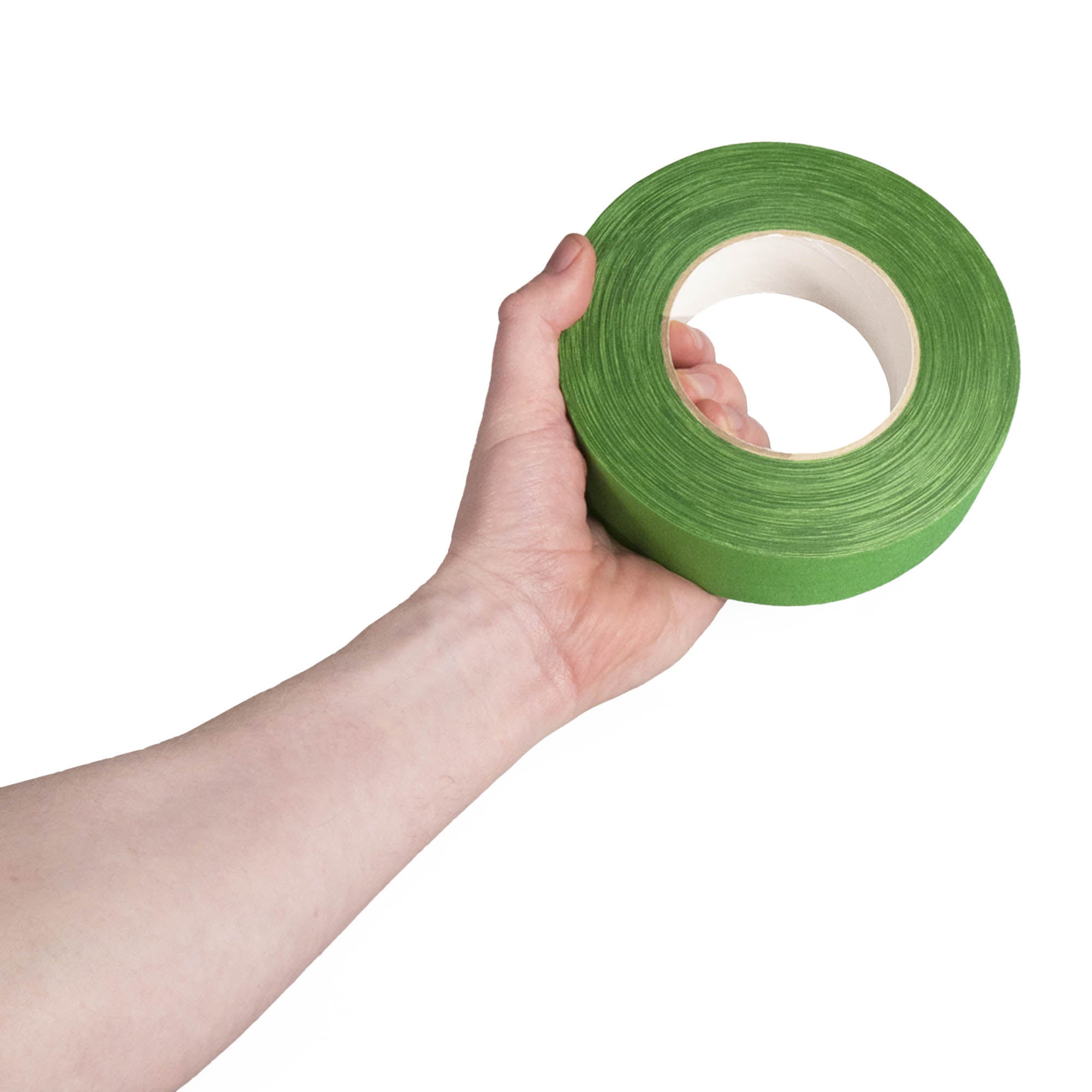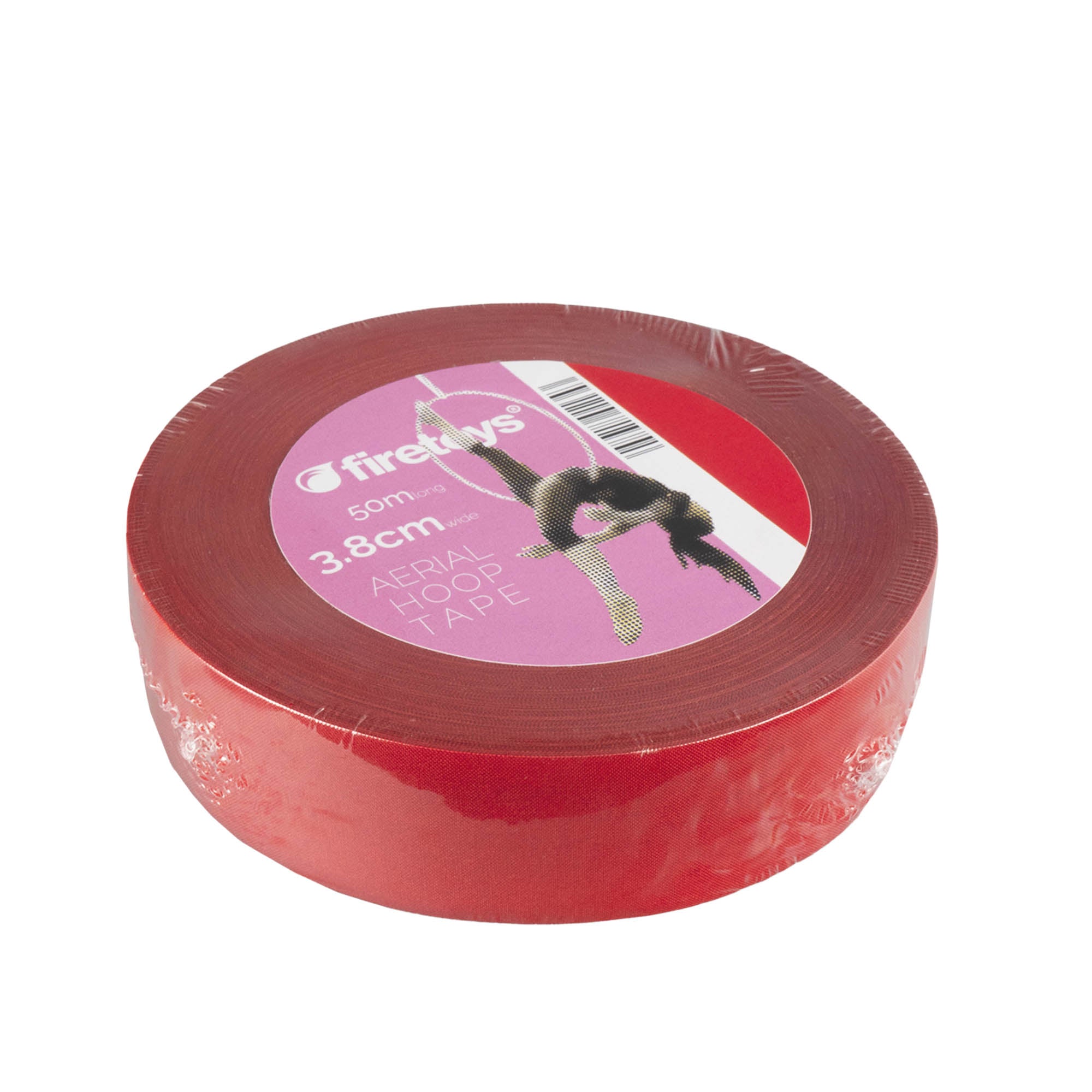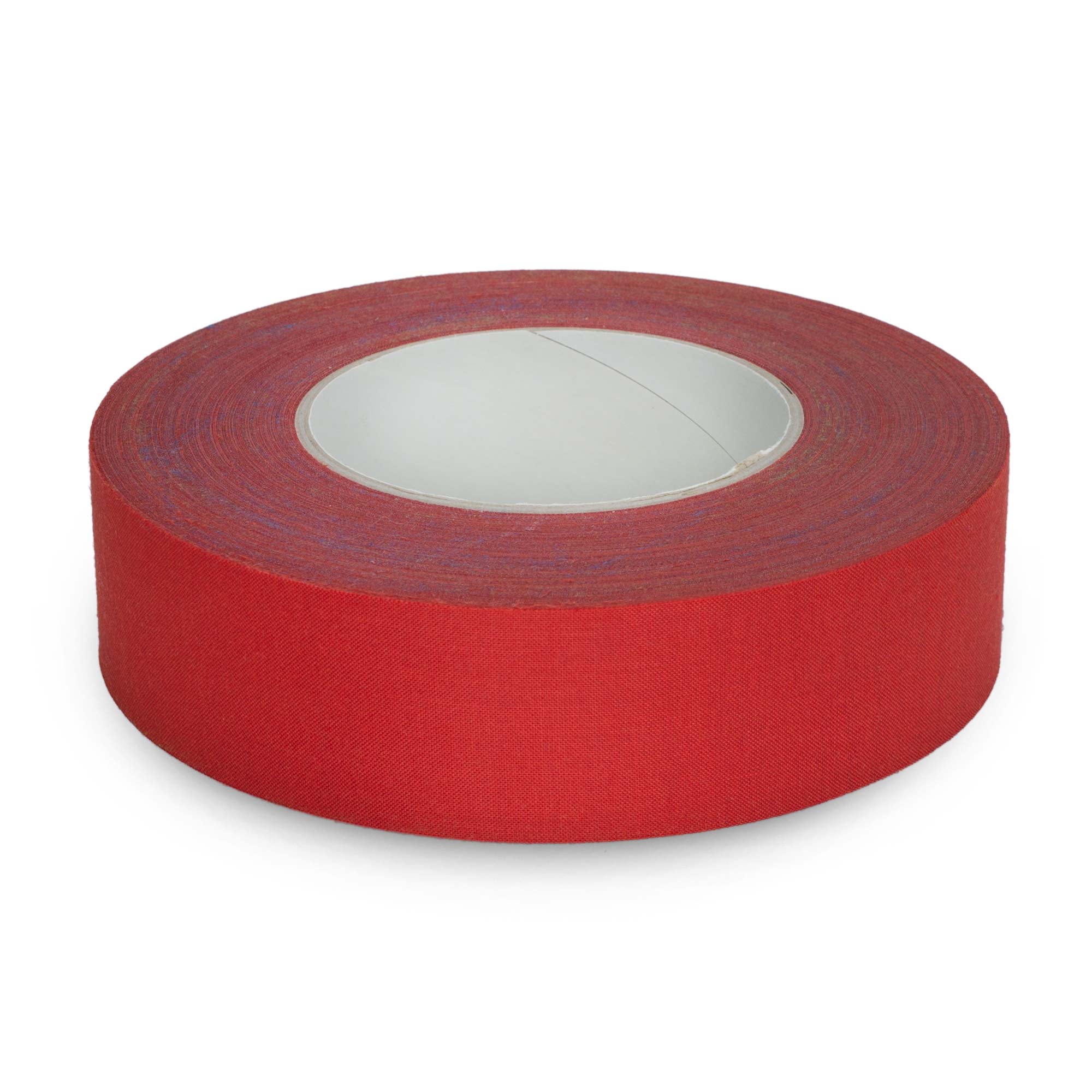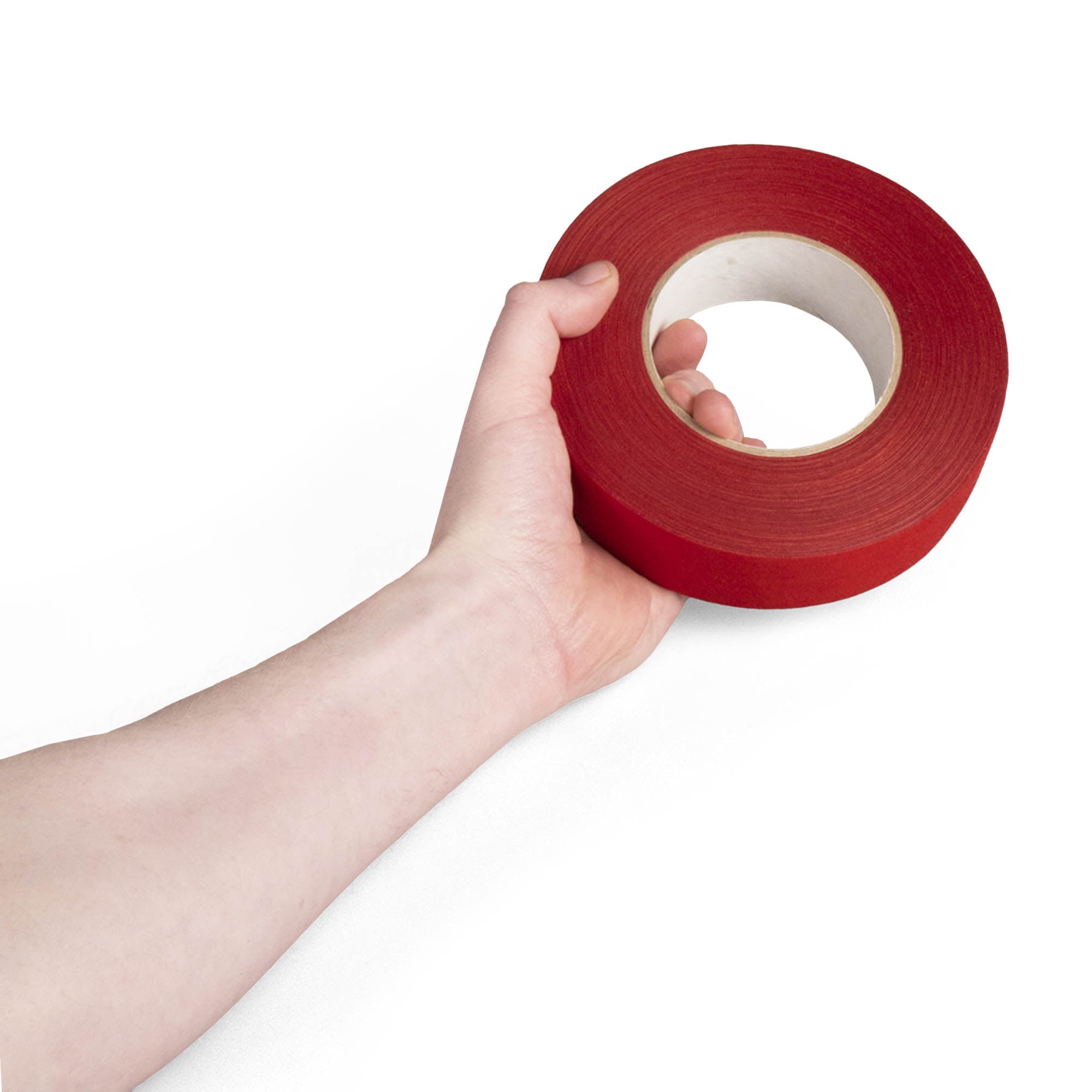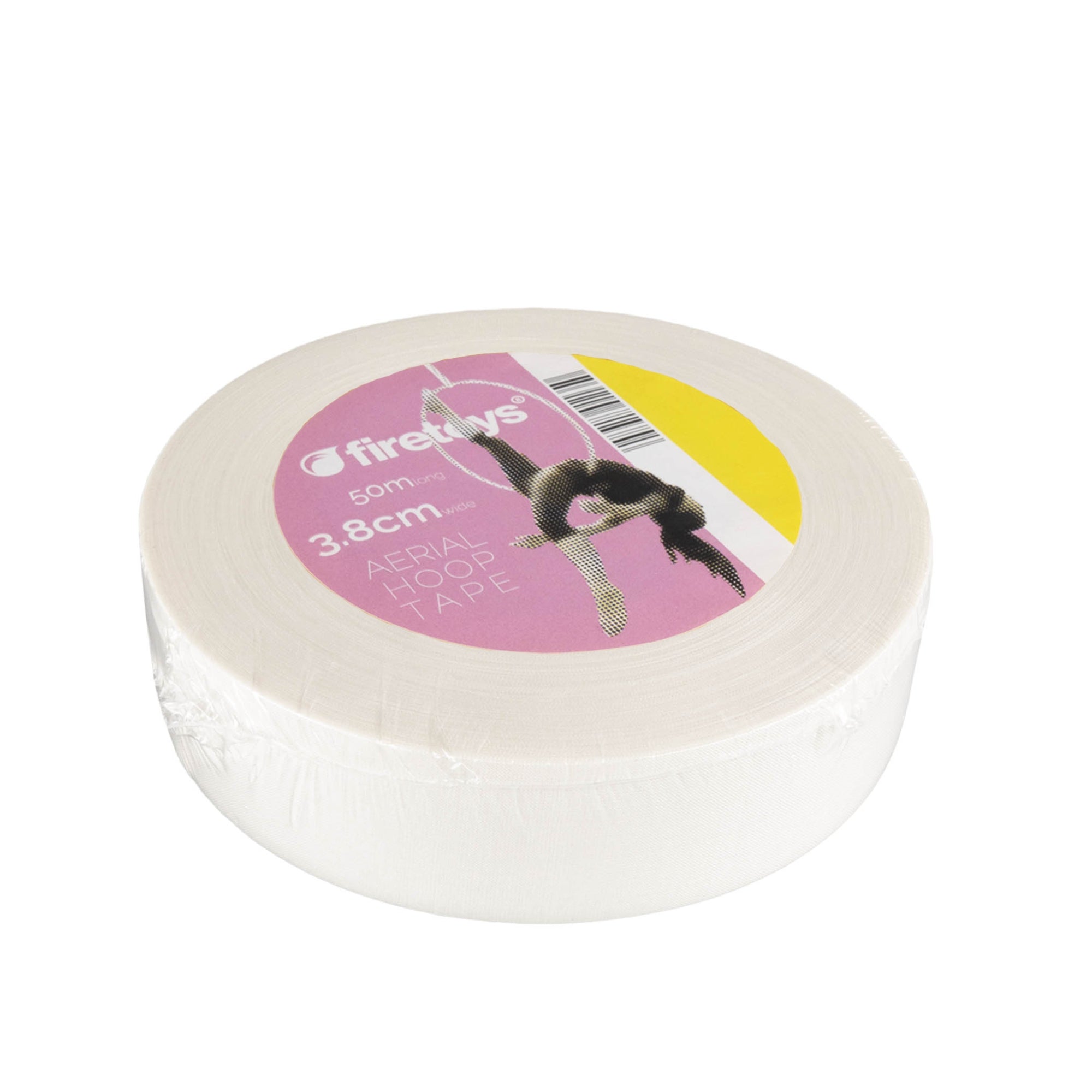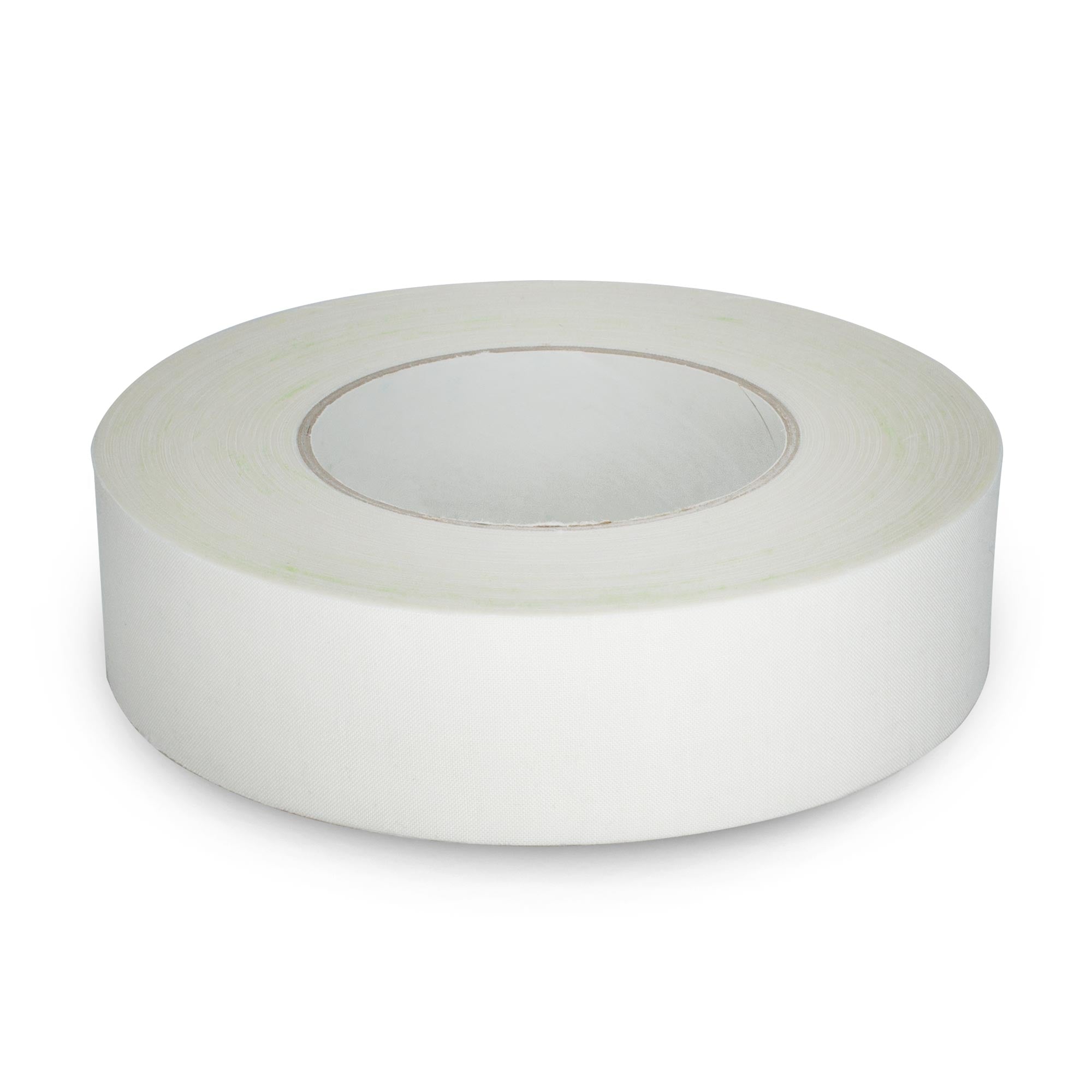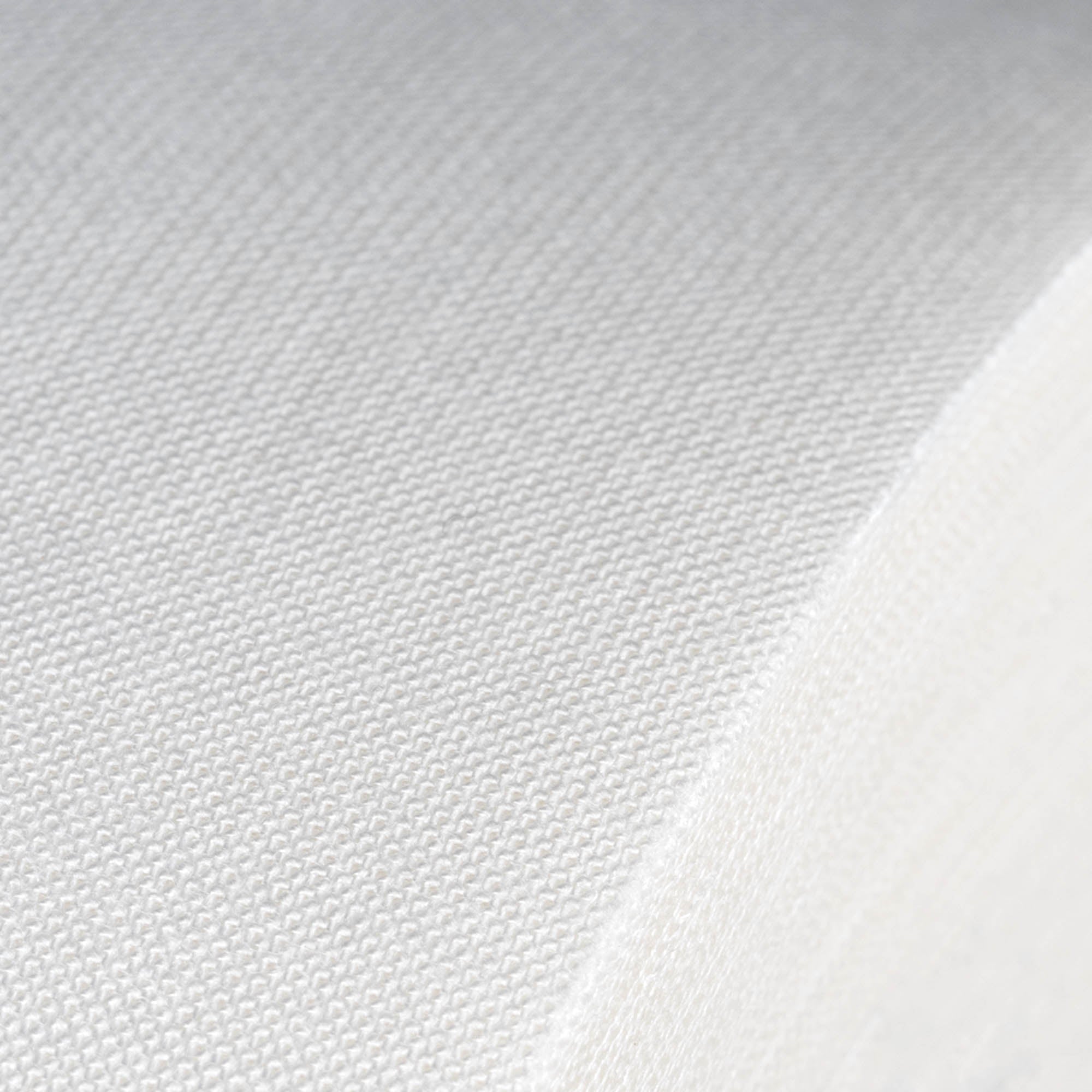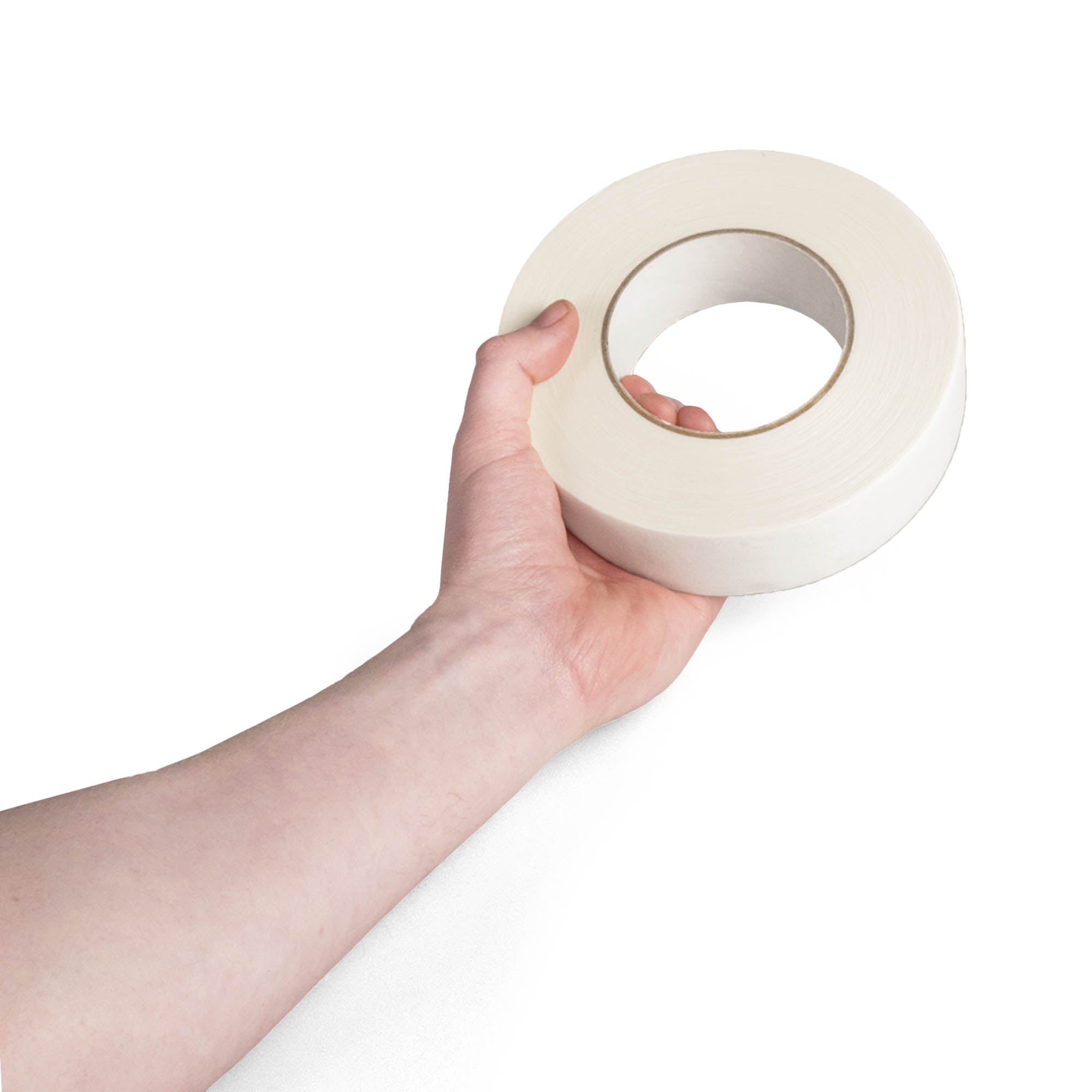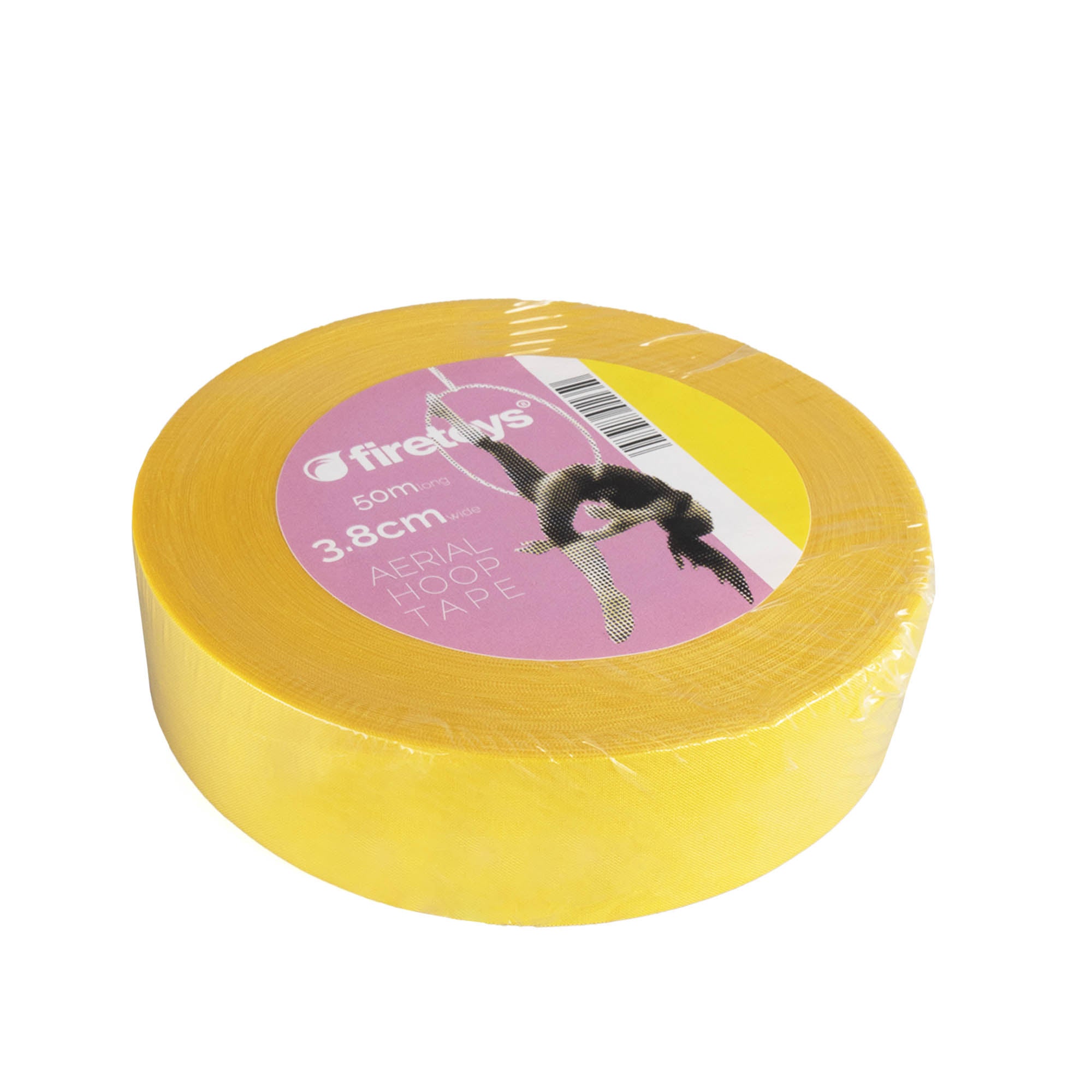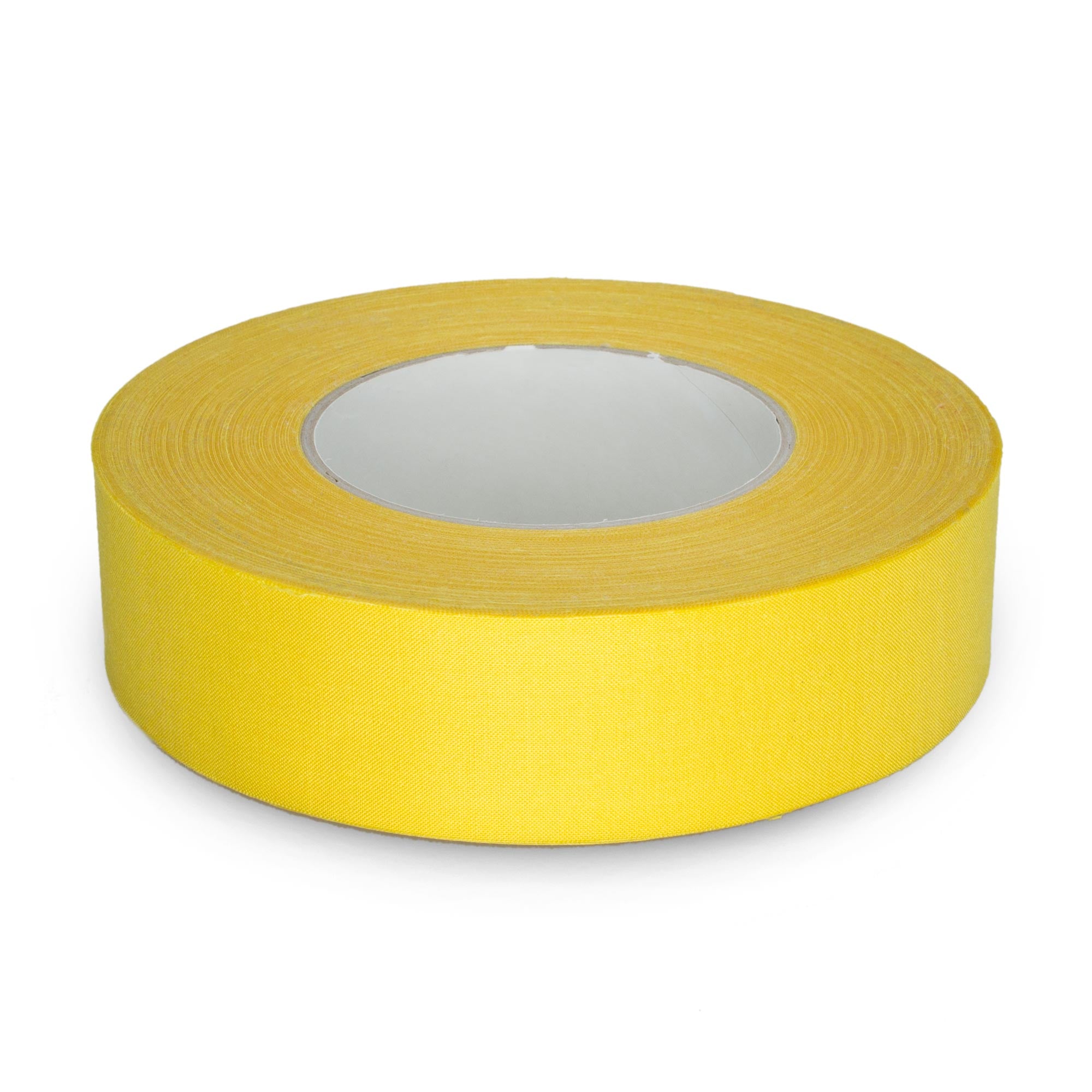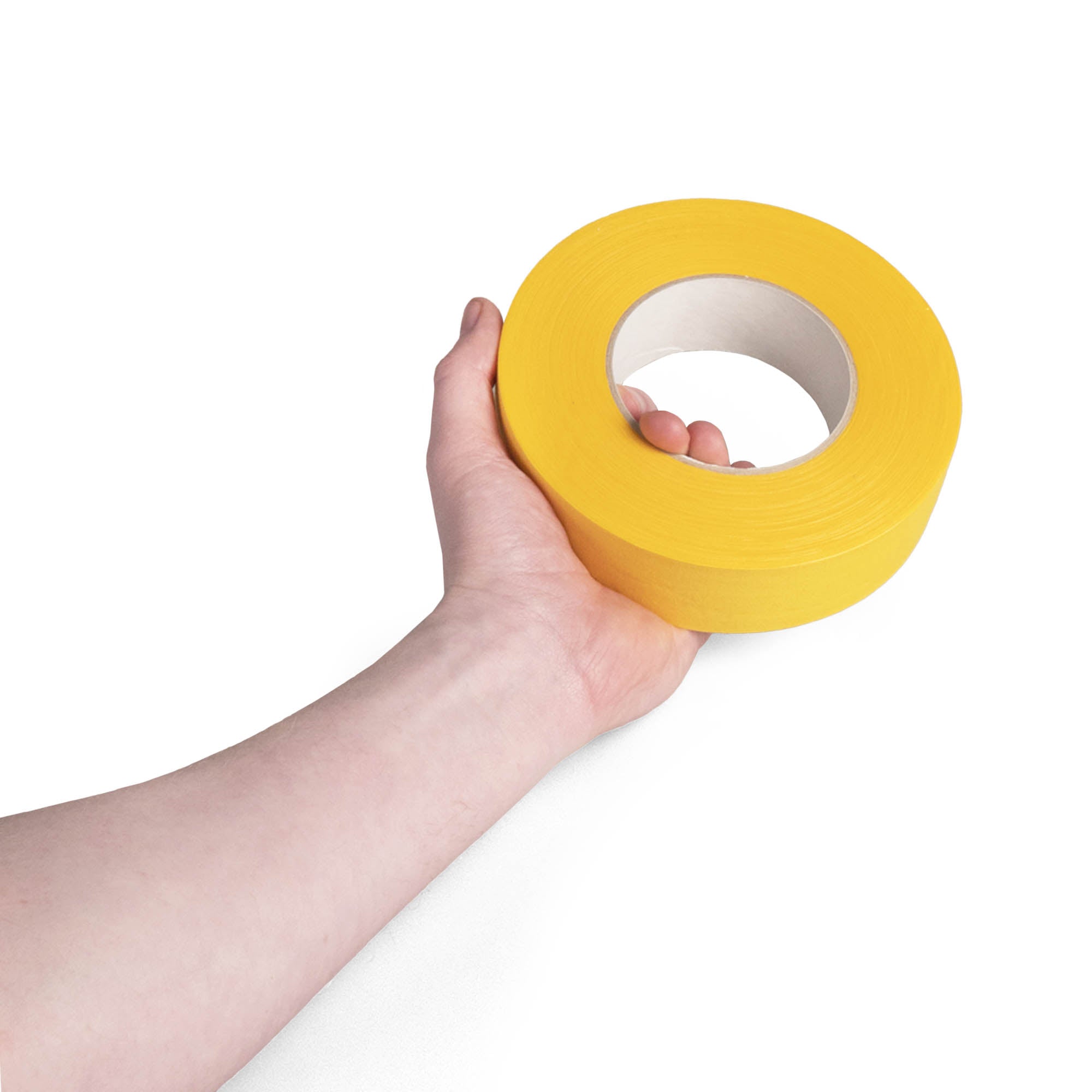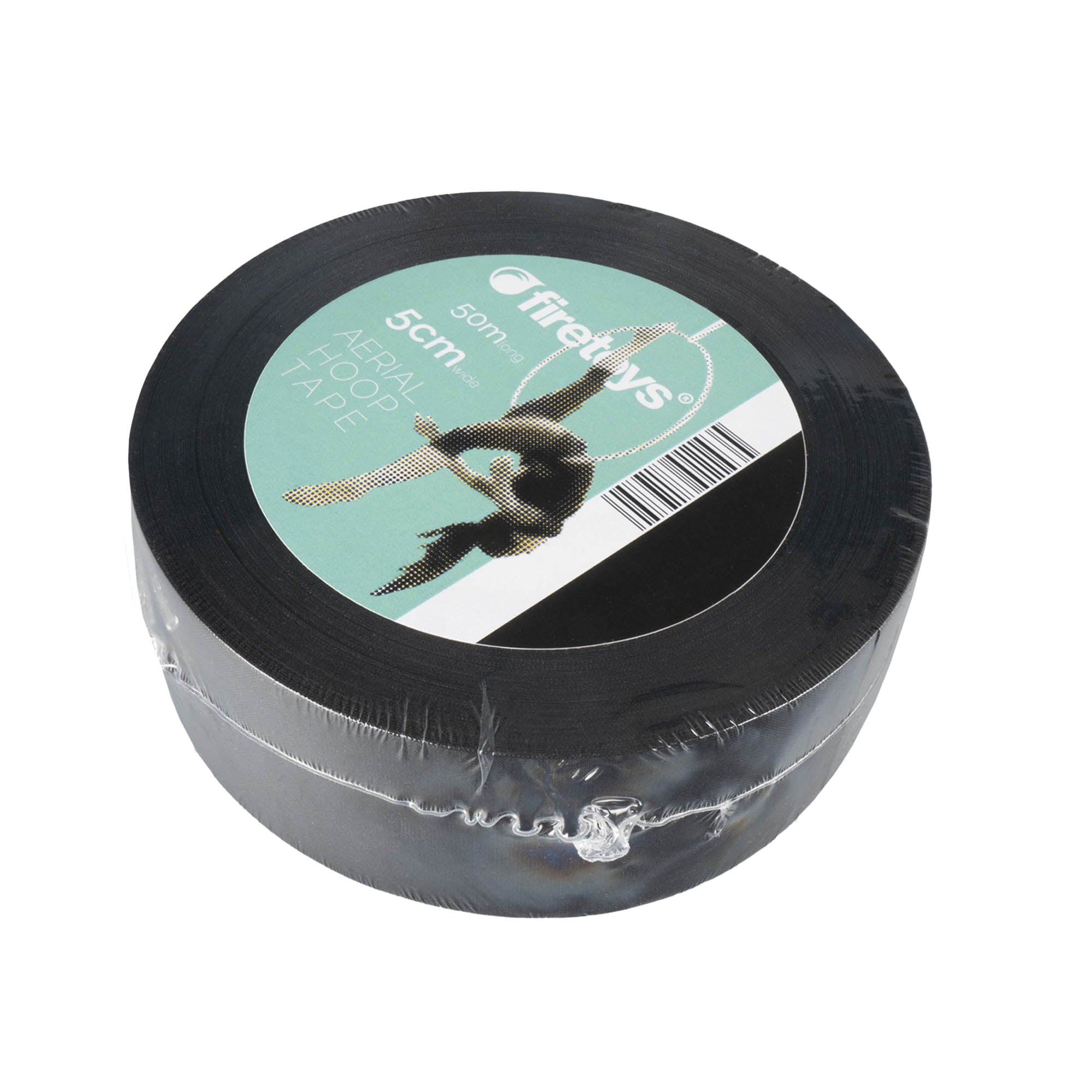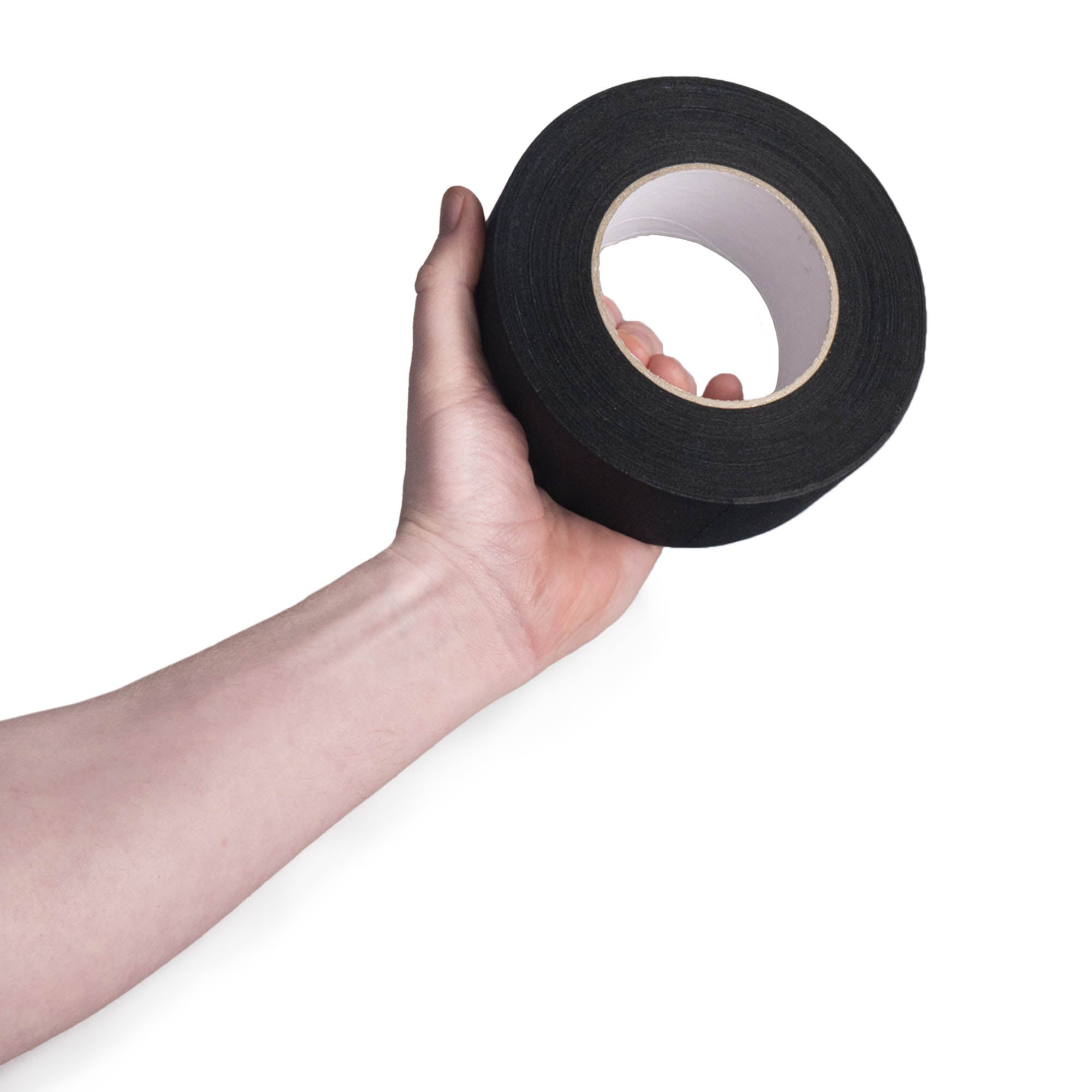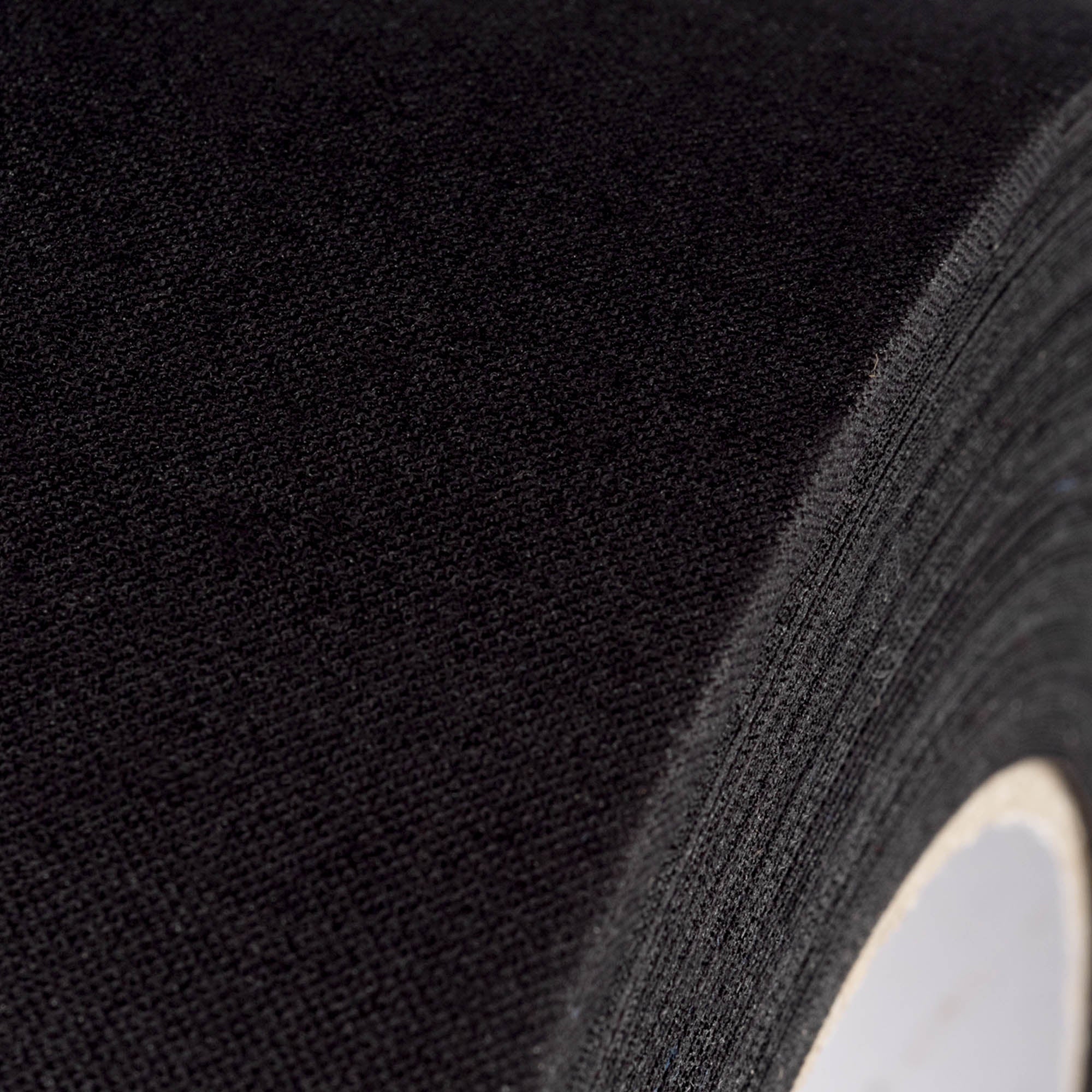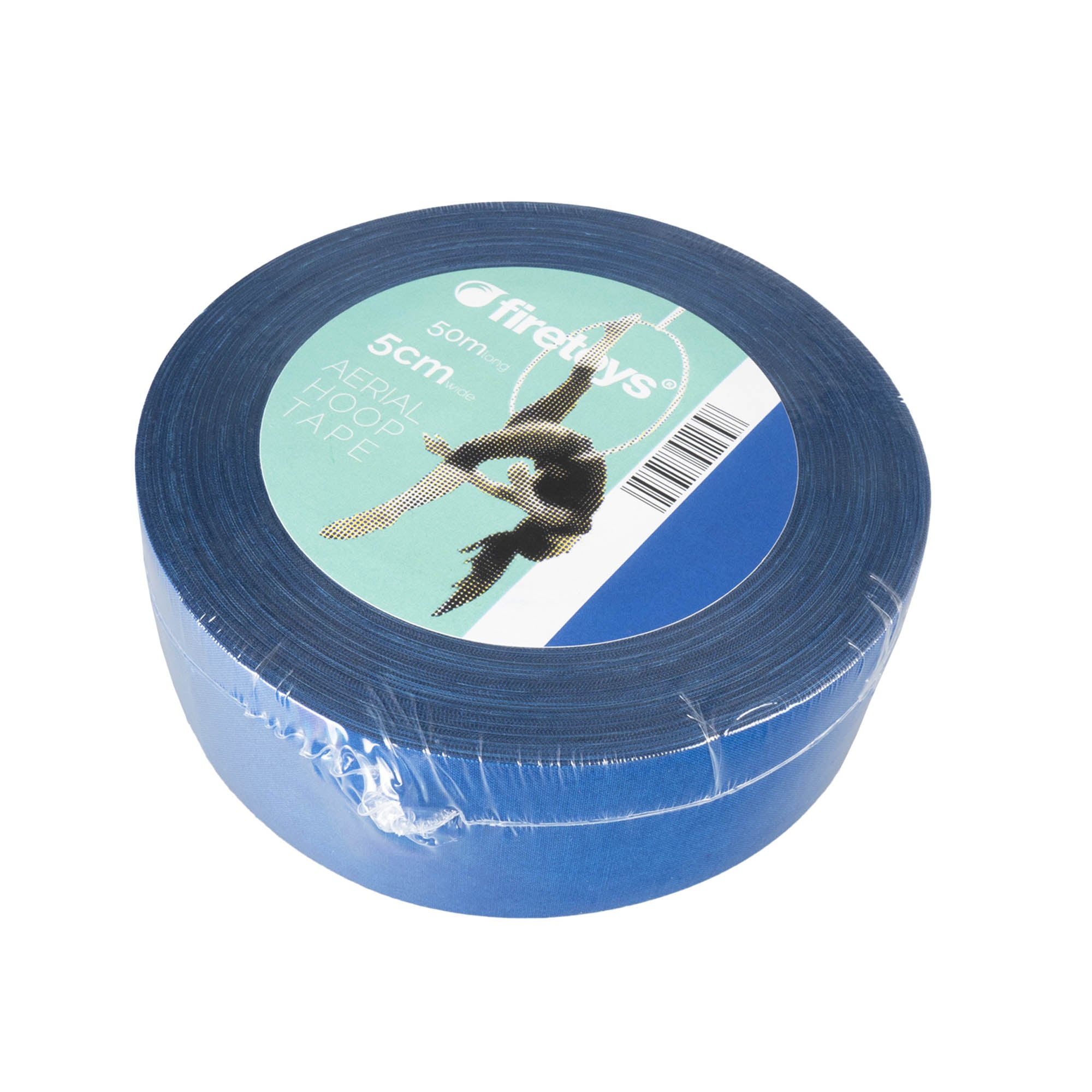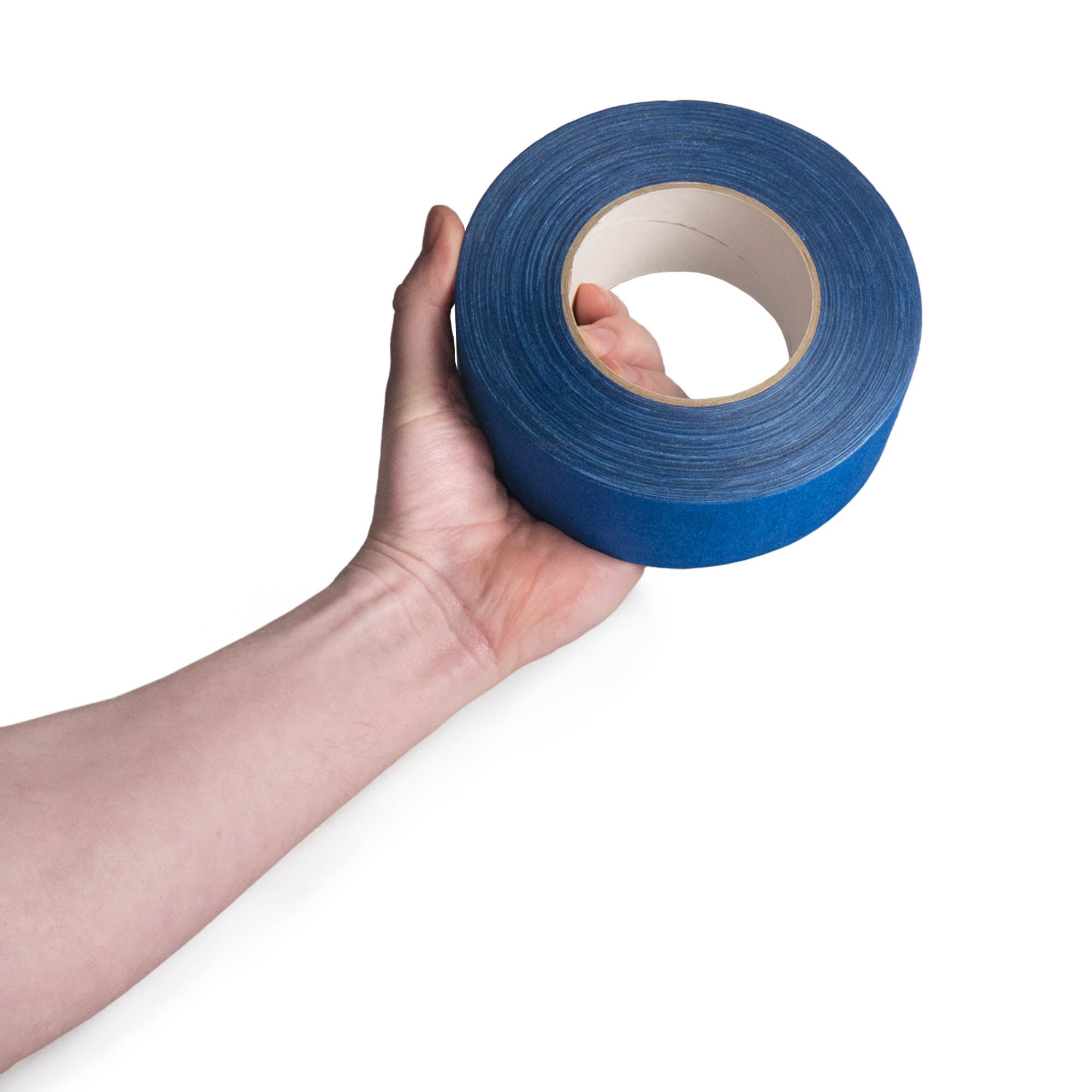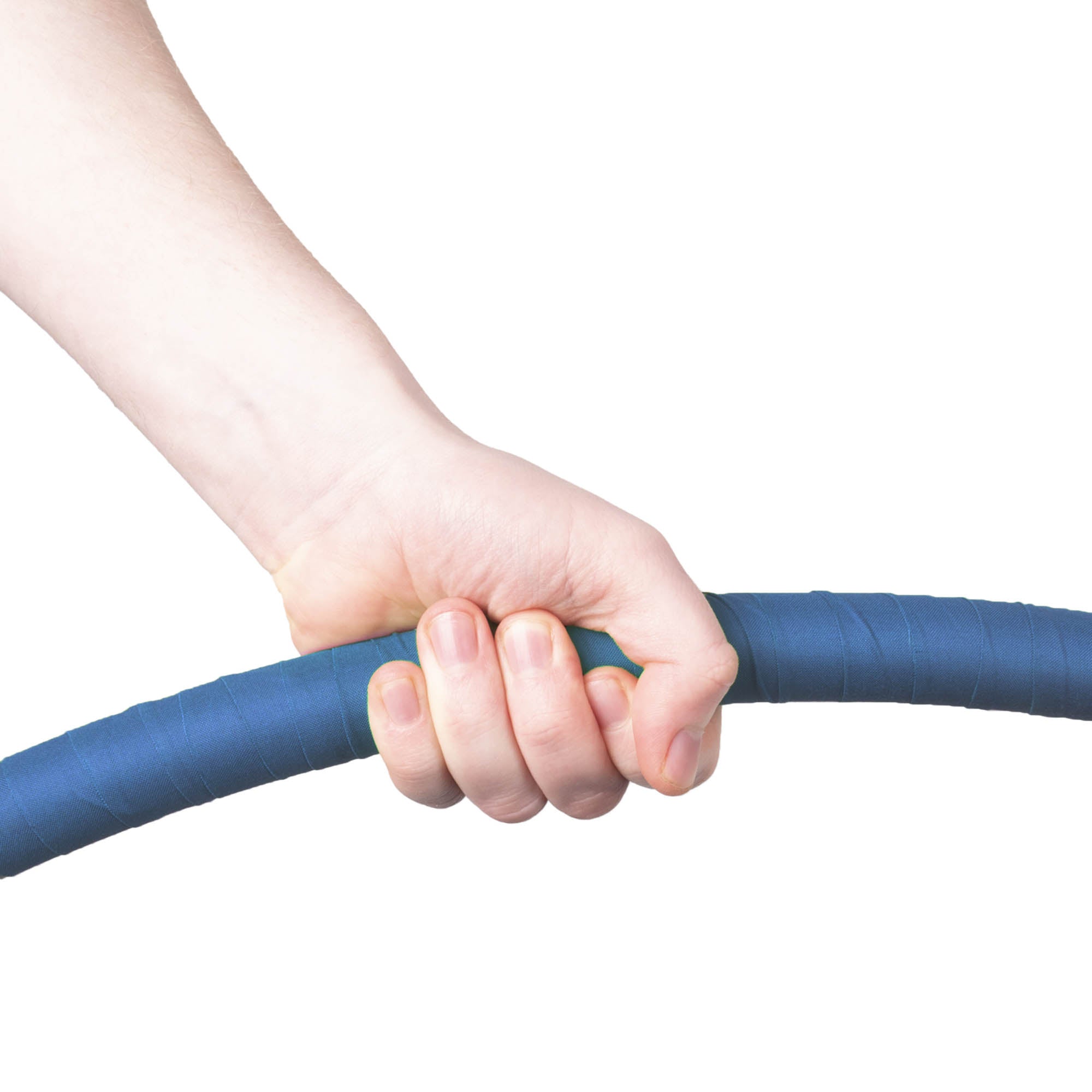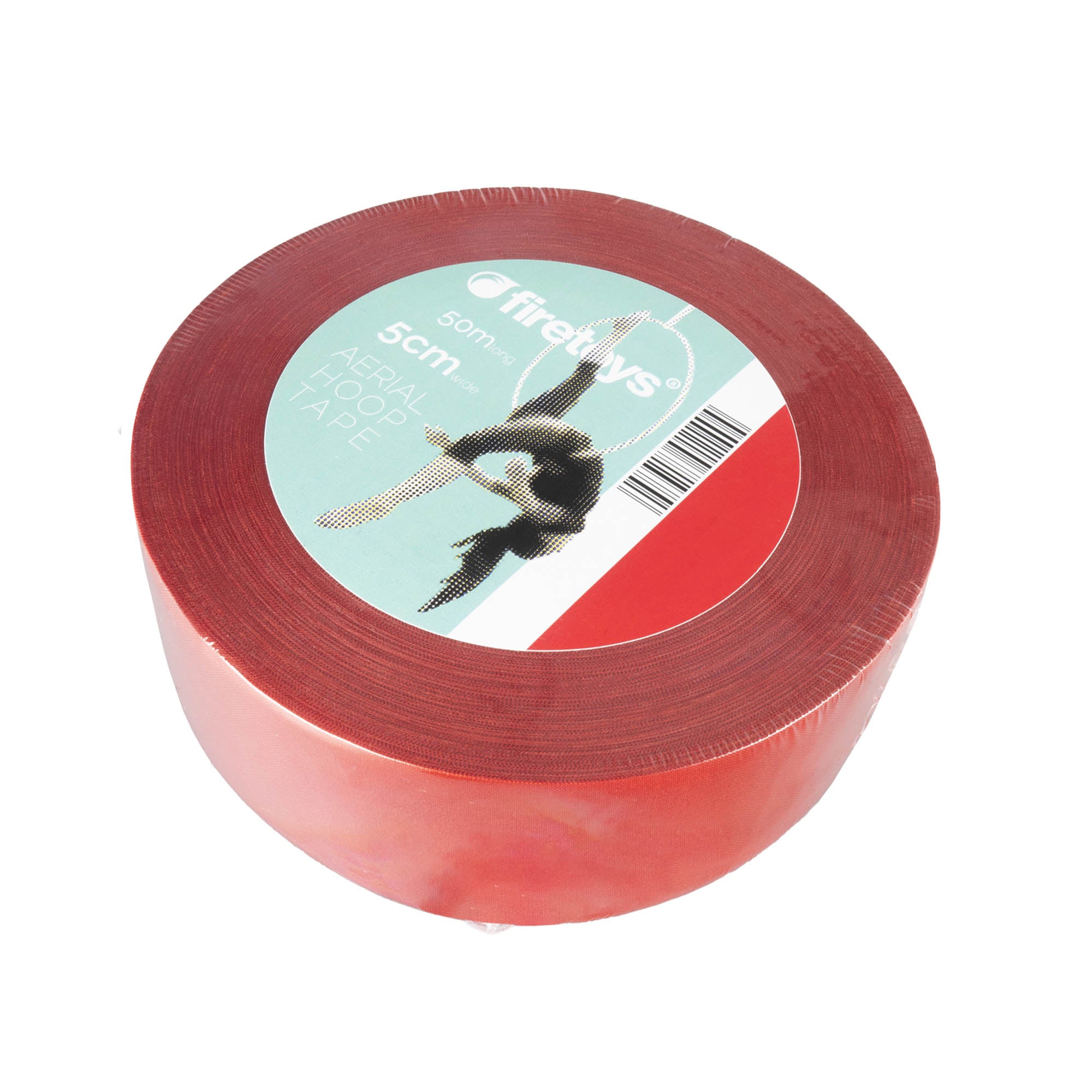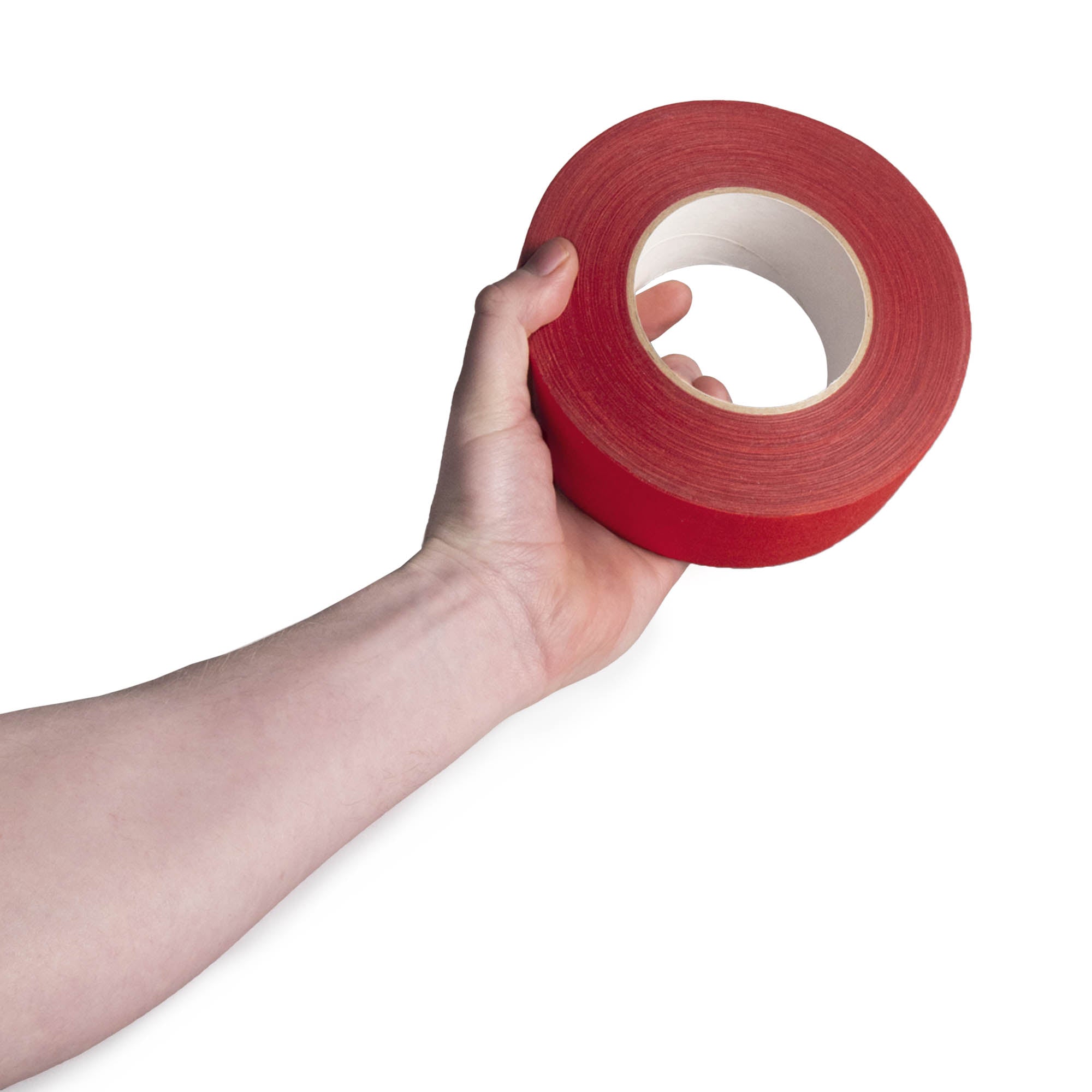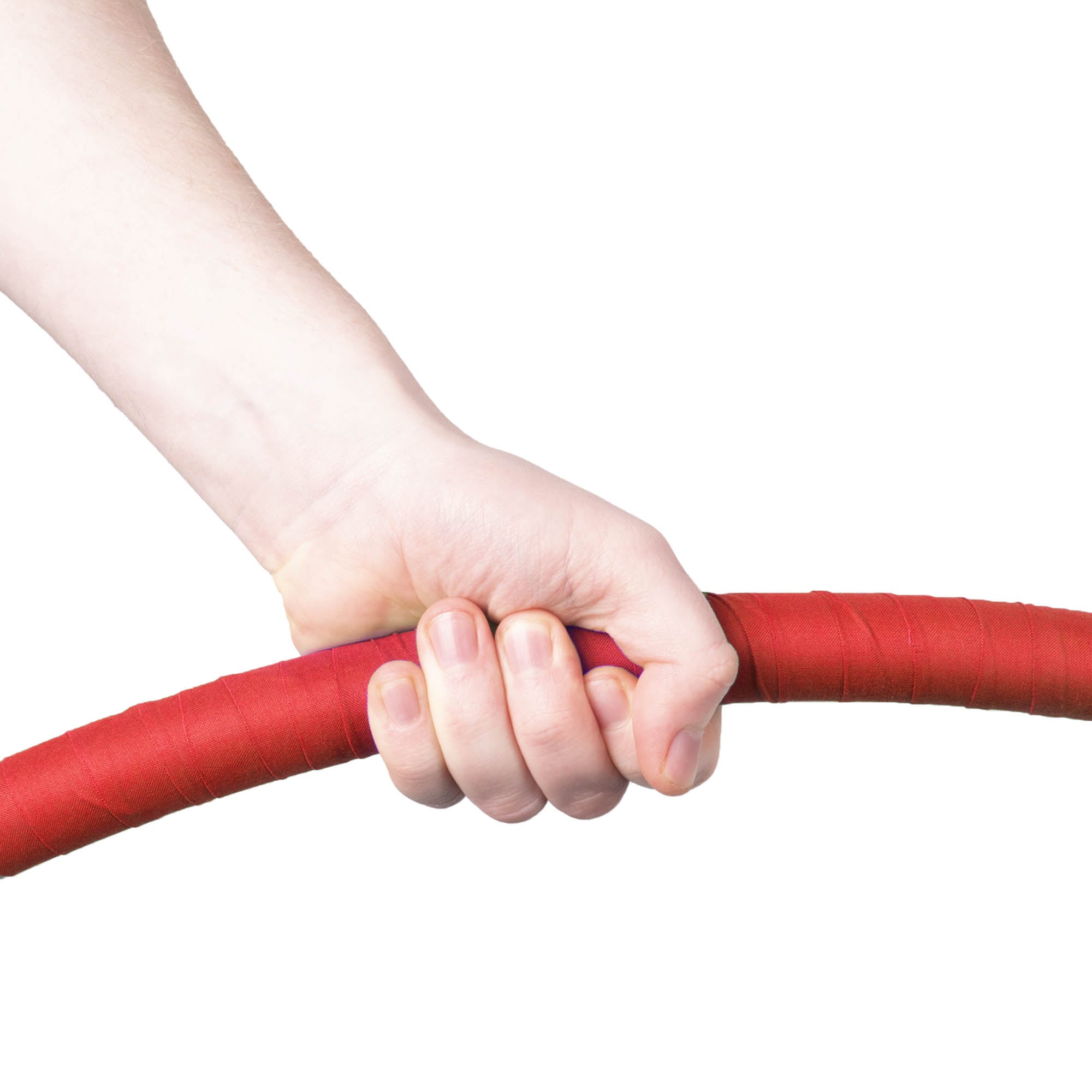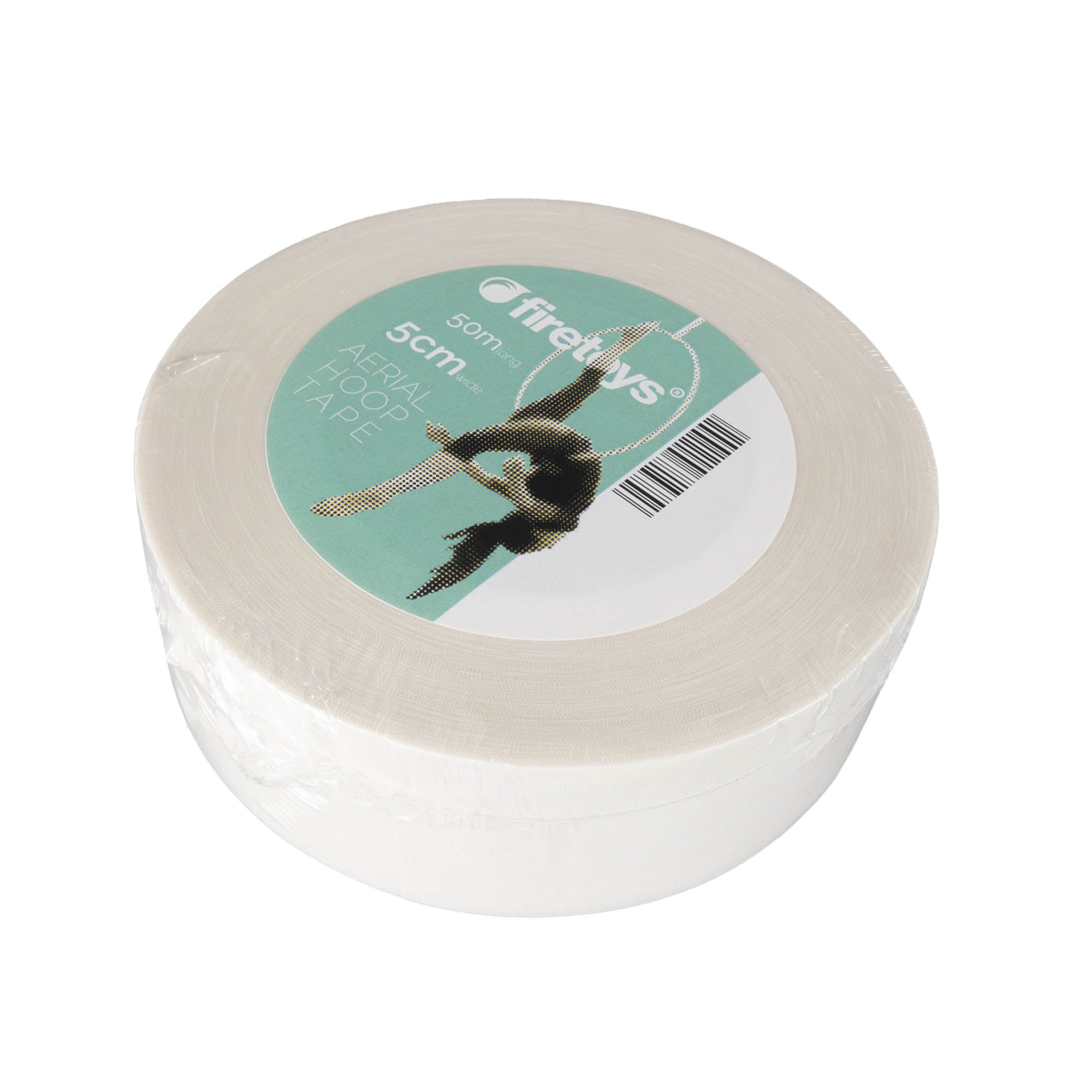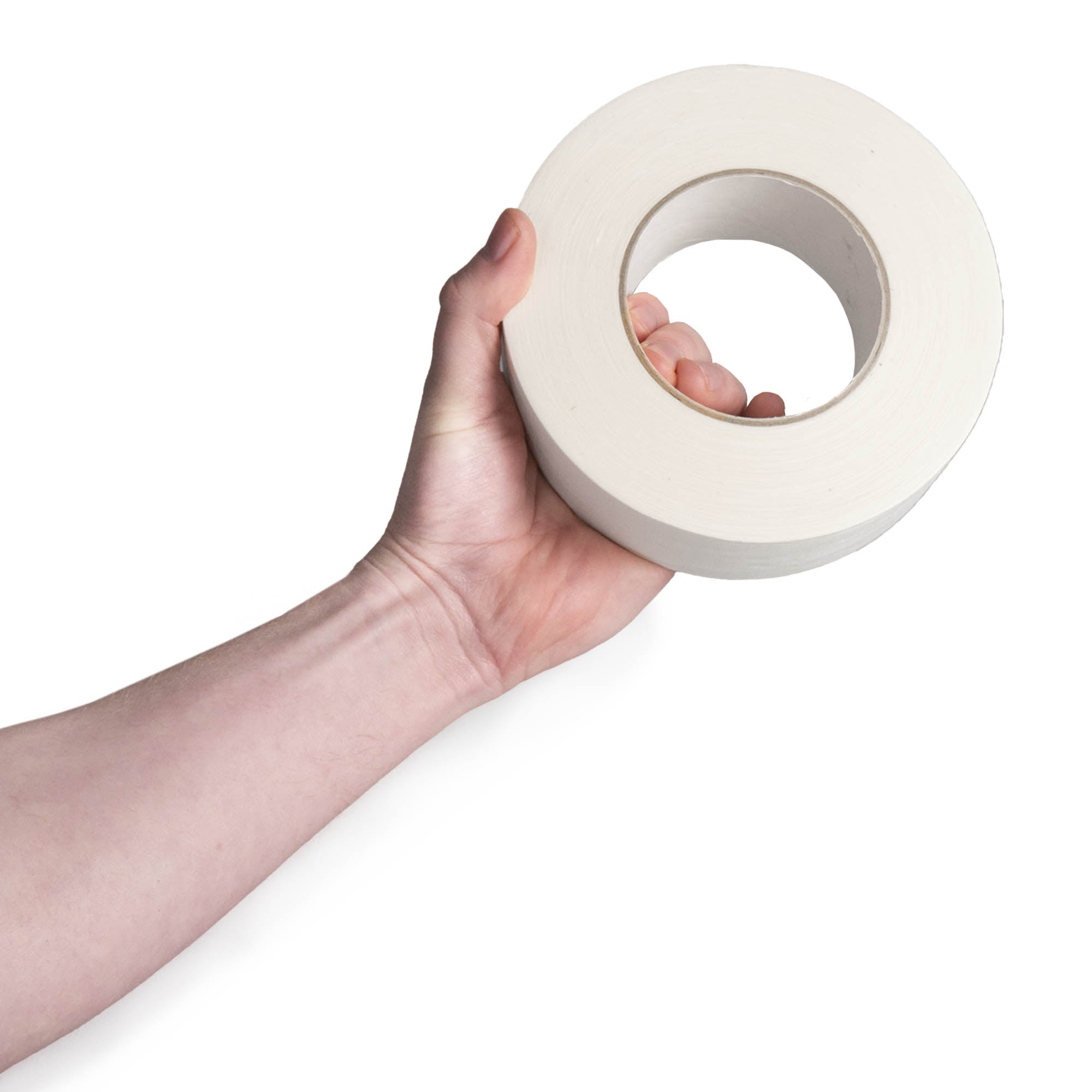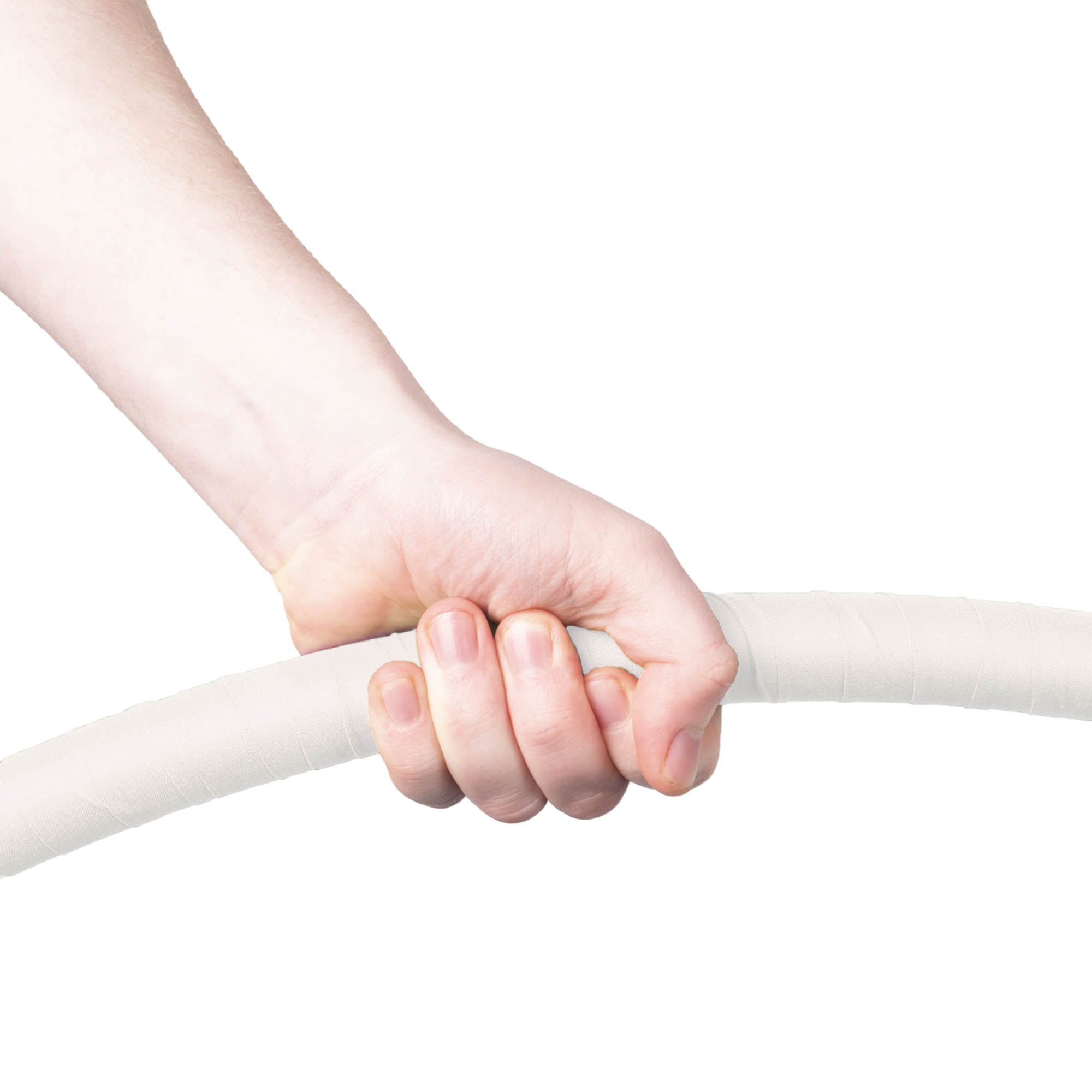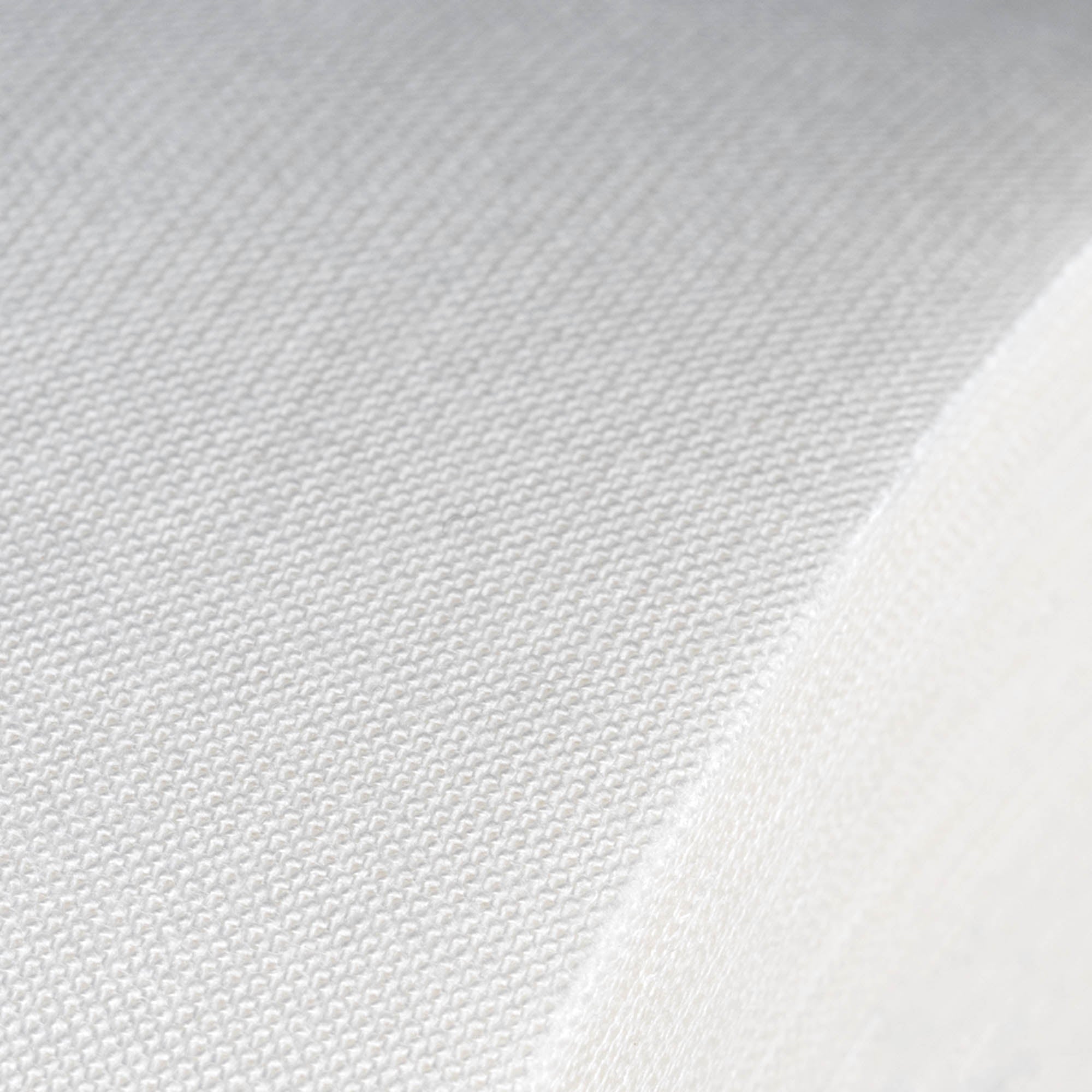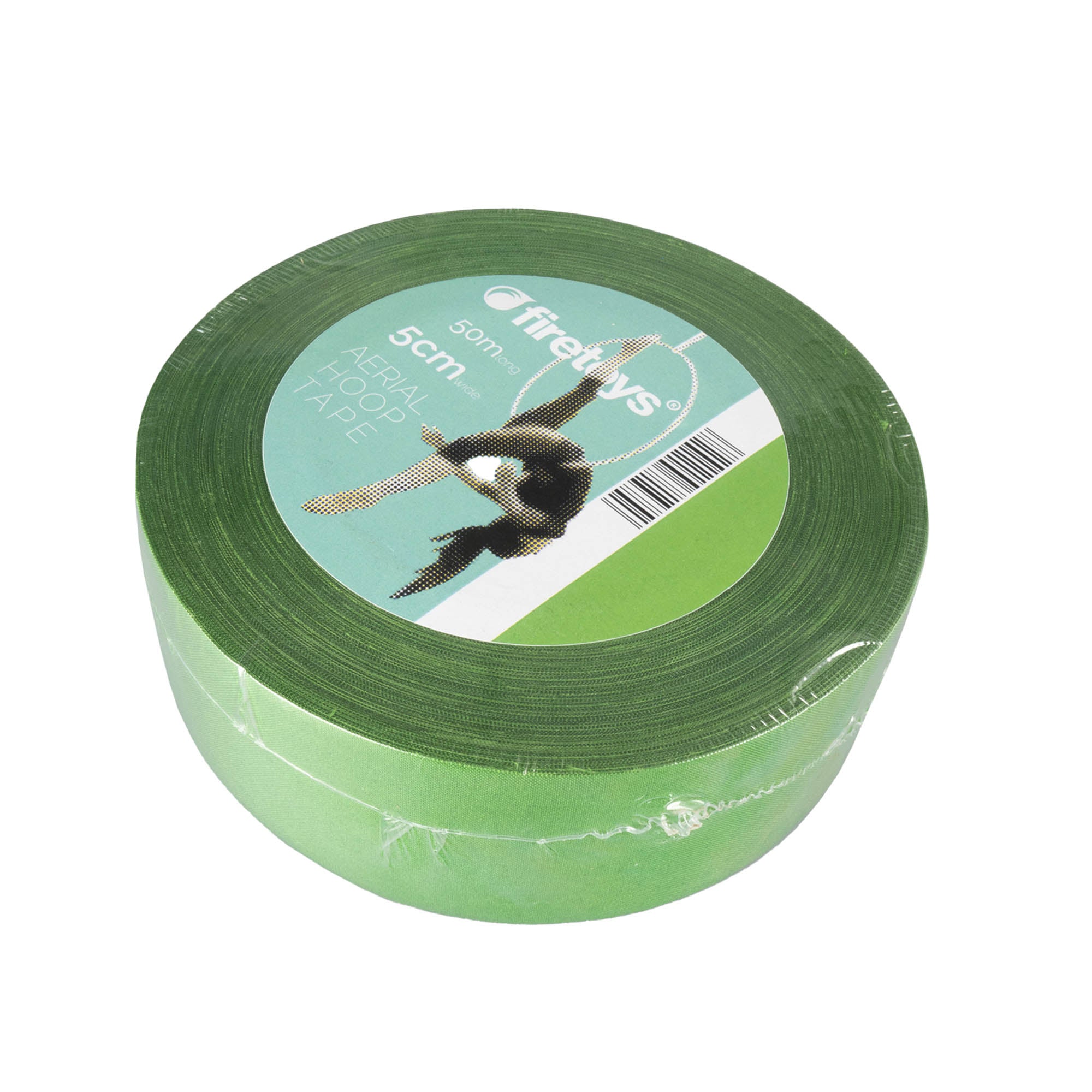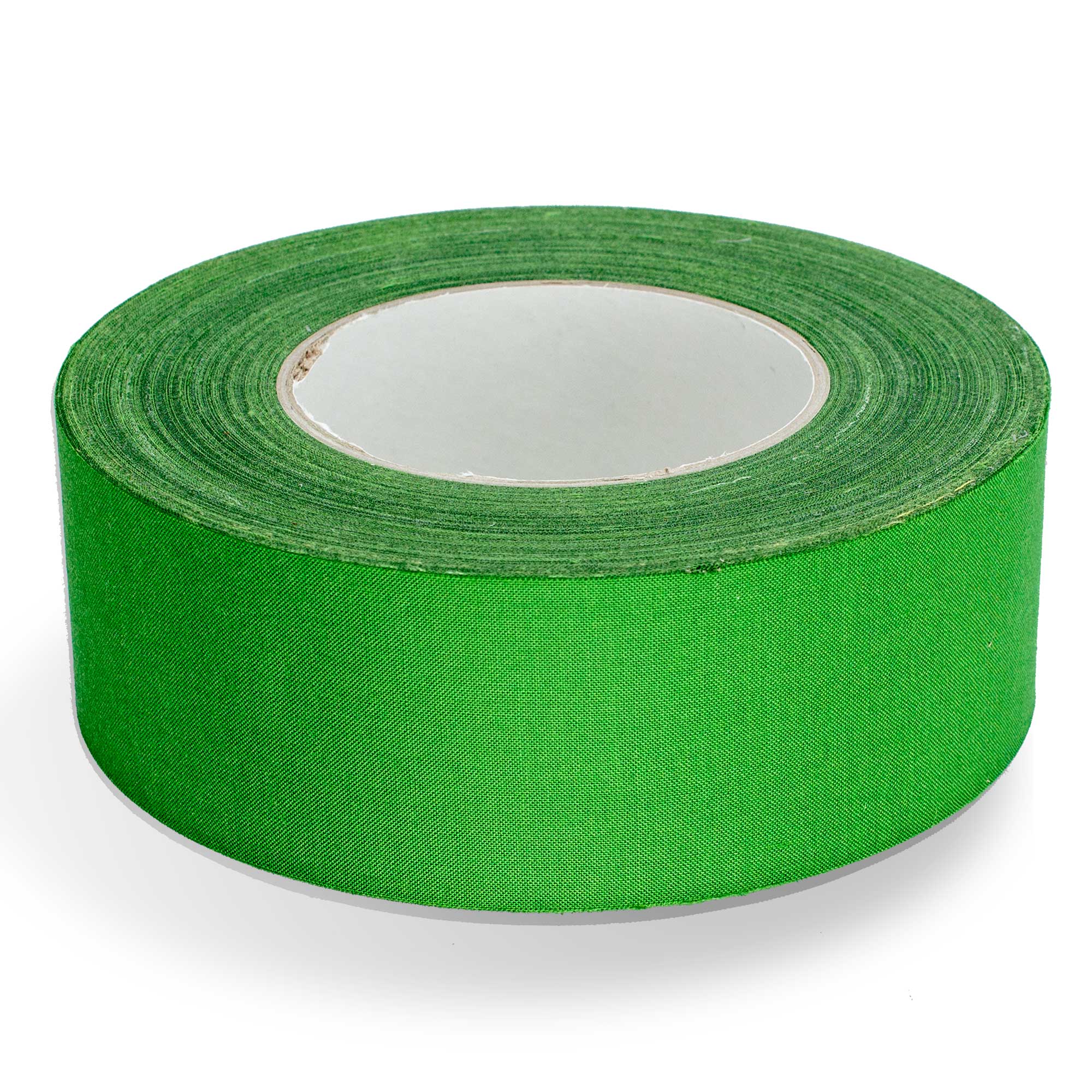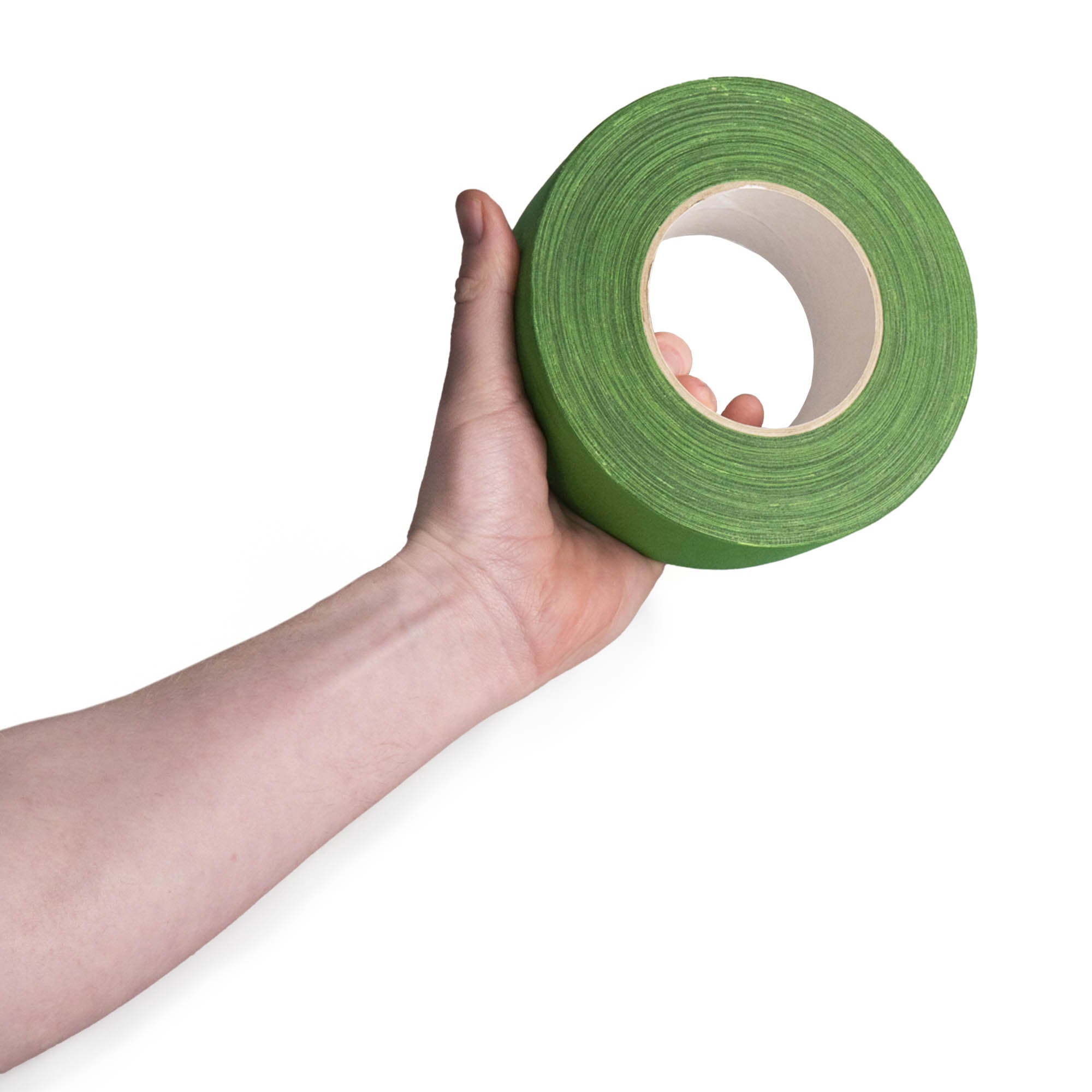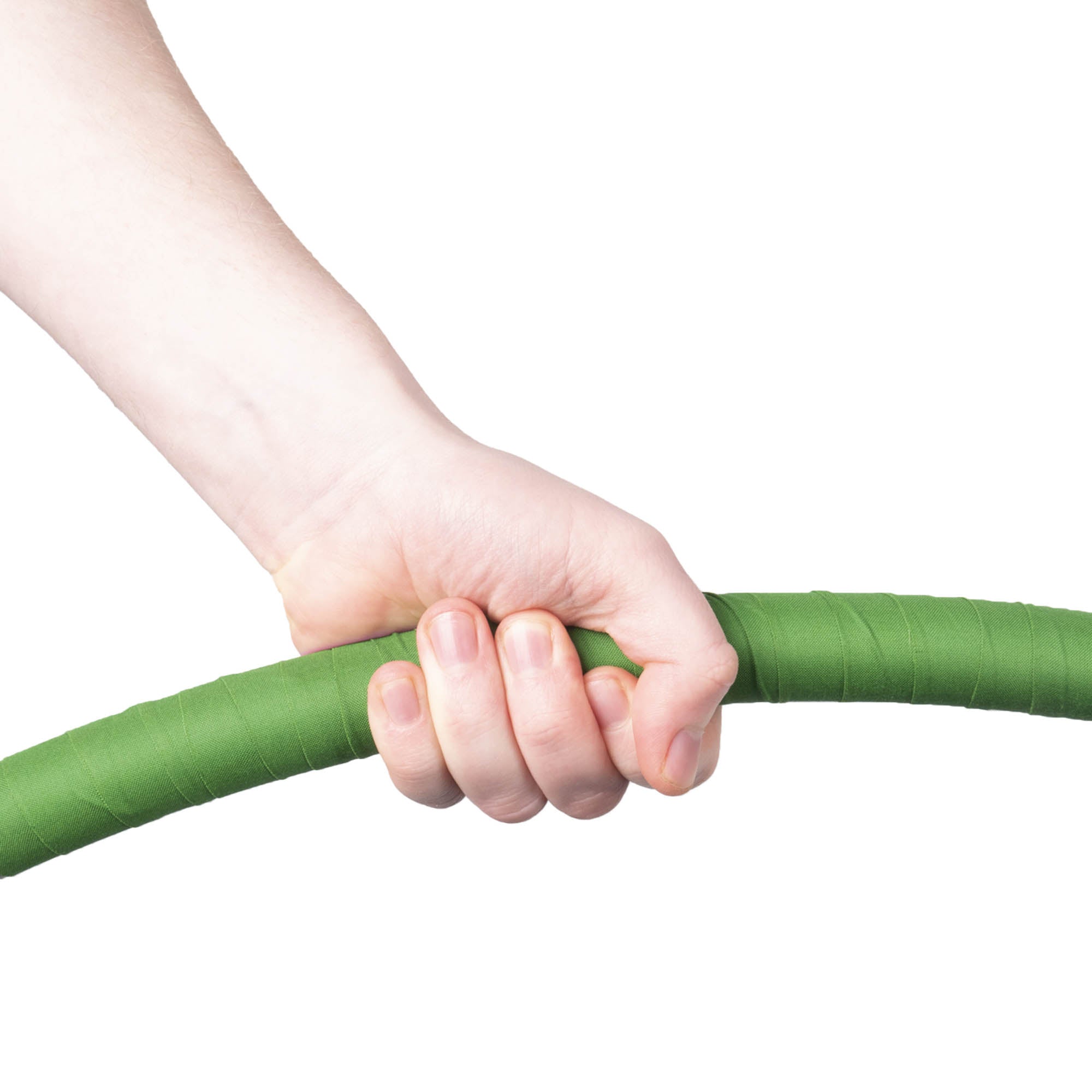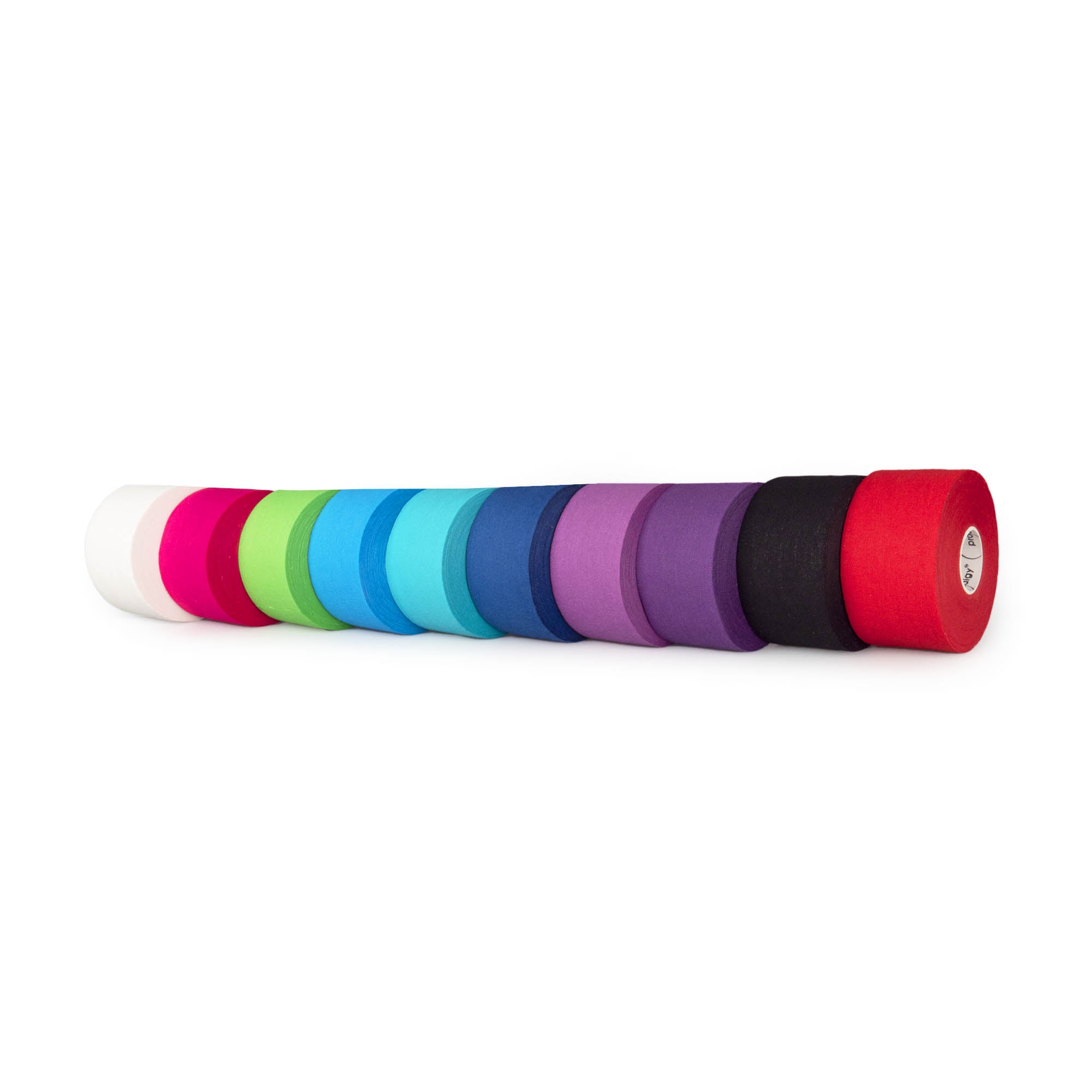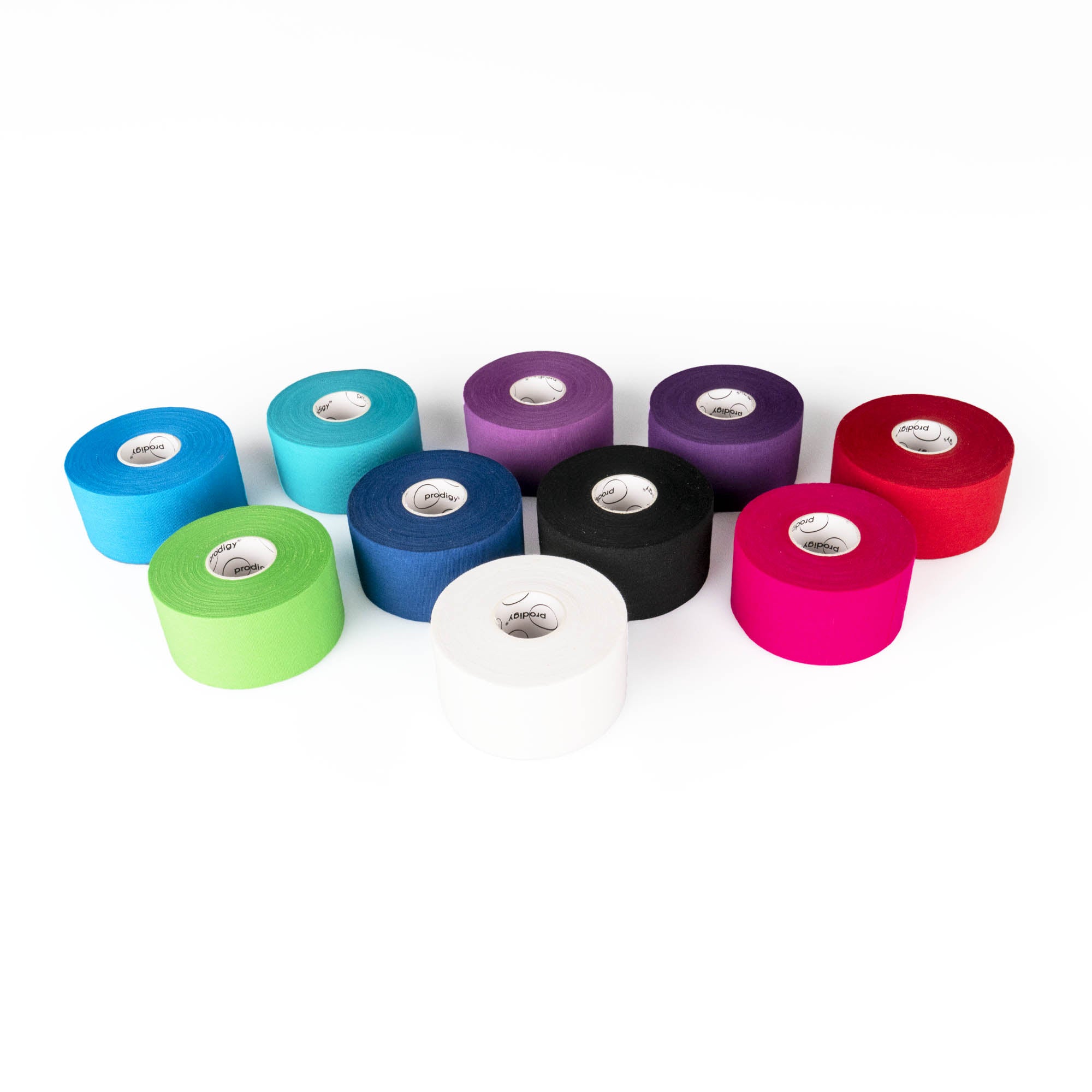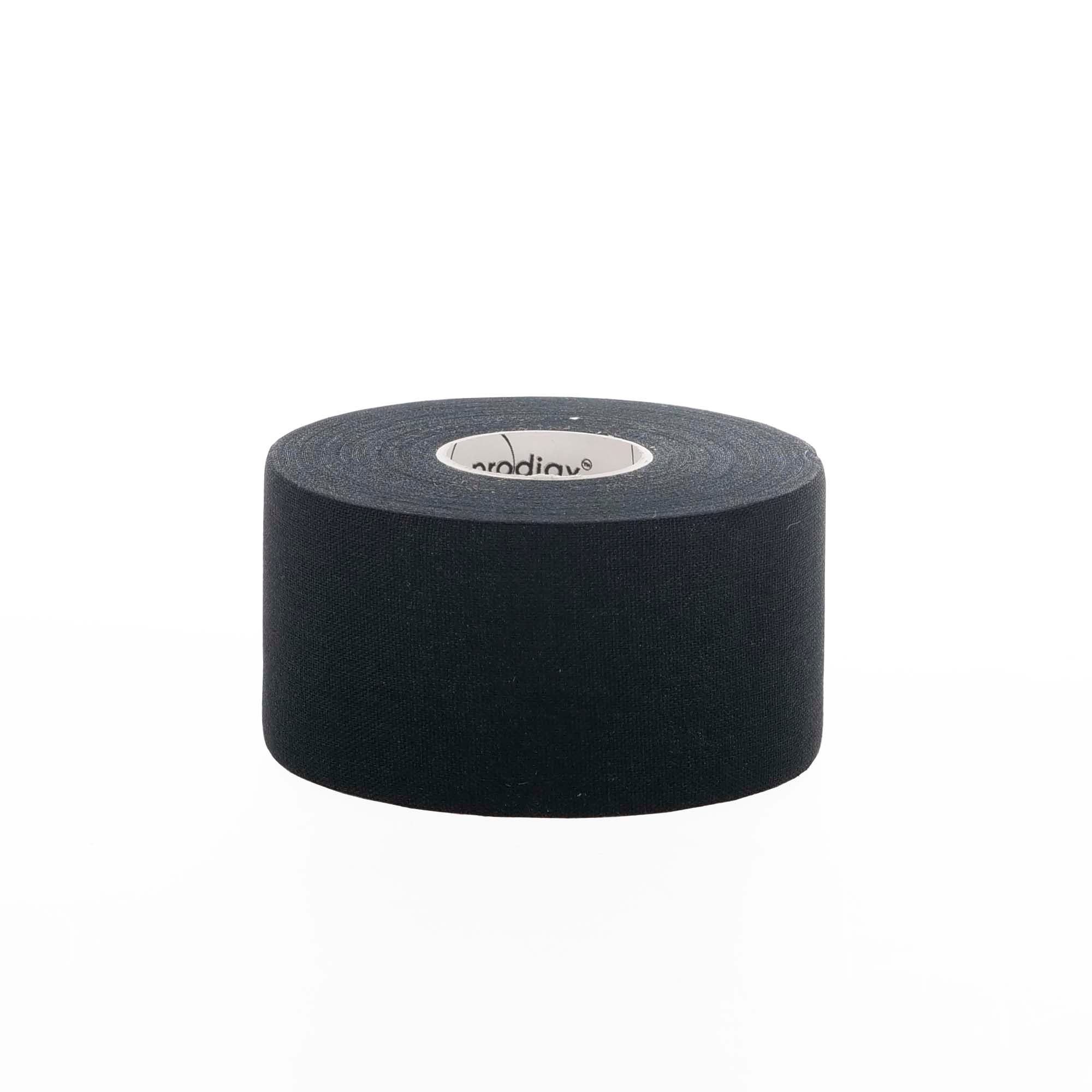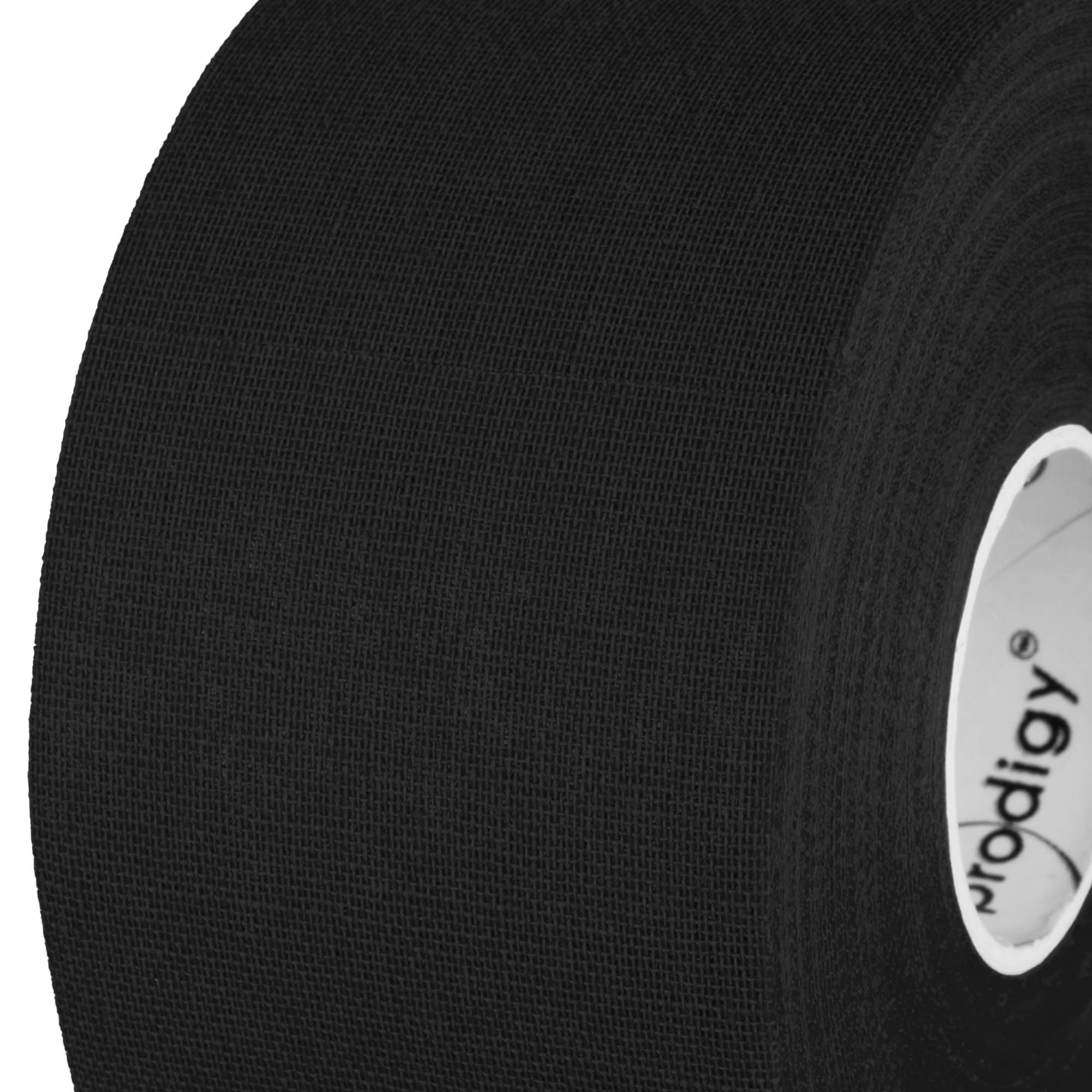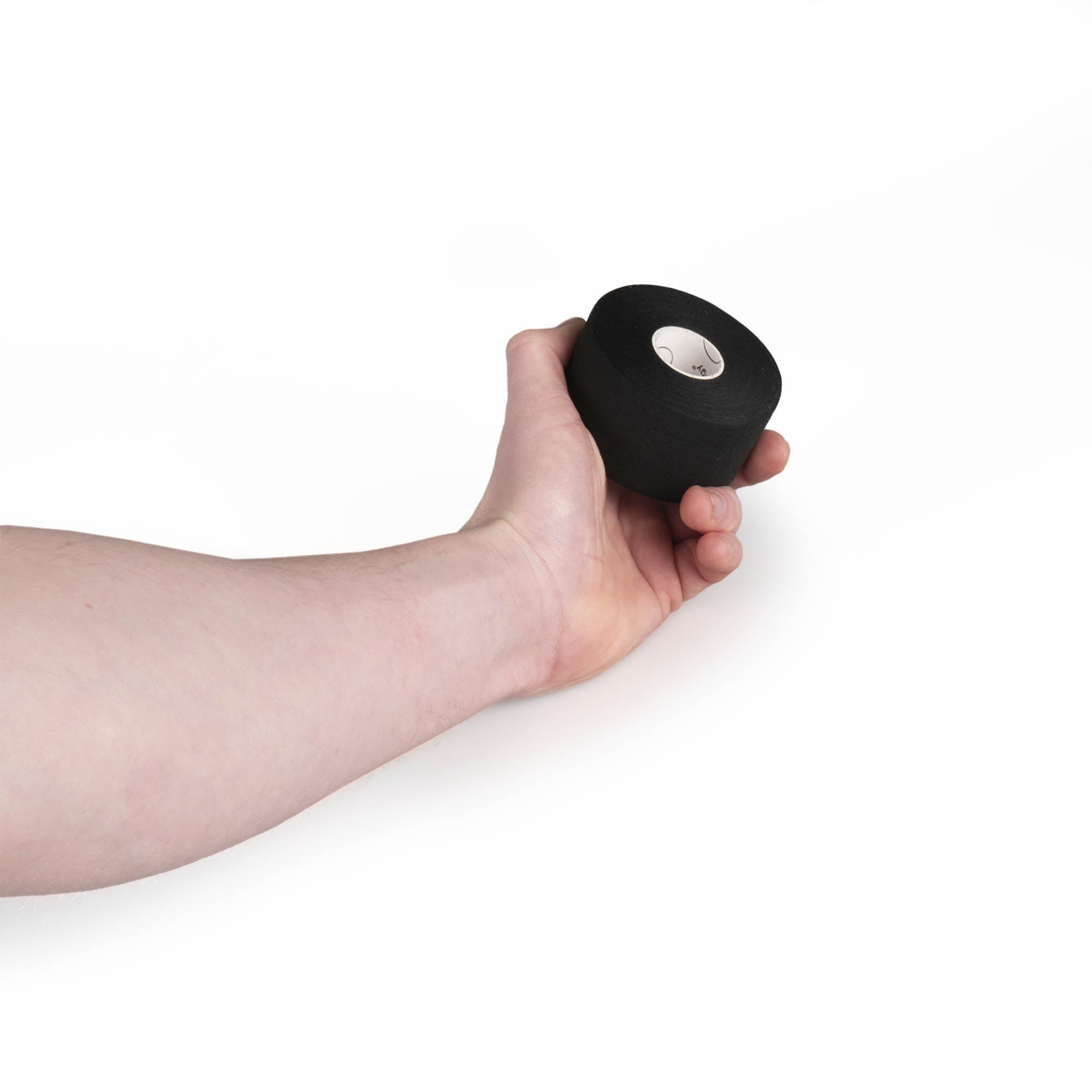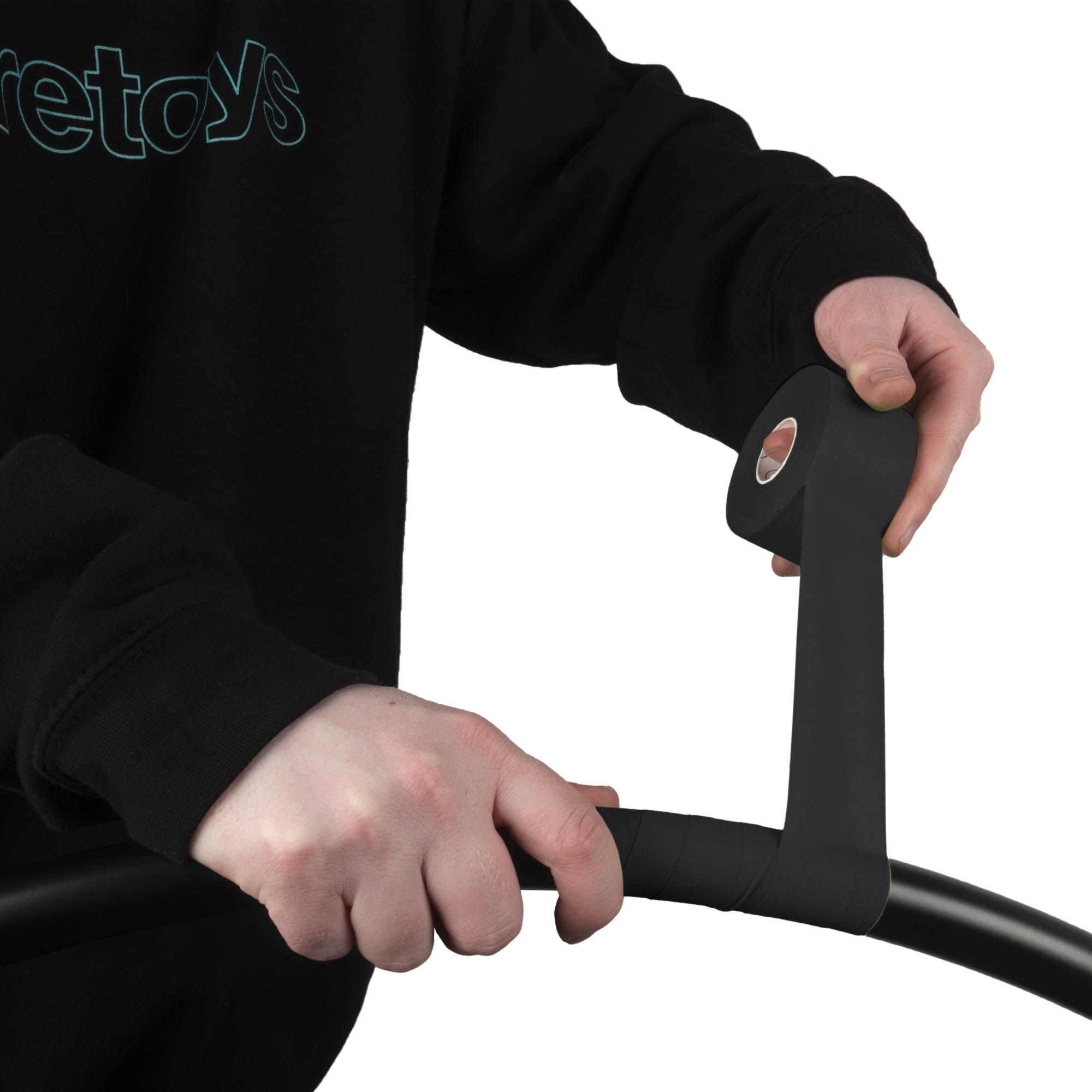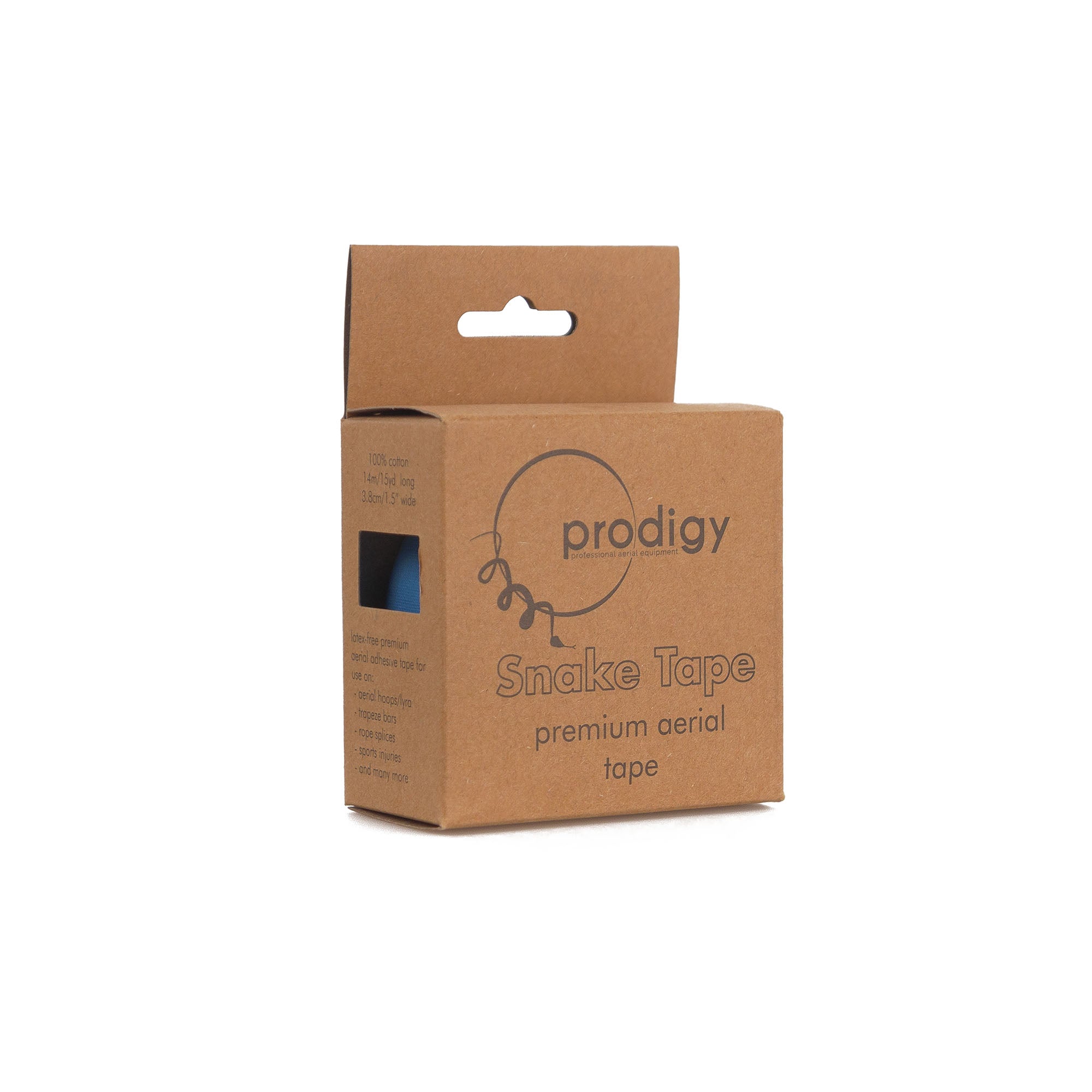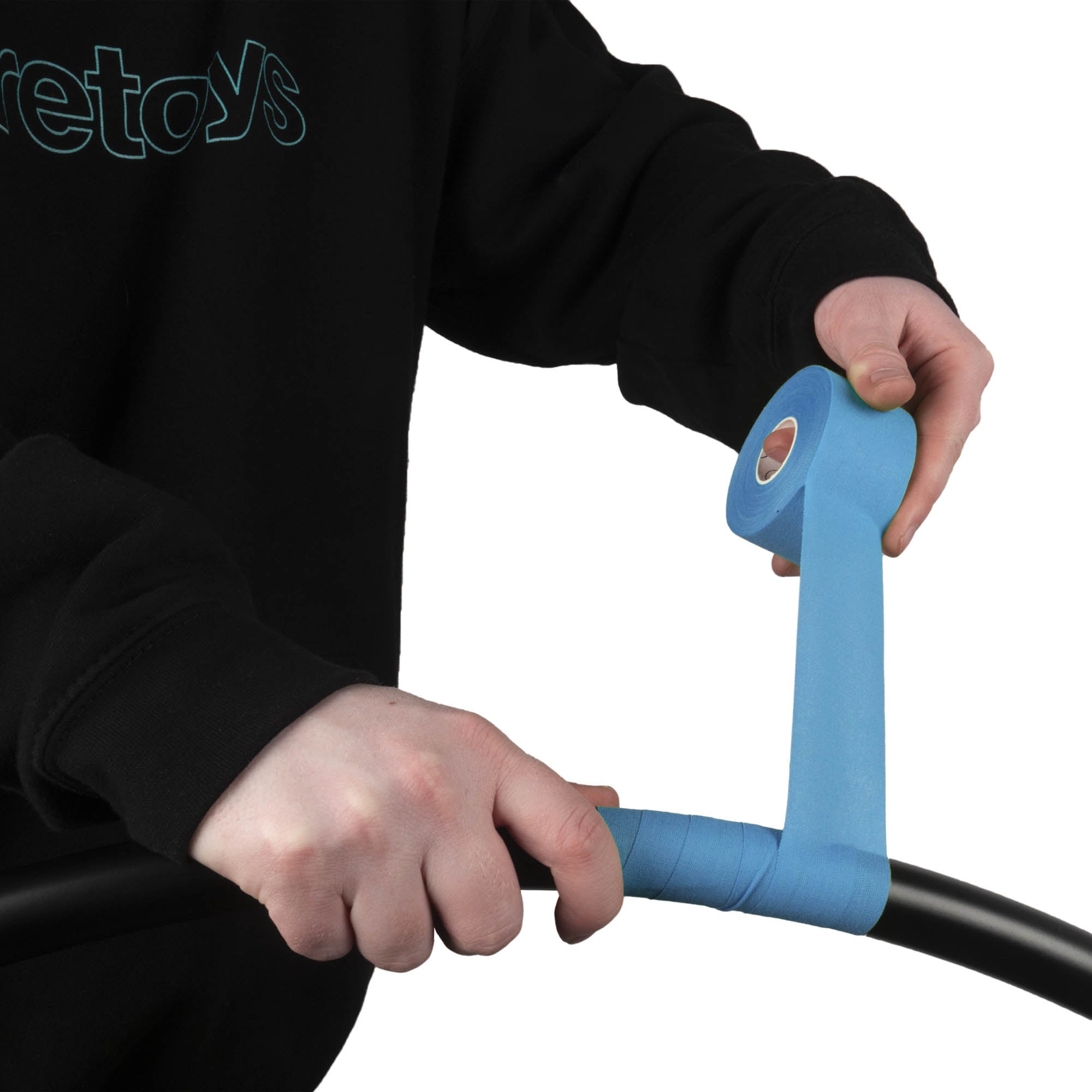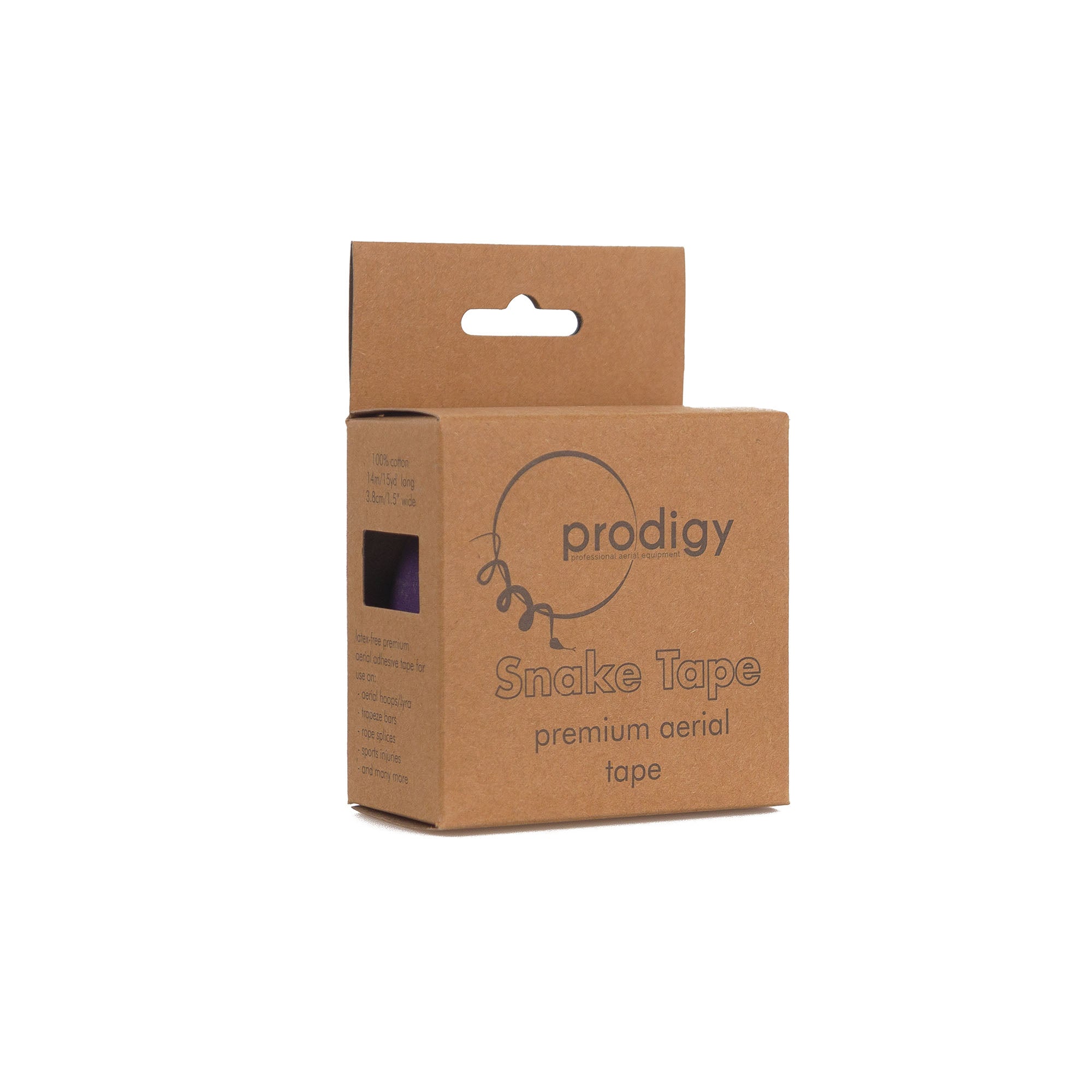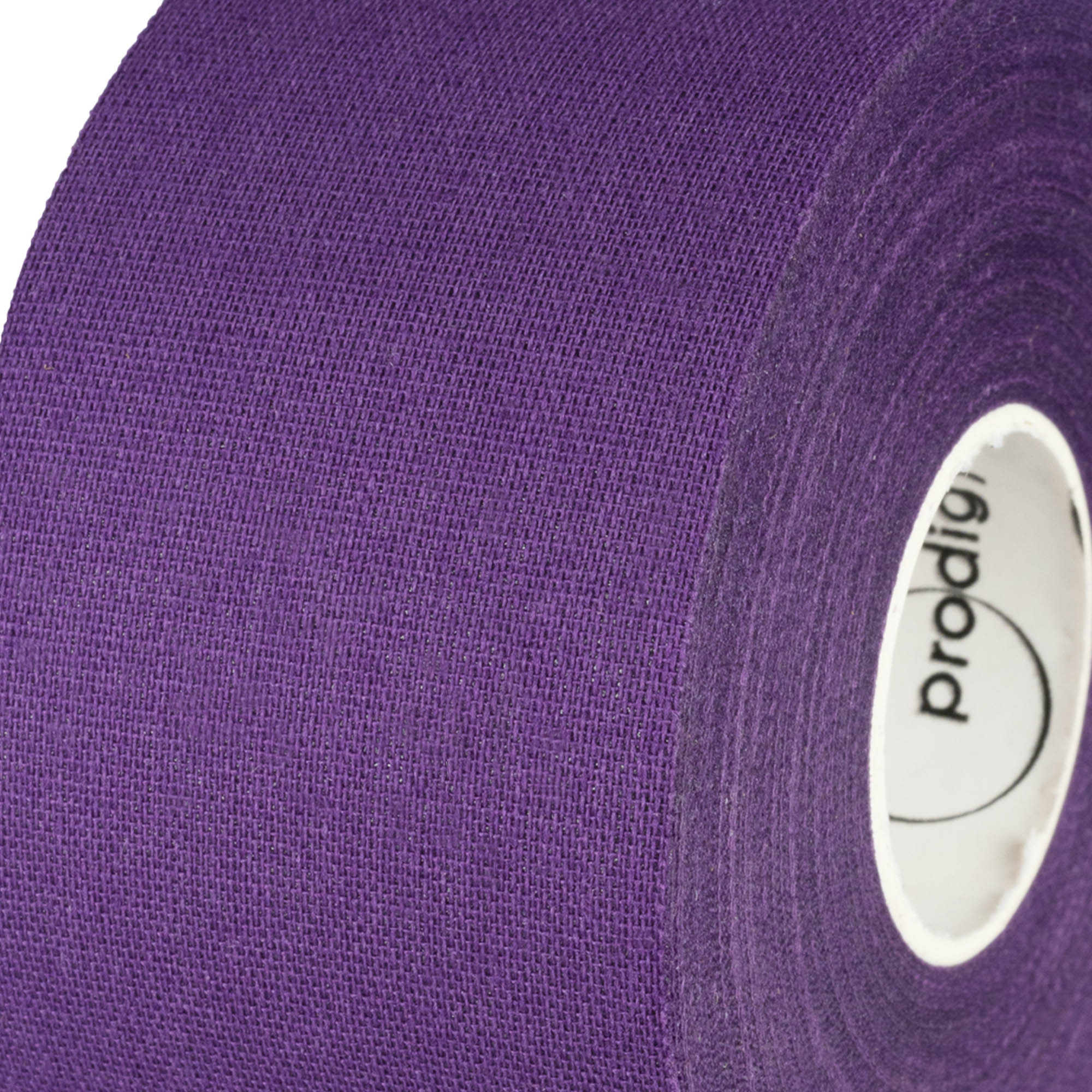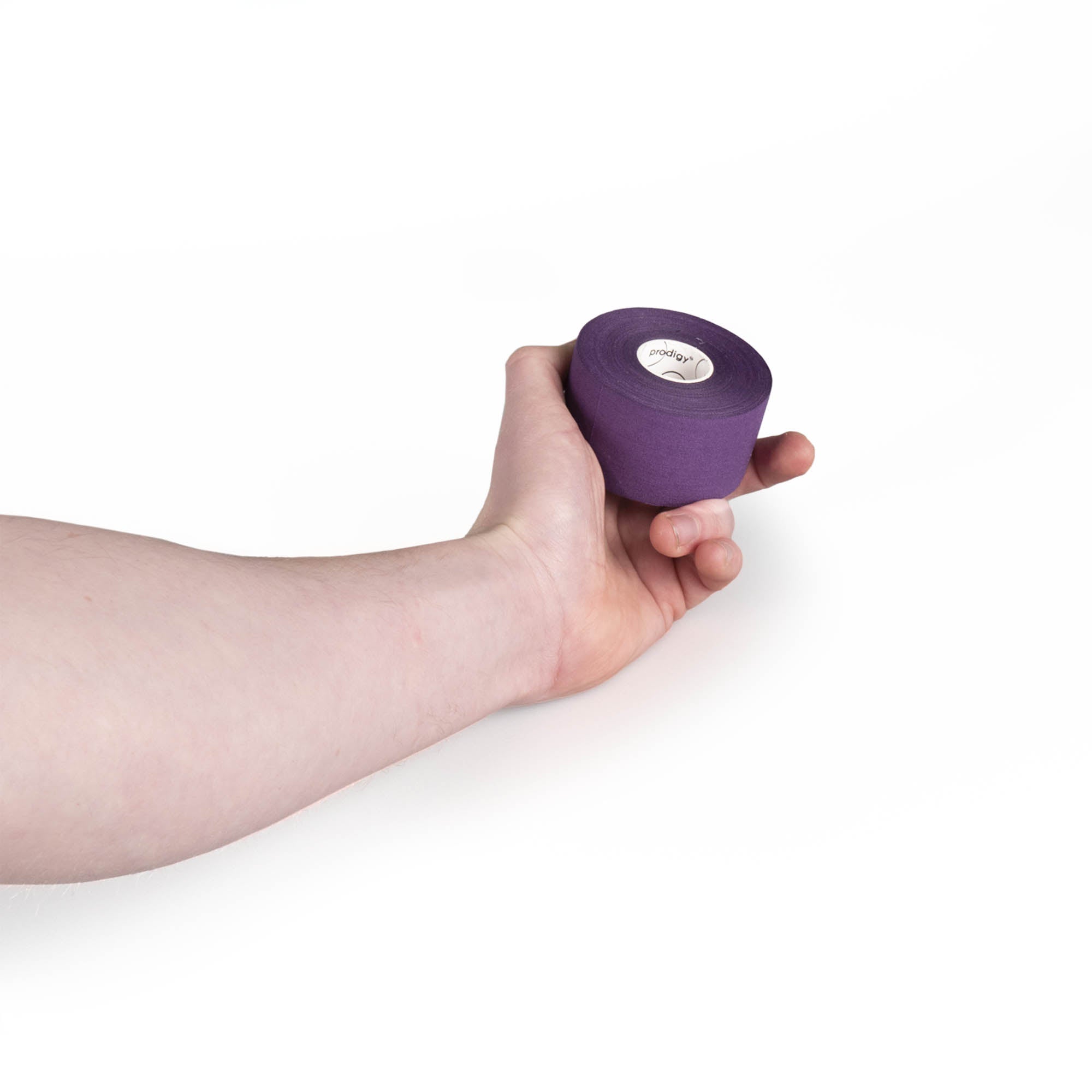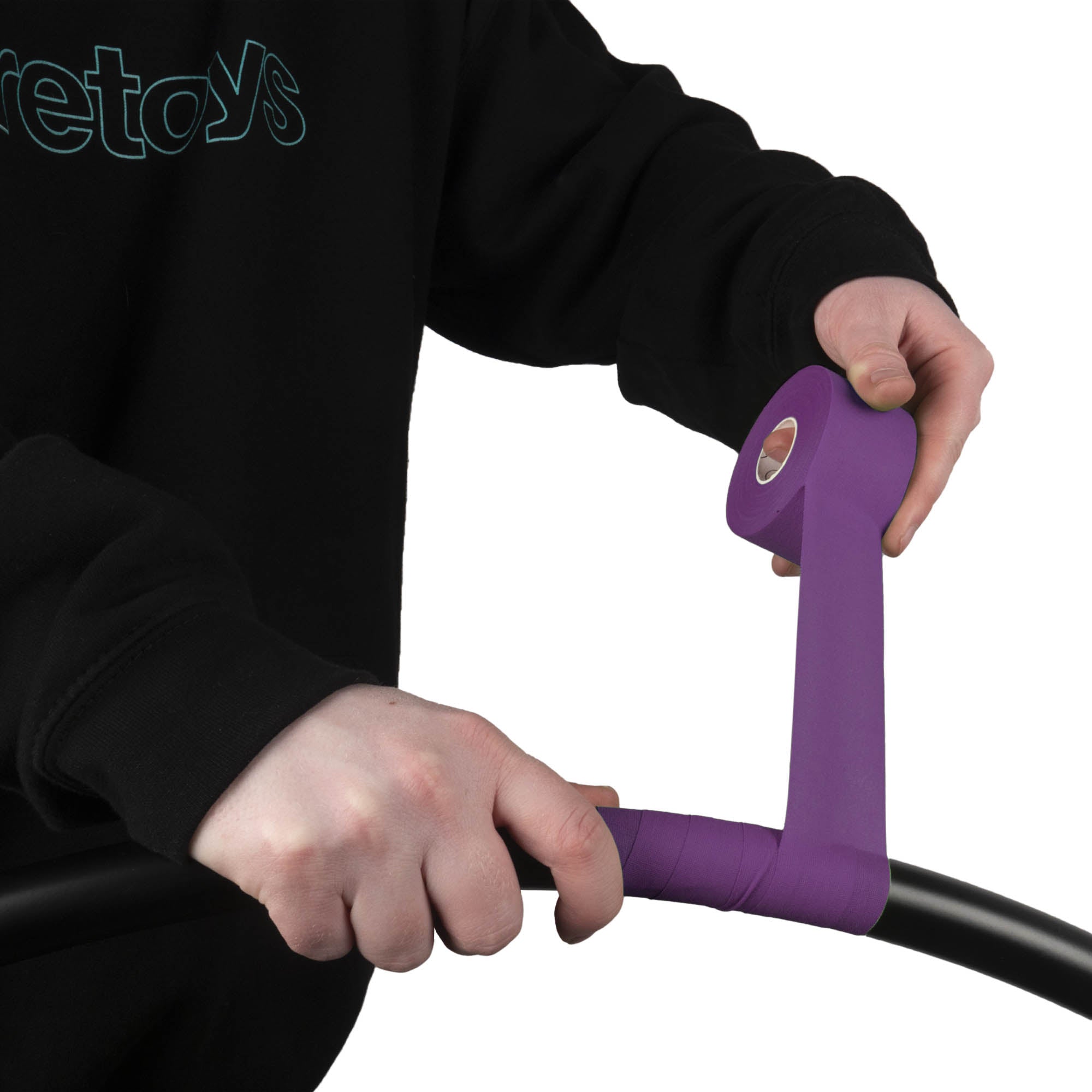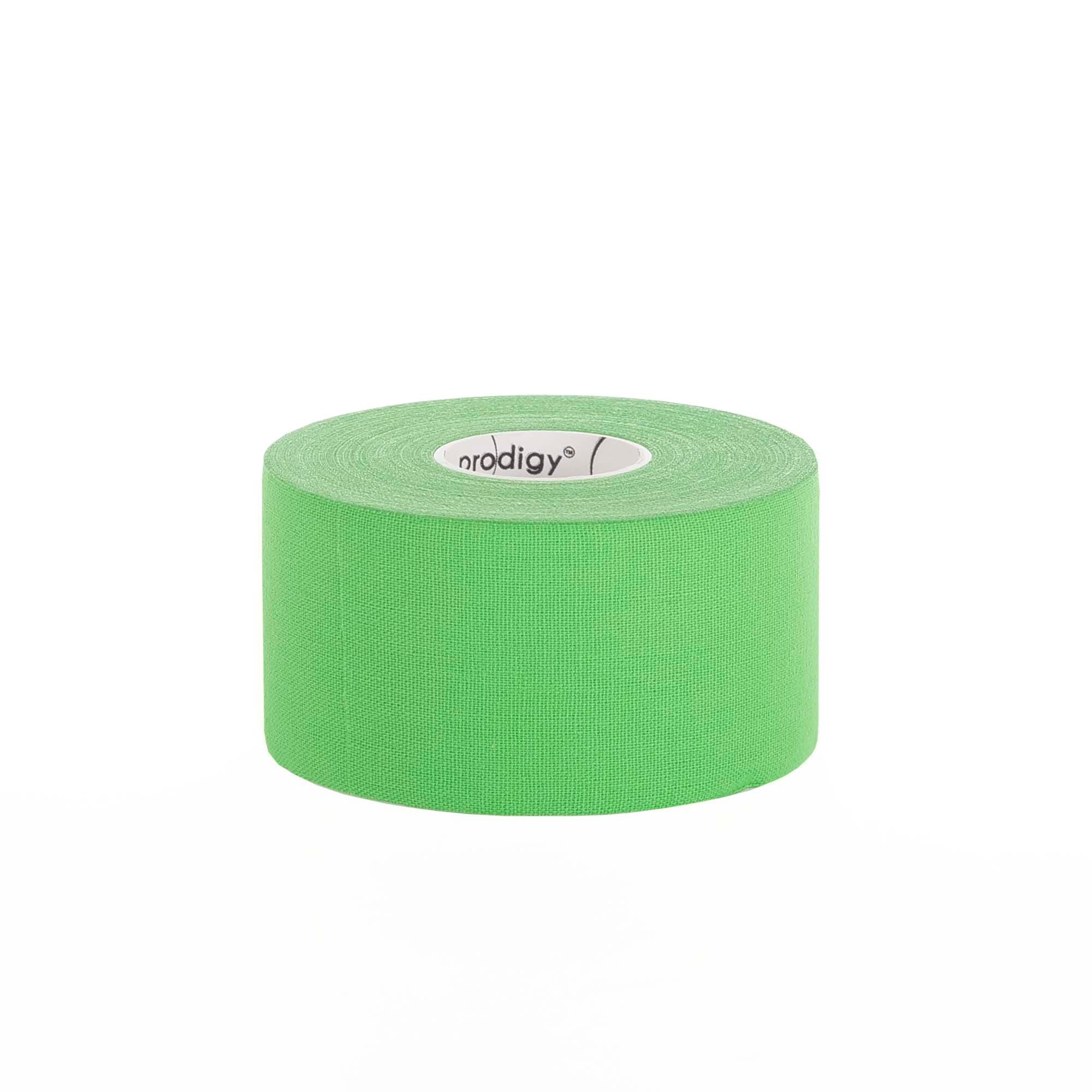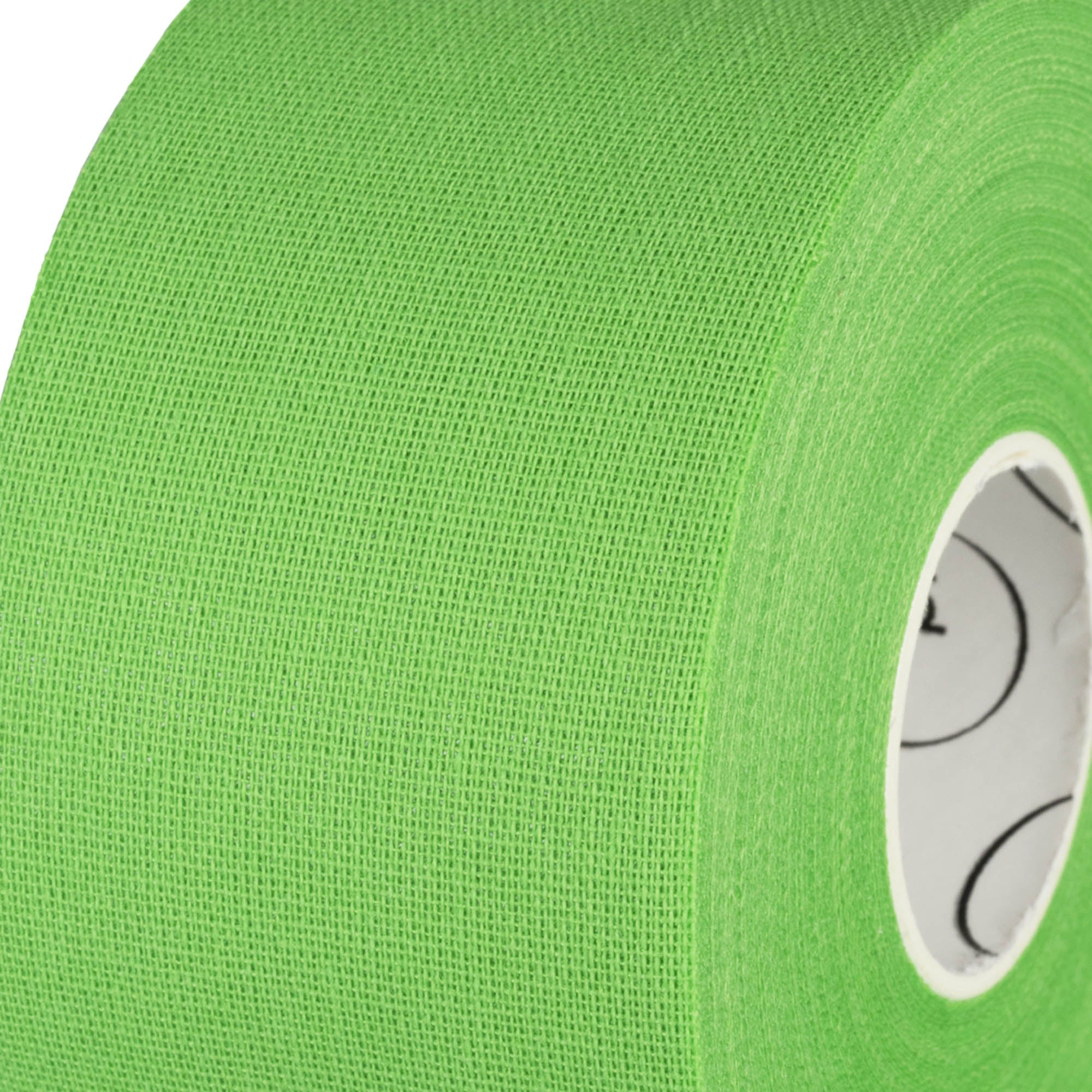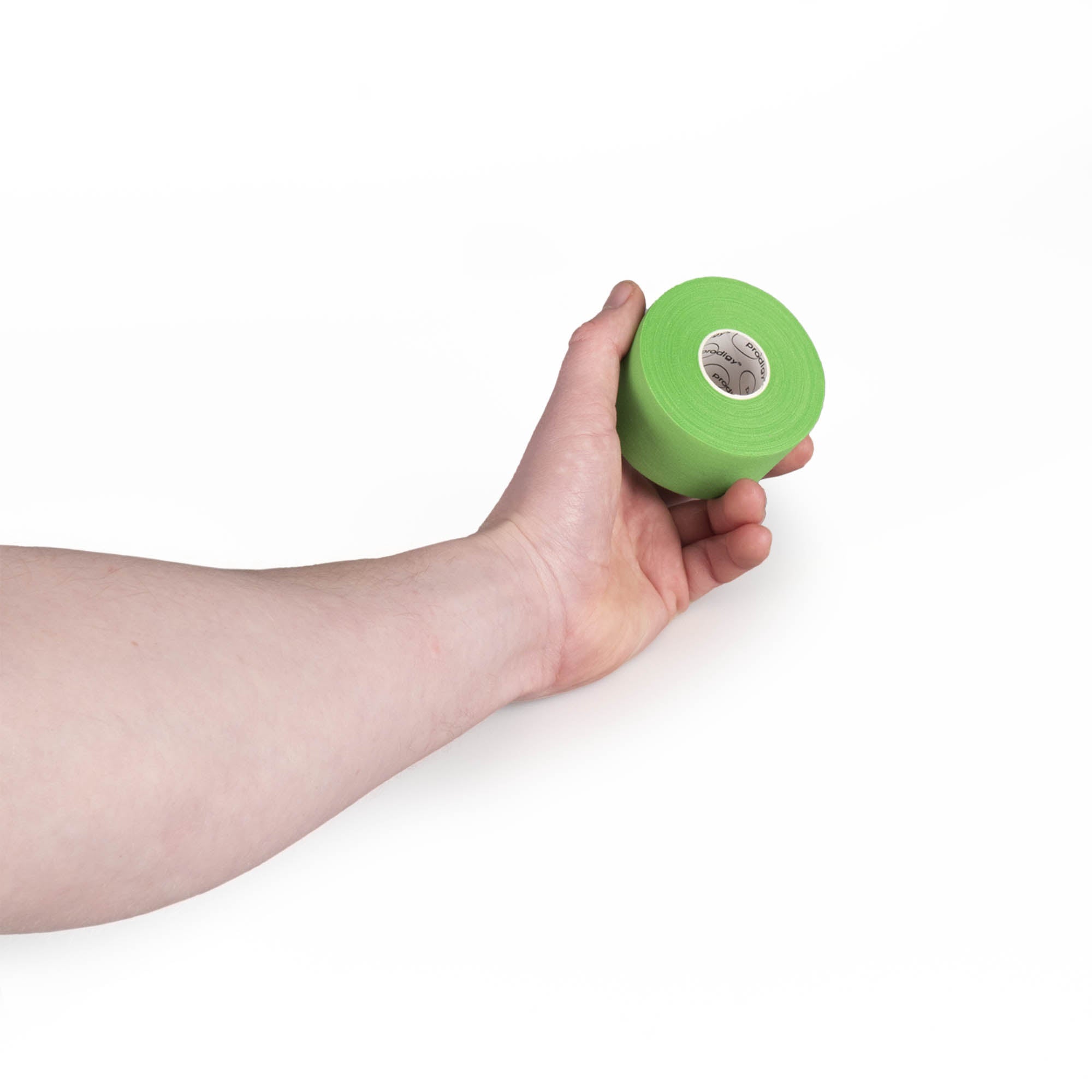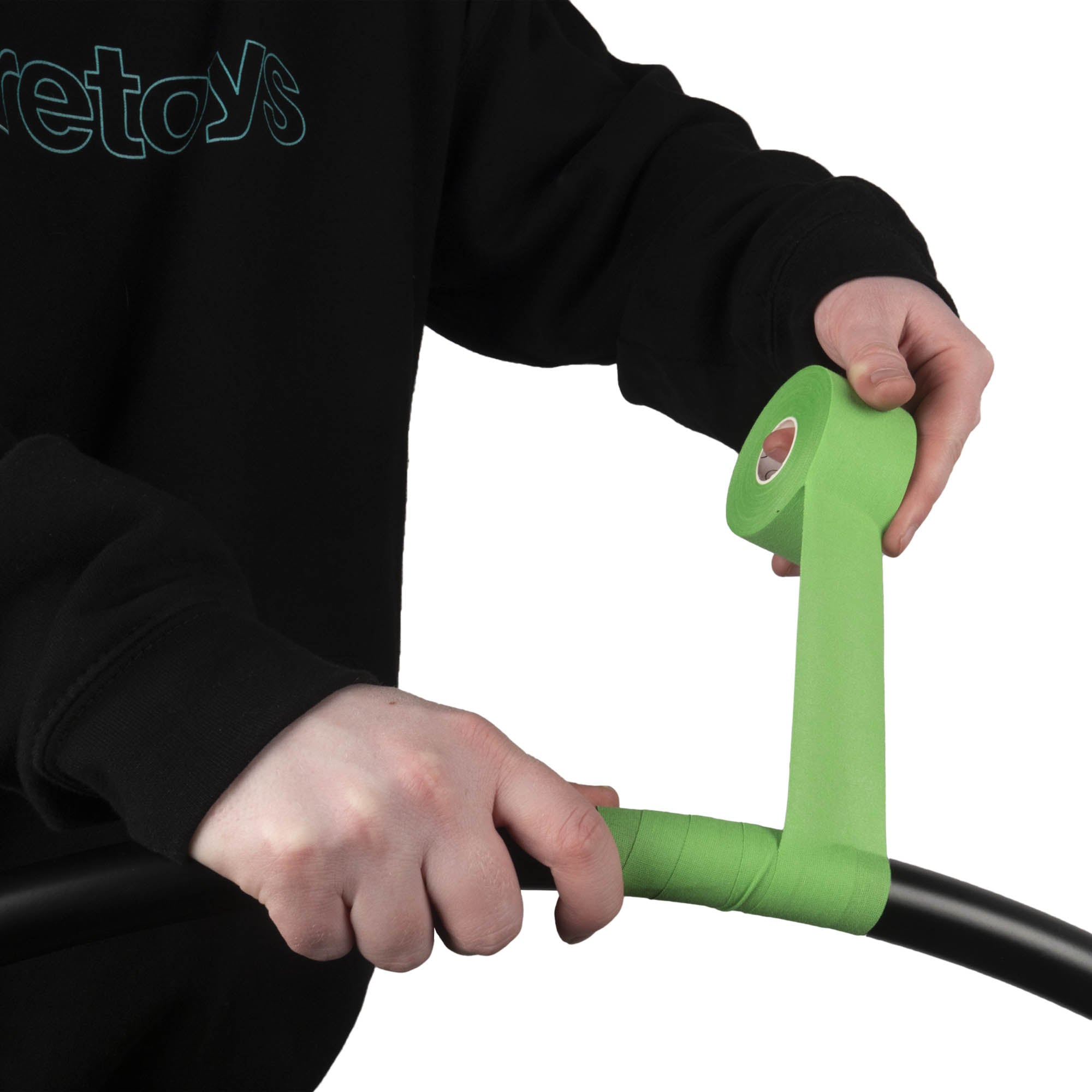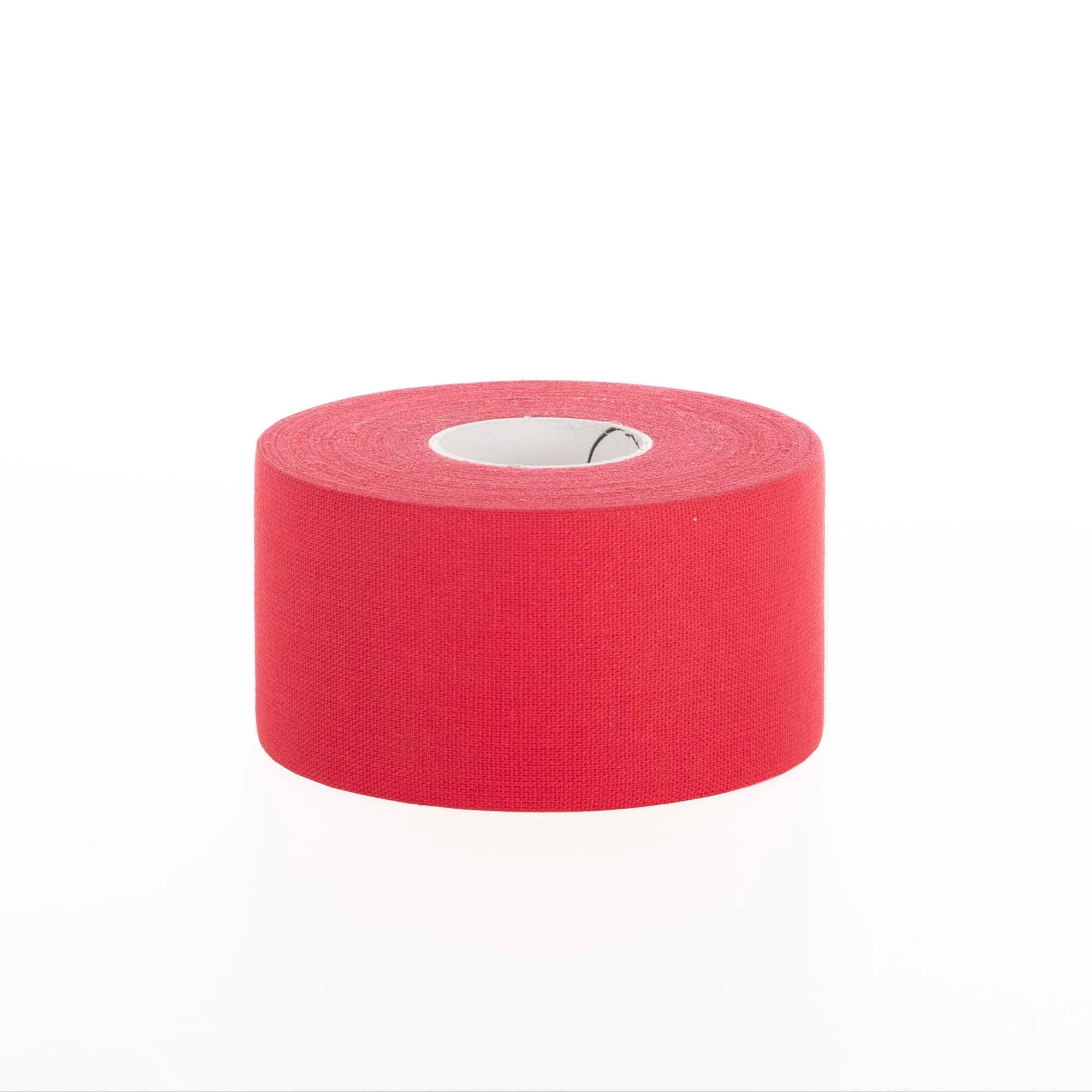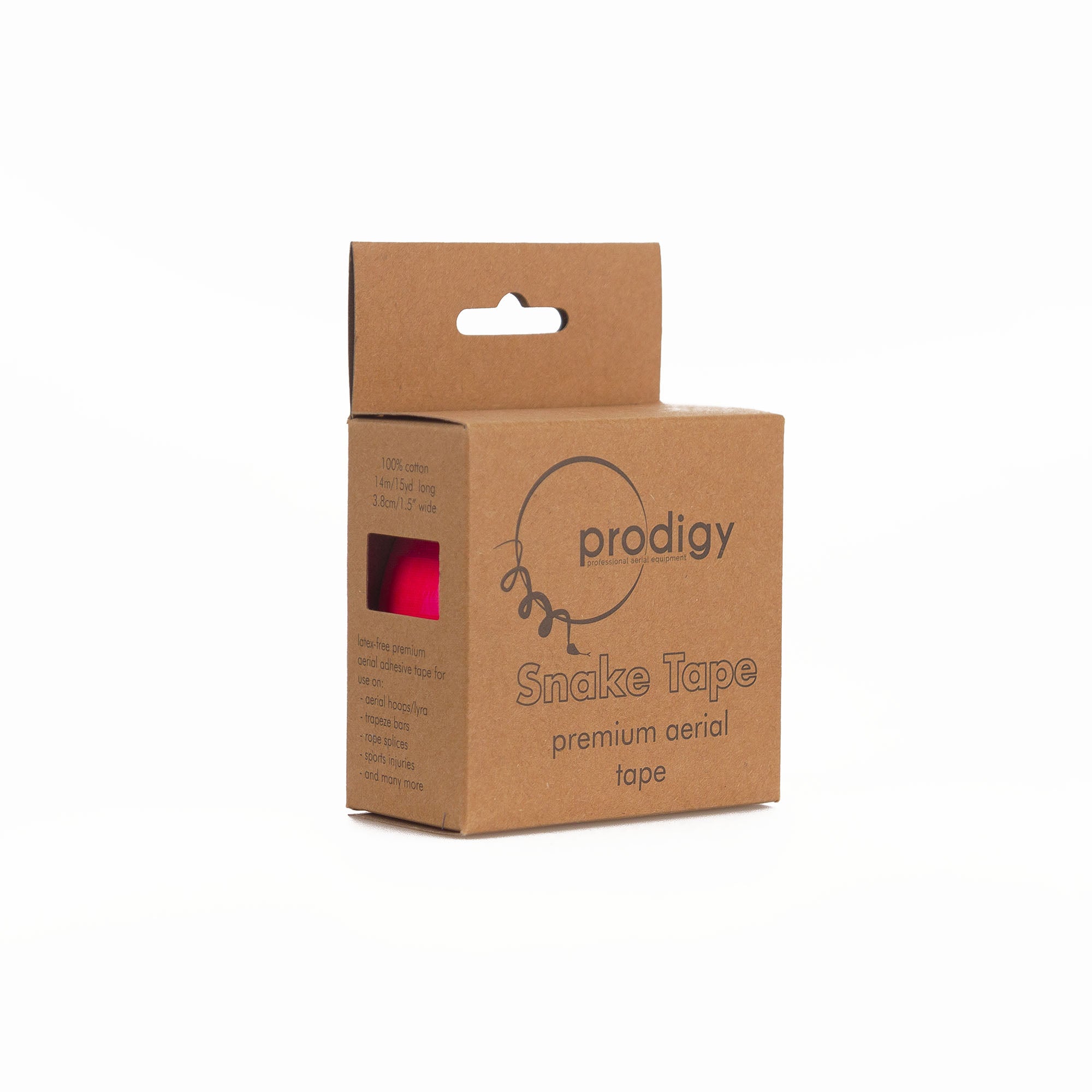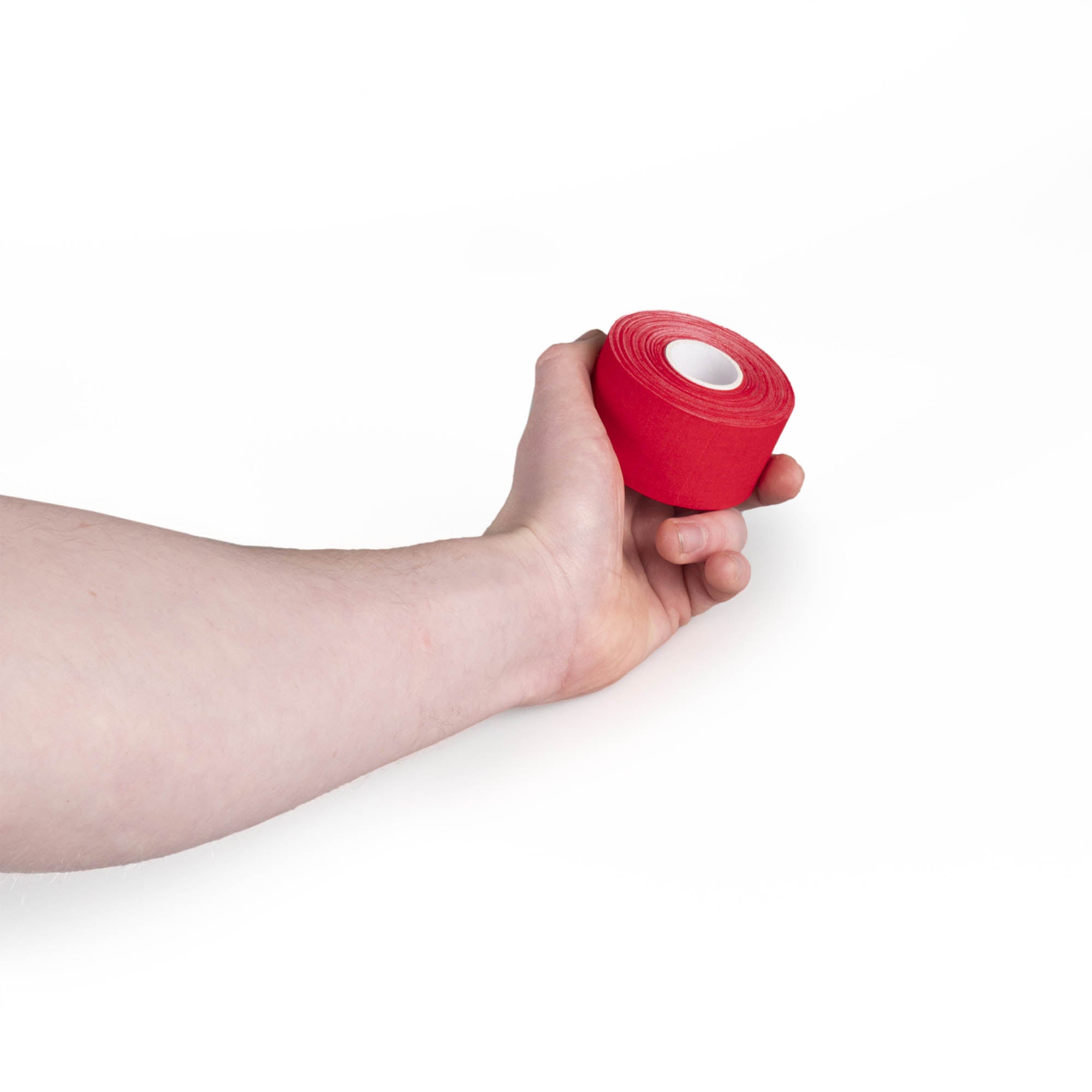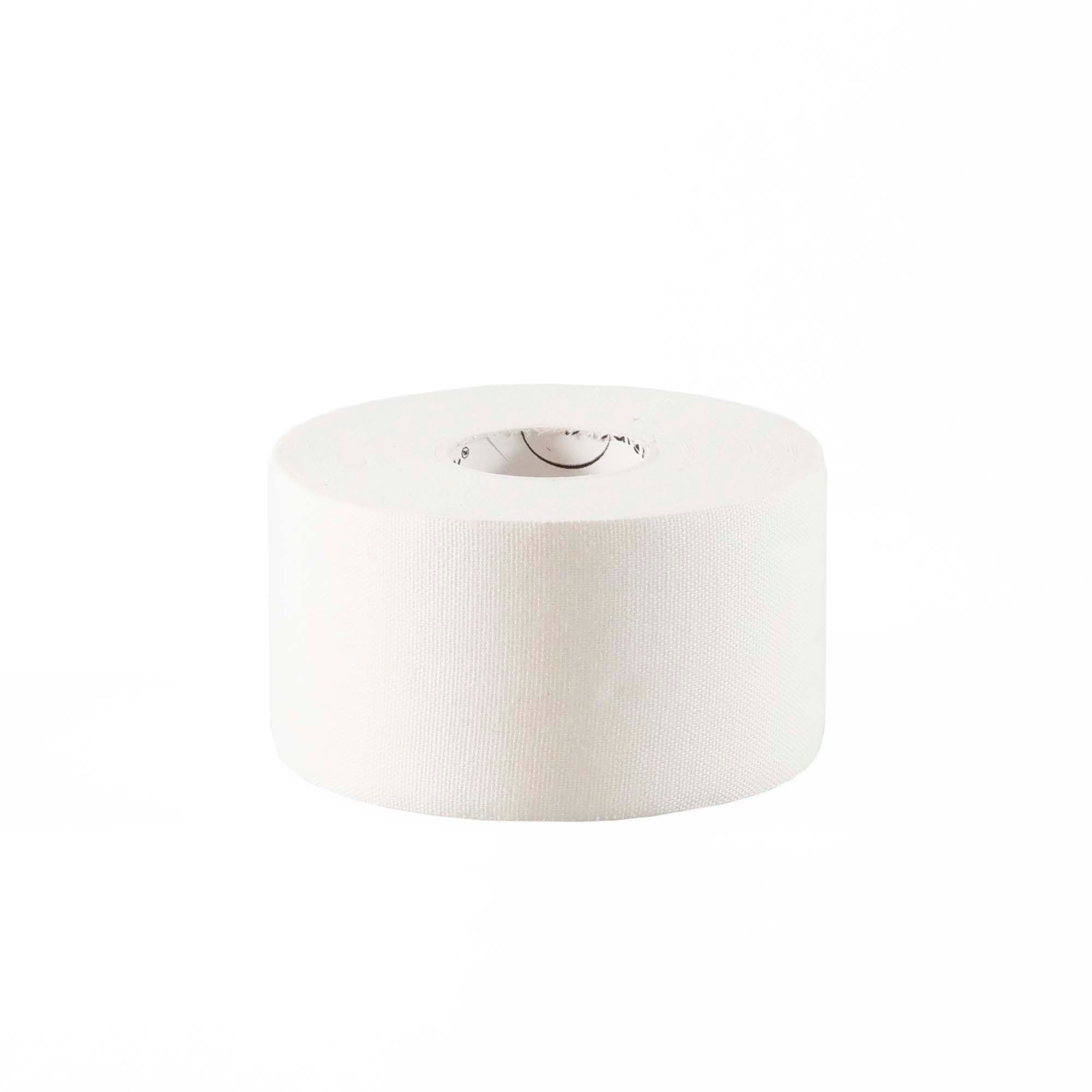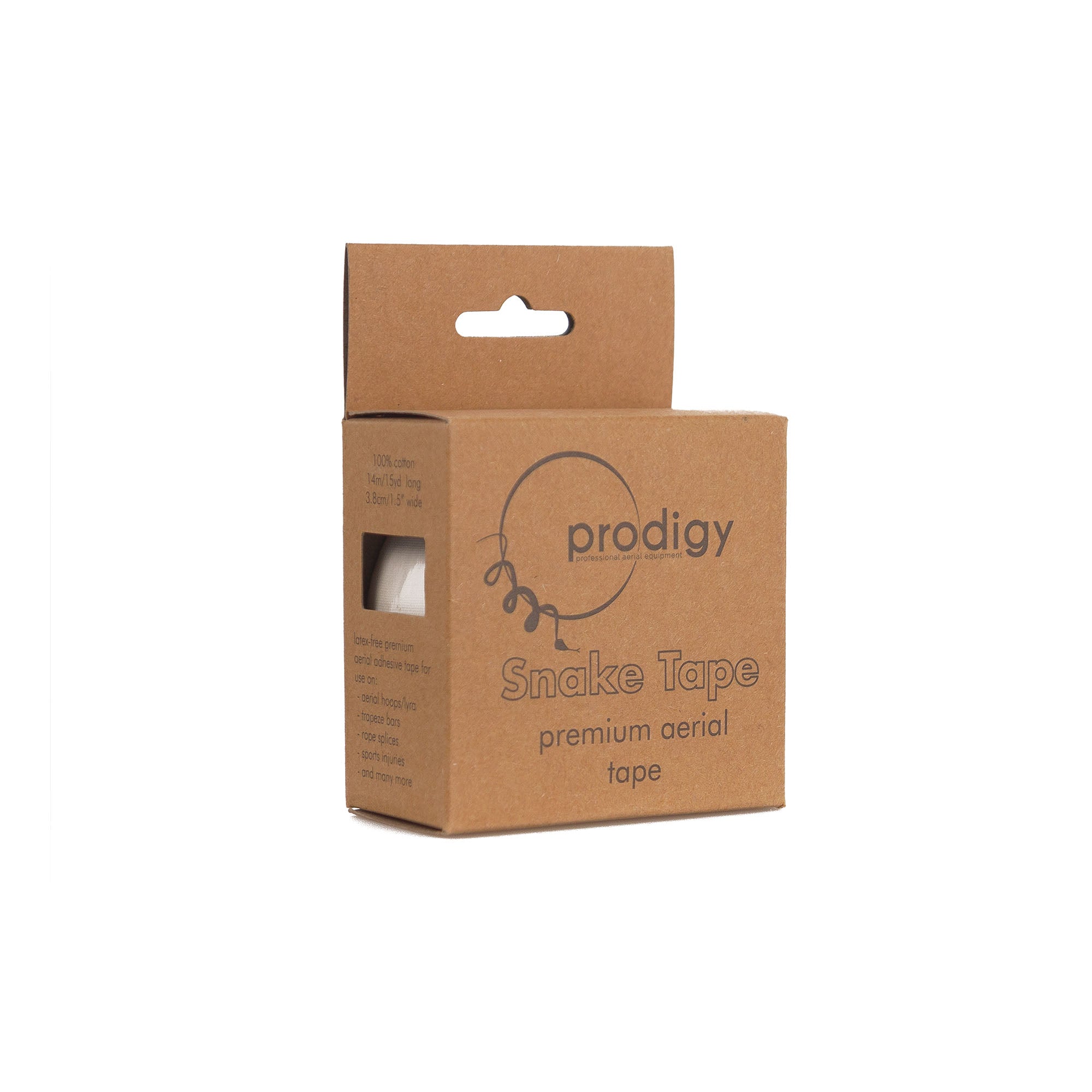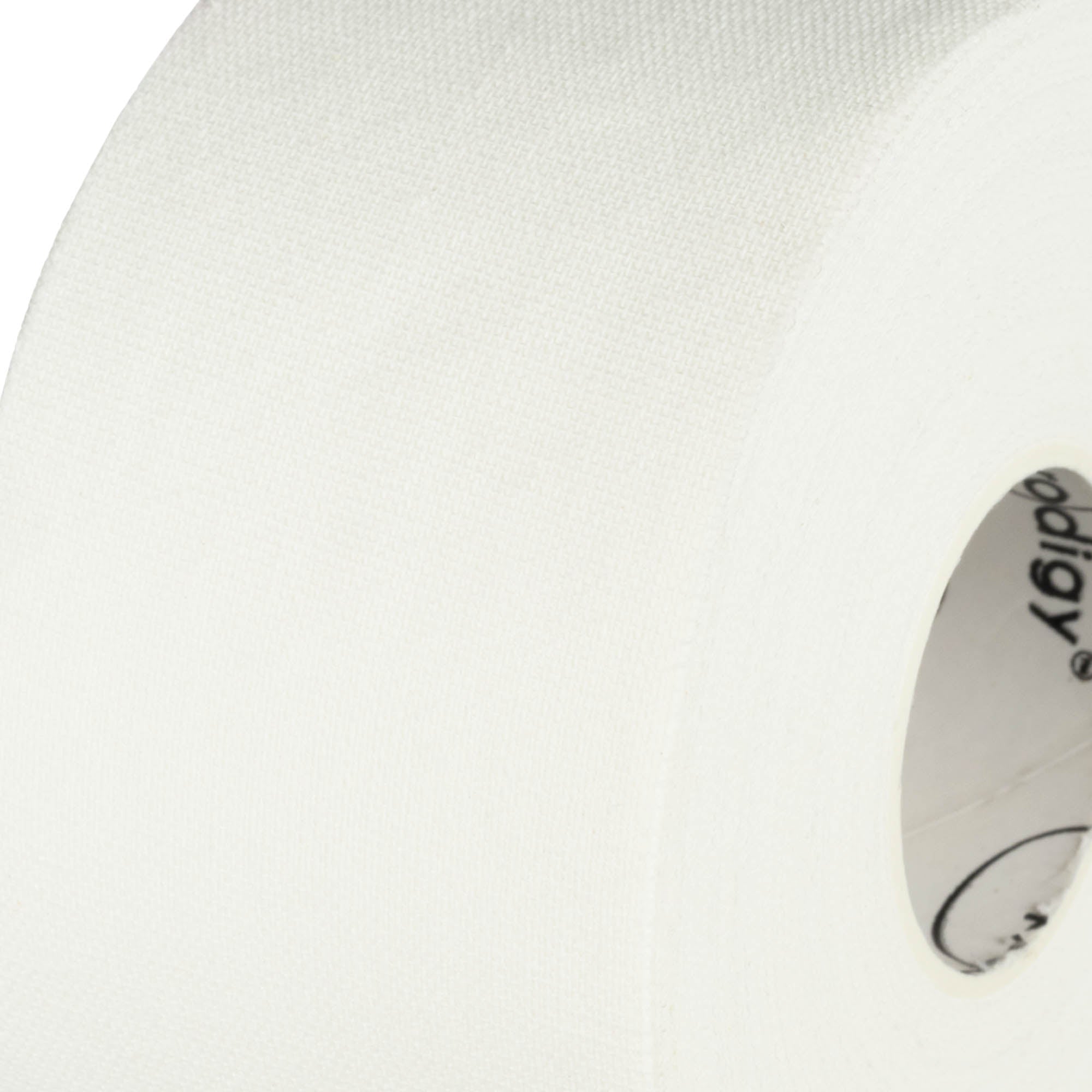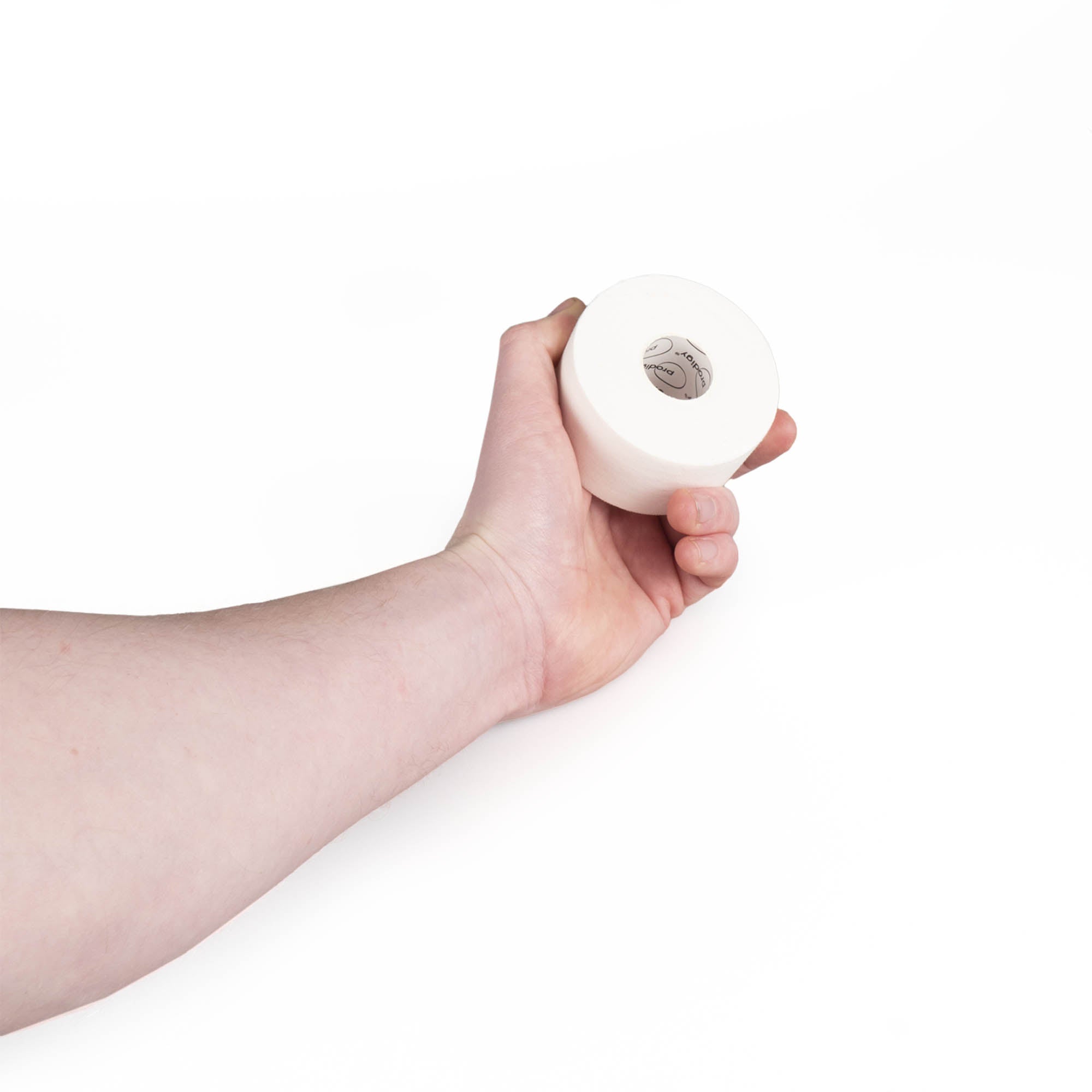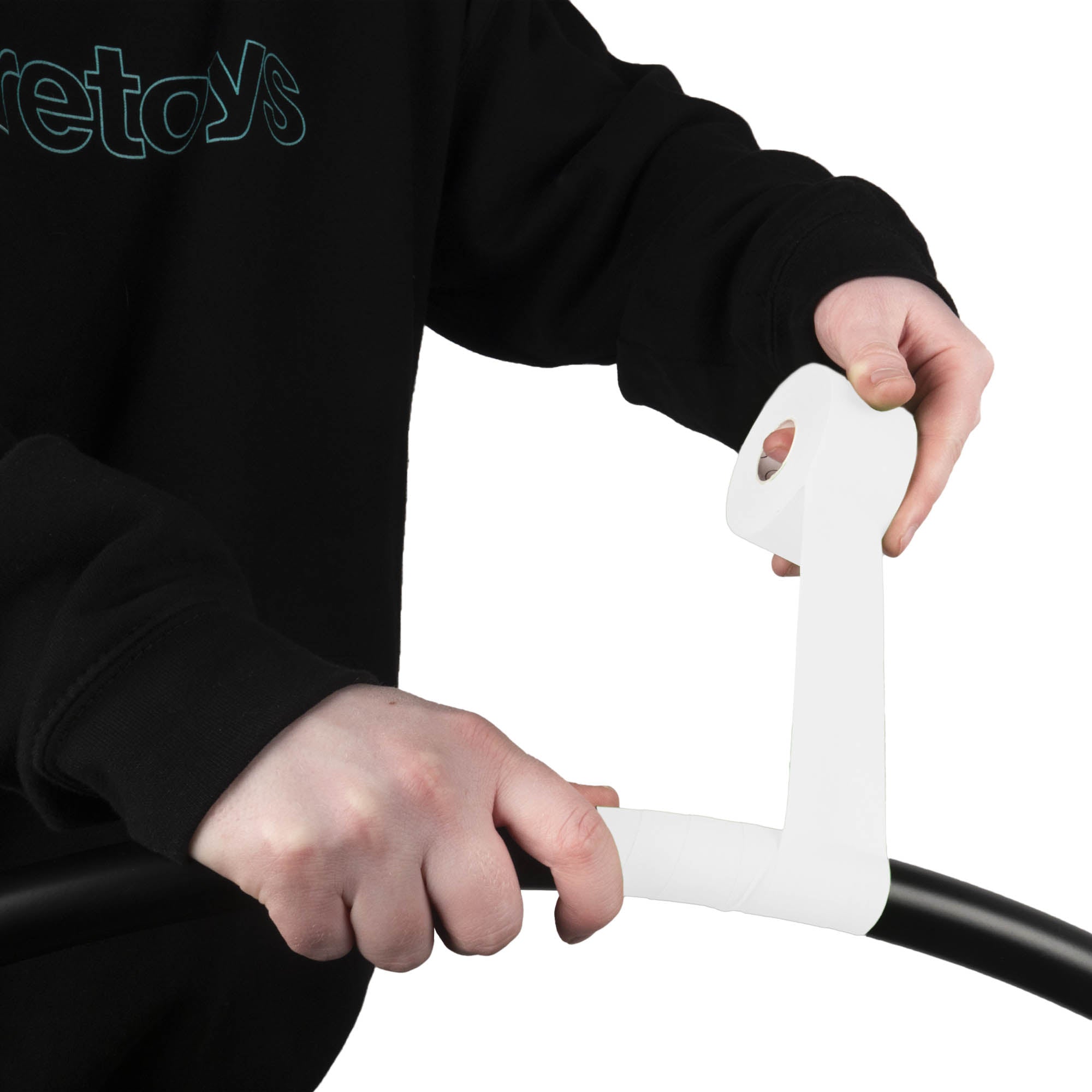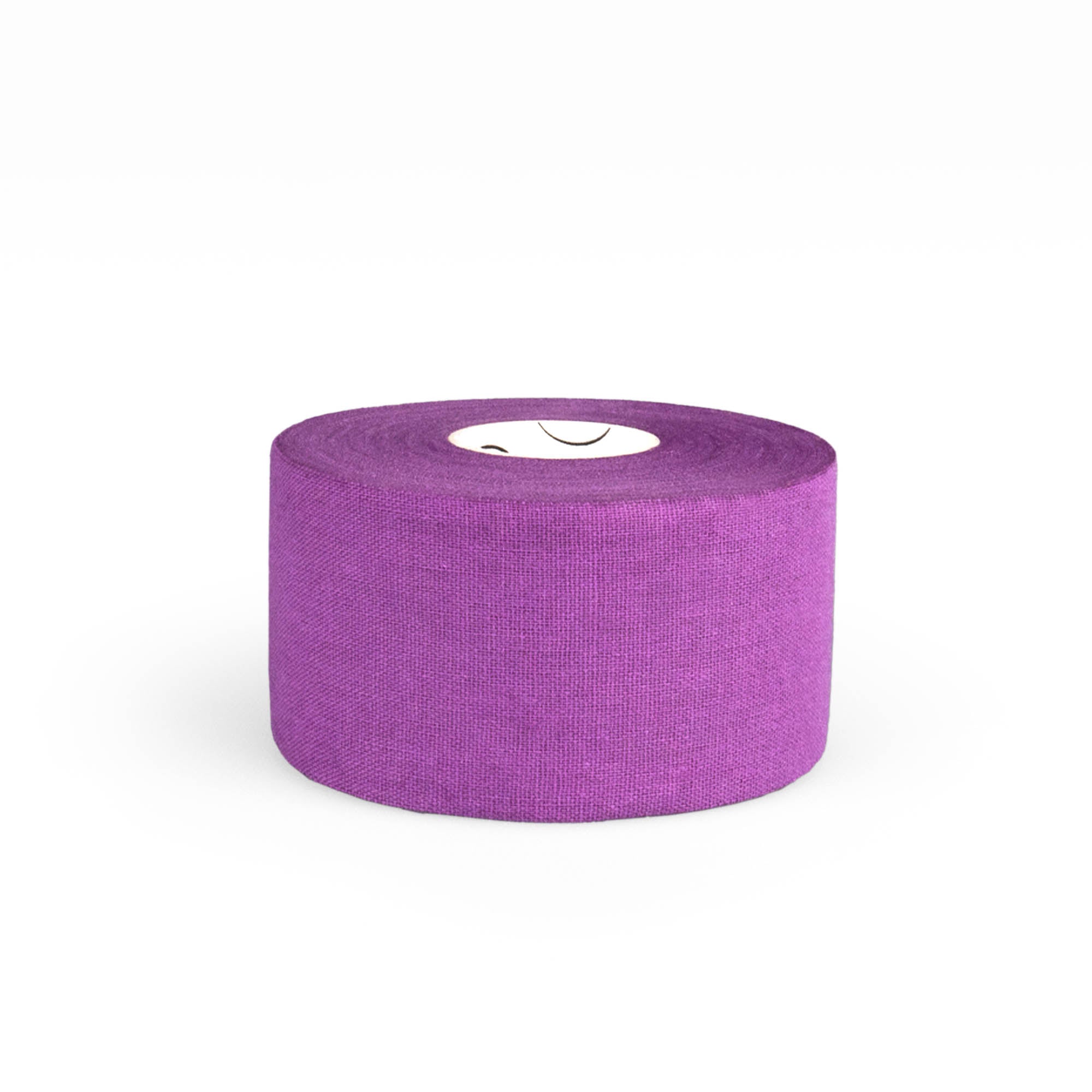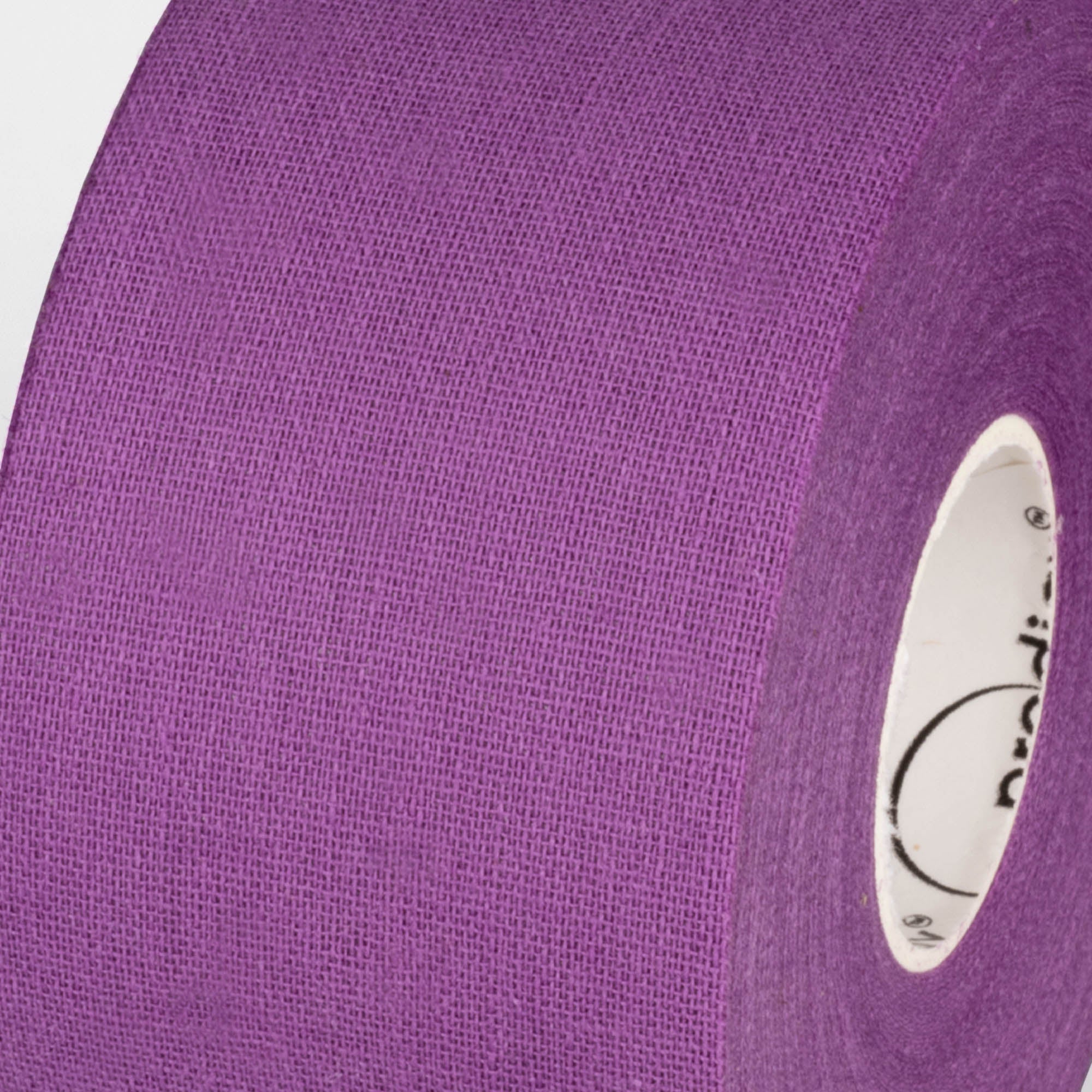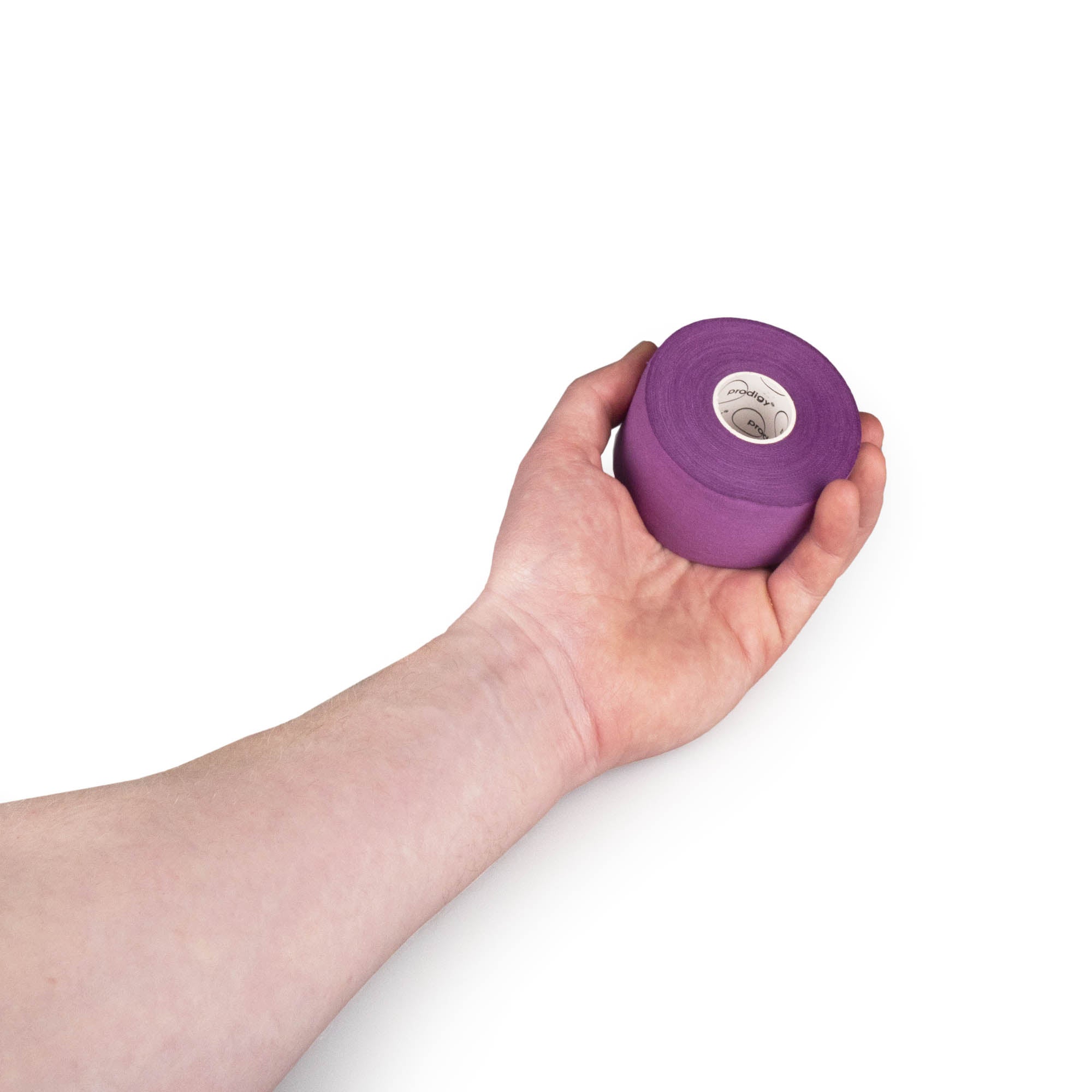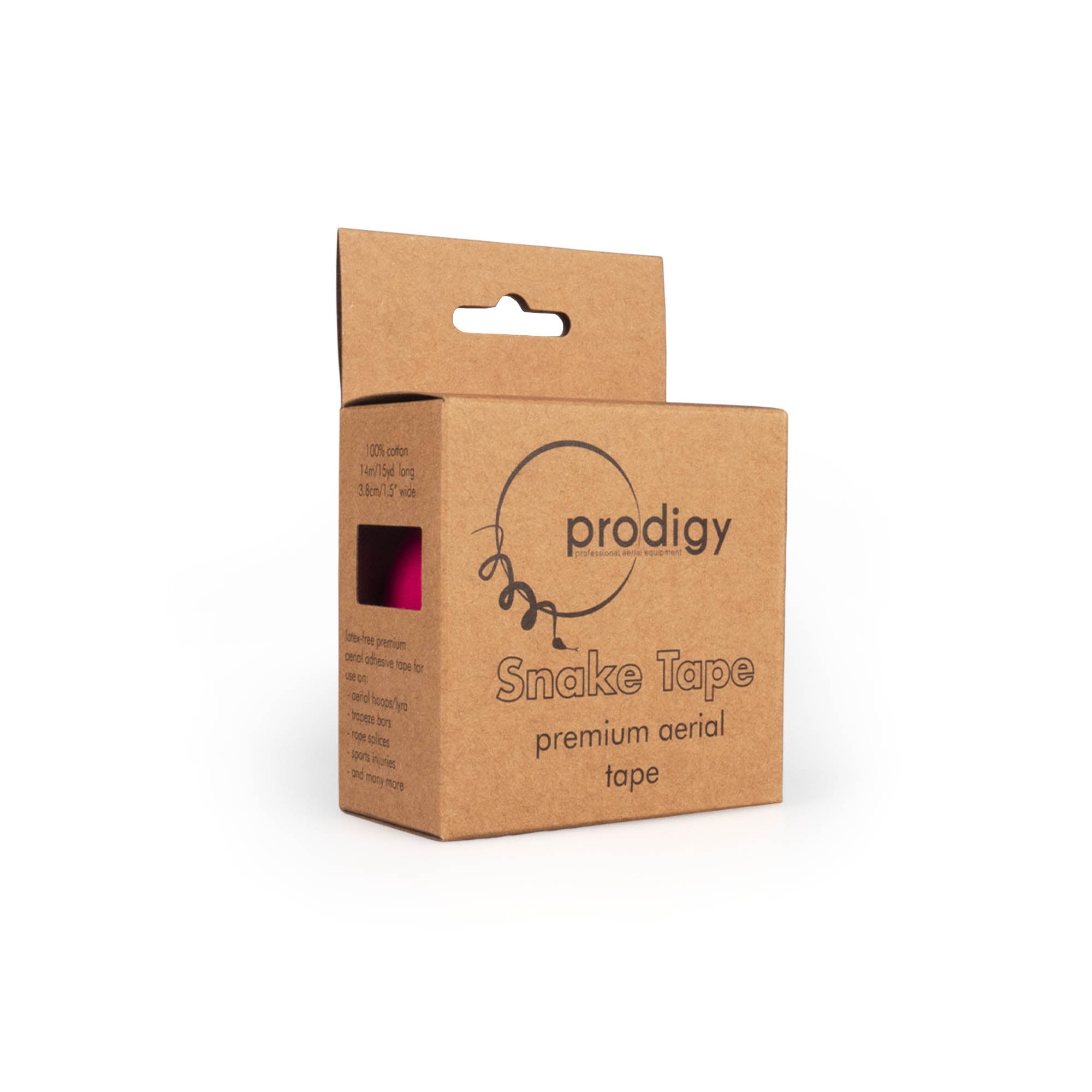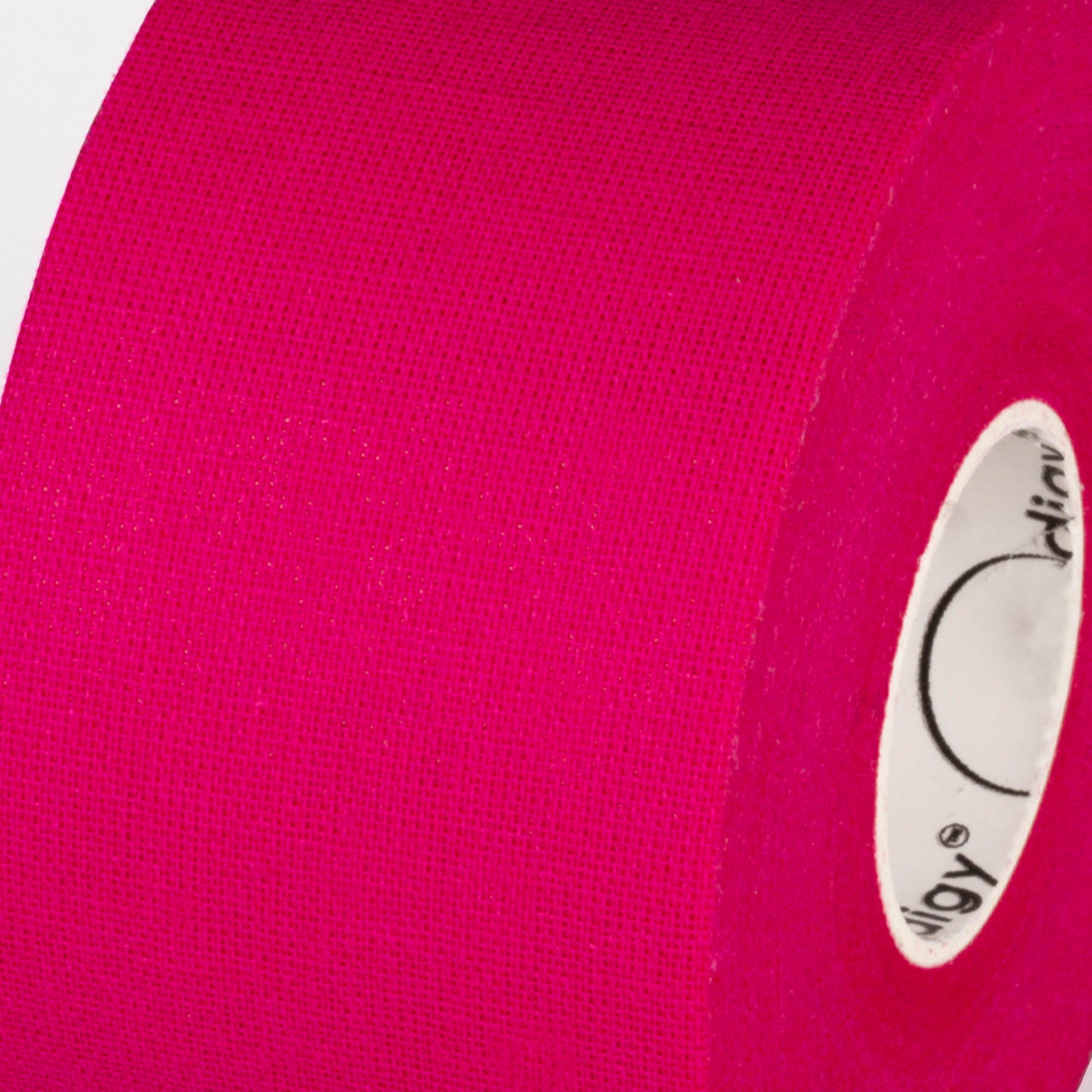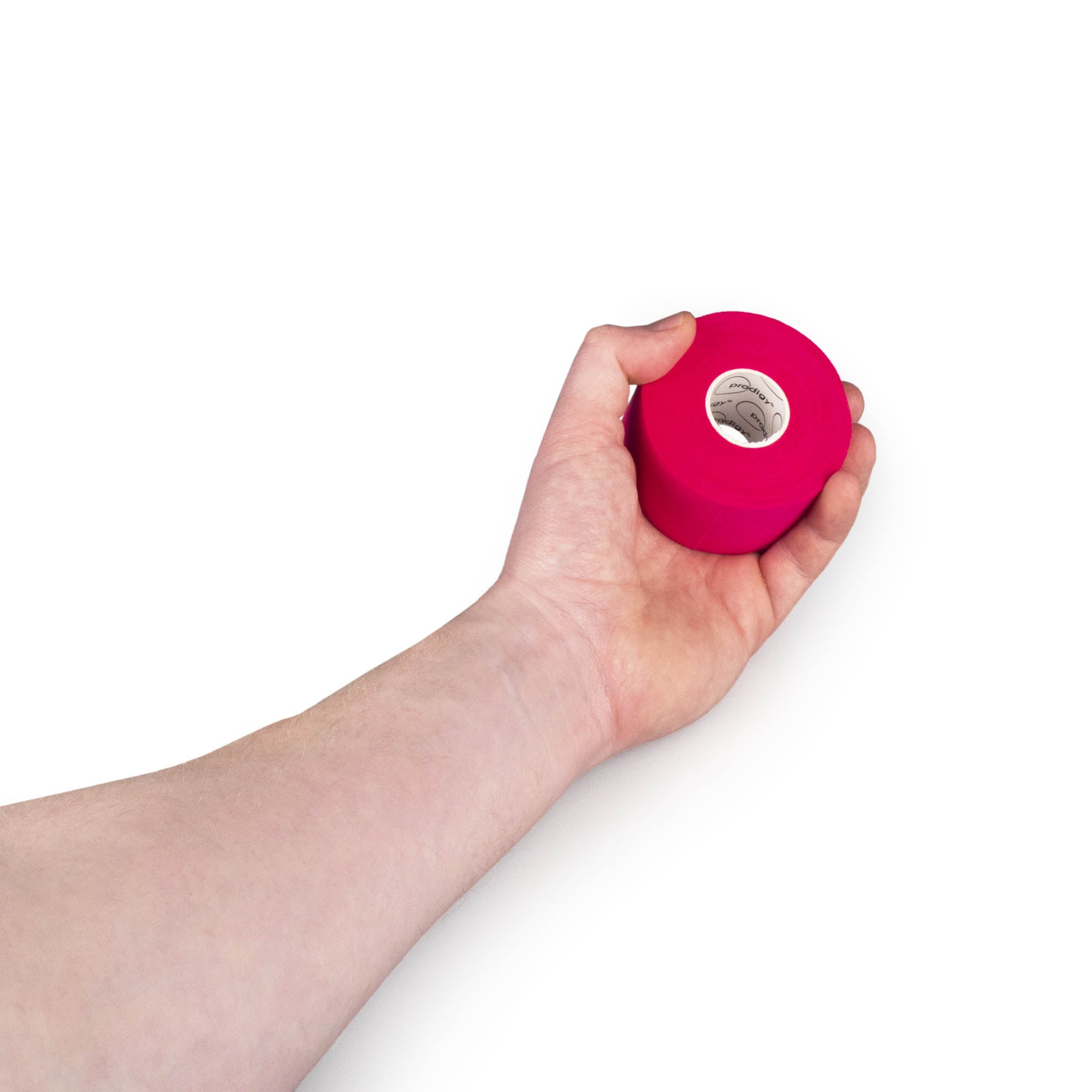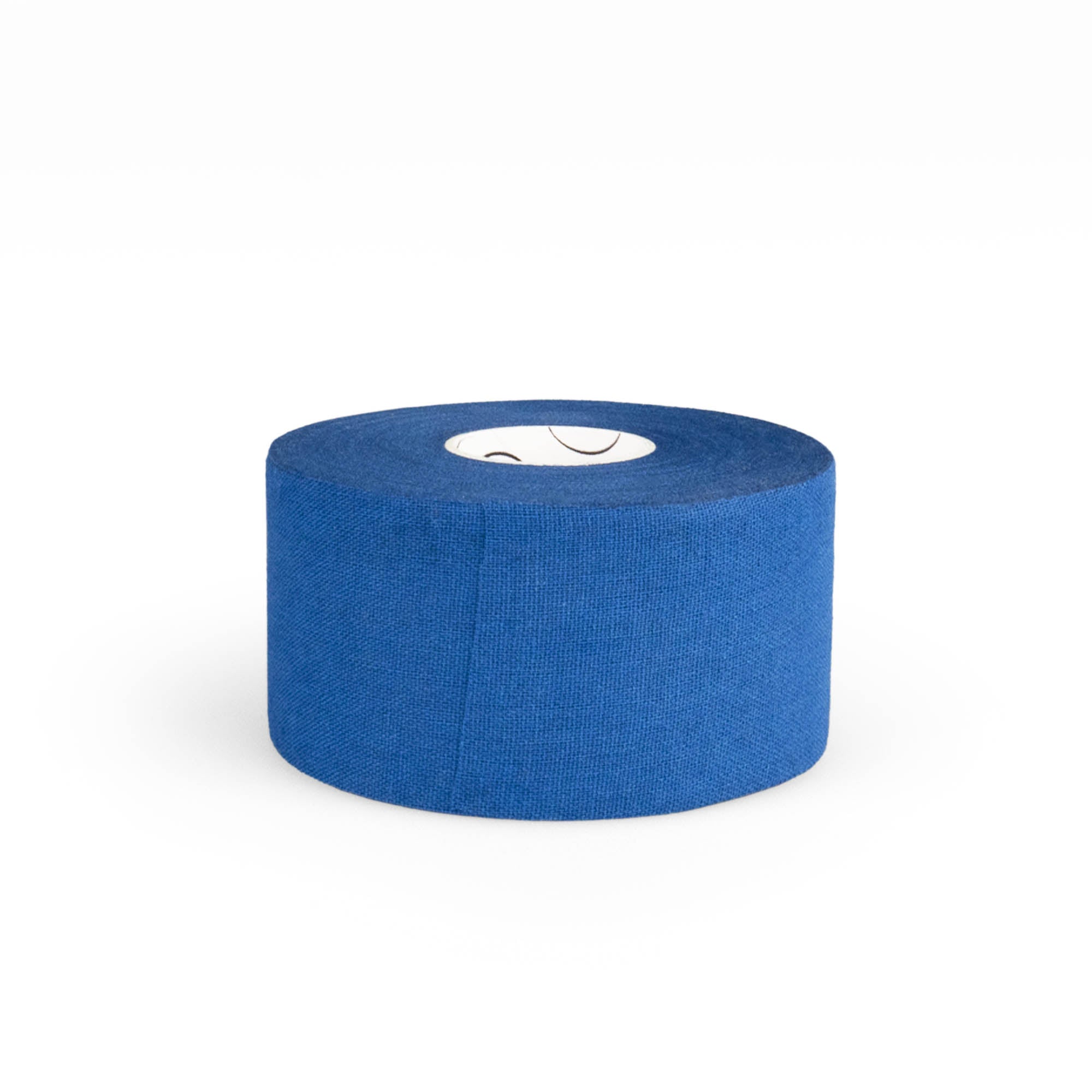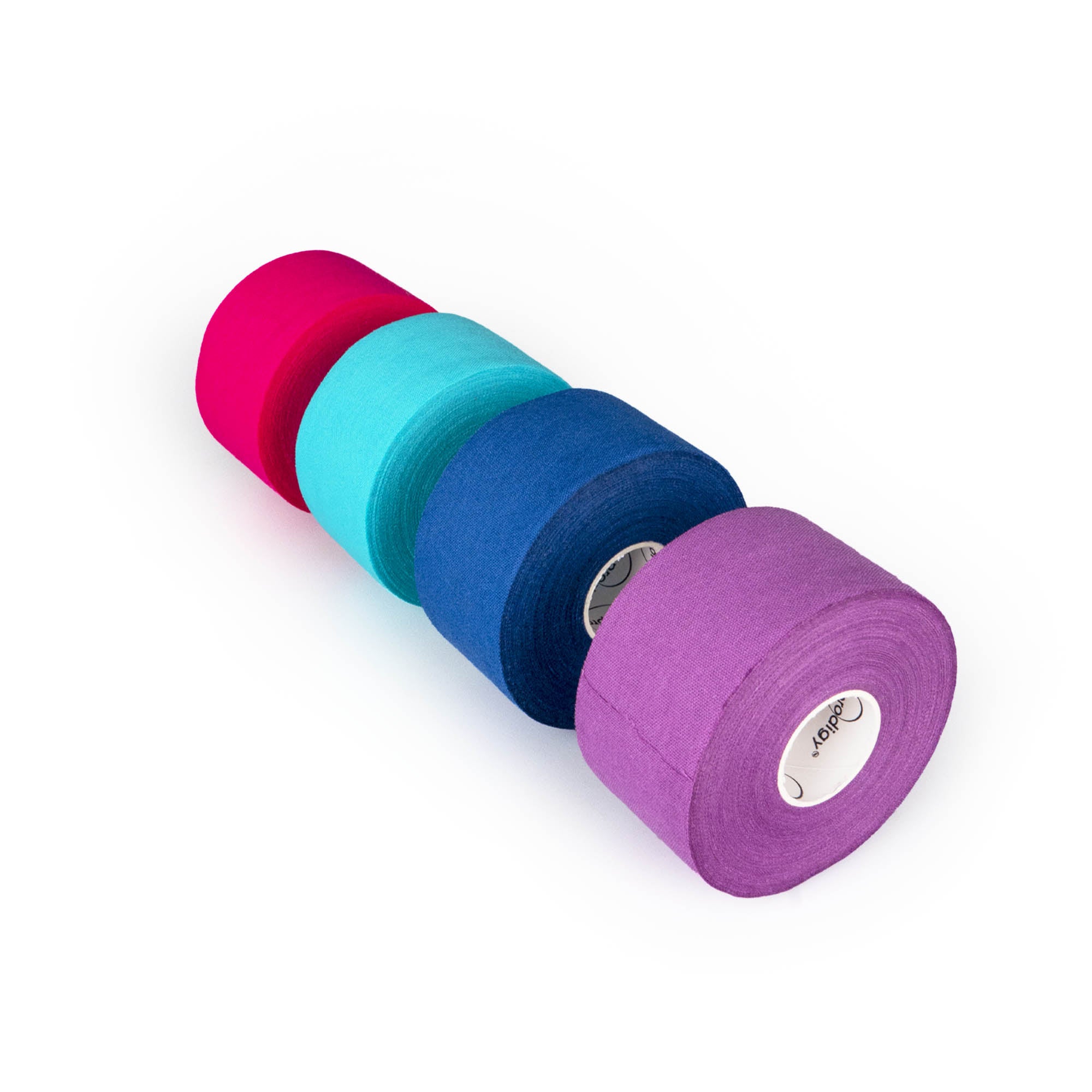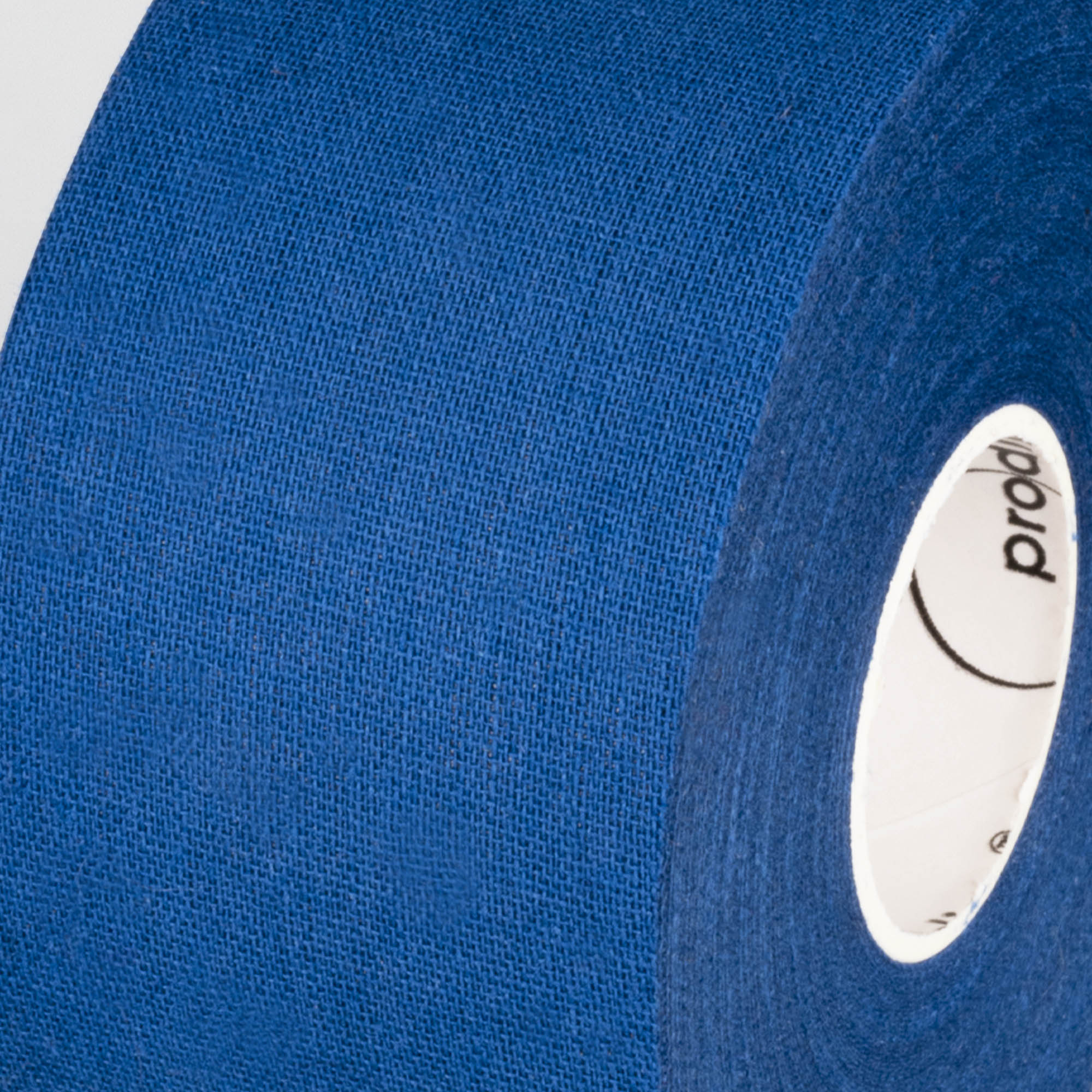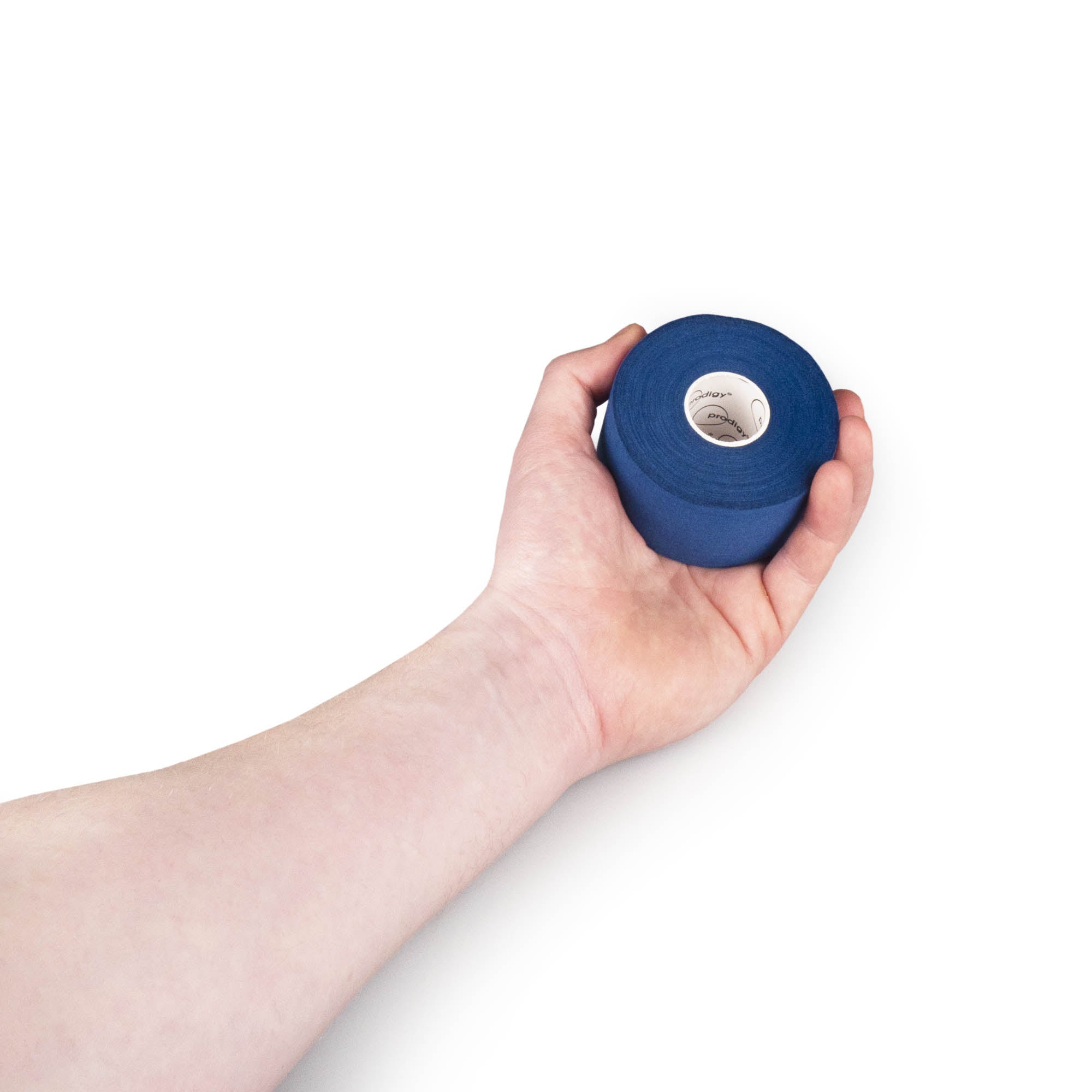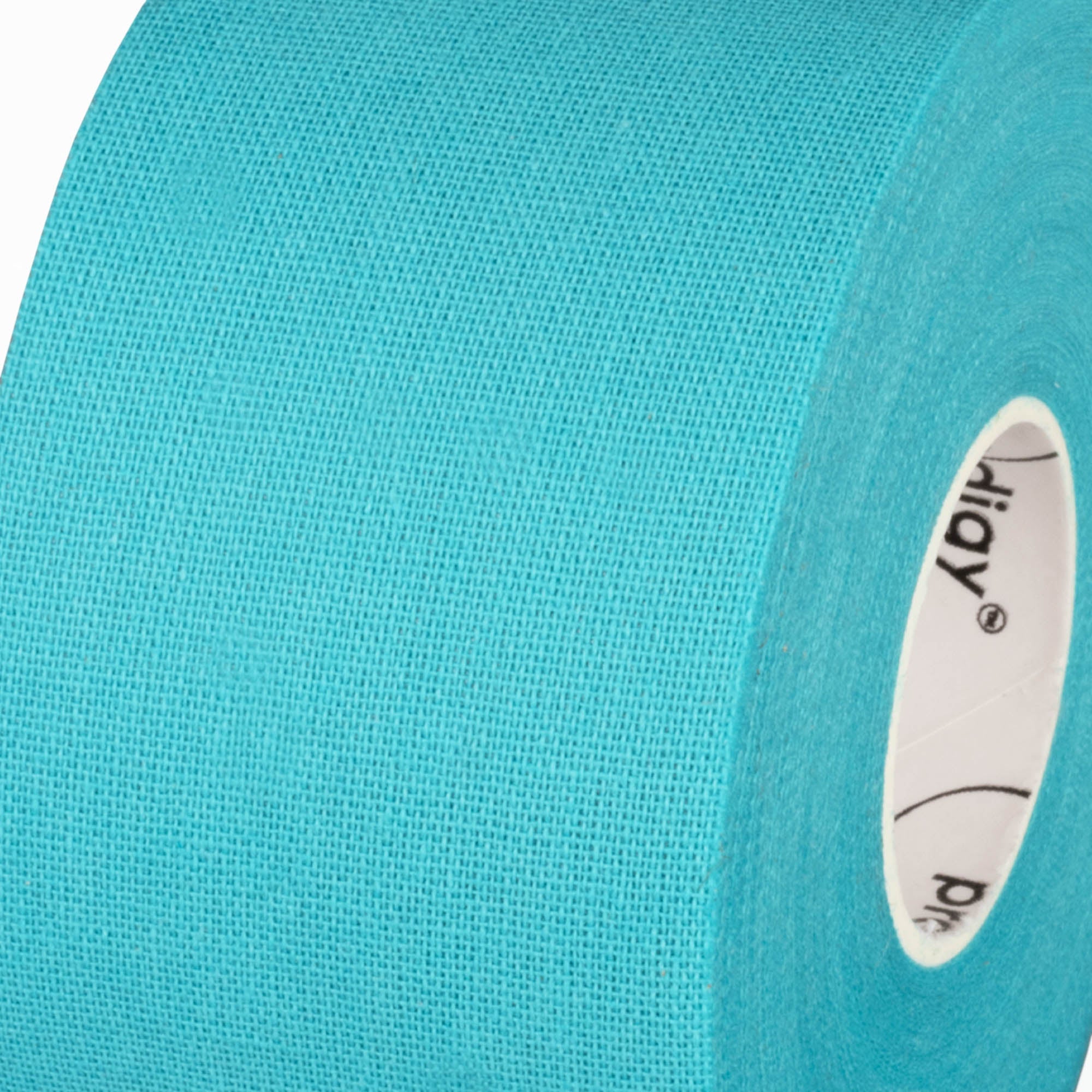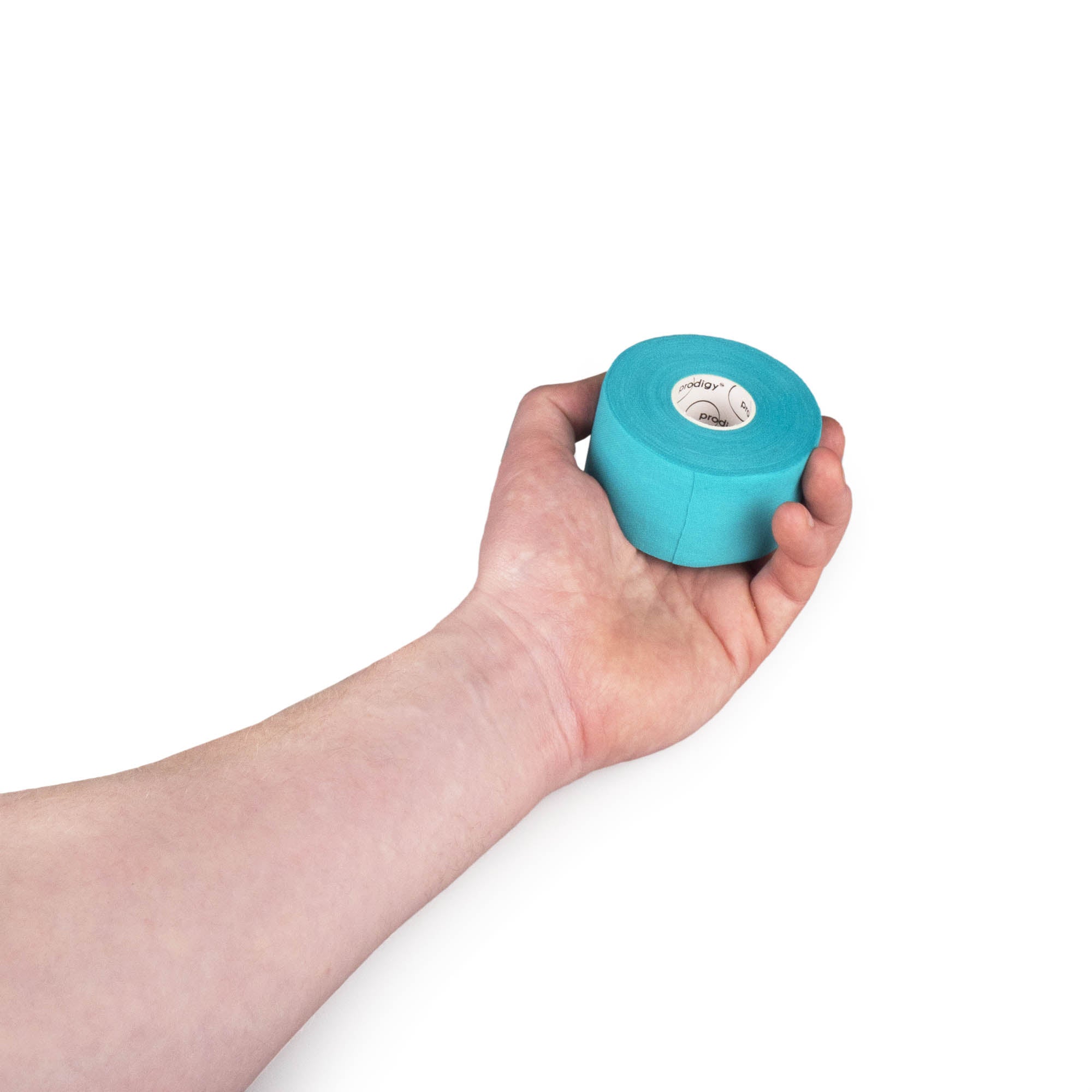Hoop Rigging
Welcome to a series of articles on aerial rigging, supported by videos from Circus Rigging & Safety, sponsored by Firetoys.
Today, we're looking at how you can best rig two types of aerial hoop: single & zero point hoops to your home rigging set up. You can learn more about getting that rigging point safely setup at home in our previous article here. You can also look out for our guide on double & multi-point hoops coming out in the future.
This article will cover those 2 types of aerial hoop in static configurations, that means no swinging. The article will go over all the points raised by the embedded video for easy reference.
Single Point Hoops
A single-point hoop is an aerial hoop designed with one rigging point built into it. The picture below shows the Firetoys approach to single point hoops.

As you can see the single rigging point is a metal tab that rigging equipment can easily be attached to. The tab wraps around the hoop, without destroying any part of the hoop, to maintain the hoop's strength. Sometimes tabs cut through a hoop, or wrap around the hoop more narrowly, but this is a design Firetoys does not recommend. It's also worth noting the thickness of the metal around the rigging point itself, thin enough to be attached to a wide array of rigging equipment, but thick enough to last a long time. Keeping an eye on the wear and tear at this point is an essential aspect of safe rigging at home, or anywhere.
Zero Point Hoops
A zero-point hoop is different, it features no built-in rigging points. This means that something like a carabiner can't be directly attached to the hoop, but a strop can still be choked around it. This gives zero-point hoops a degree of versatility as you can use it as a single-point with one choked strop, or as a double or multi-point hoop with more. You also don't have a visible tab of course.


Basic Rigging Method
For the single-point hoop the simplest rigging technique would be to connect the hoop to your rigging point with the following:
- 2 carabiners
- 1 strop/round sling

This setup is very simple, with one carabiner connected to the hoop and then the sling/strop, and another at the other end of the sling/strop connected to your rigging point.
For the zero-point hoop:
- 1 carabiner
- 1 strop/round sling

Then, the principle is the same as the single-point with the carabiner connecting the strop/sling to your rigging point. Instead of using a carabiner on the hoop you'll choke the strop or sling on the hoop like in the image below.

Other Tips
You can choke a strop or sling around a single-point hoop, just like you would a zero-point hoop With a choked strop or sling you can get some movement of the hoop in the choke. By looping the strop or sling an extra time you can reduce this movement. Alternatively, you can use some aerial hoop tape on your hoop - the cotton surface of the tape will provide extra friction and grip for the strop when it's choked around it. If you'd like to allow the hoop to spin freely you can add an aerial swivel to the rigging, with an extra carabiner.
Safety Ratings
Your equipment in this entire setup needs to be strong enough to support you and your equipment as you generate sometimes quite large forces during practice or performance. Each piece of equipment will have ratings for these purposes, though the types of rating can vary.
The strops and slings are fairly inexpensive pieces of equipment that have high tolerances. Their Working Load Limit may be described in tons, kilograms, or kilonewtons. The polyester strop in the last picture is rated at 2000kg for instance, at a safety factor of 7:1. That's plenty for most circumstances.
A swivel will have an MBS, or Minimum Breaking Strength, listed in kilonewtons. The Prodigy SR-2 Swivel has an MBS of 22kN for instance, which is around 2200kg.
Carabiners follow the swivels with an MBS. For example the Prodigy Screw Gate Carabiner has an MBS of 25kN, just over 2500kg. Hollow Aerial Hoops made of steel like the ranges from Firetoys and Prodigy work on a 5:1 safety ratio. The single-point hoop from Firetoys has a WLL of 140kg. Often enough for a single performer, but something worth considering carefully for doubles performances.
As a rigging setup becomes more complex it becomes harder to calculate the forces at work. Just as you would have a professional structural engineer inspect your home rigging point, you should seek the advice of a professional rigger to make sure what you're doing is as safe as it can be.







